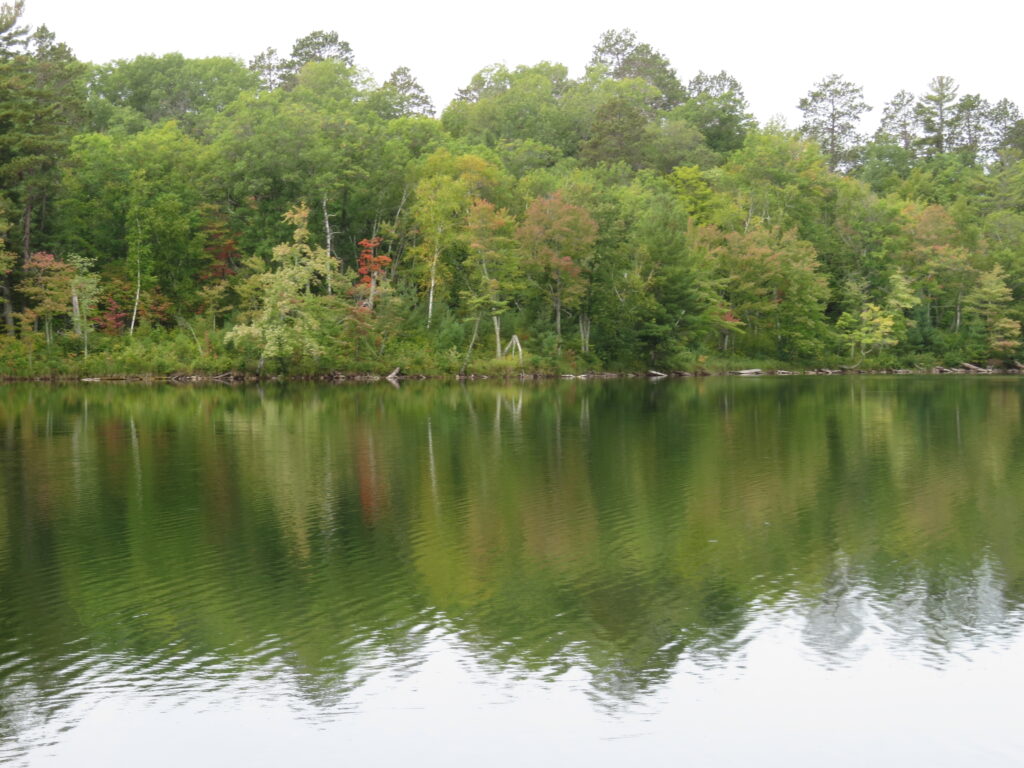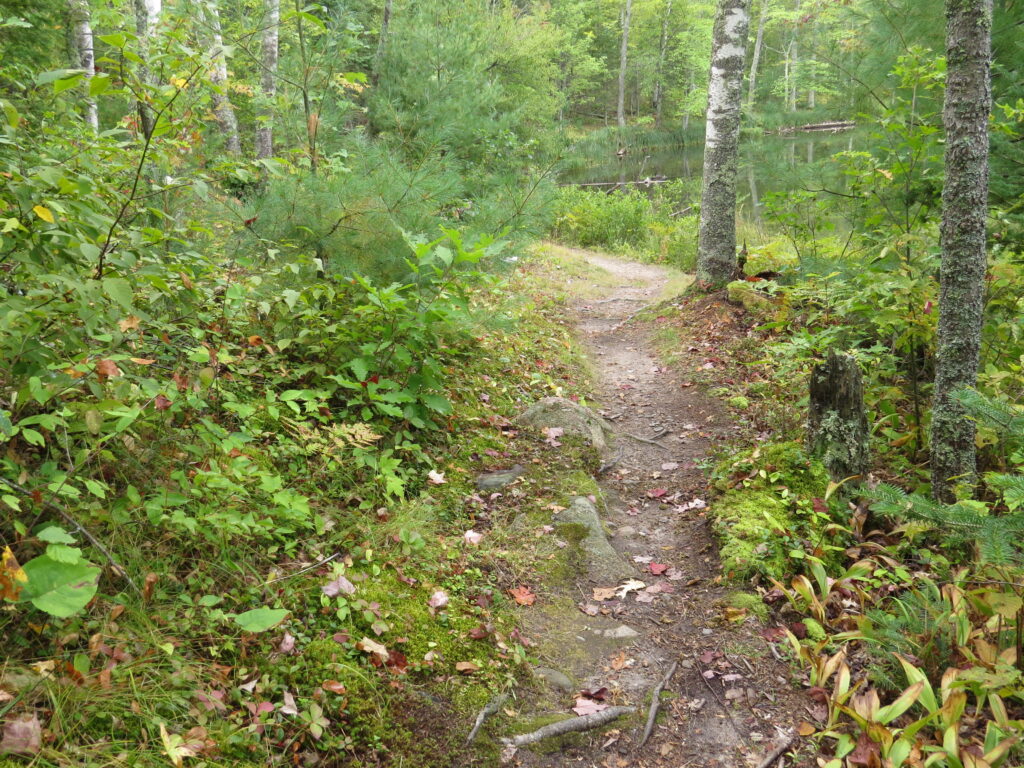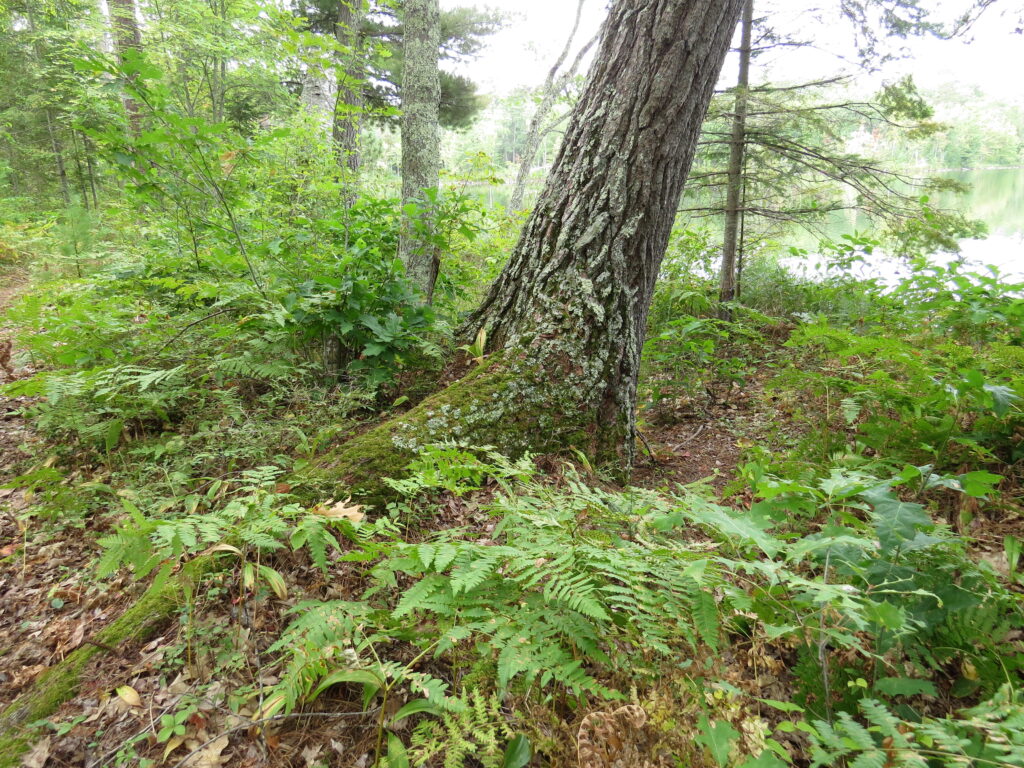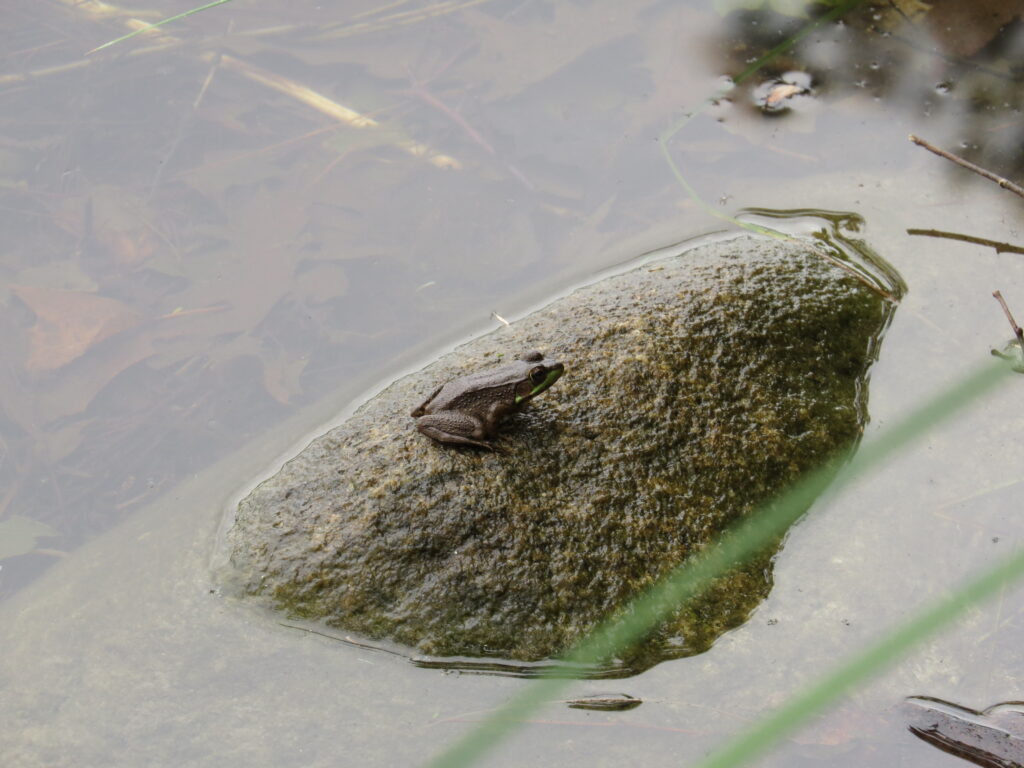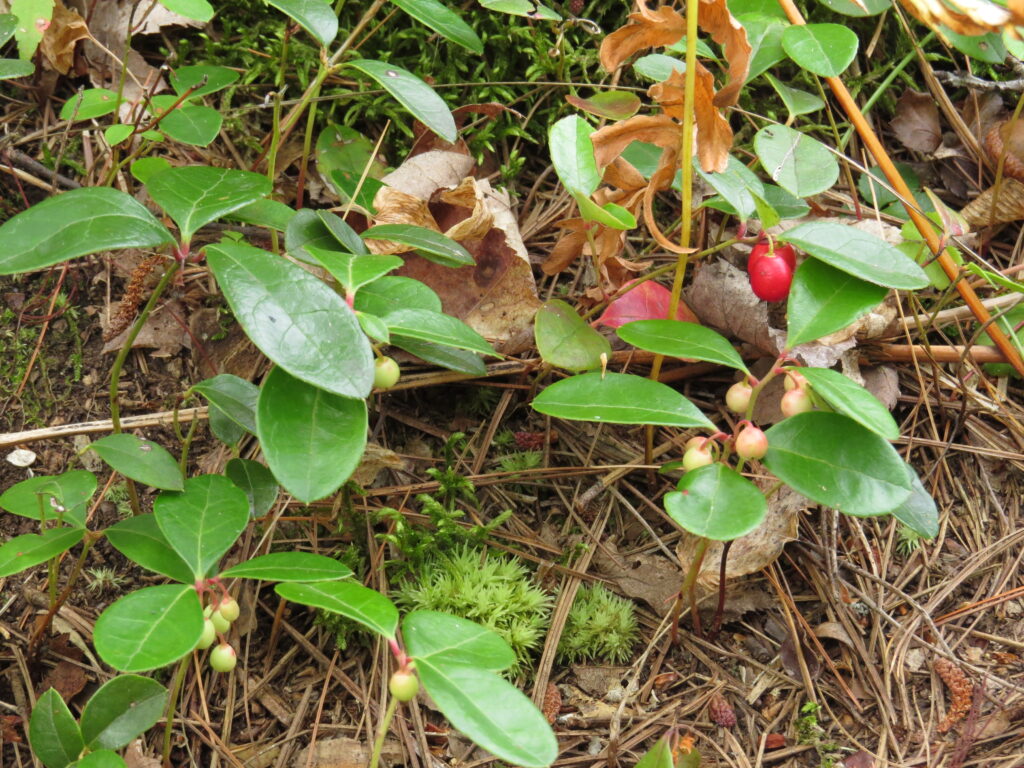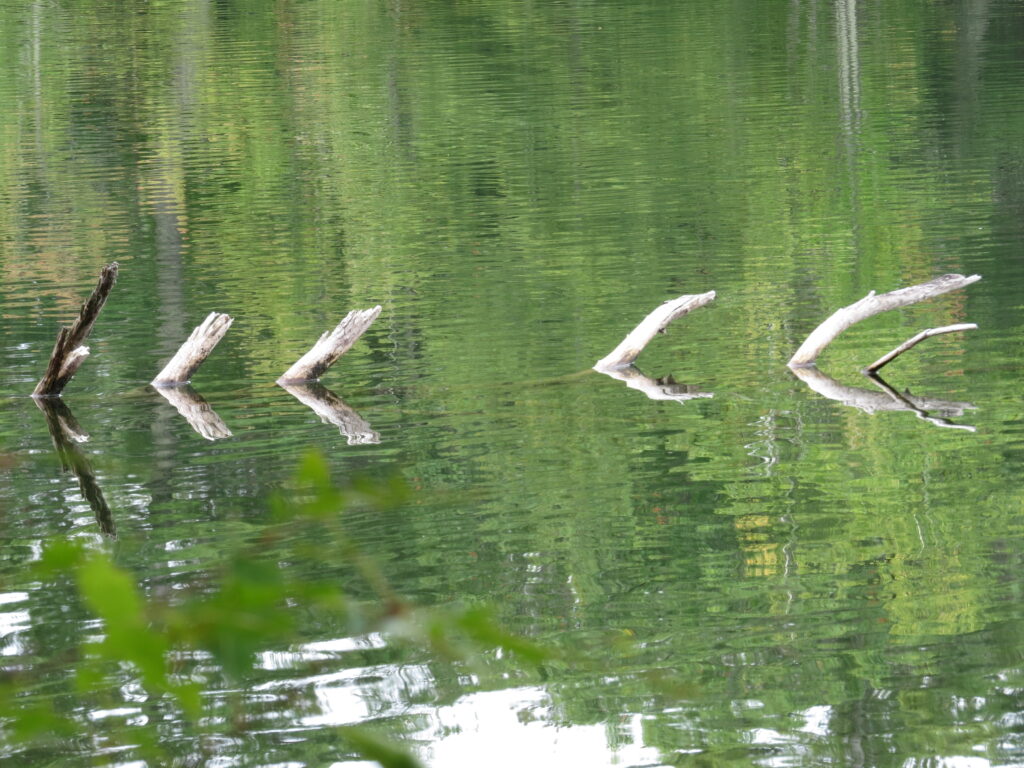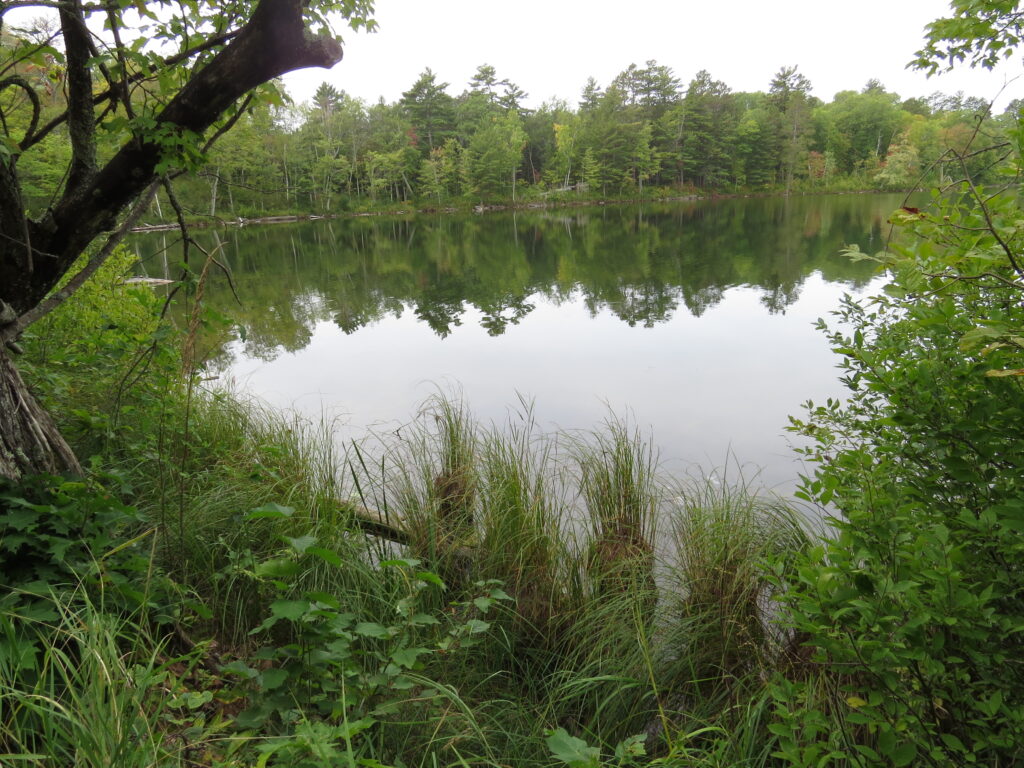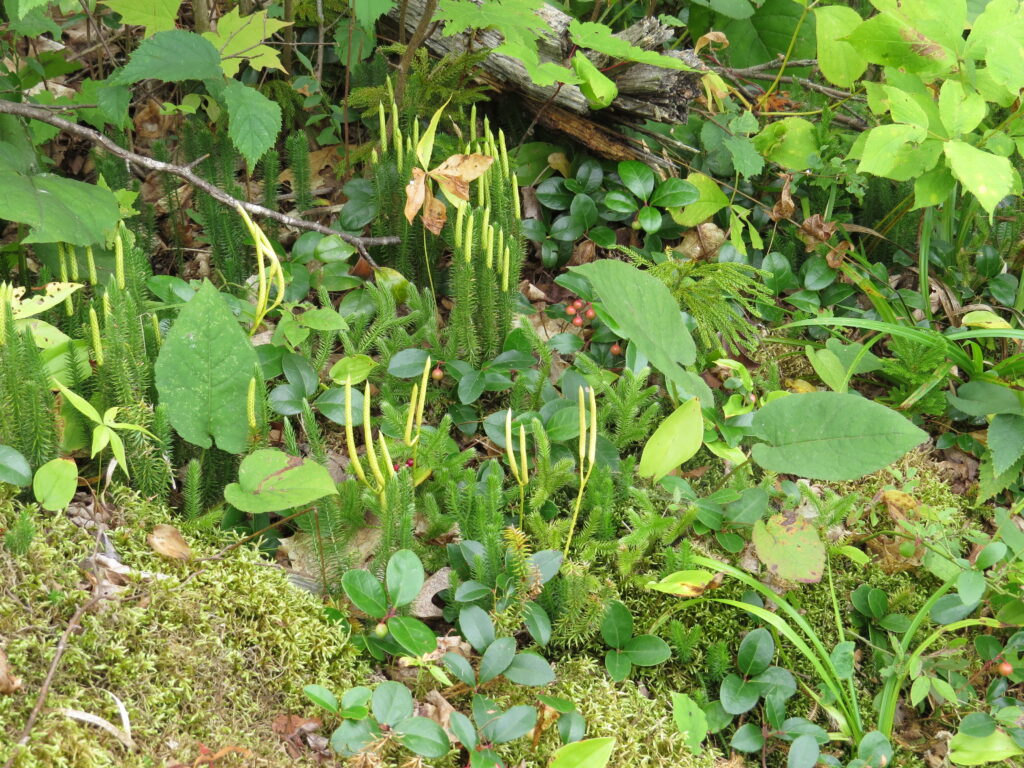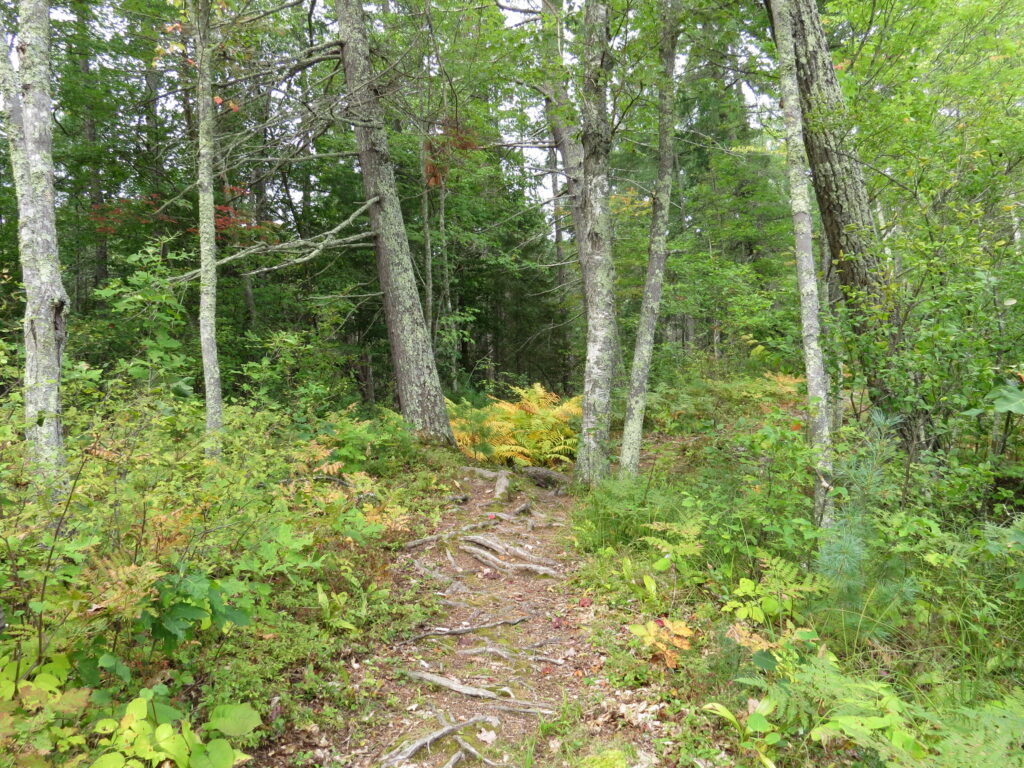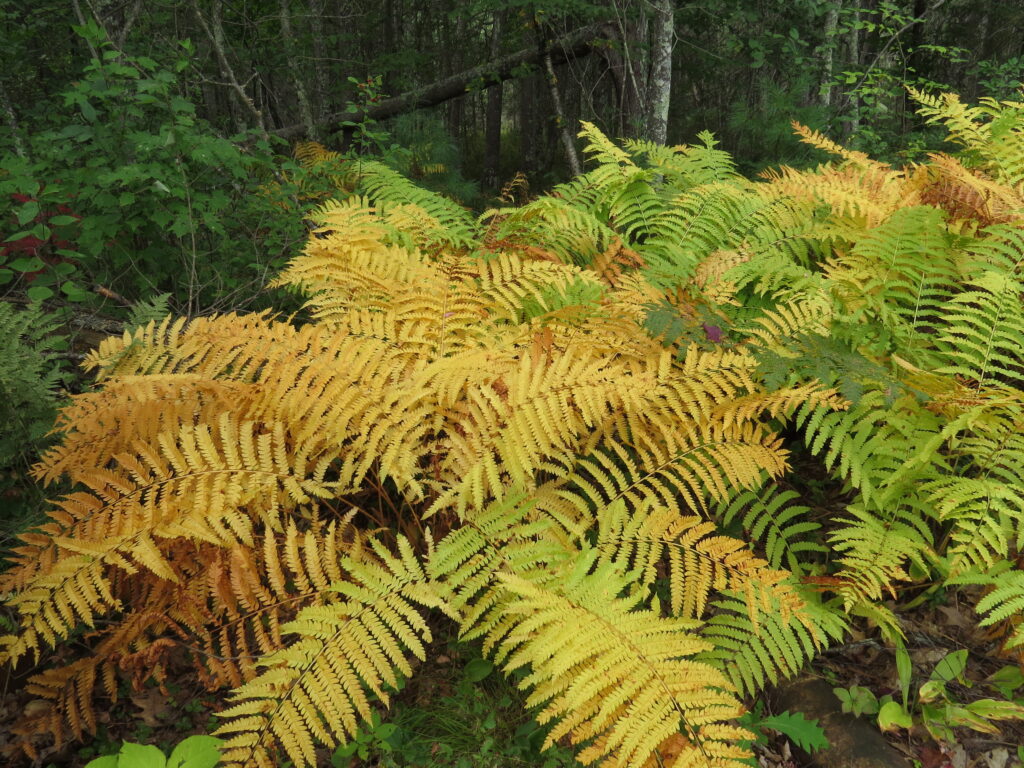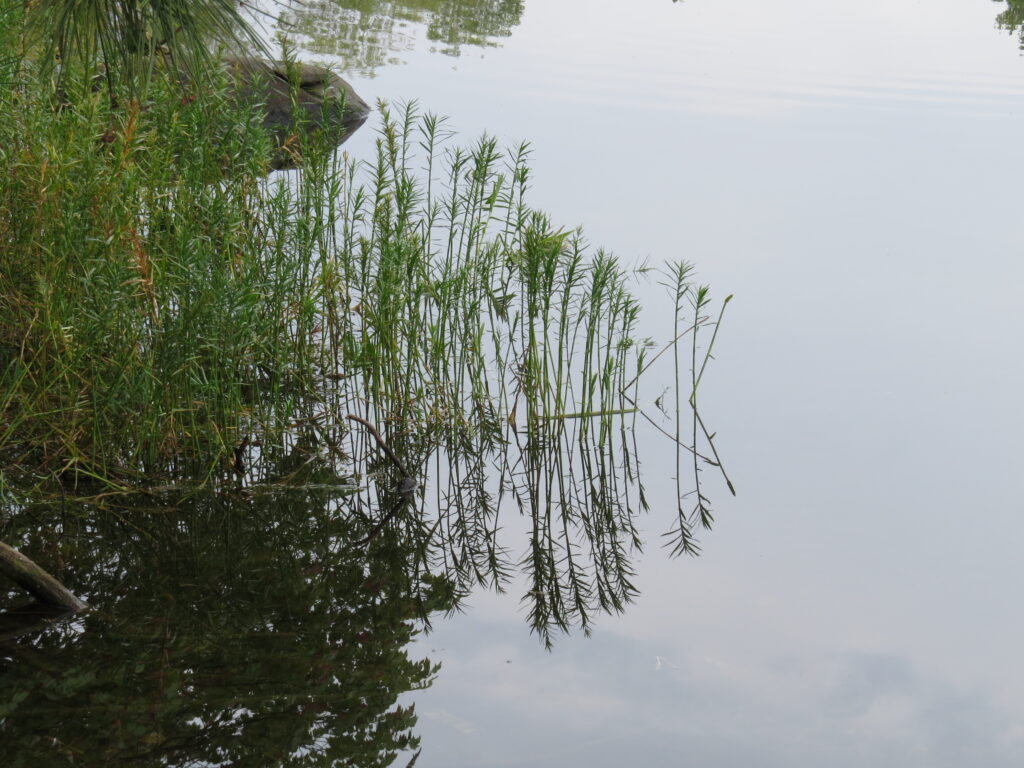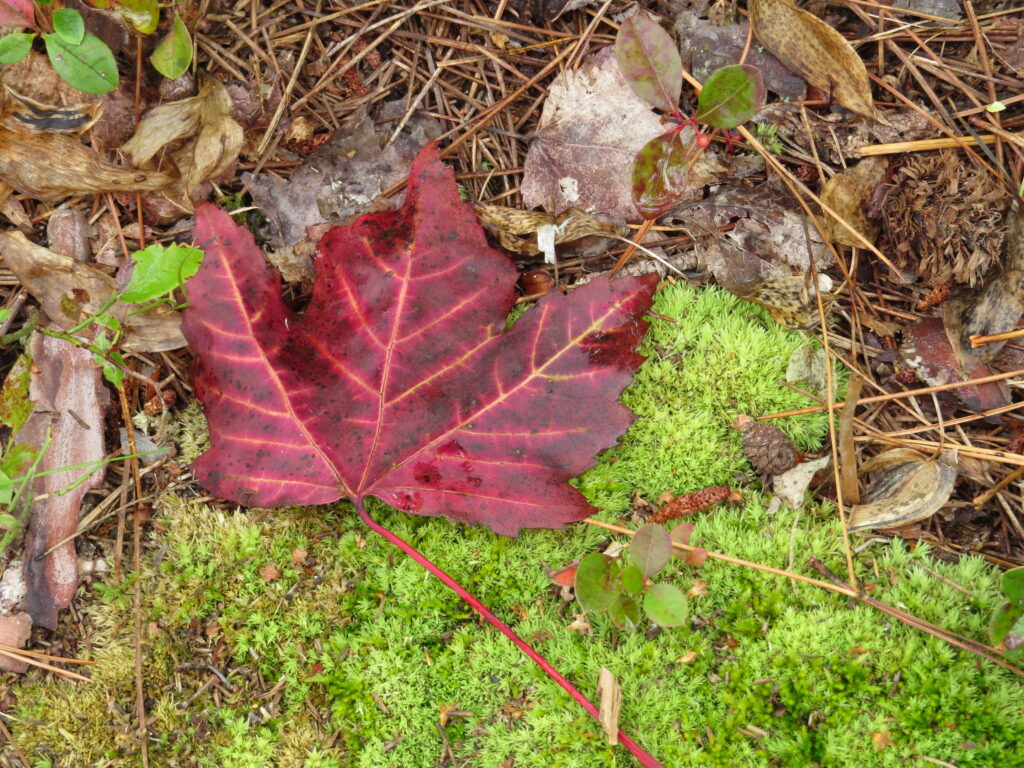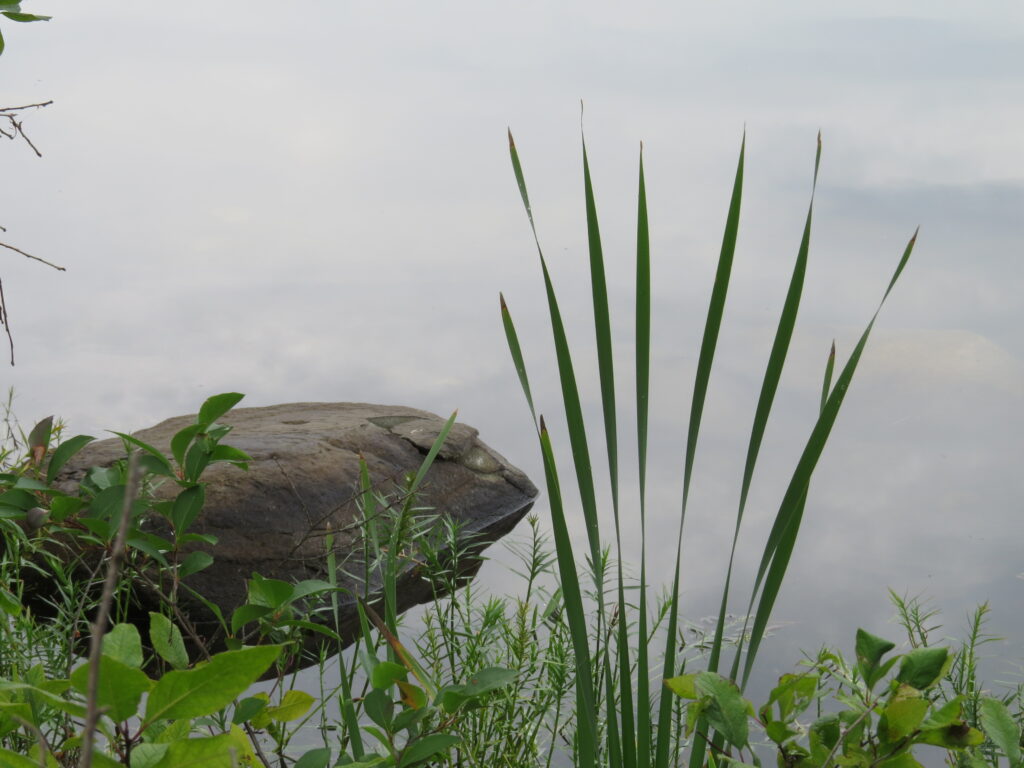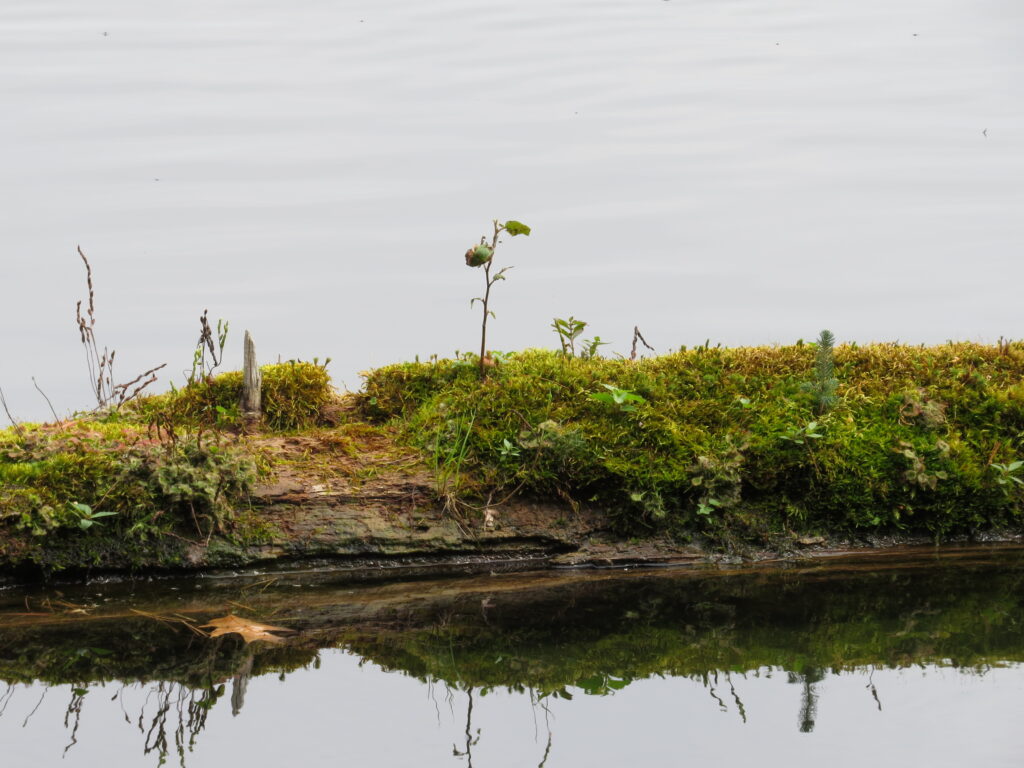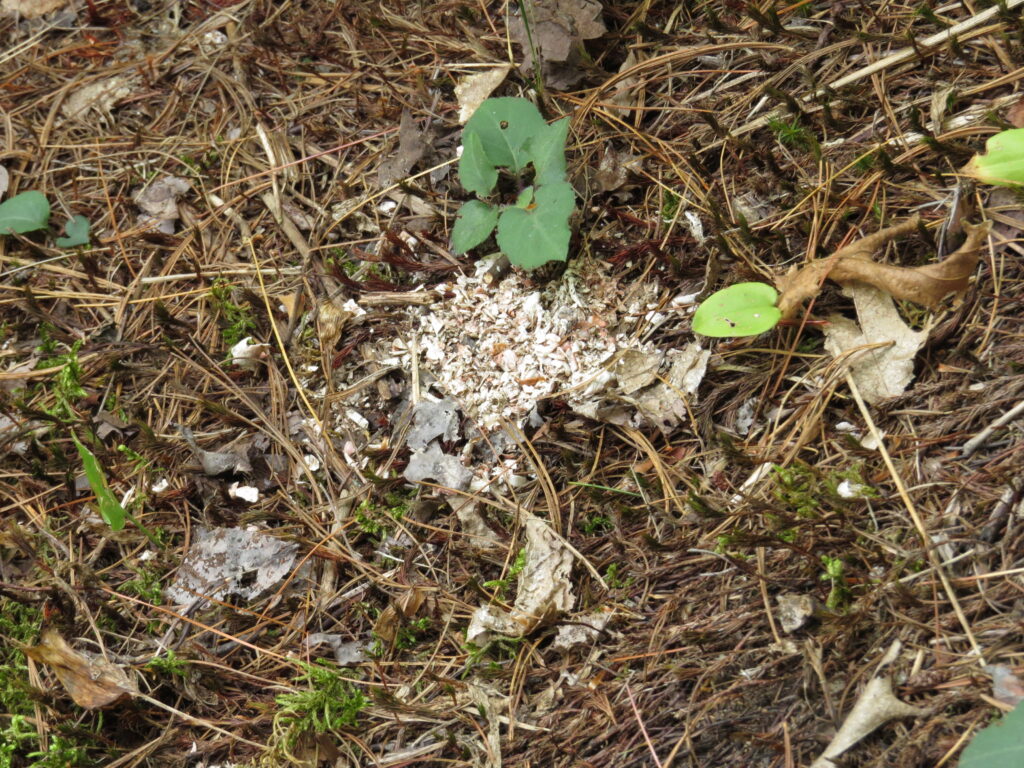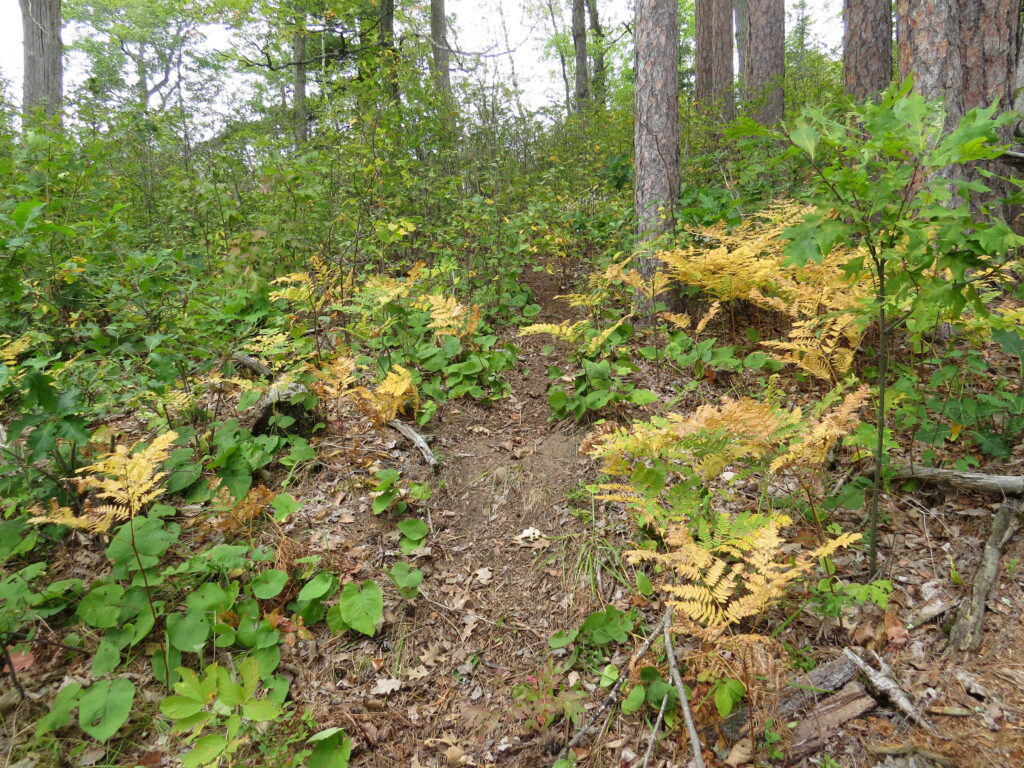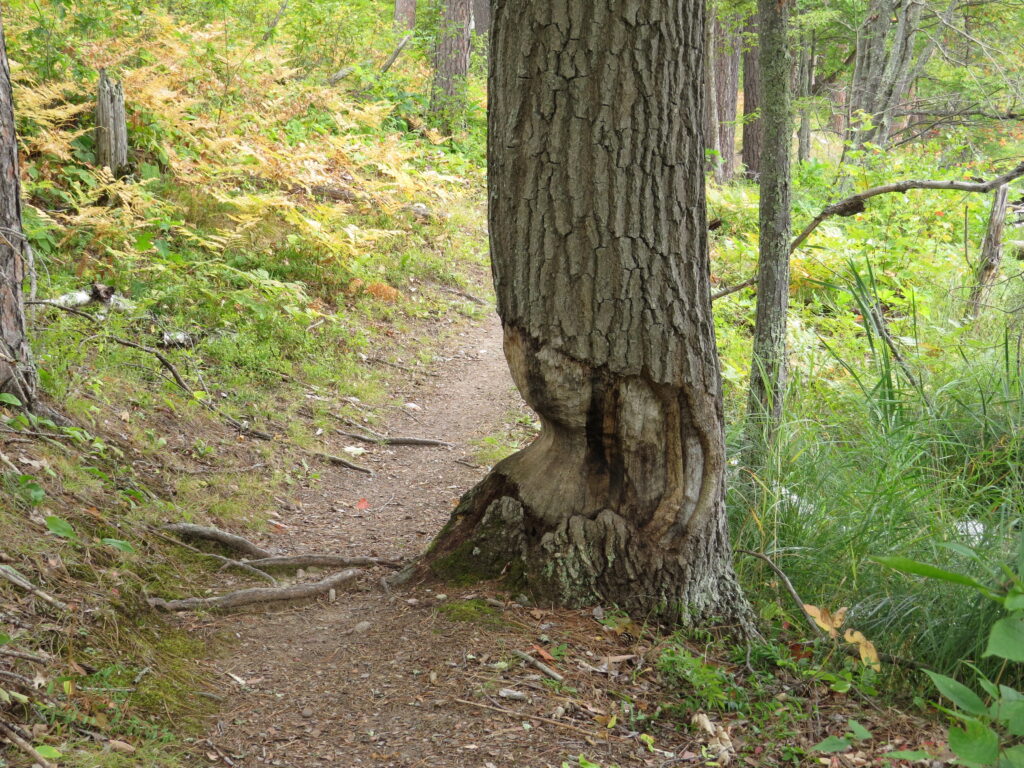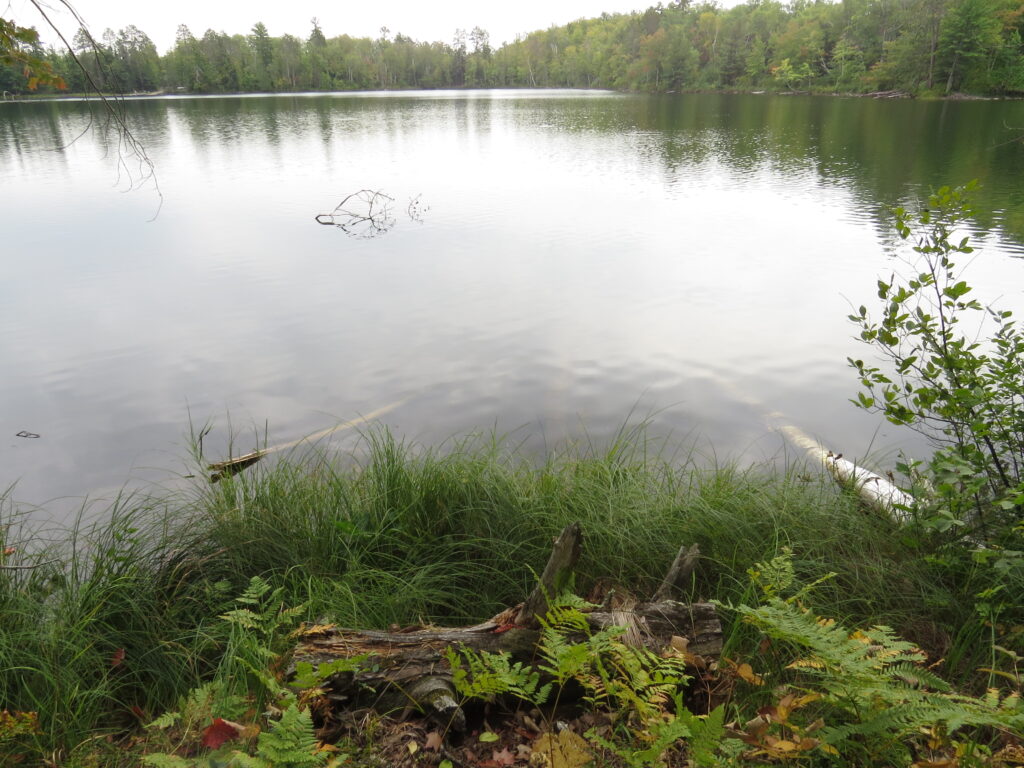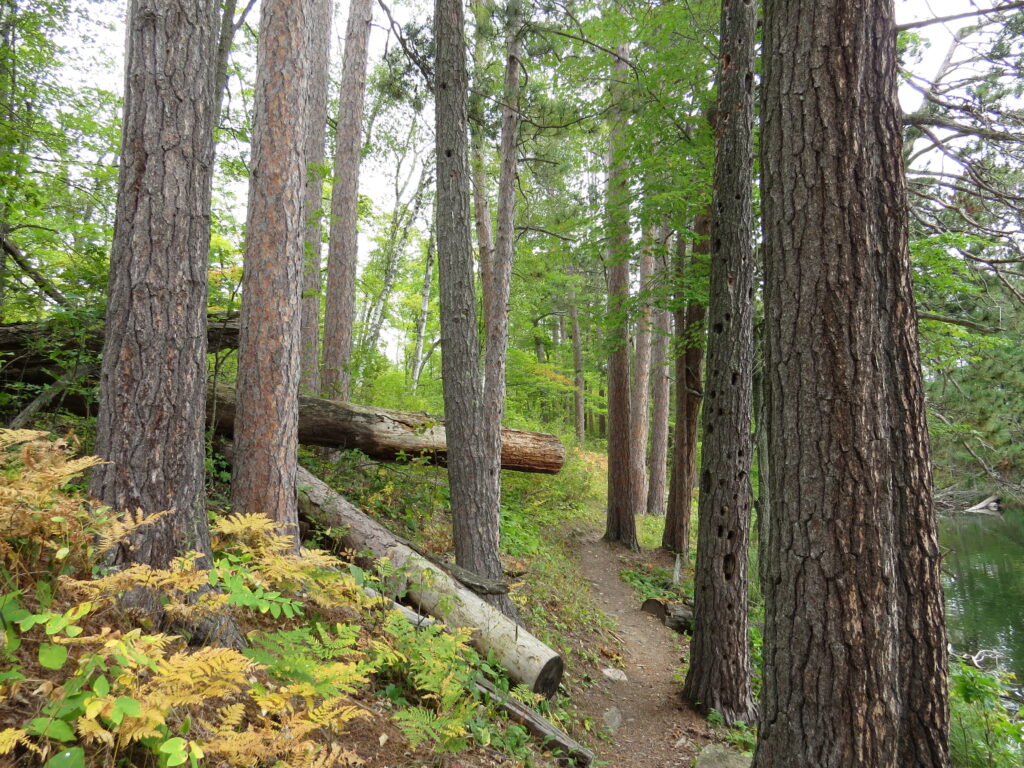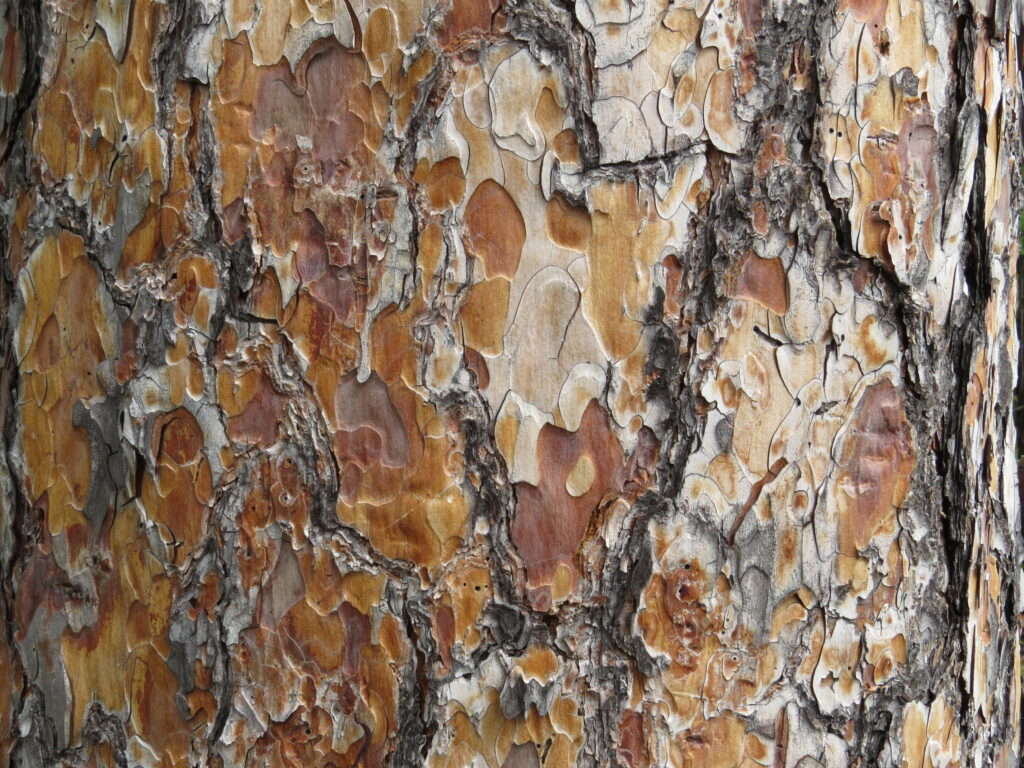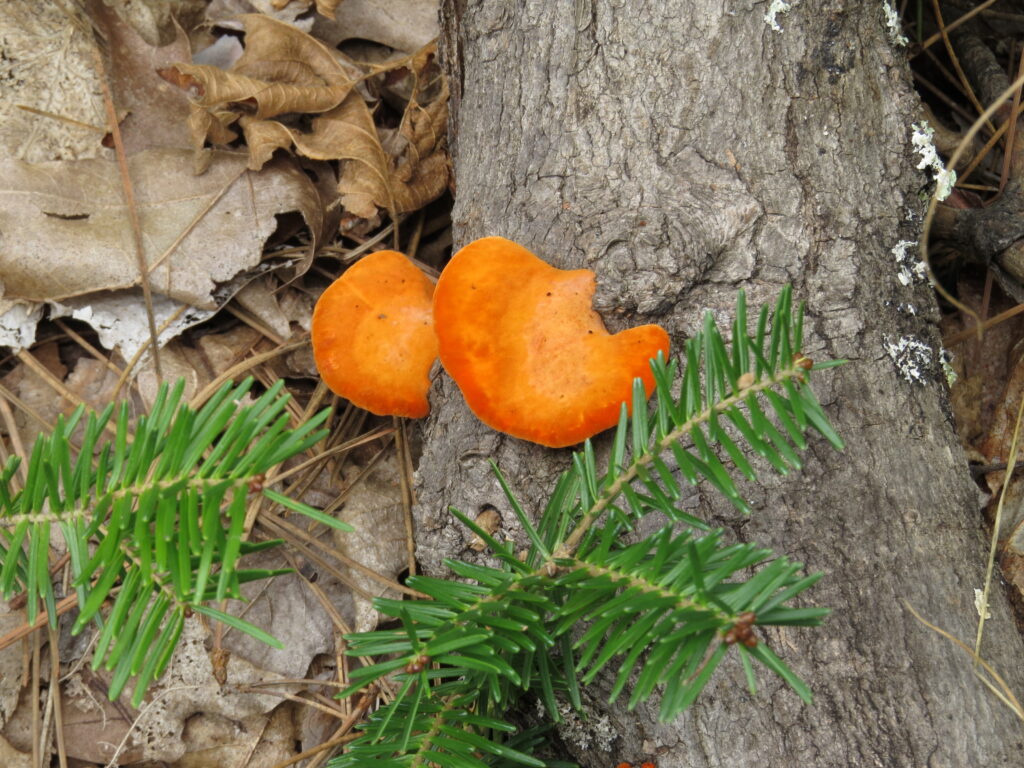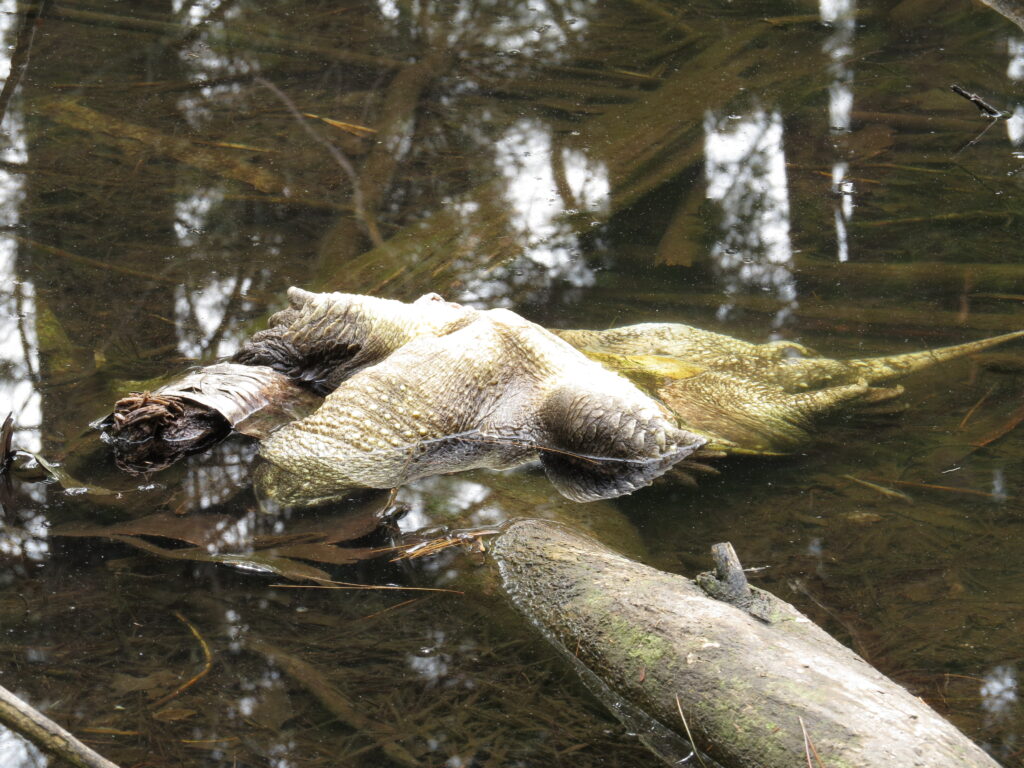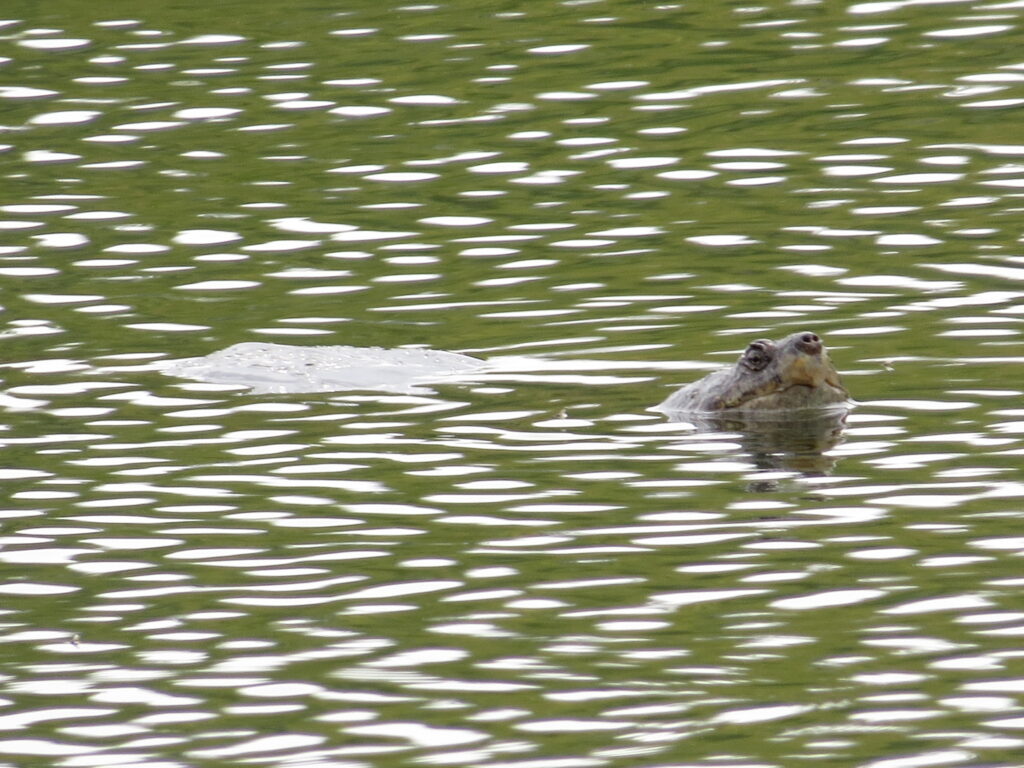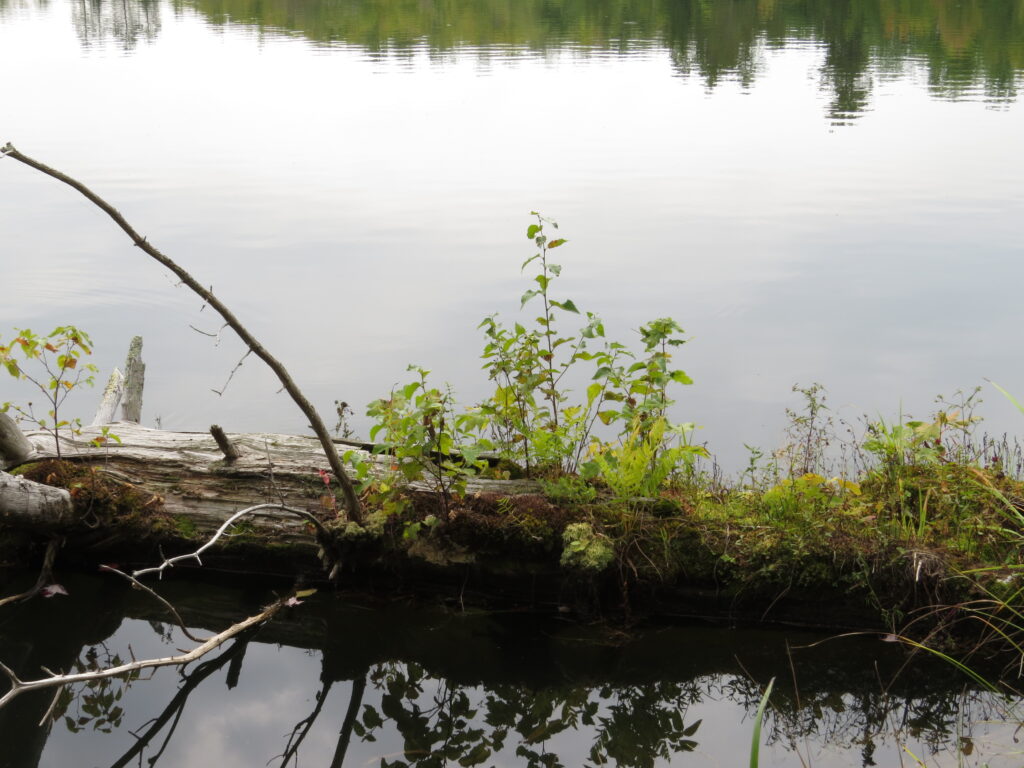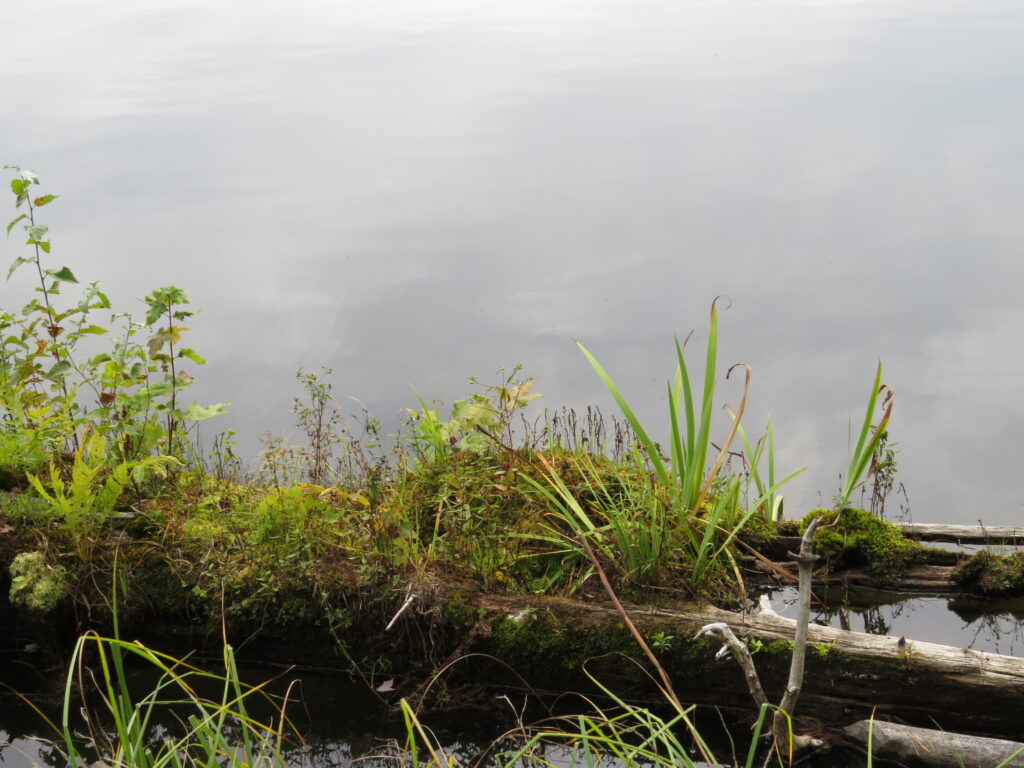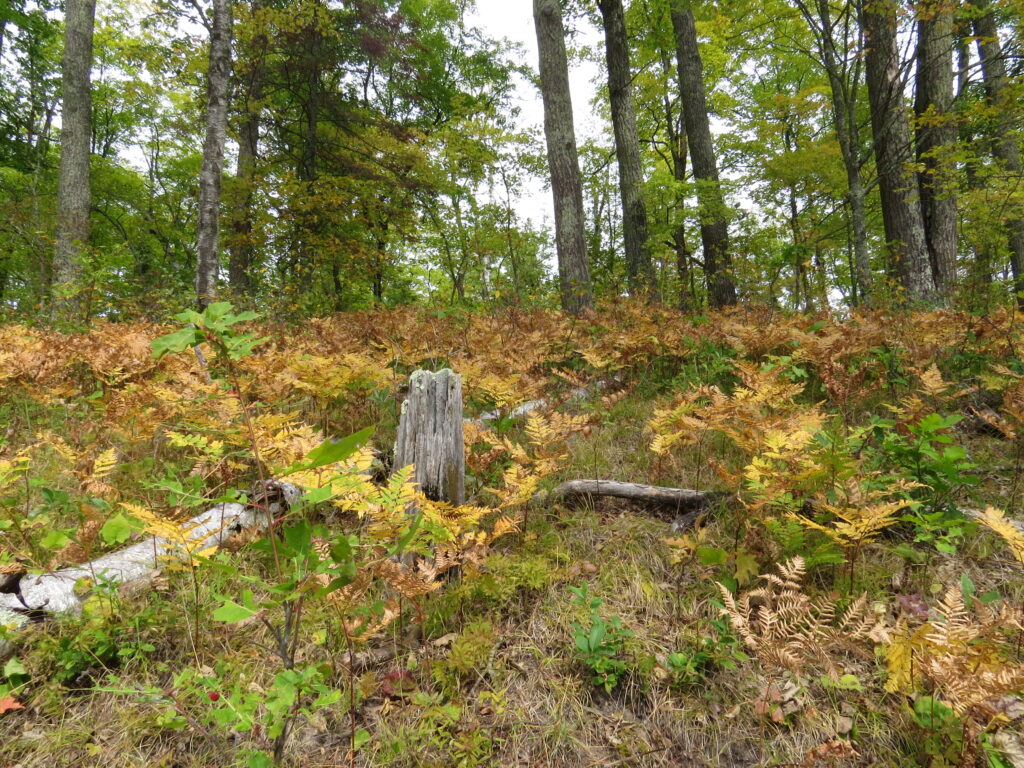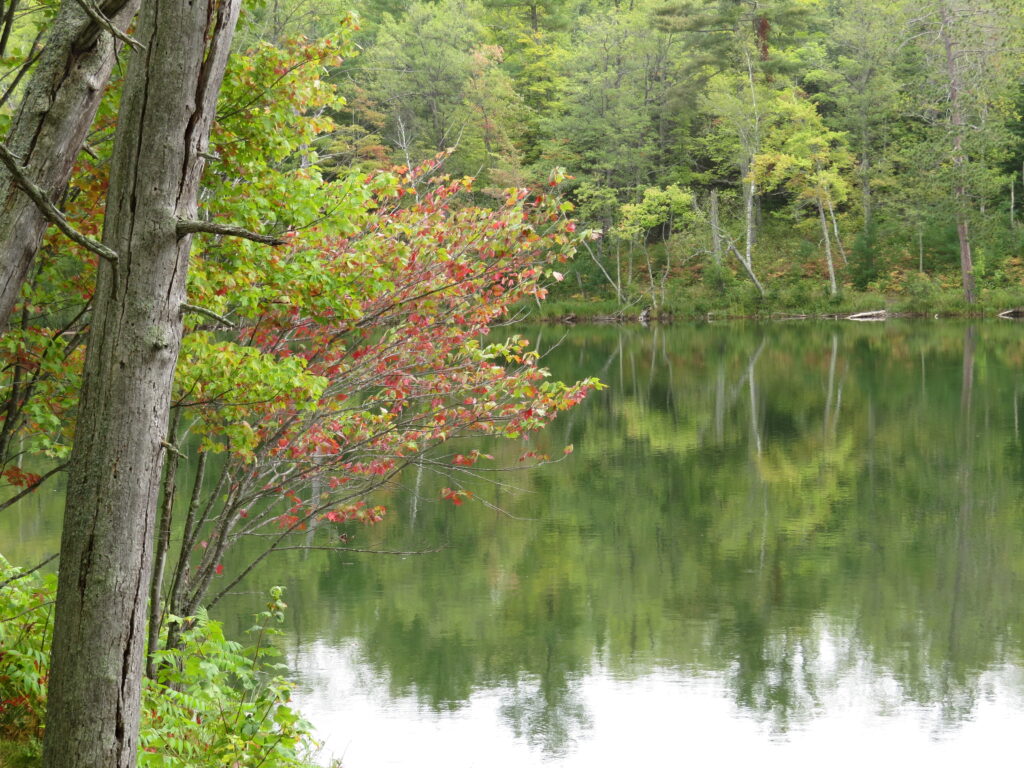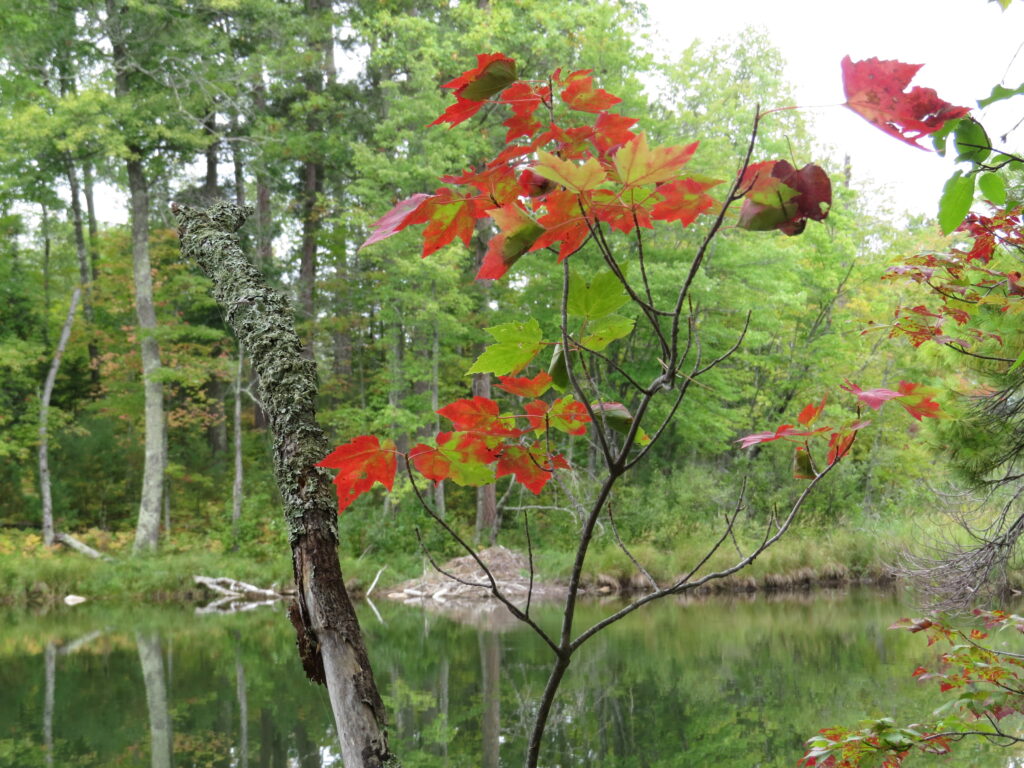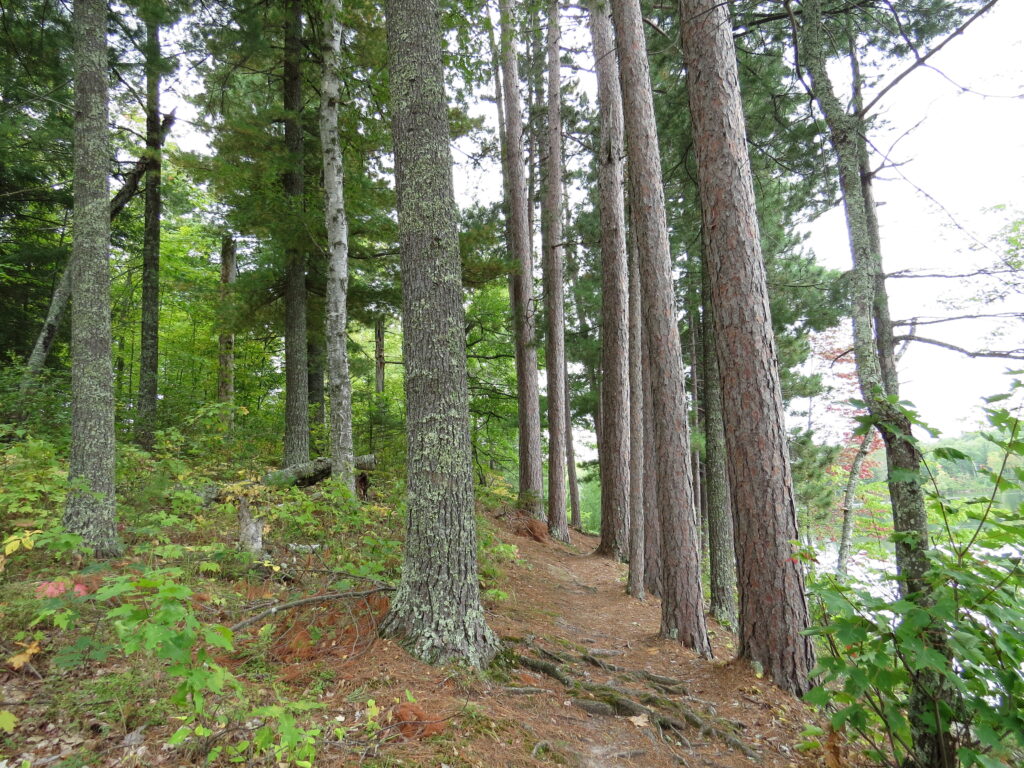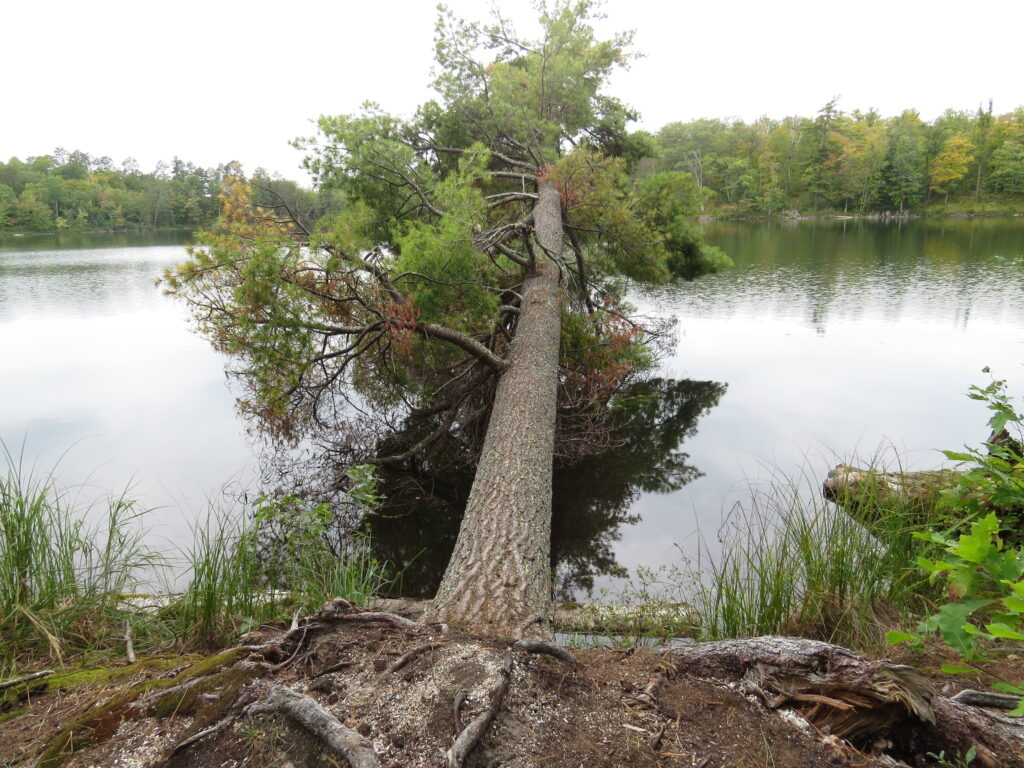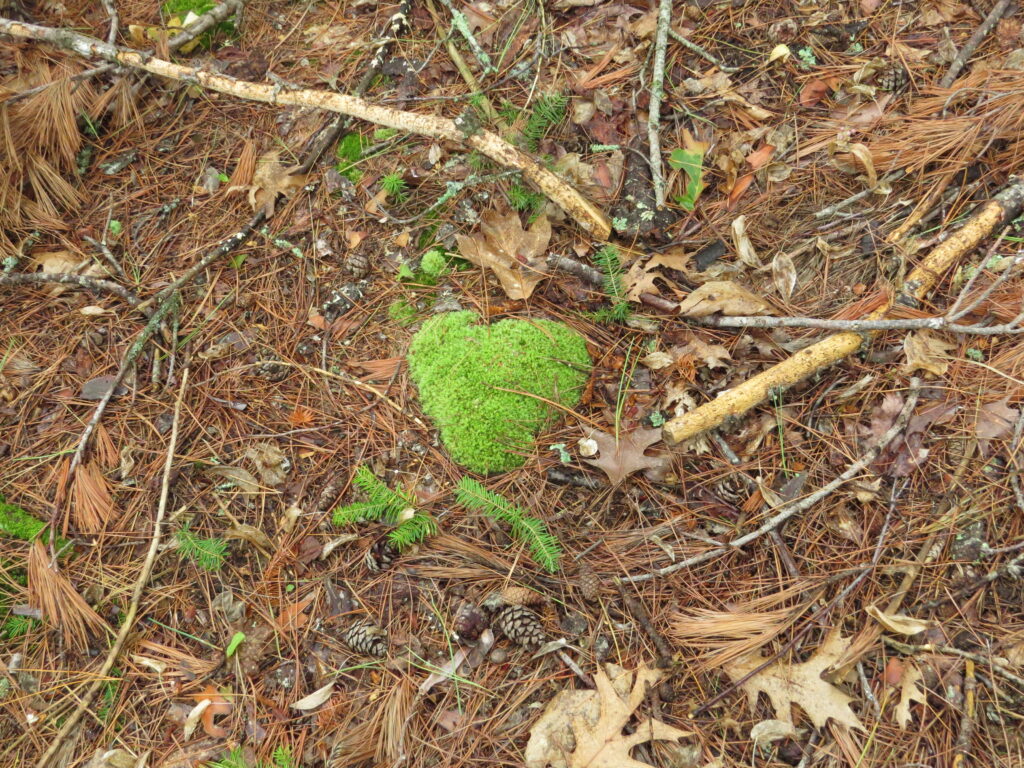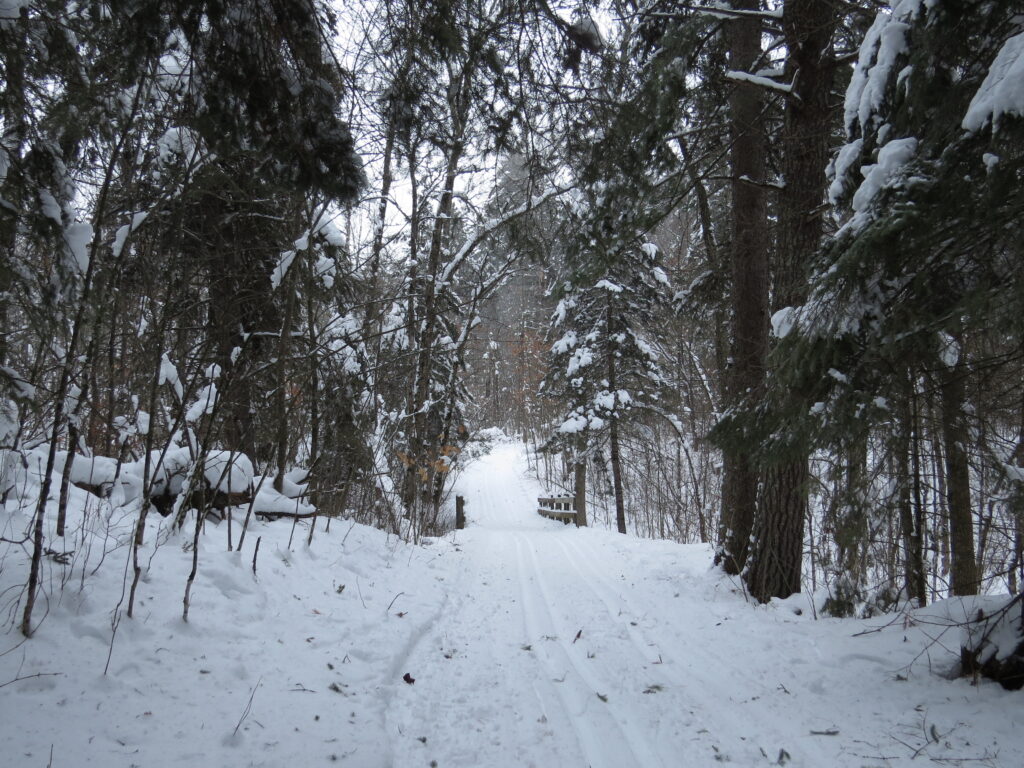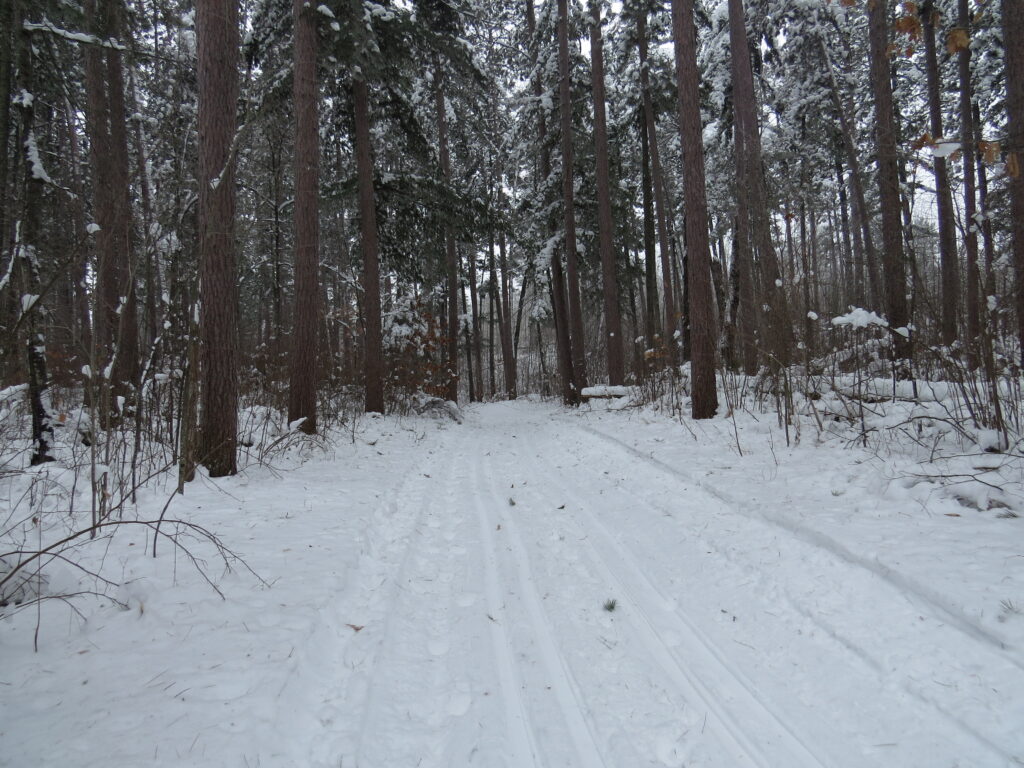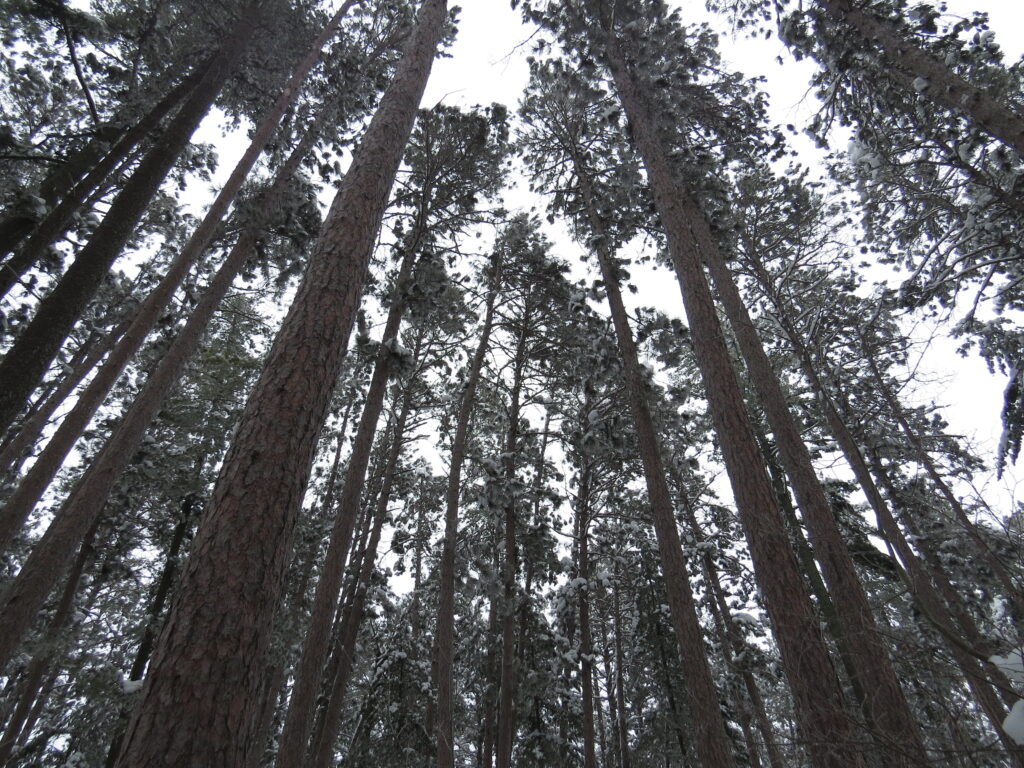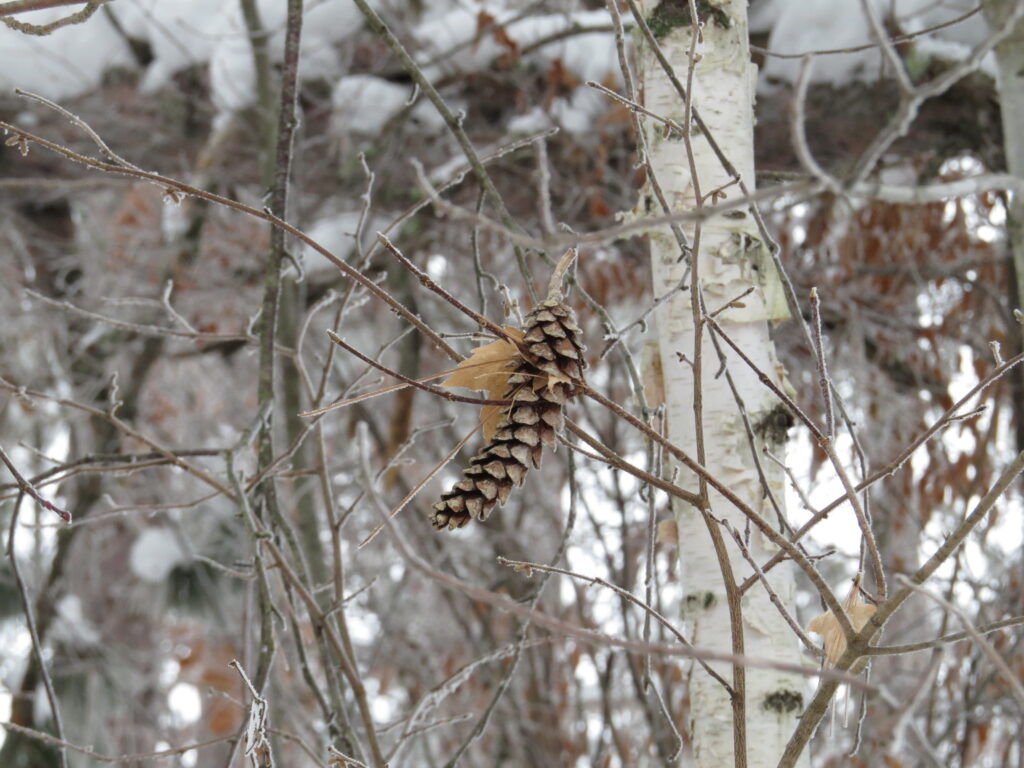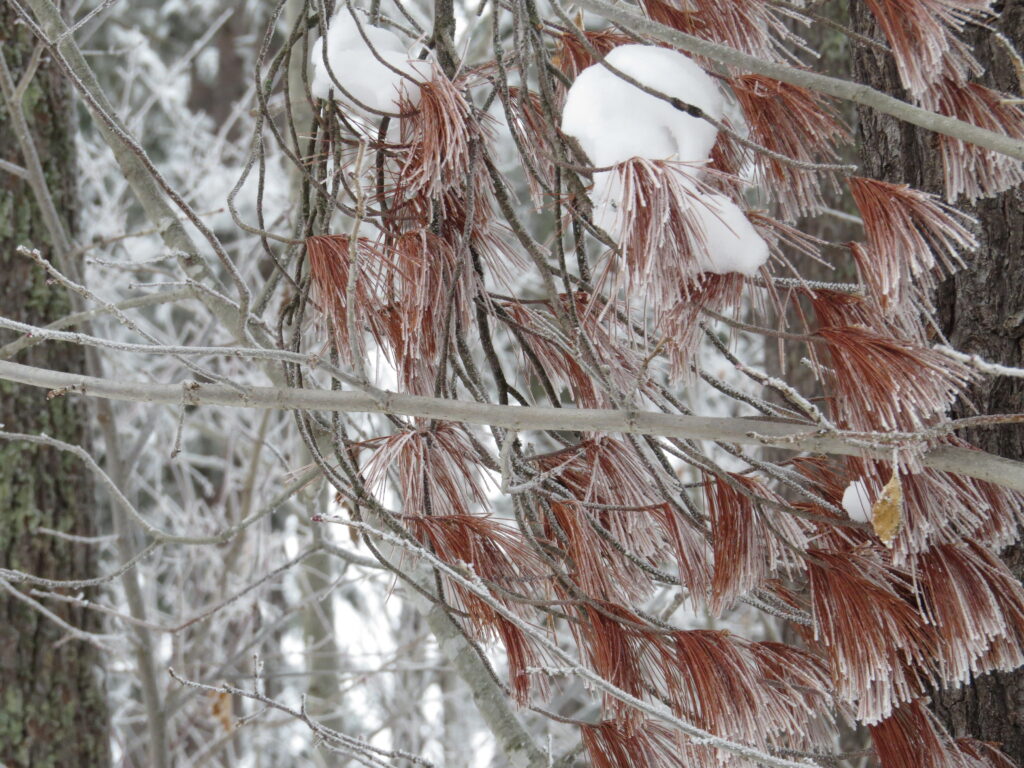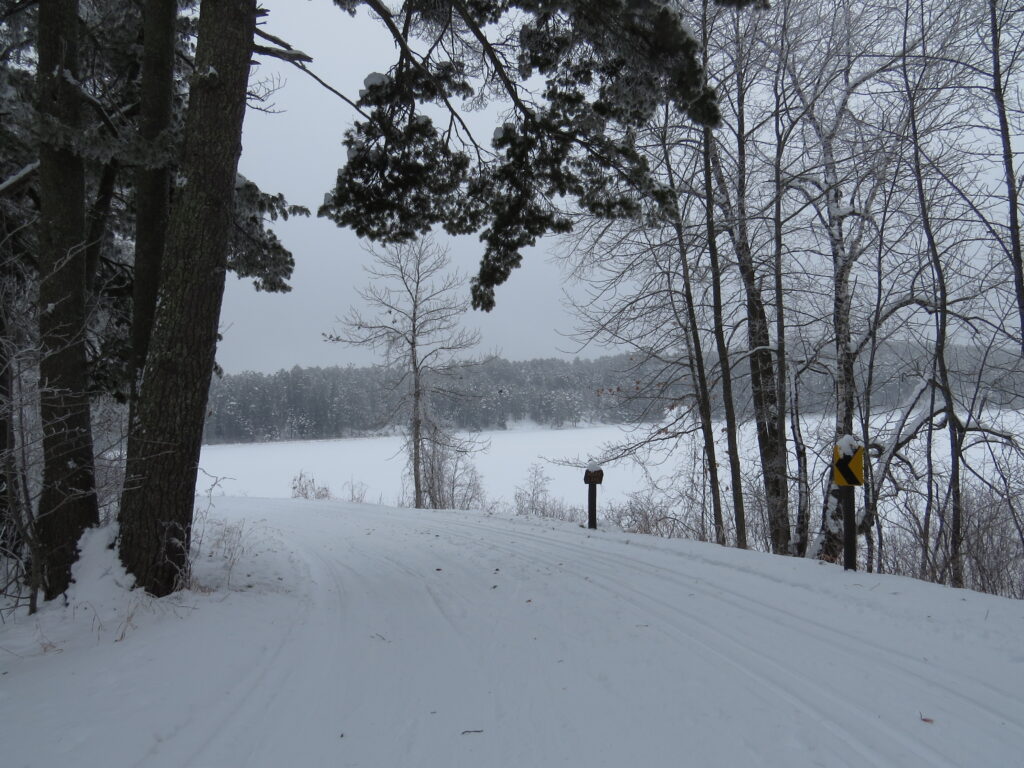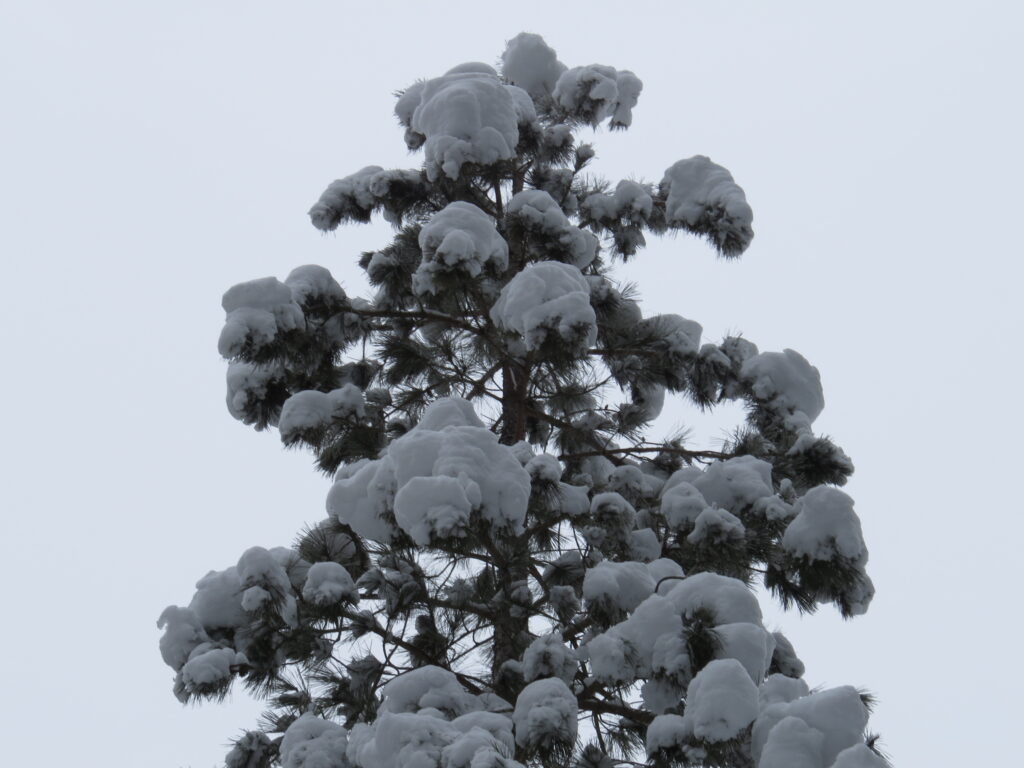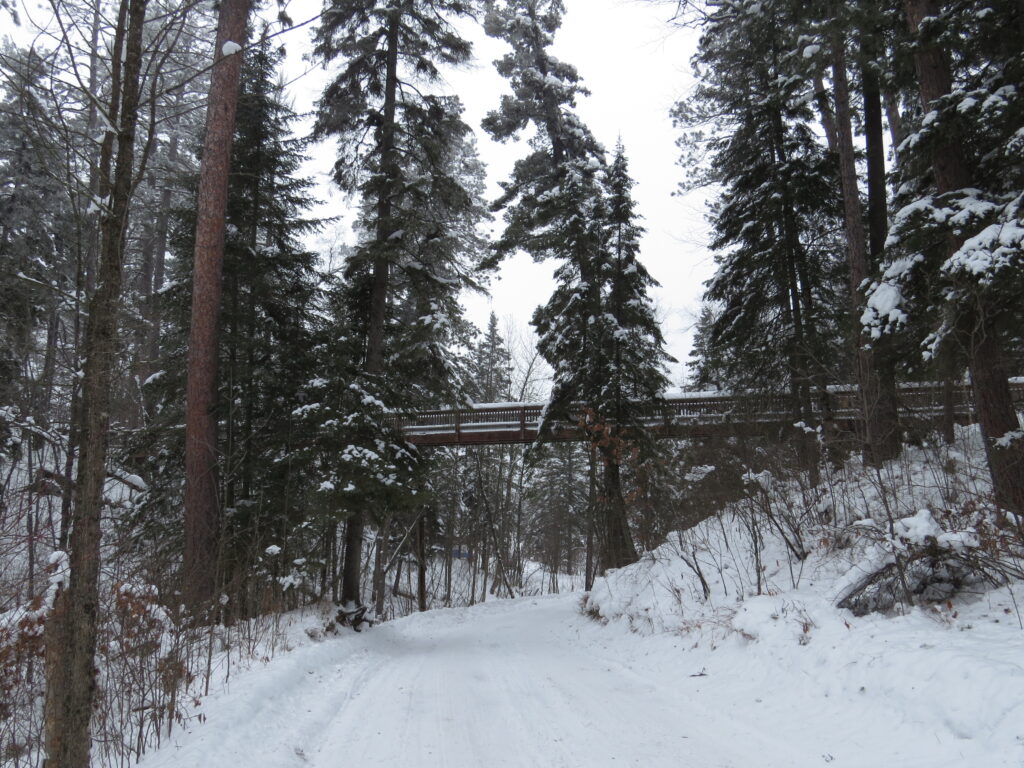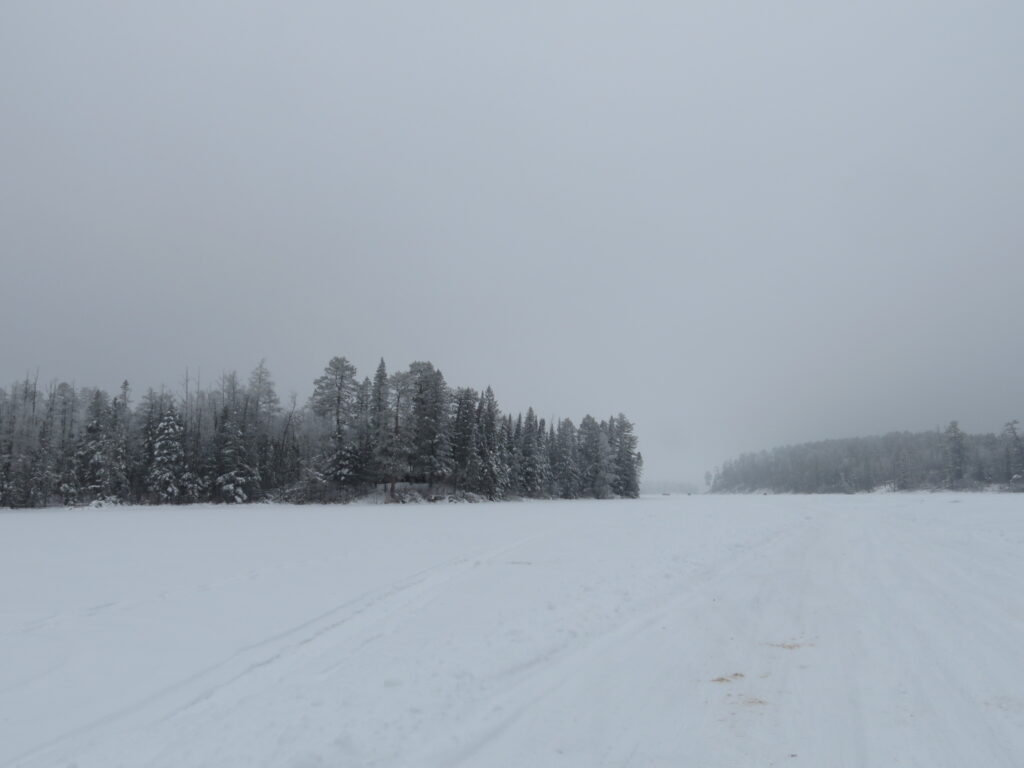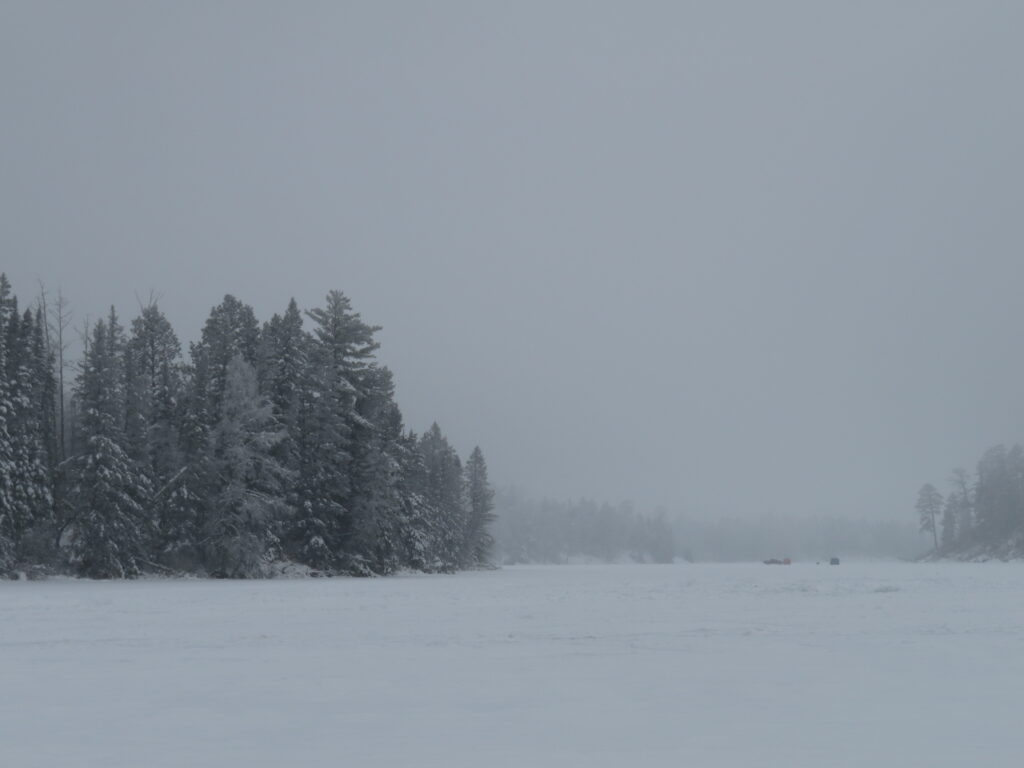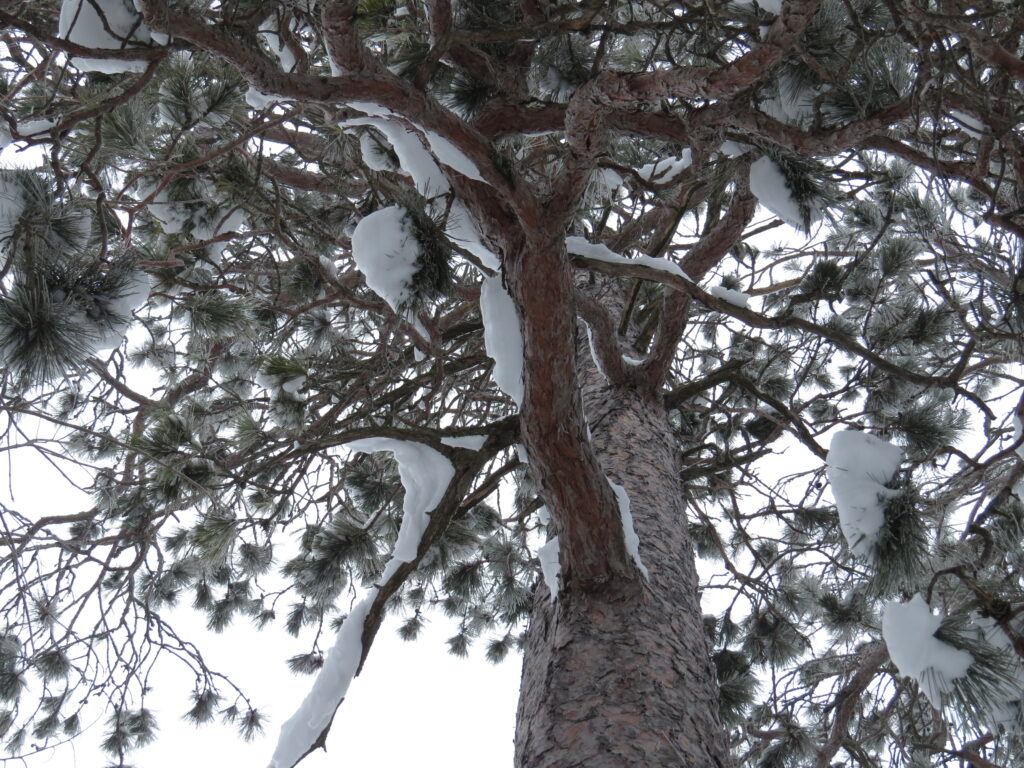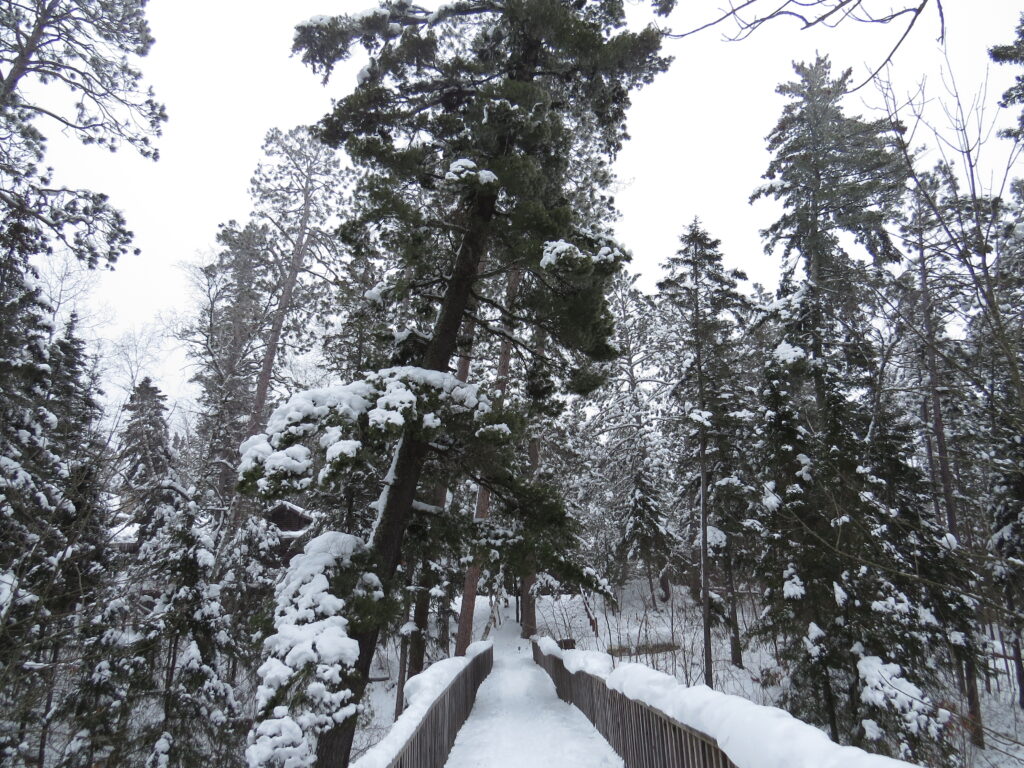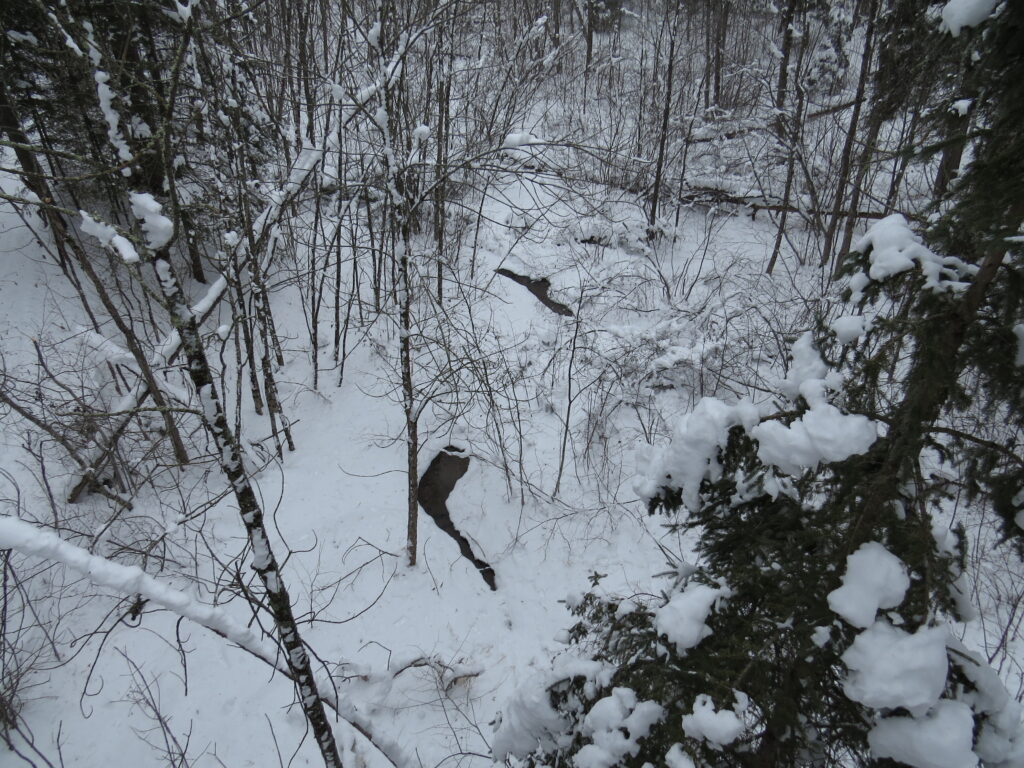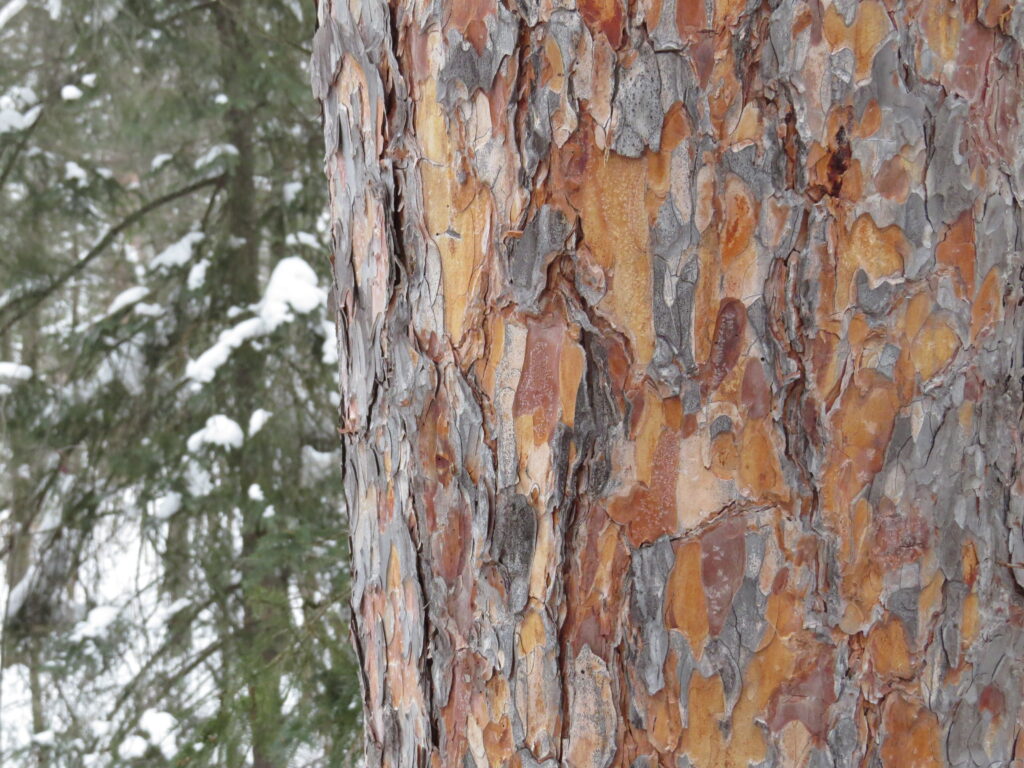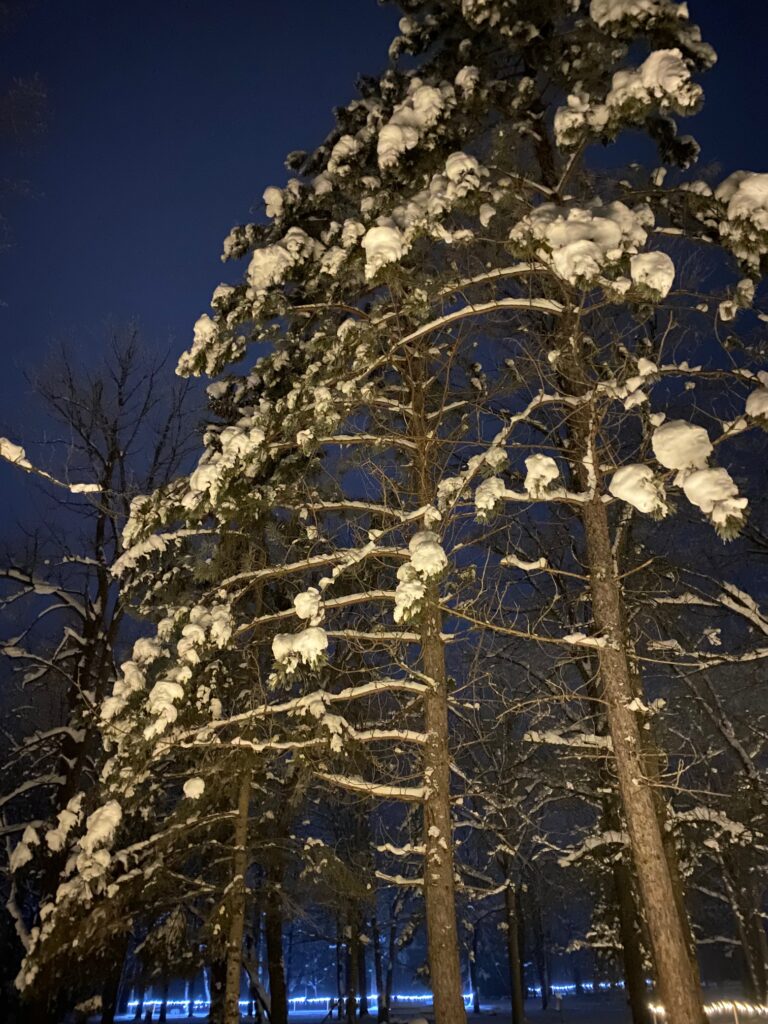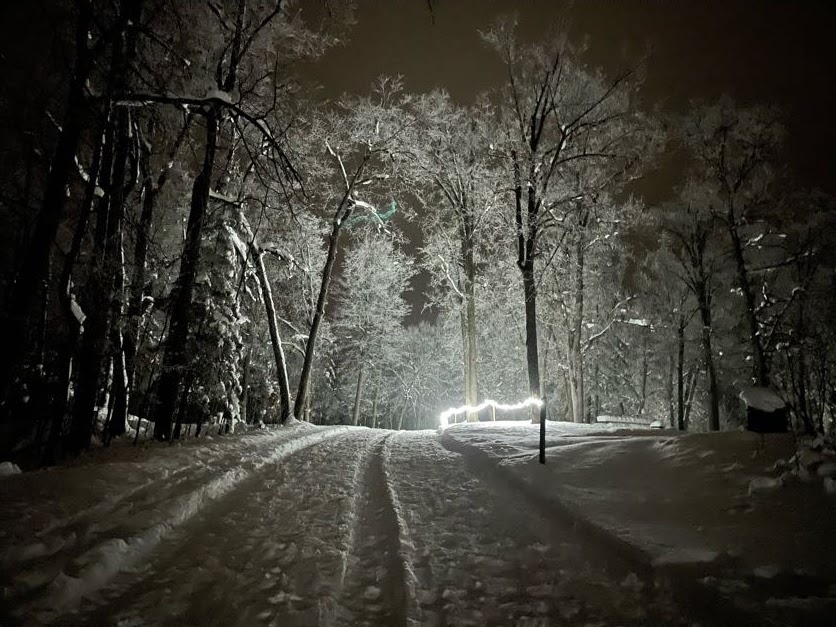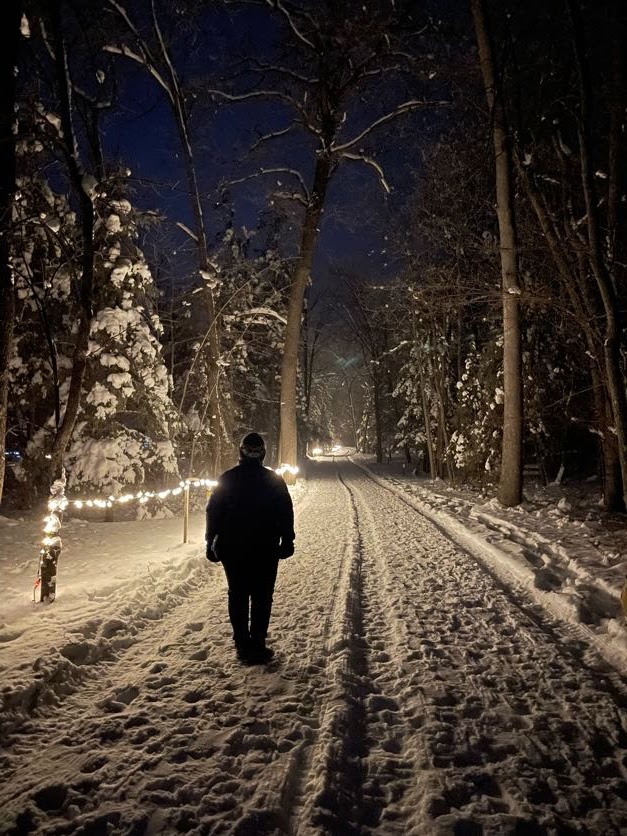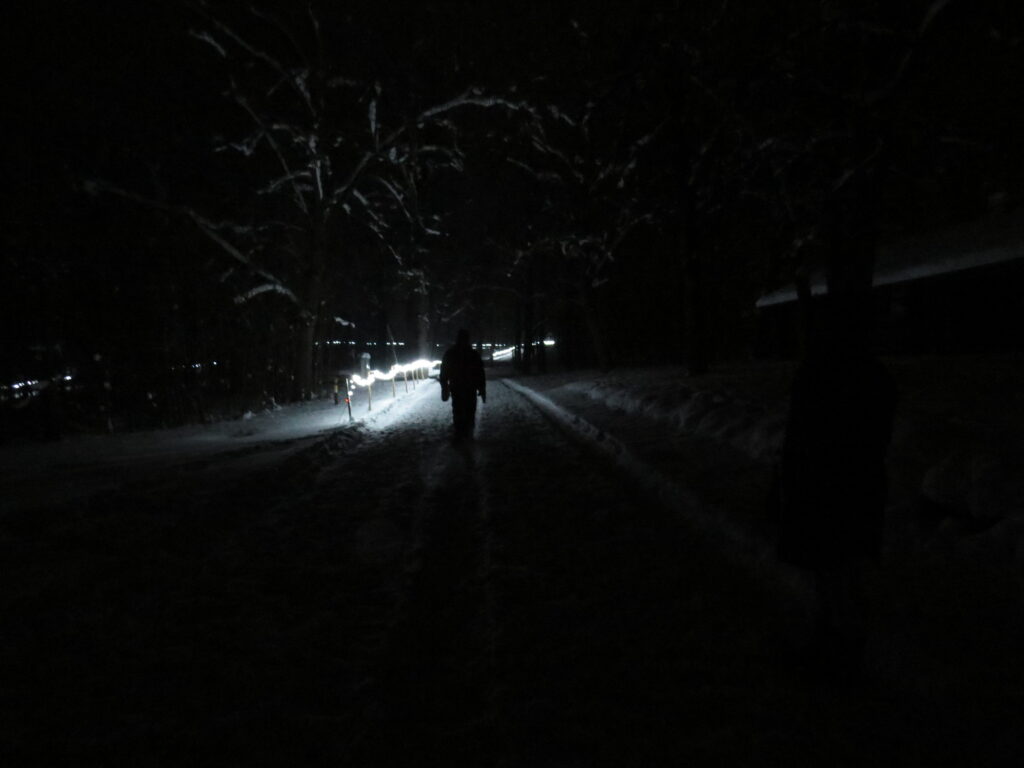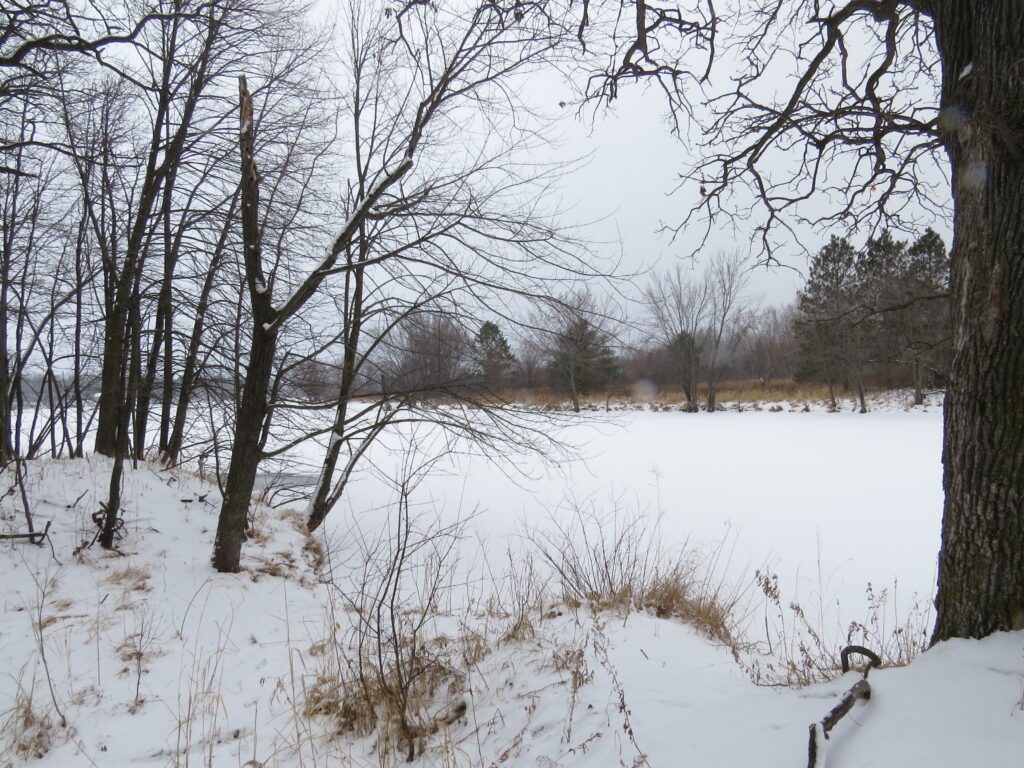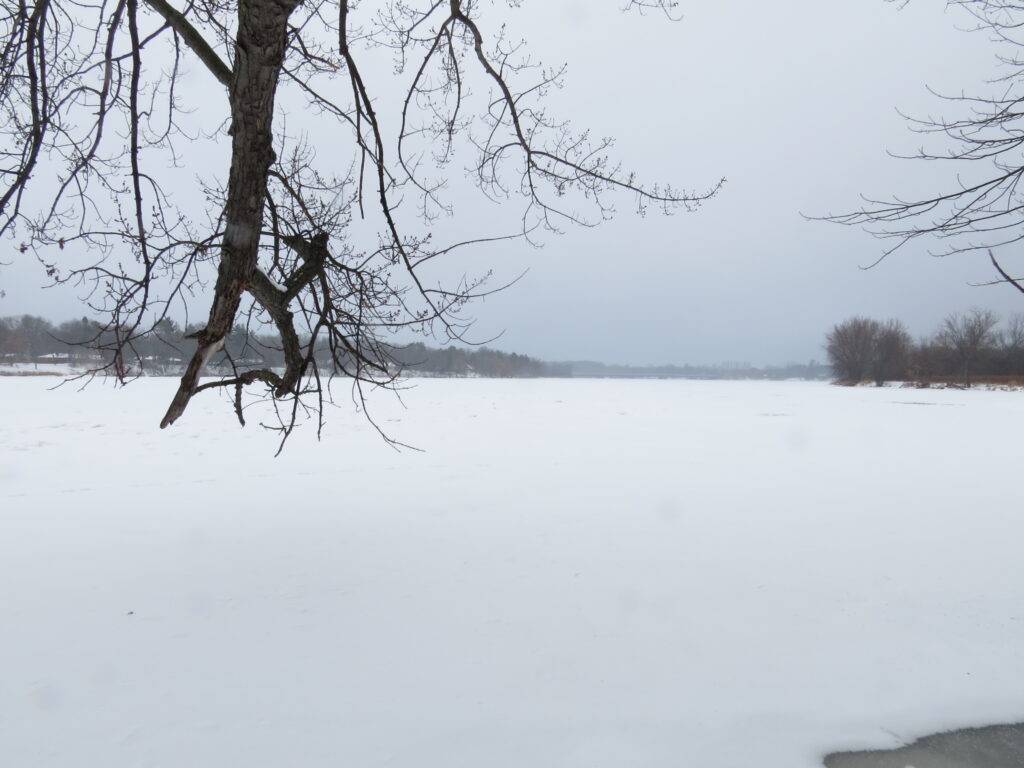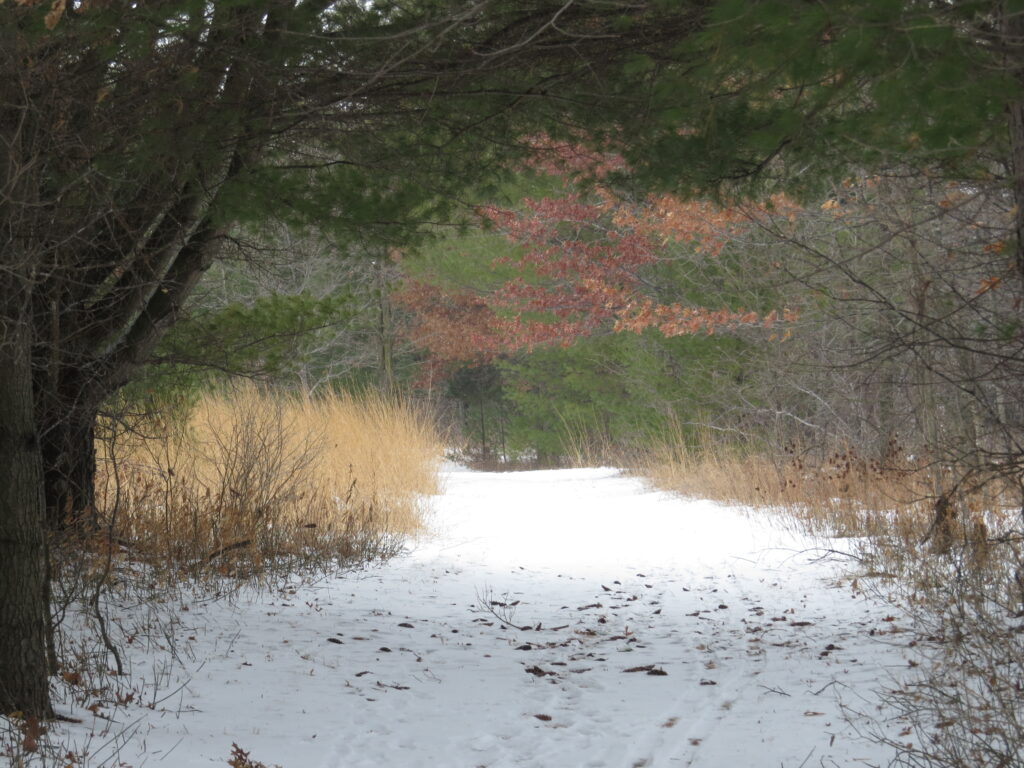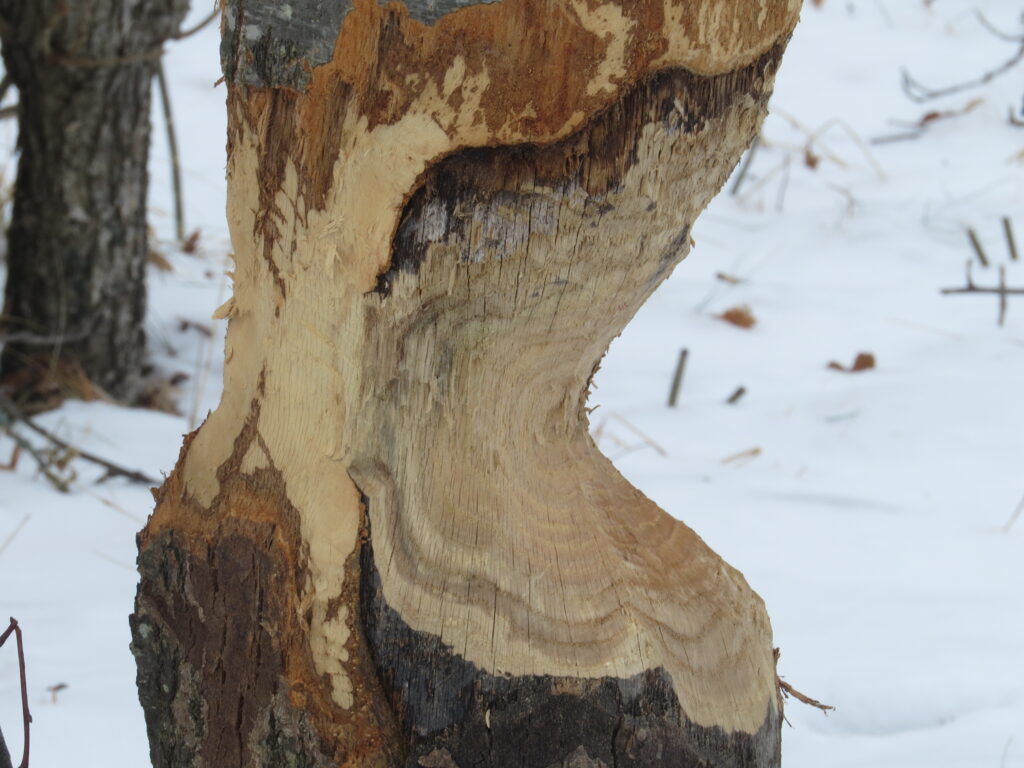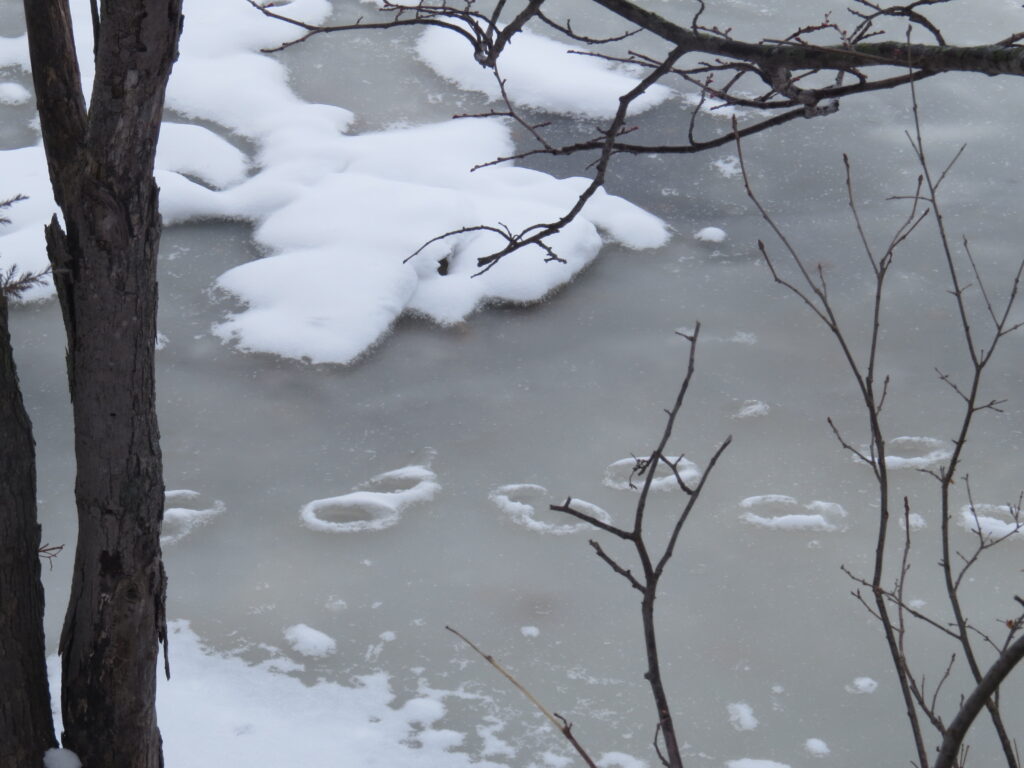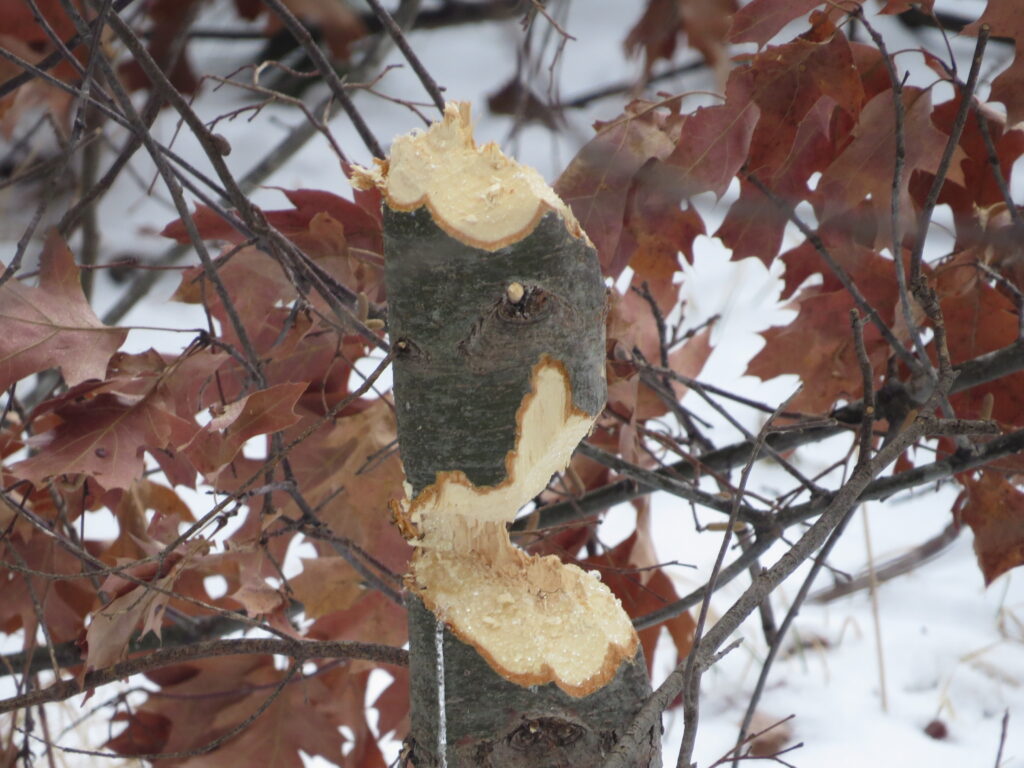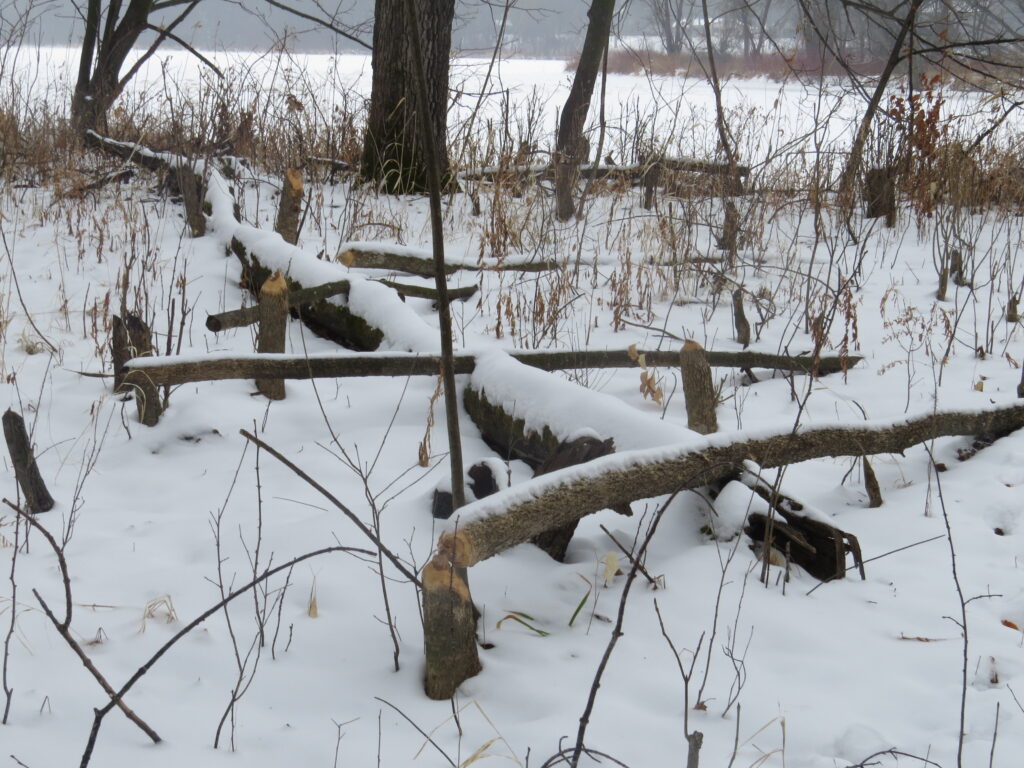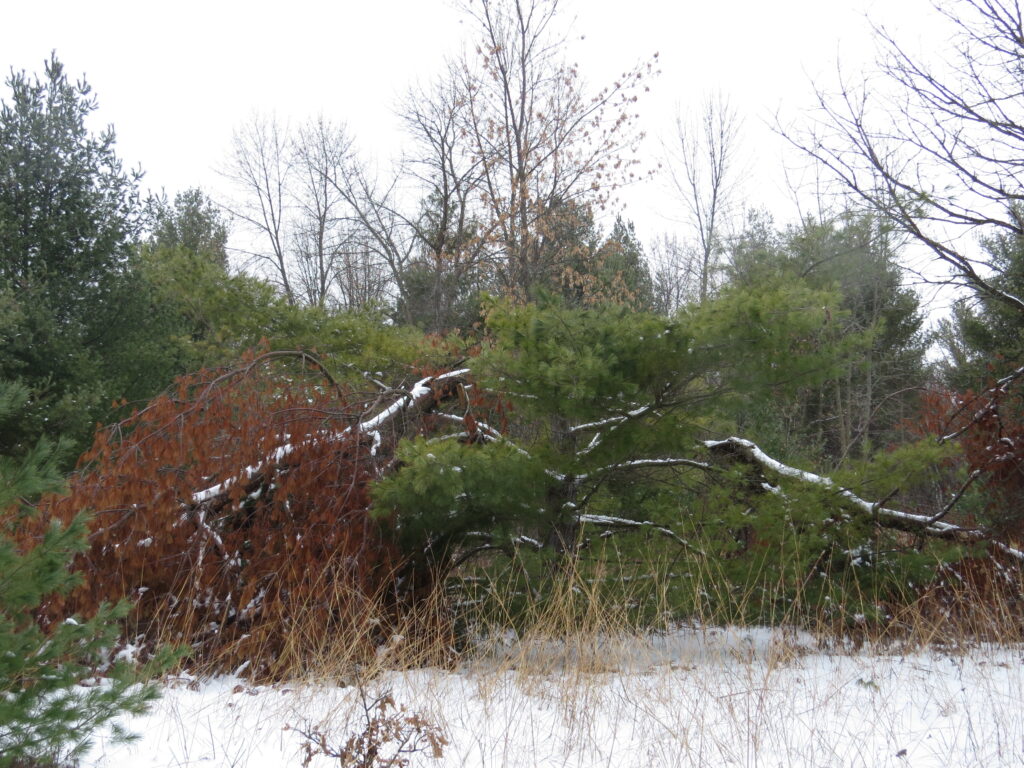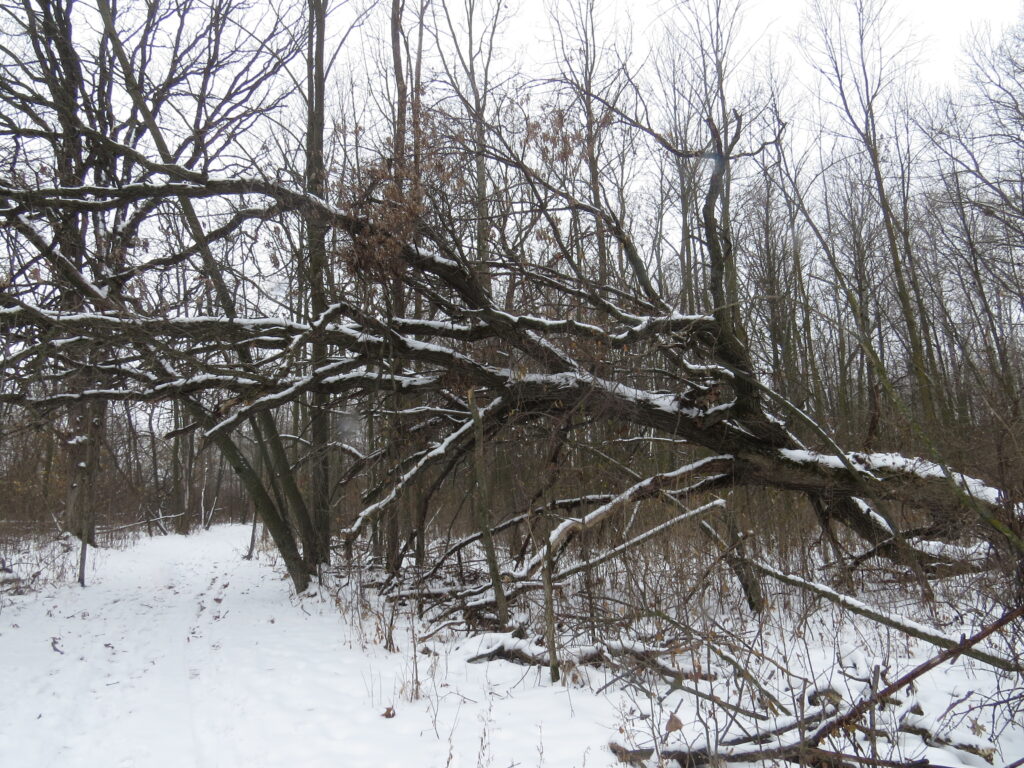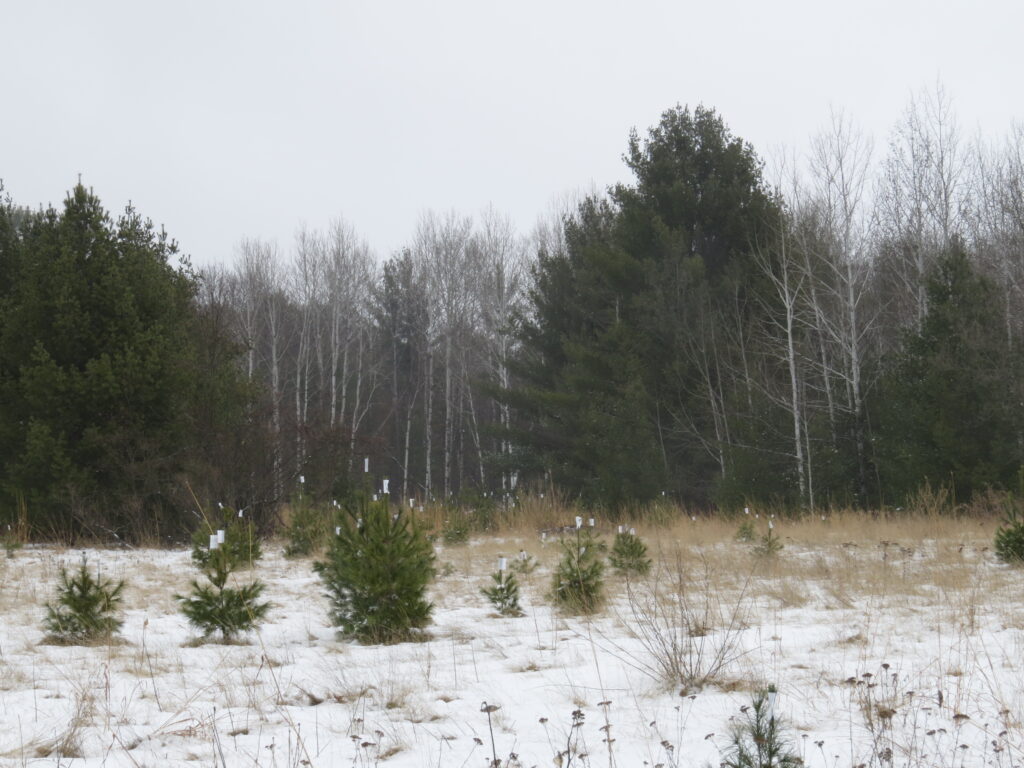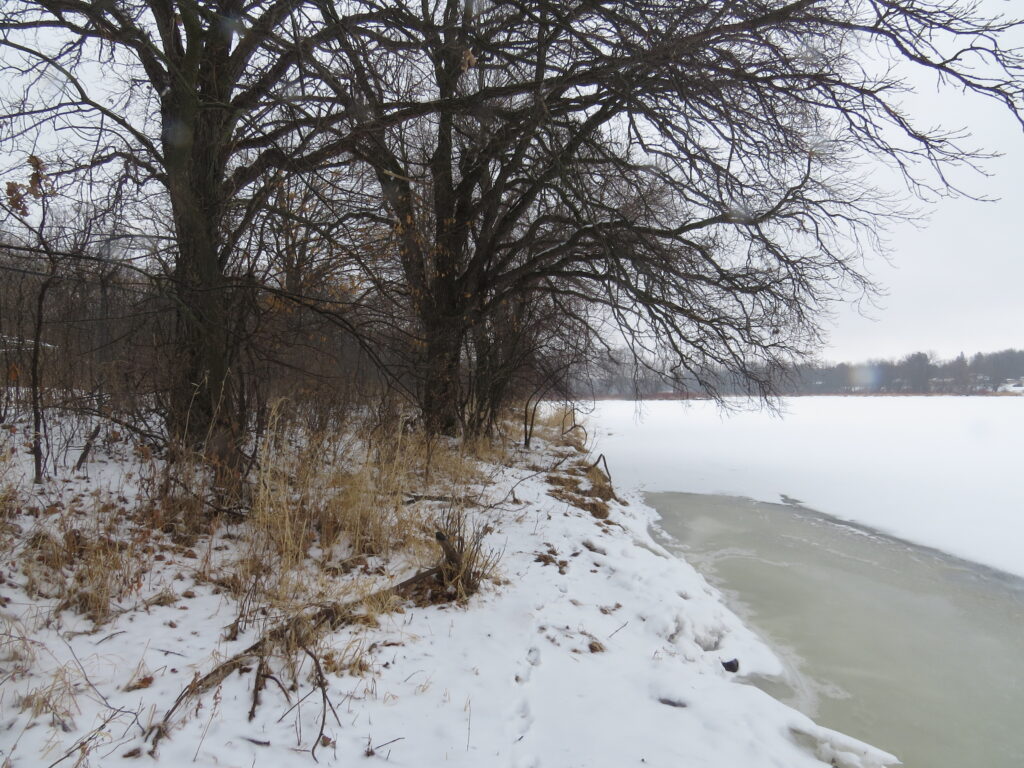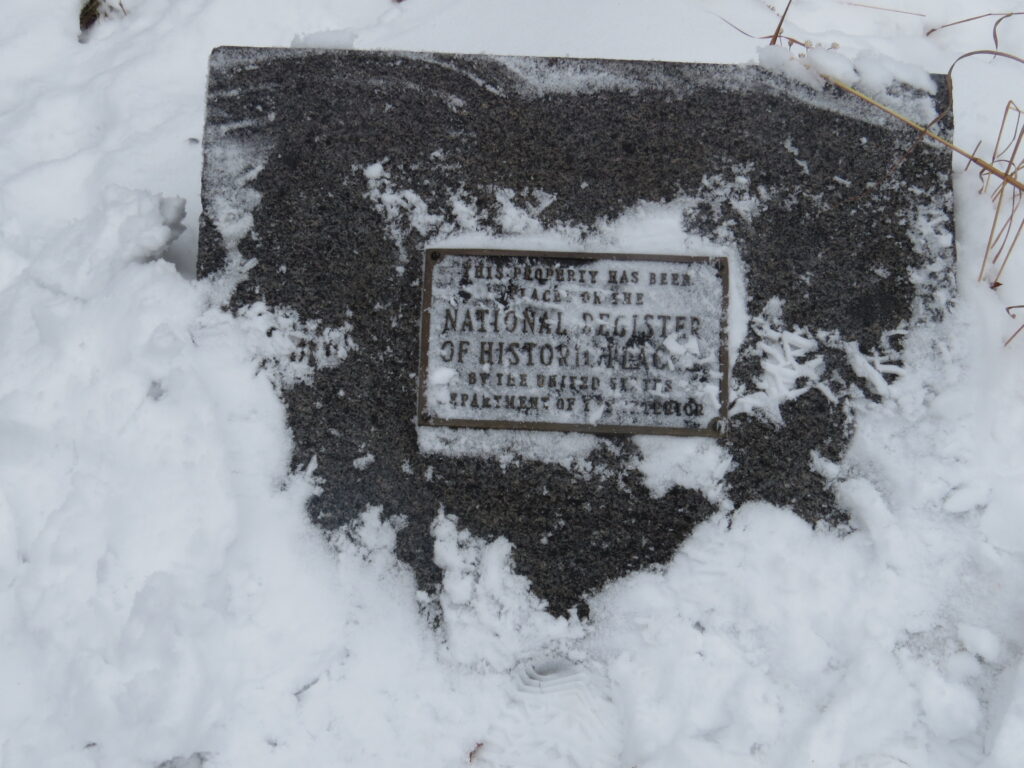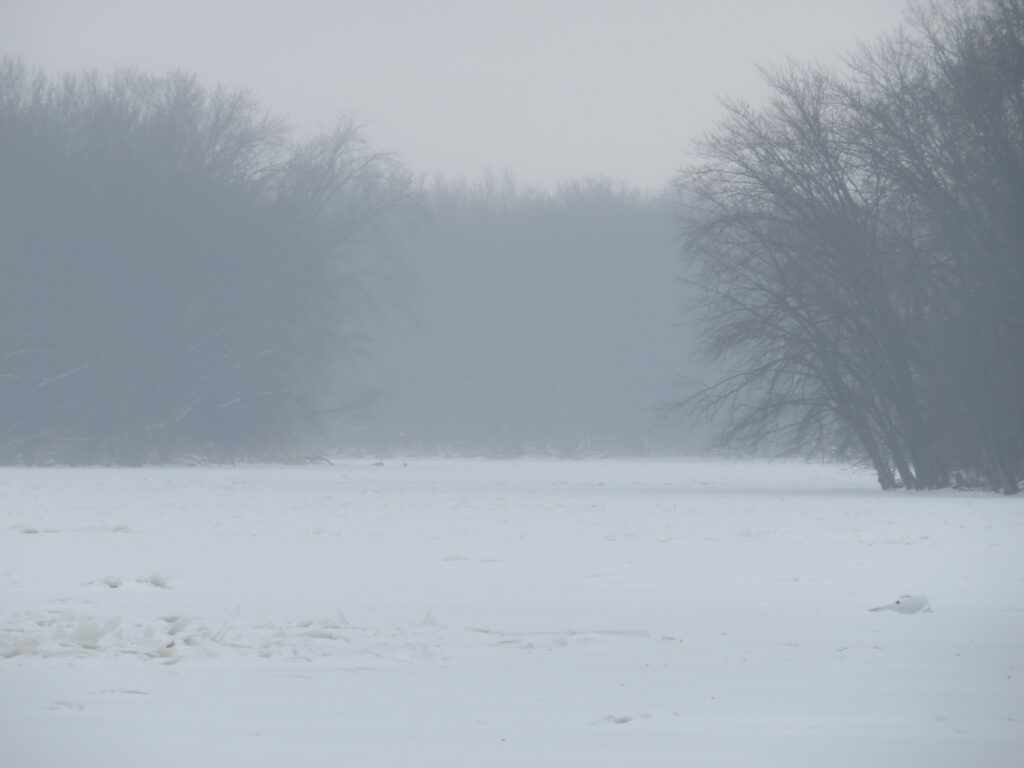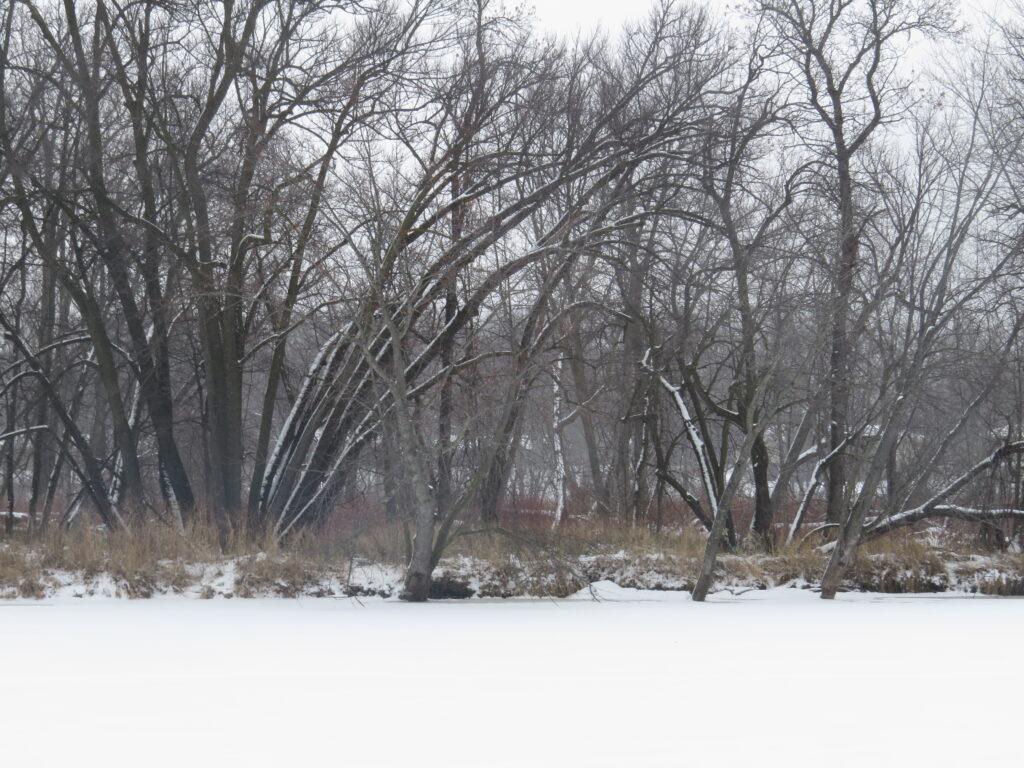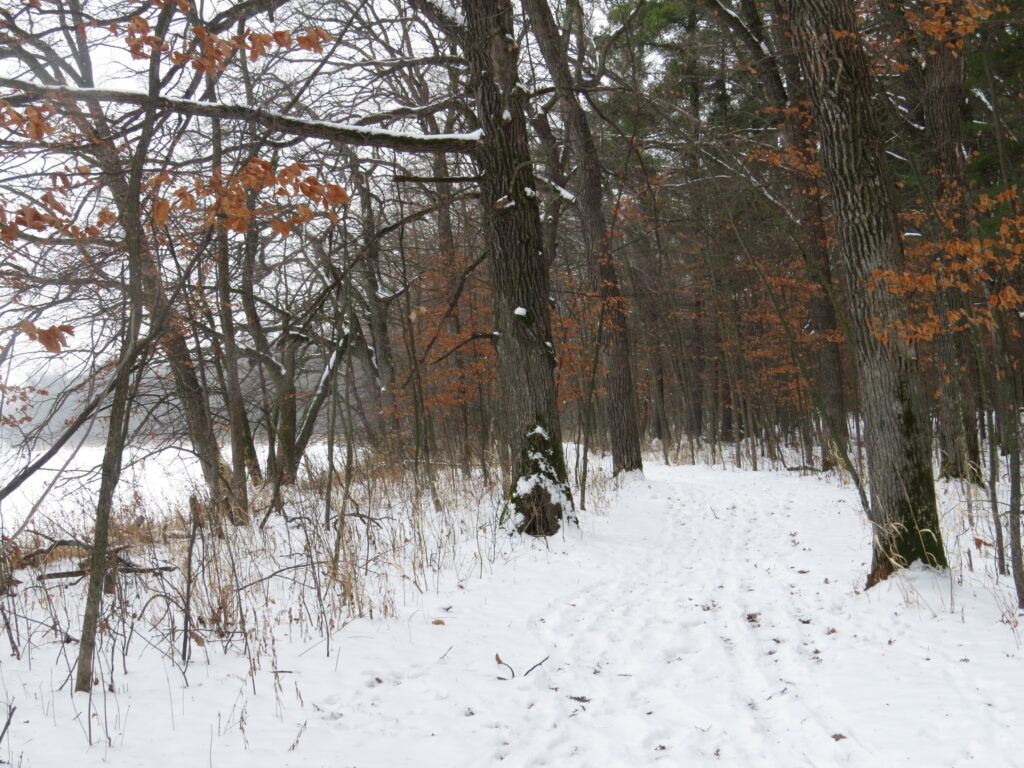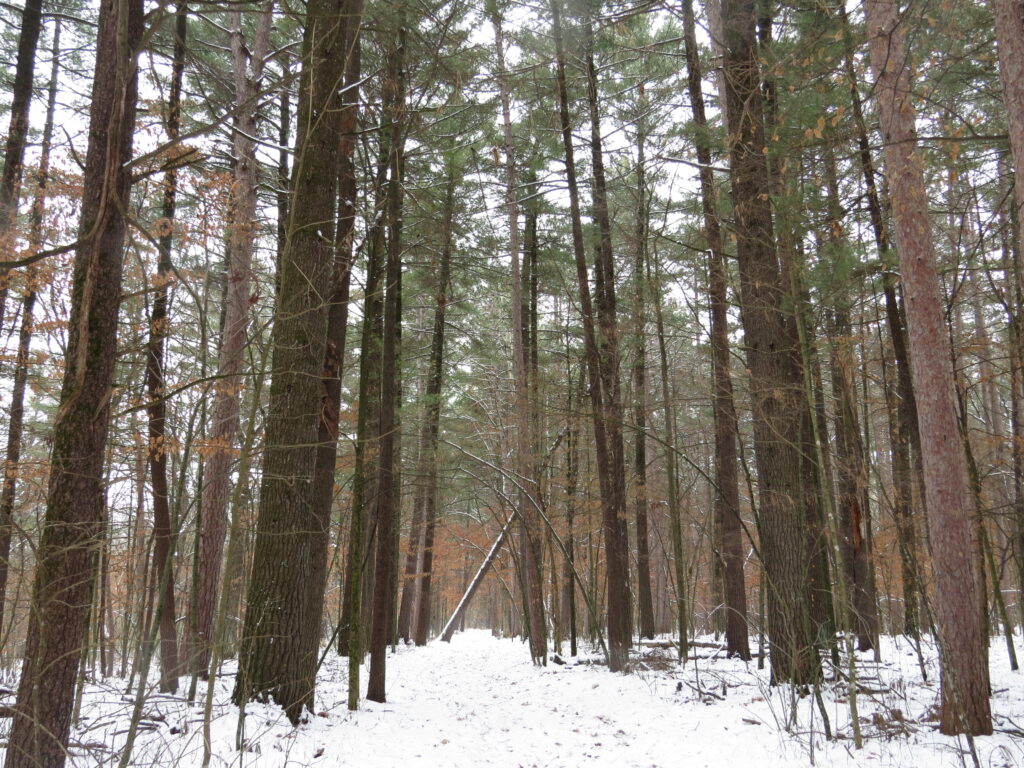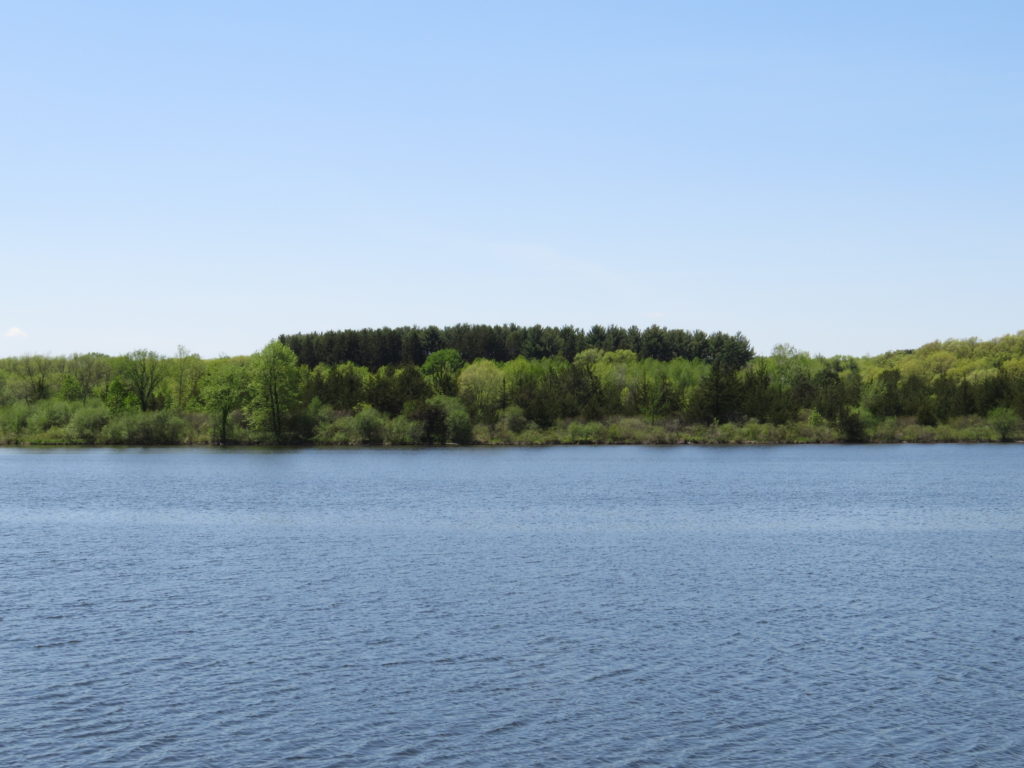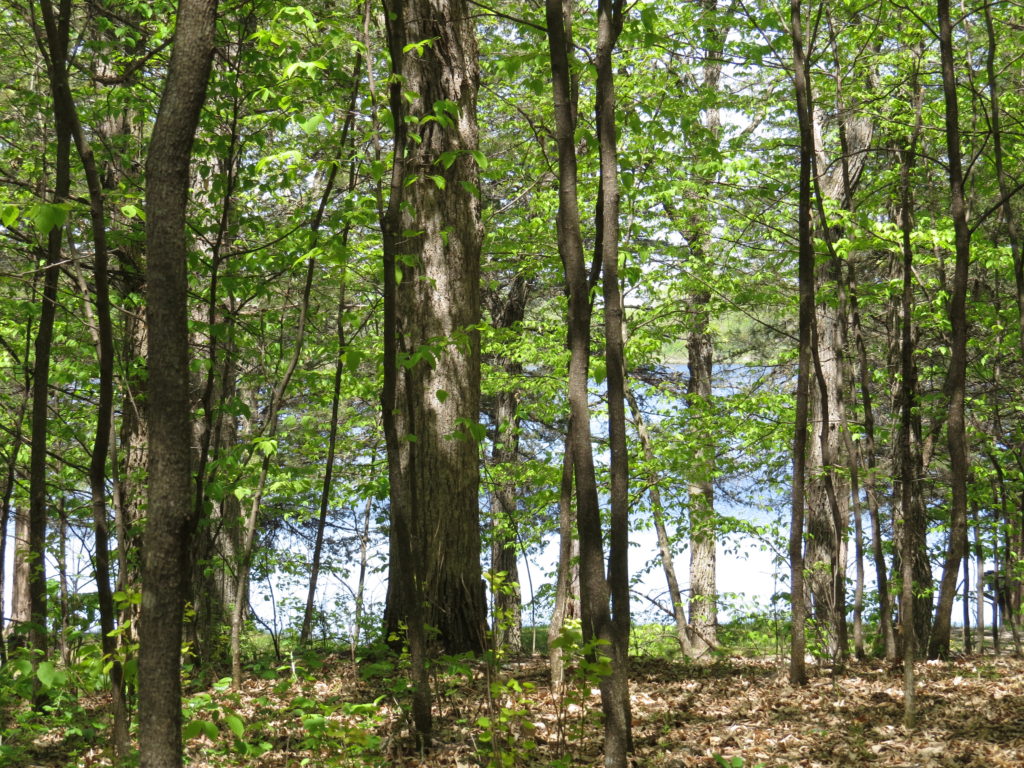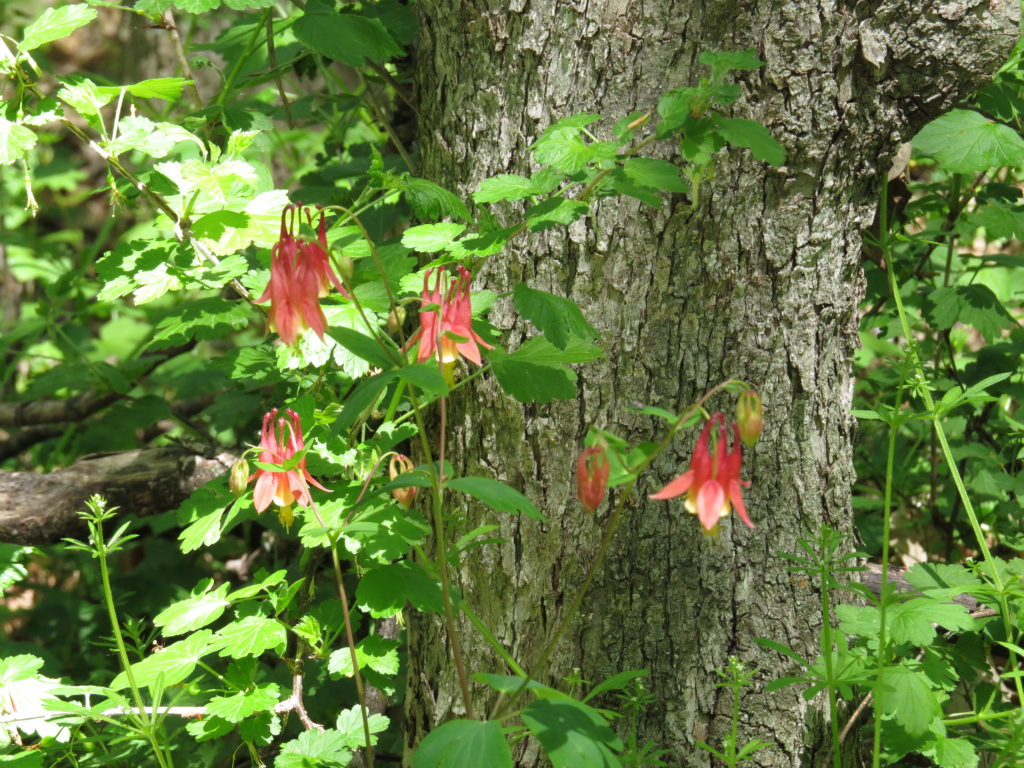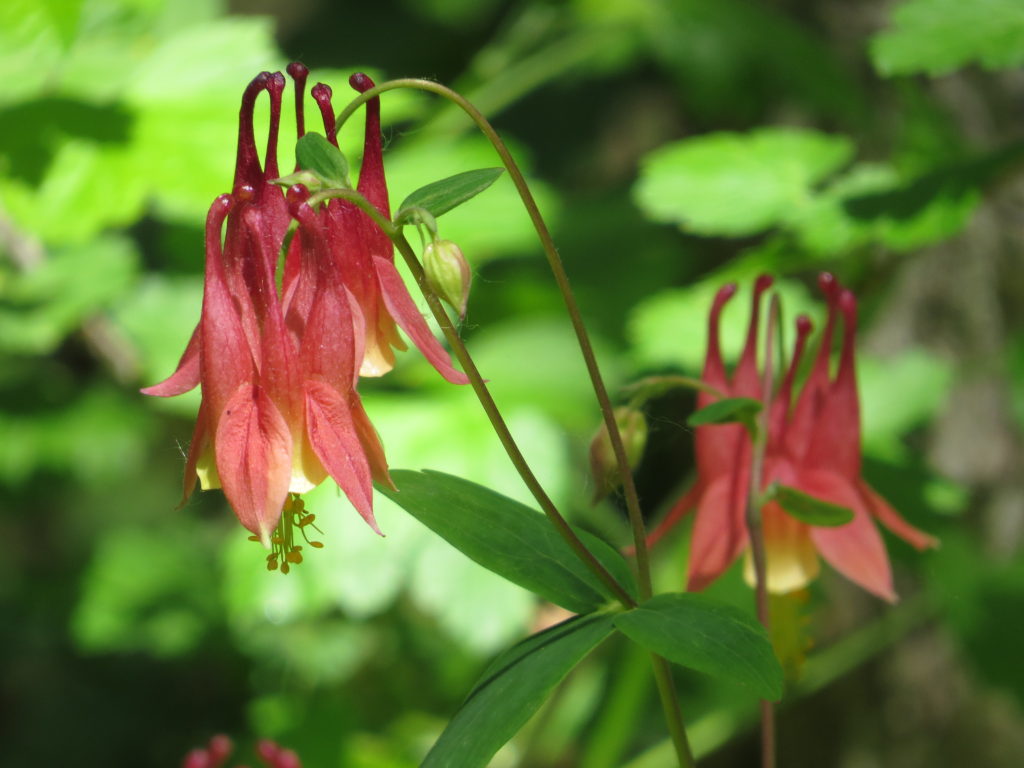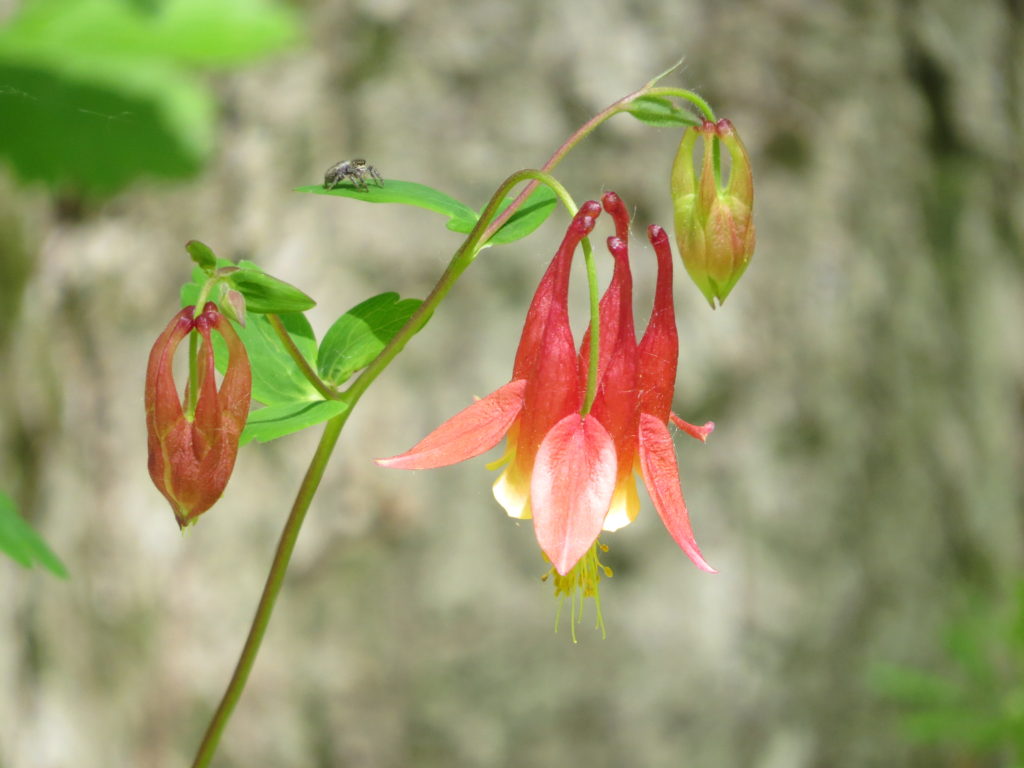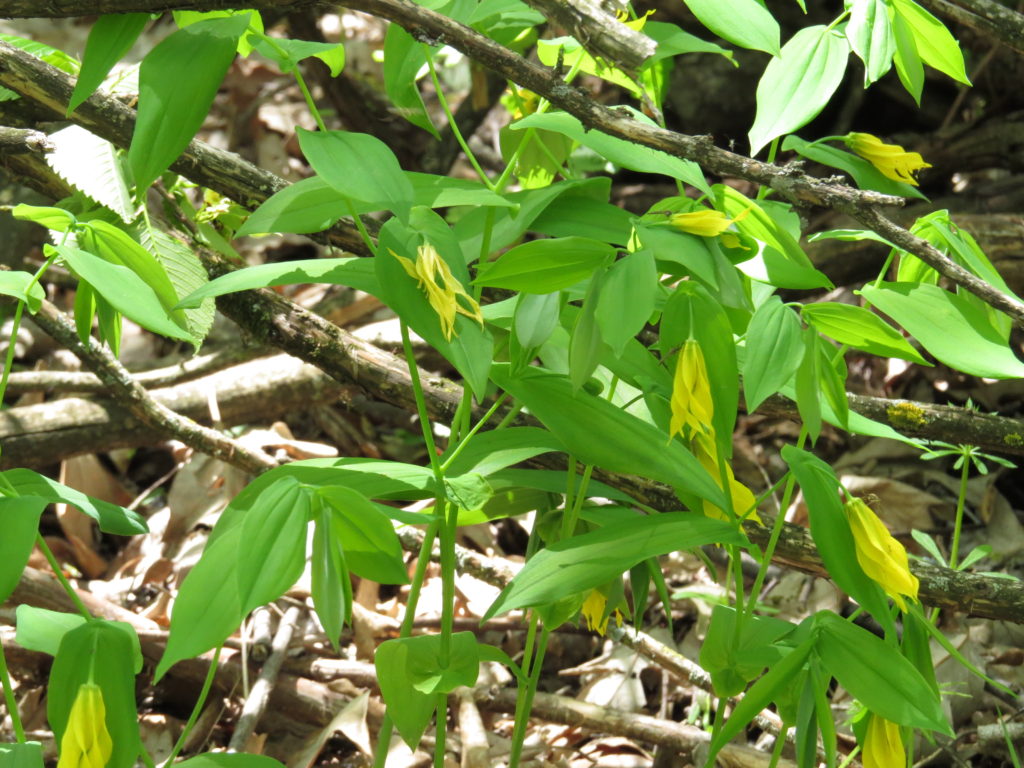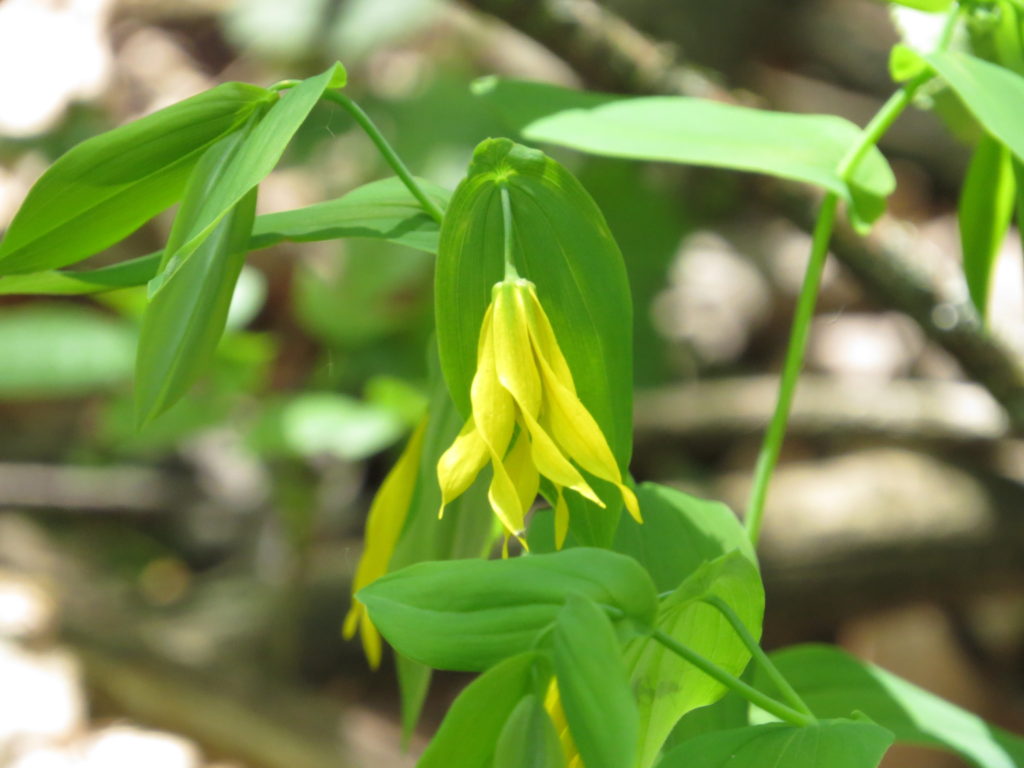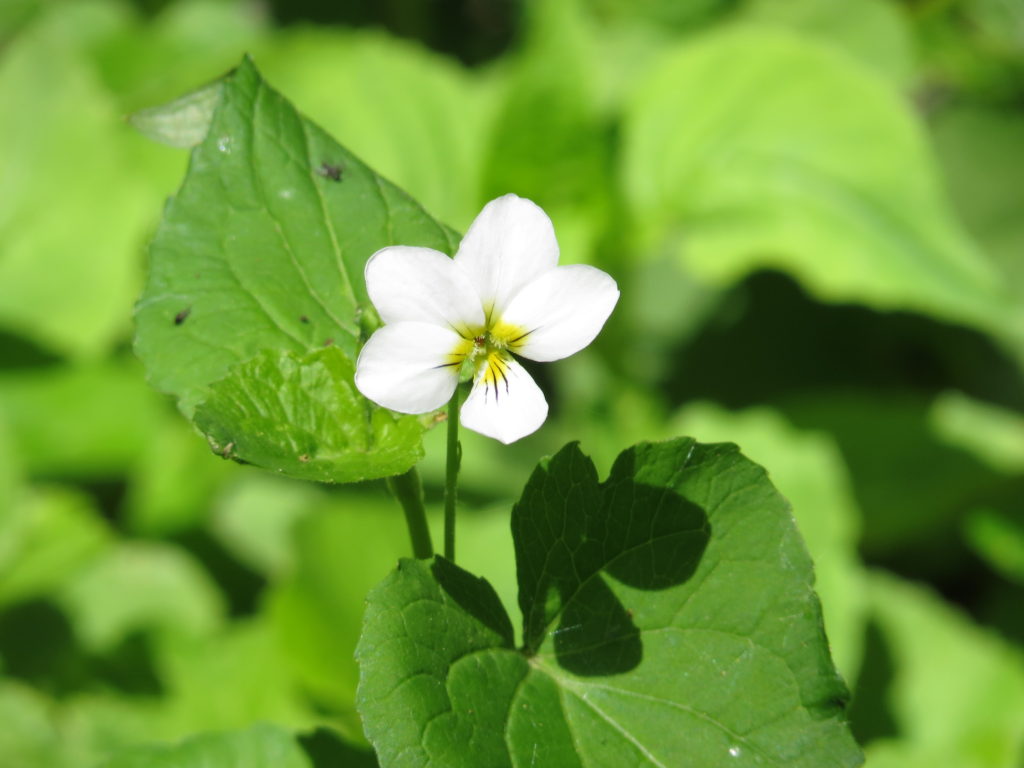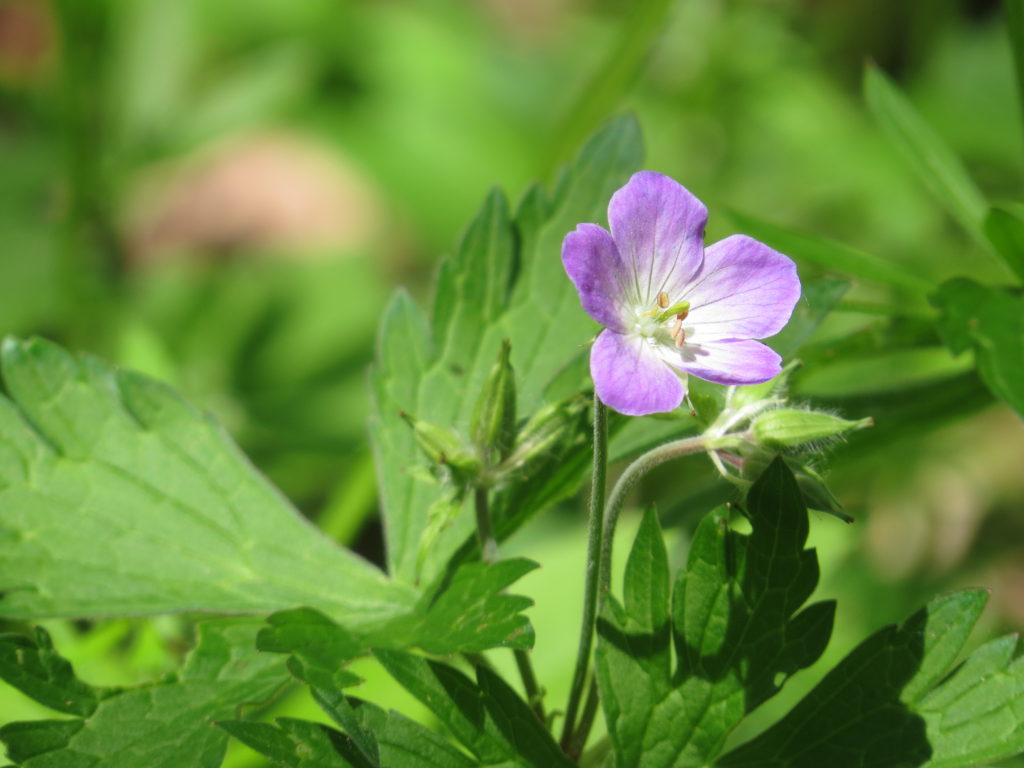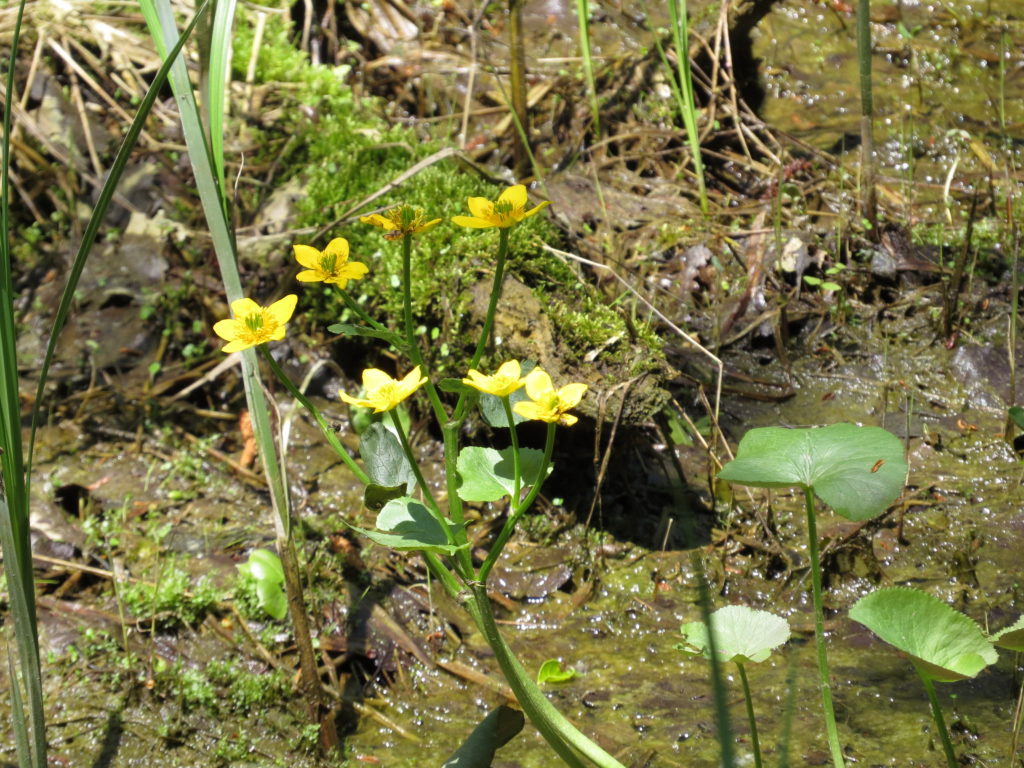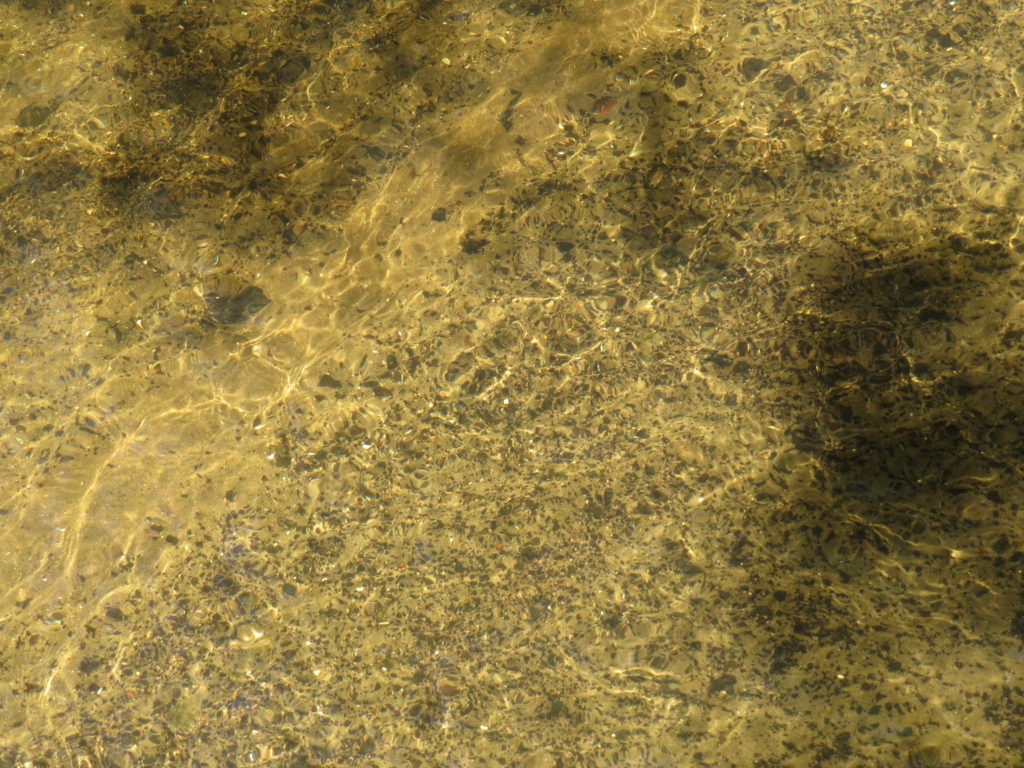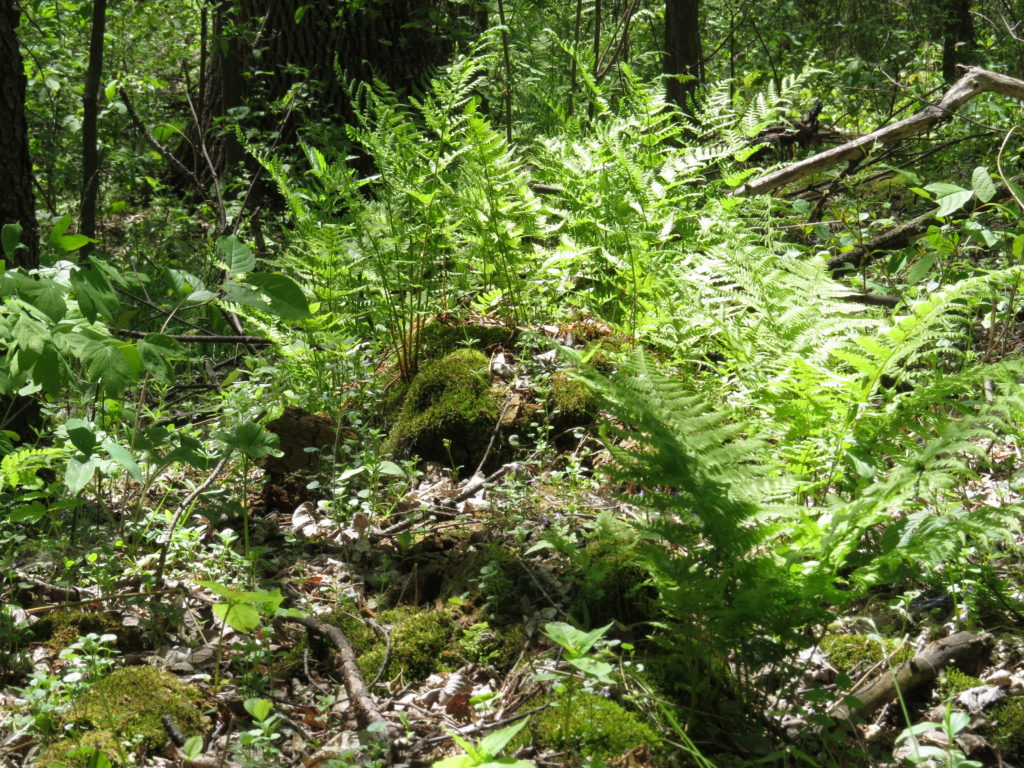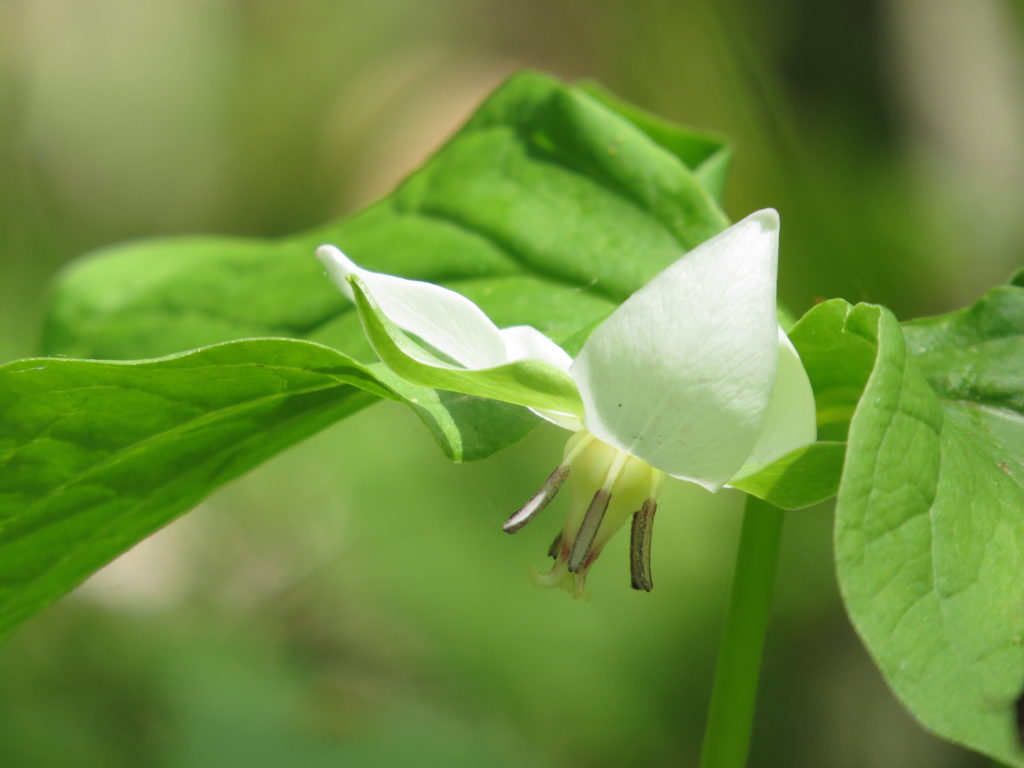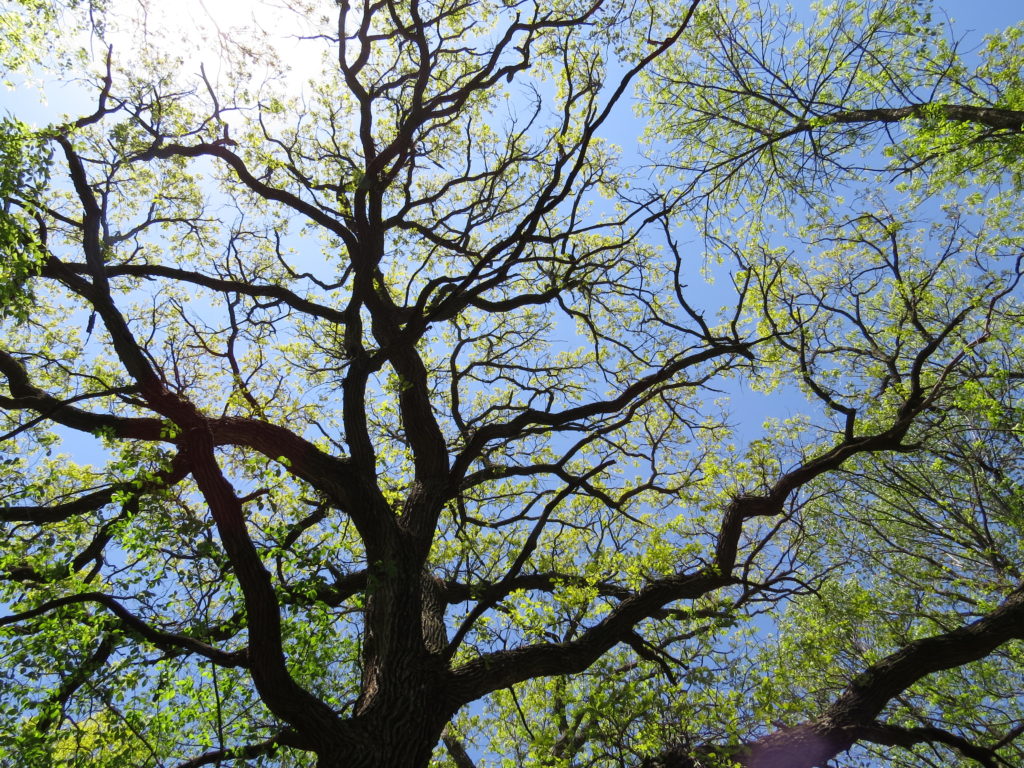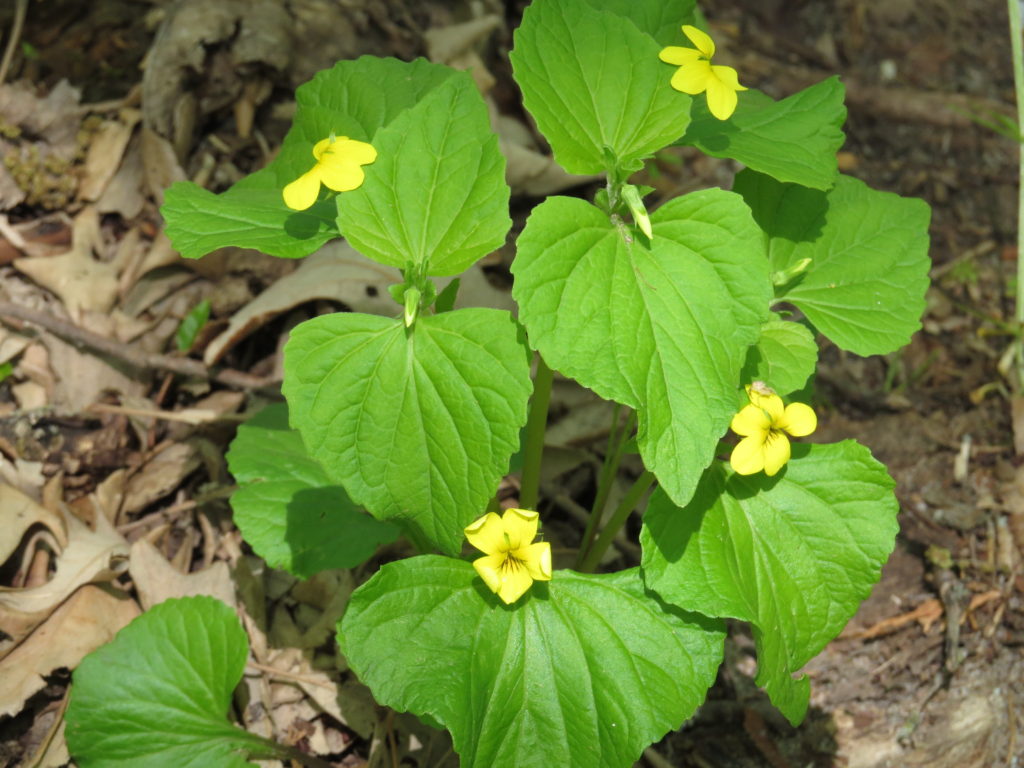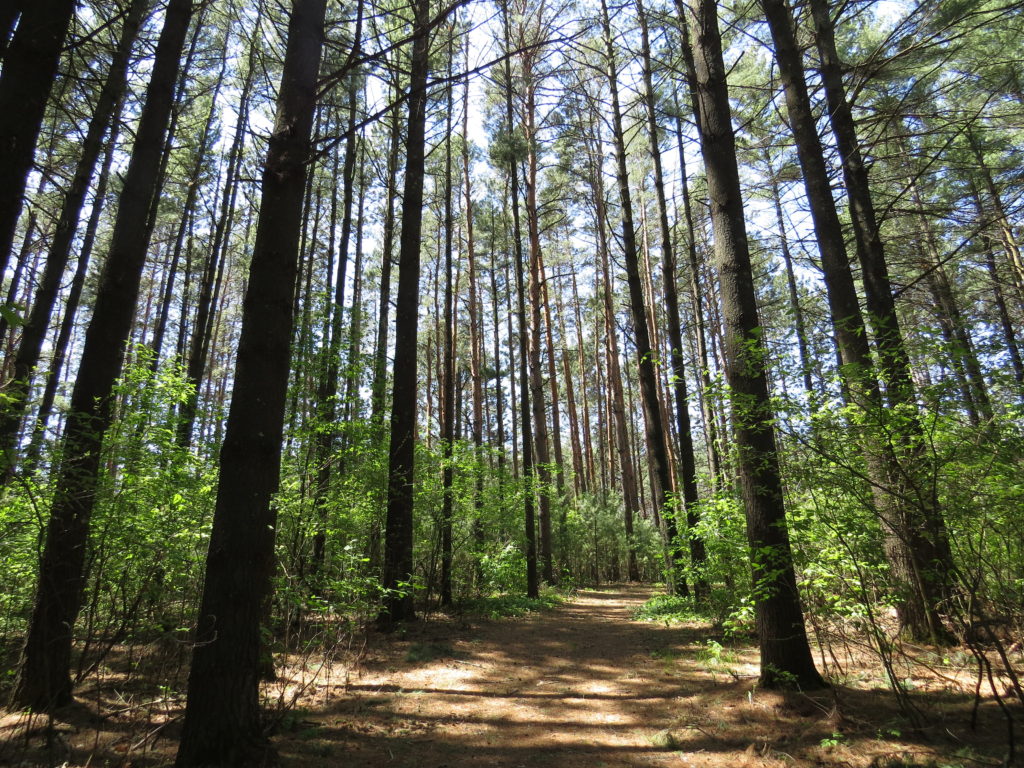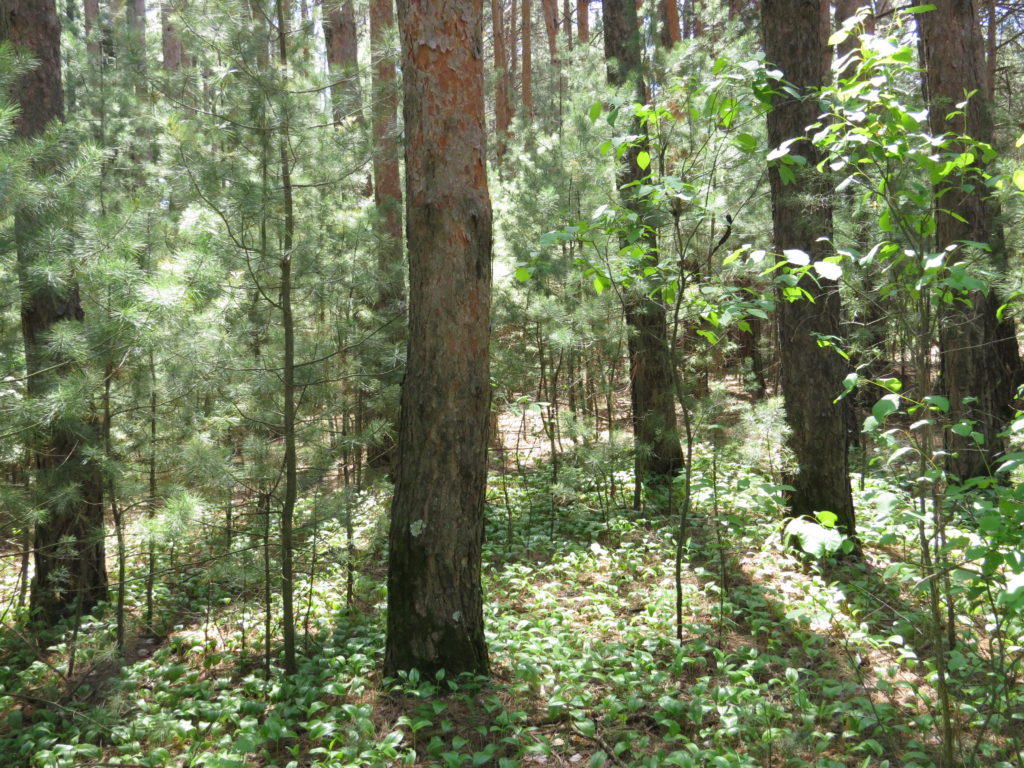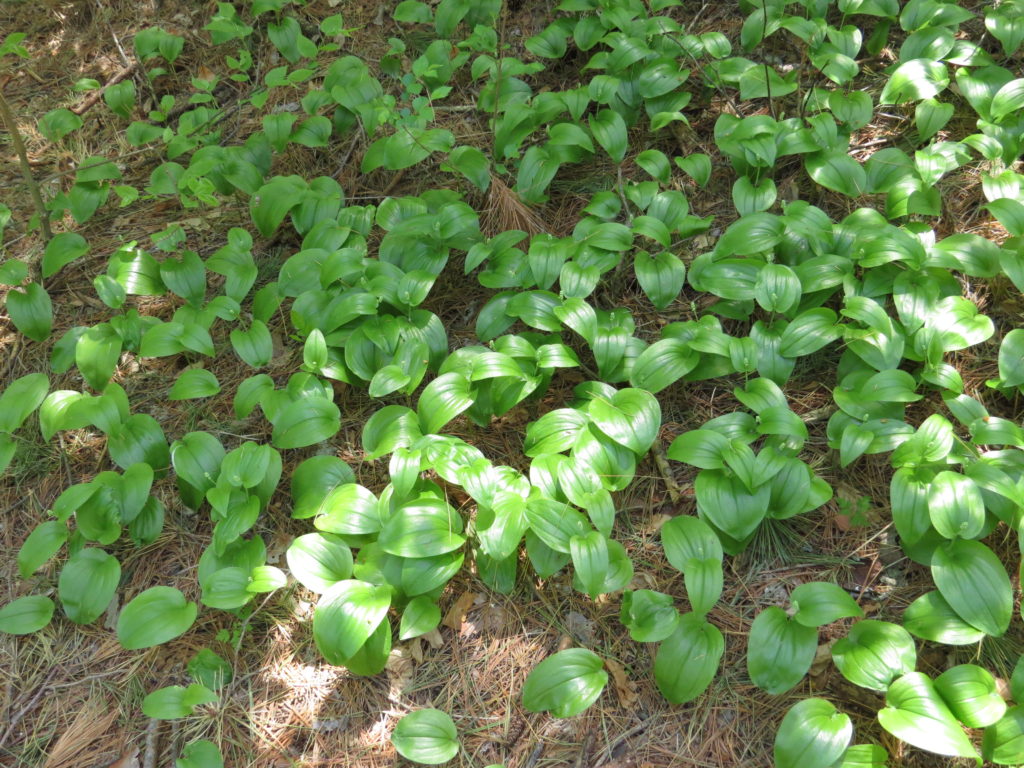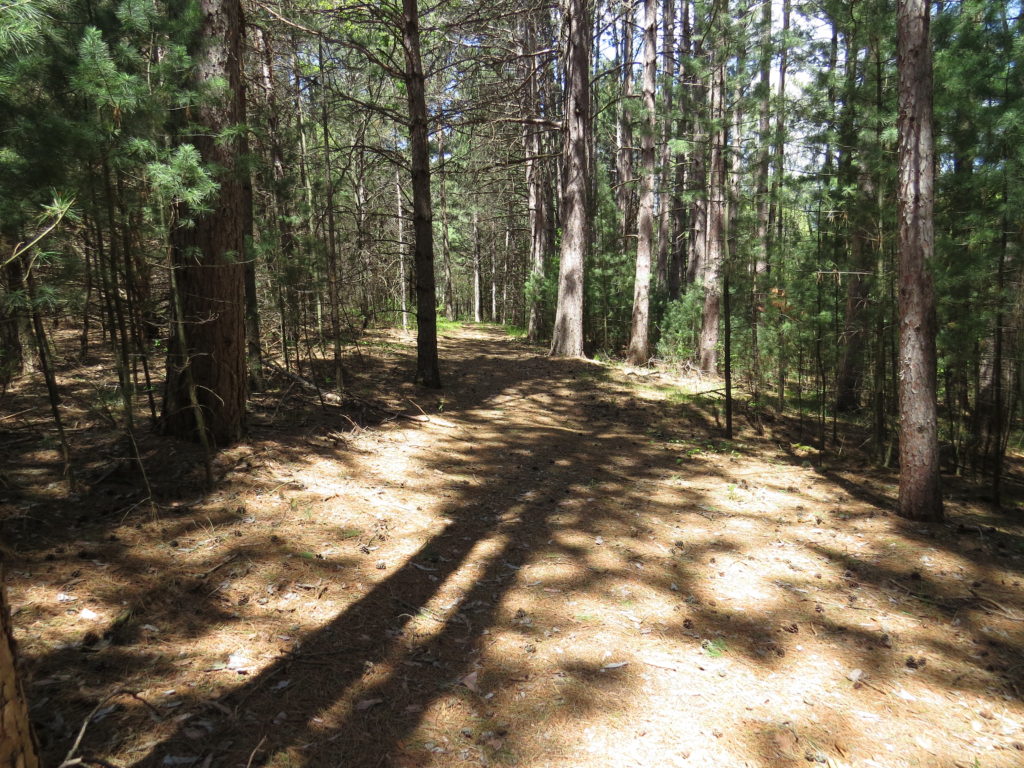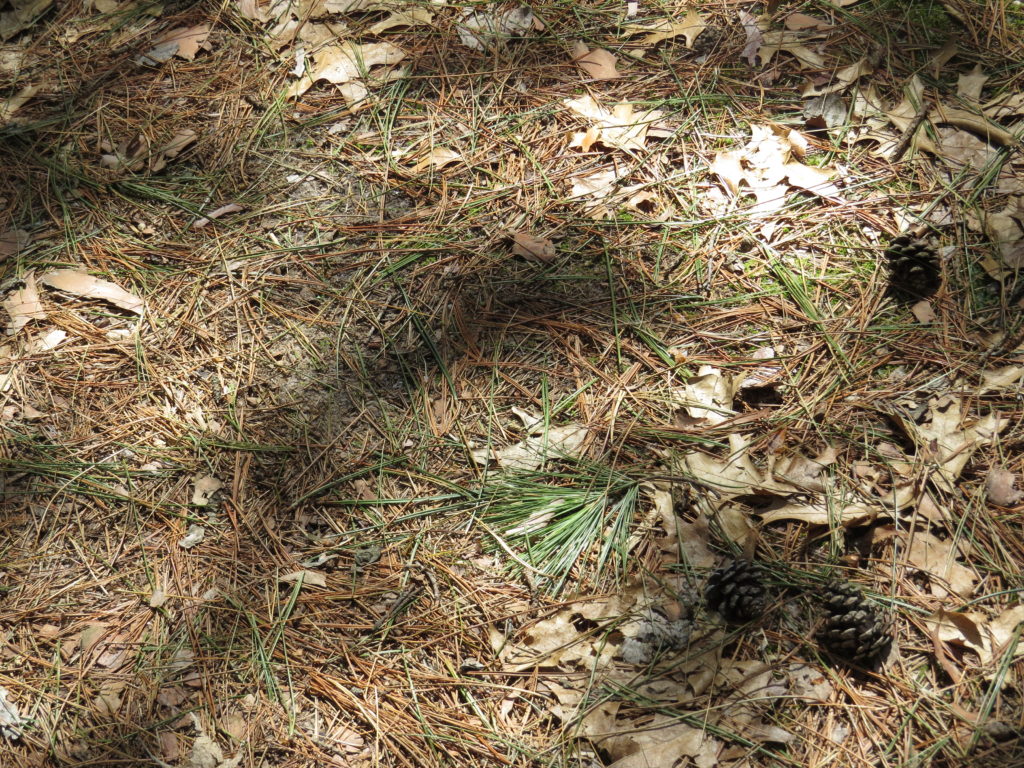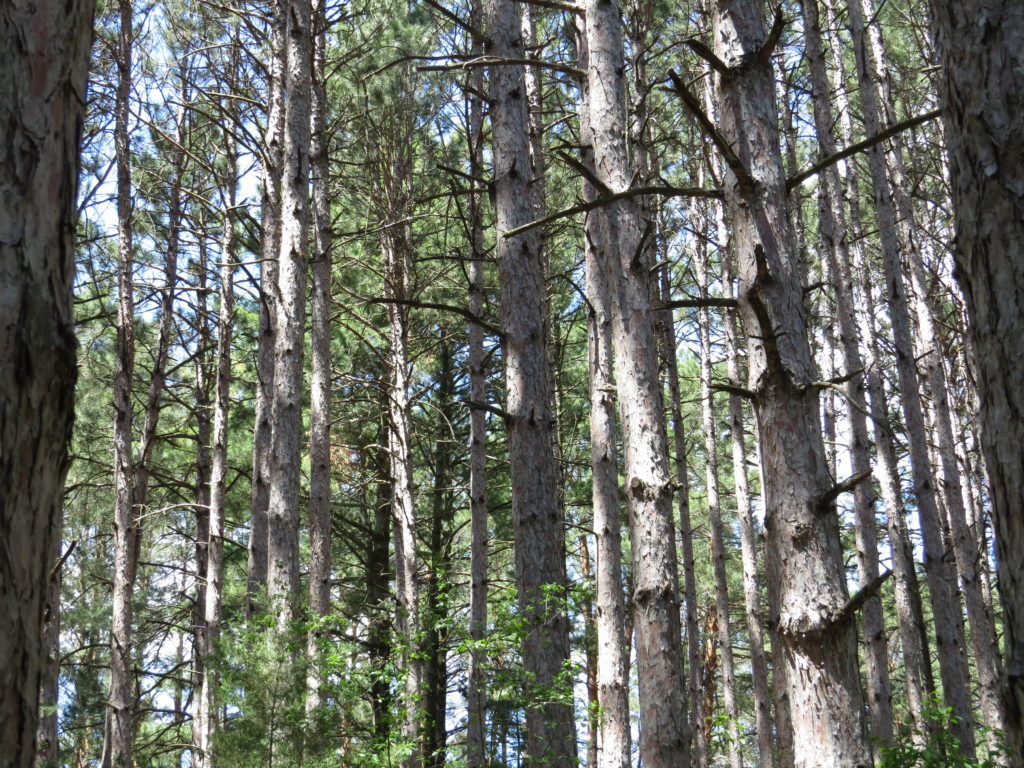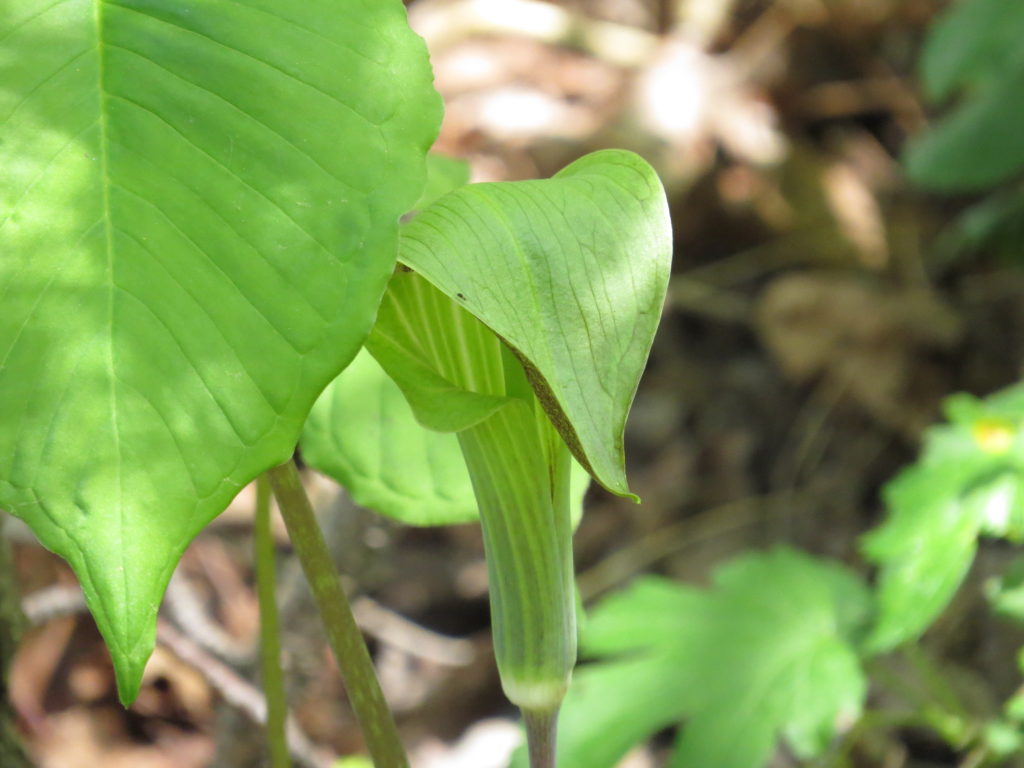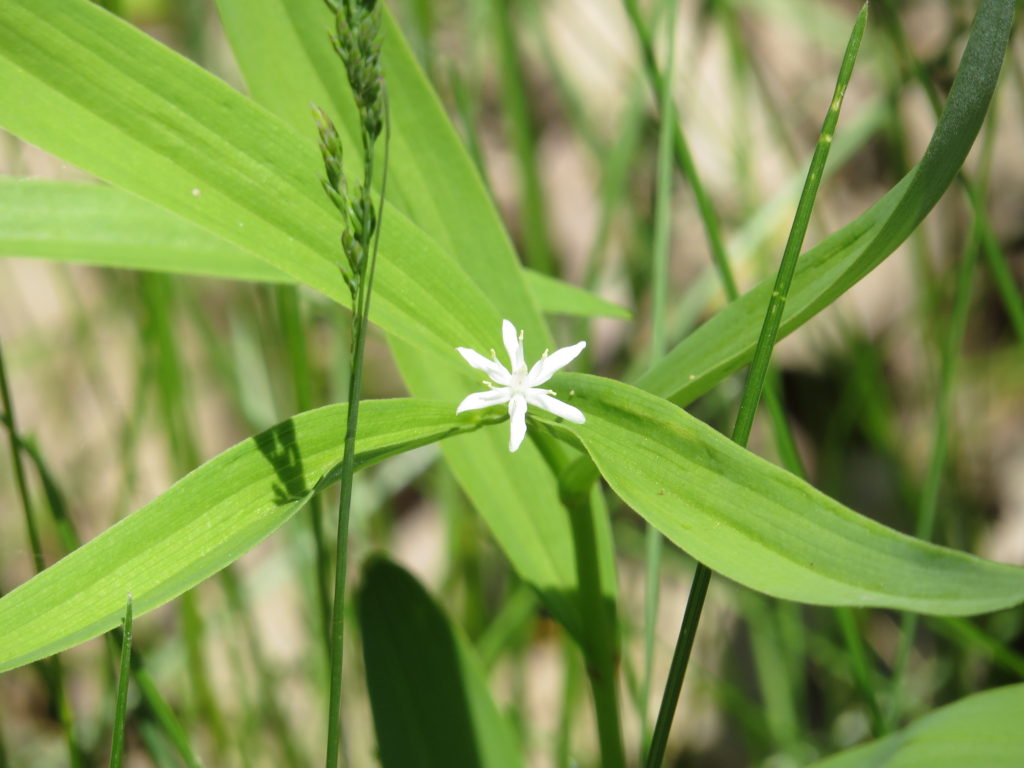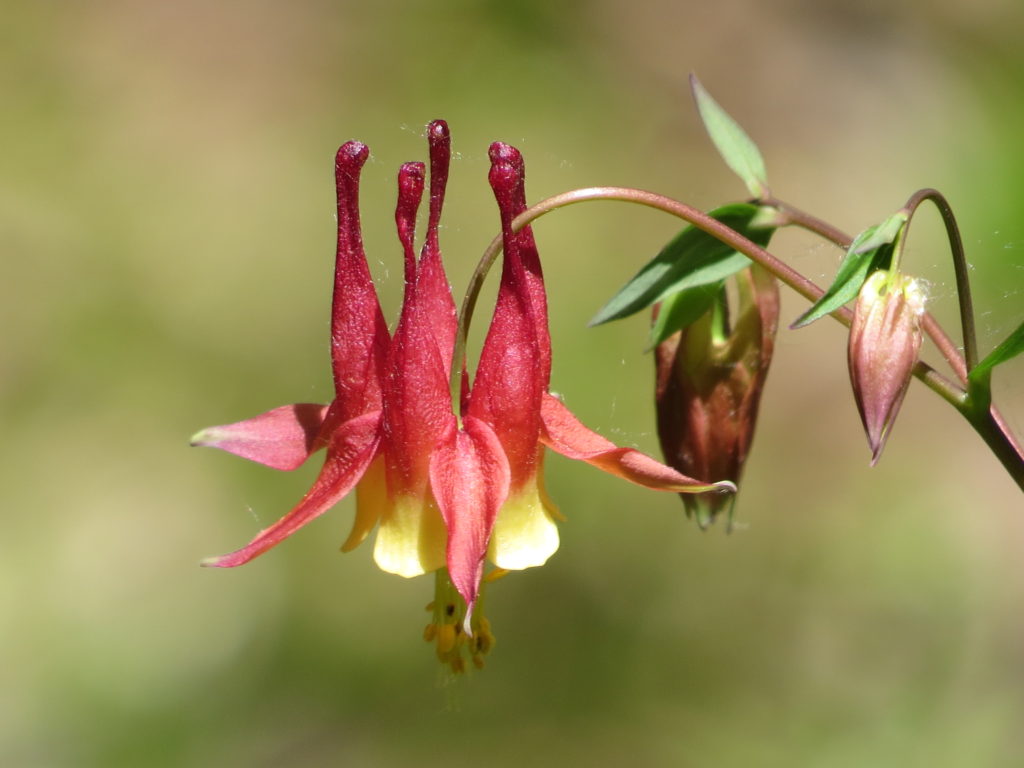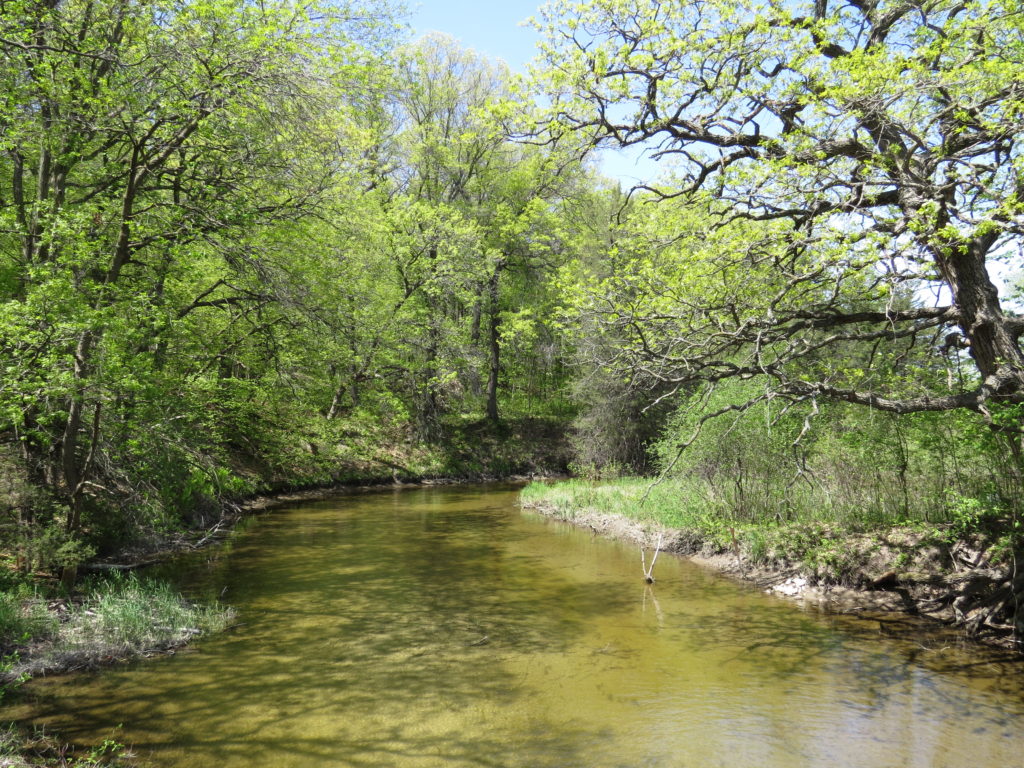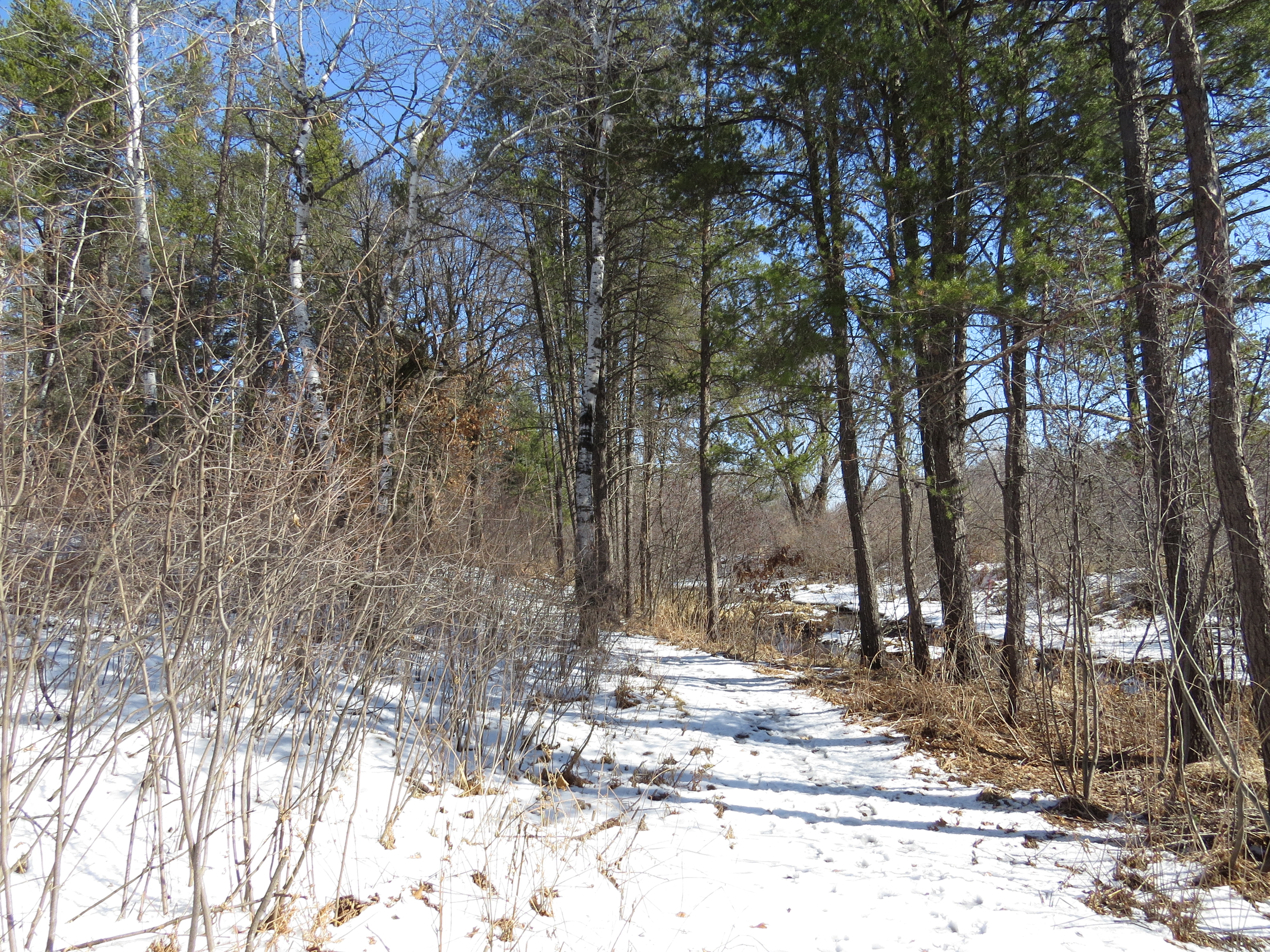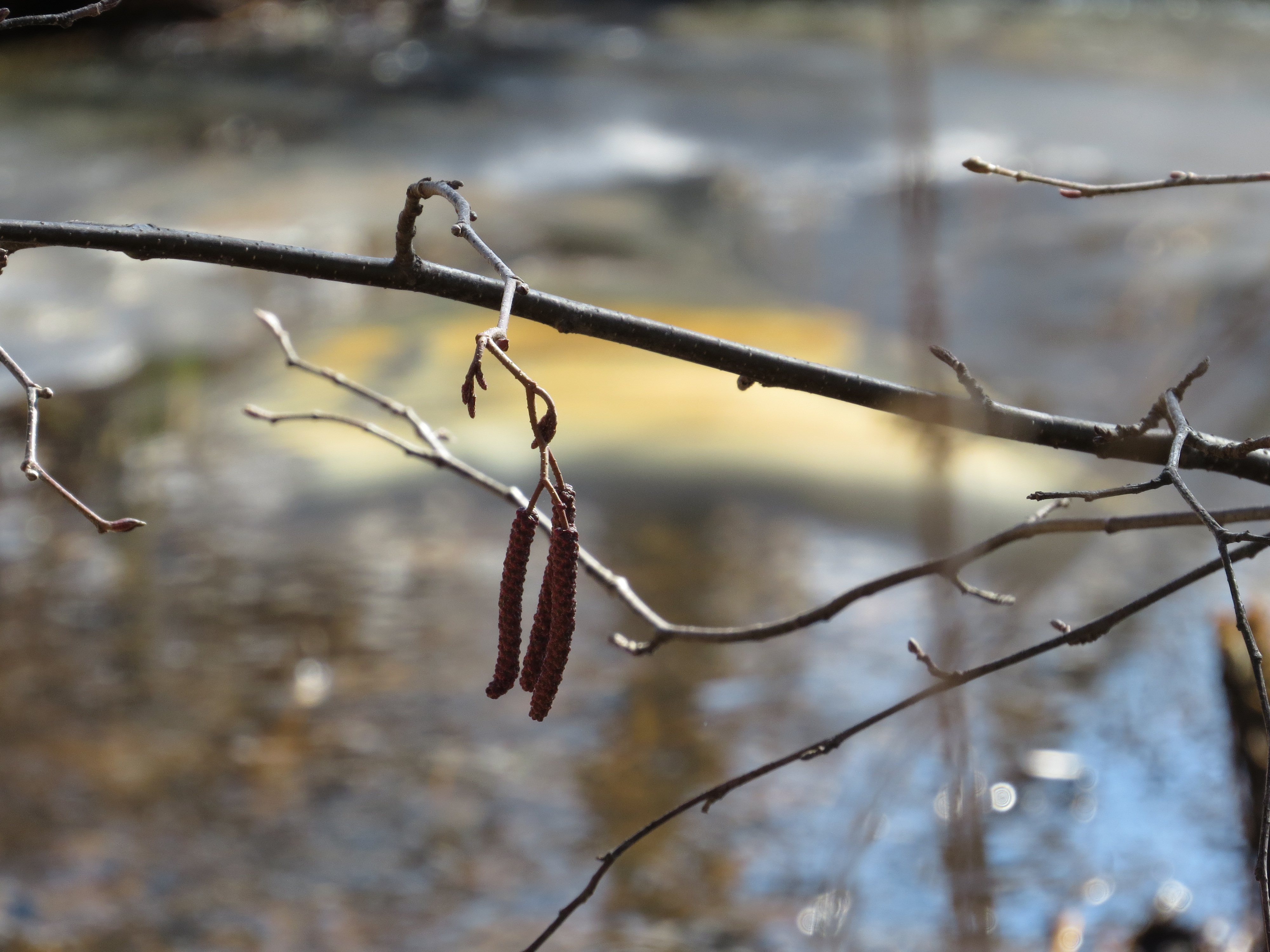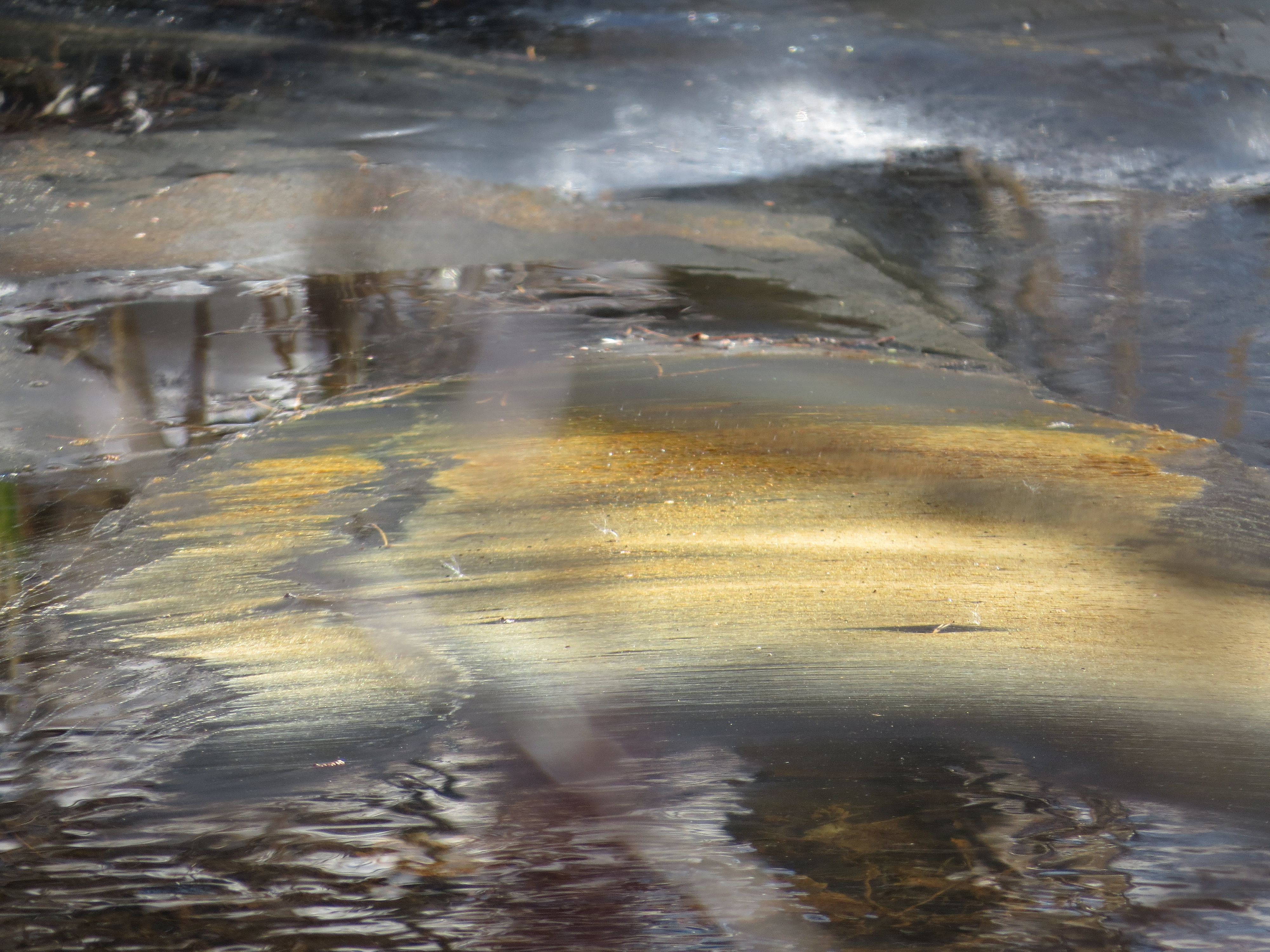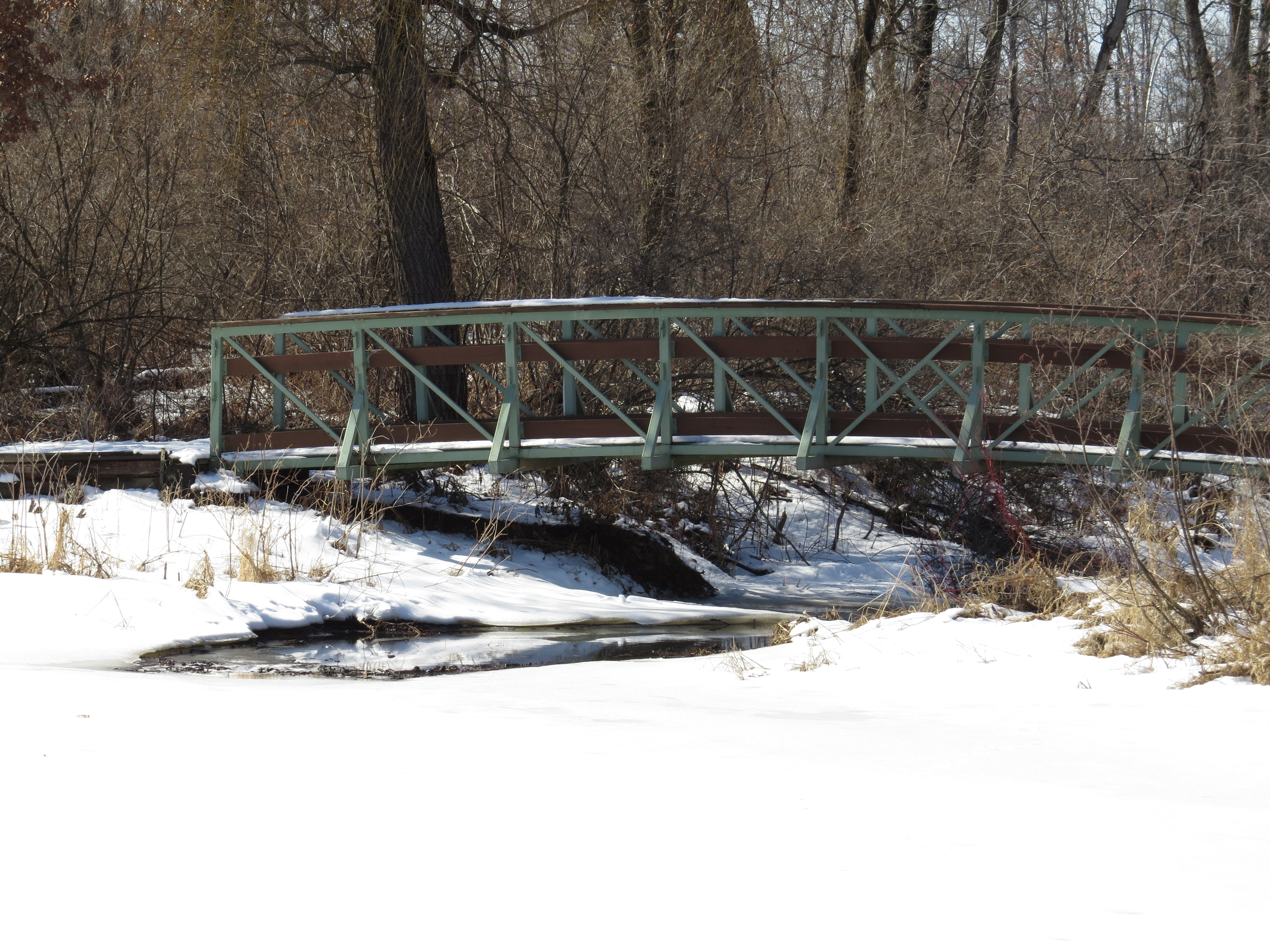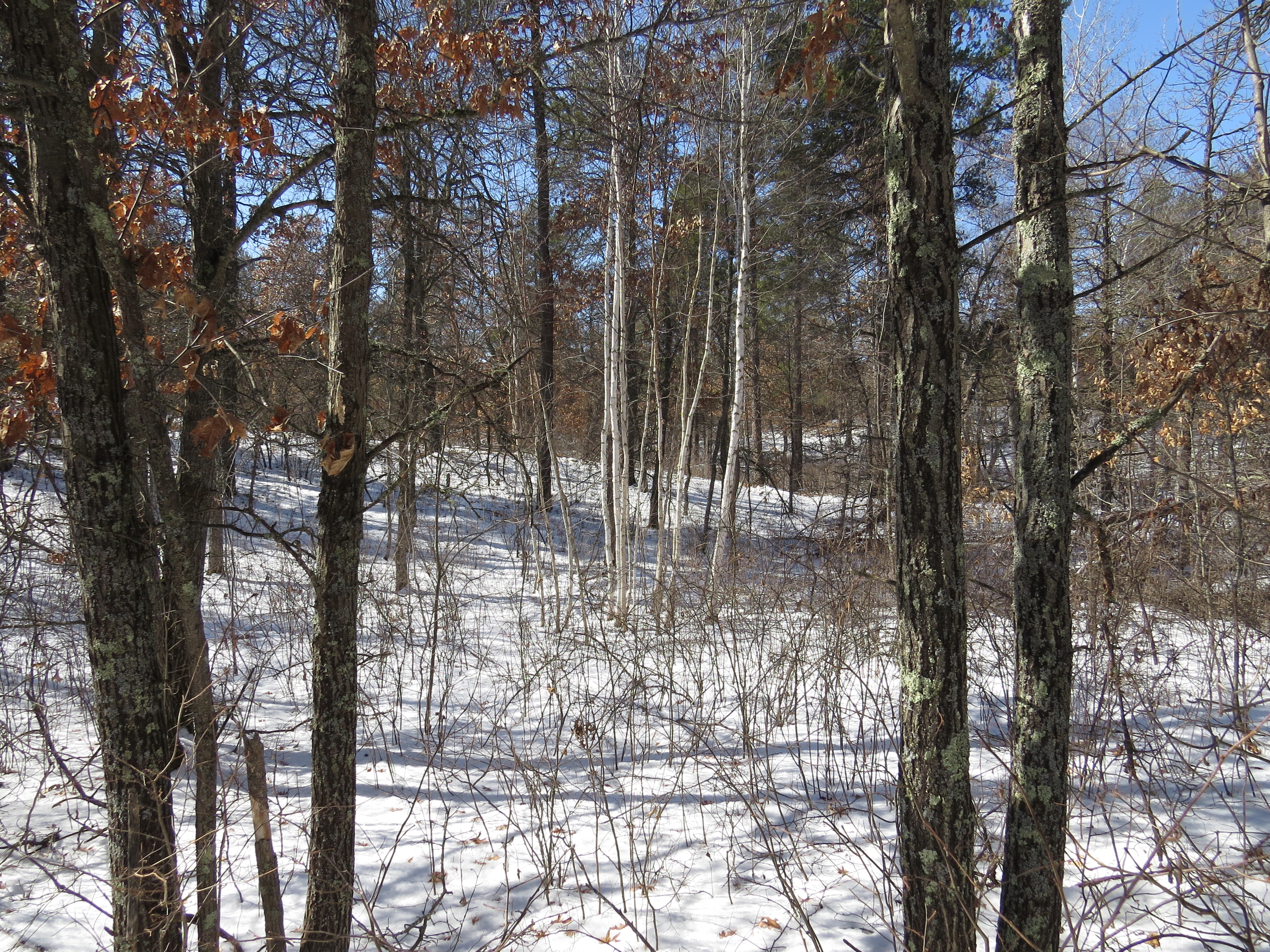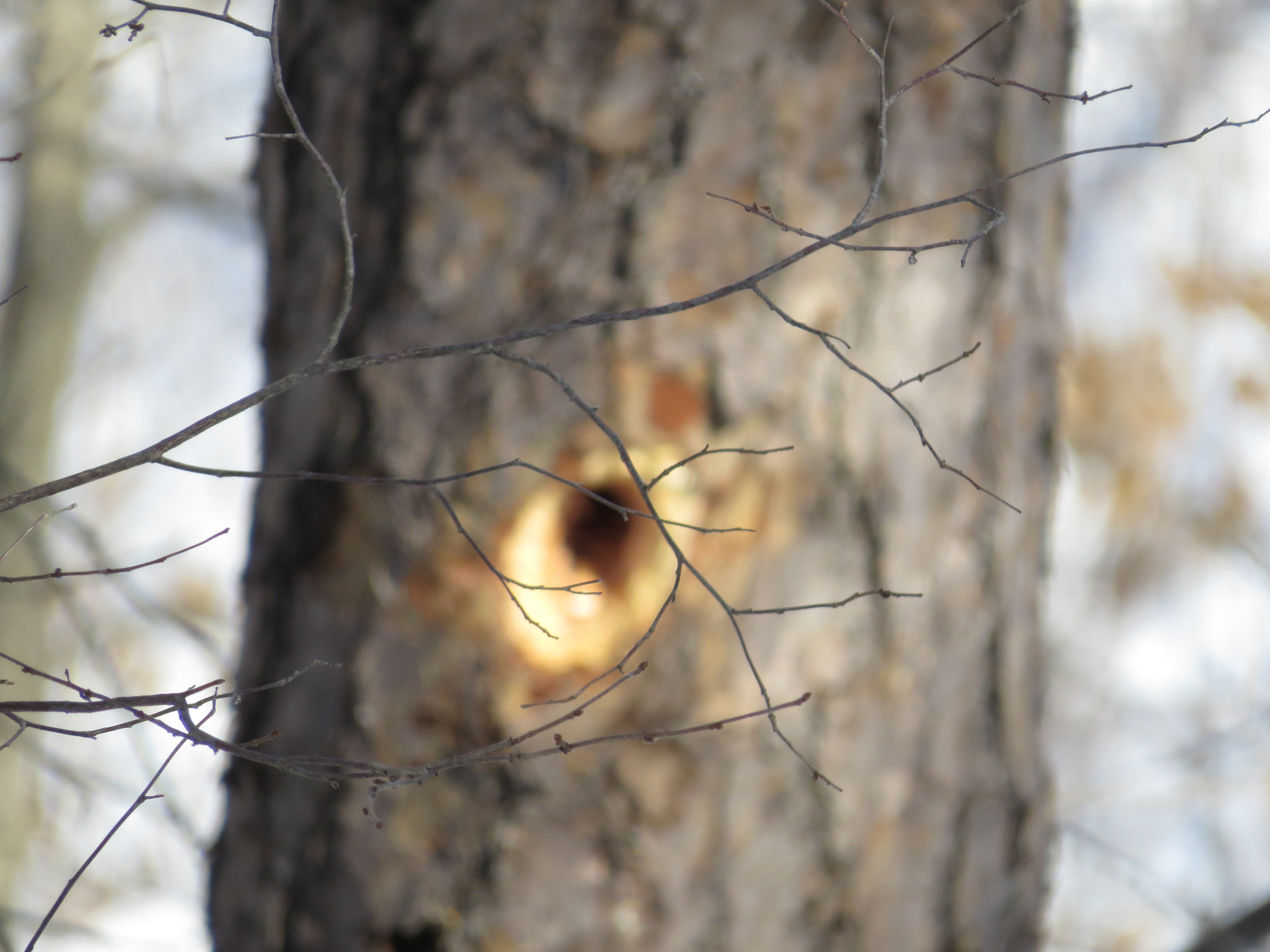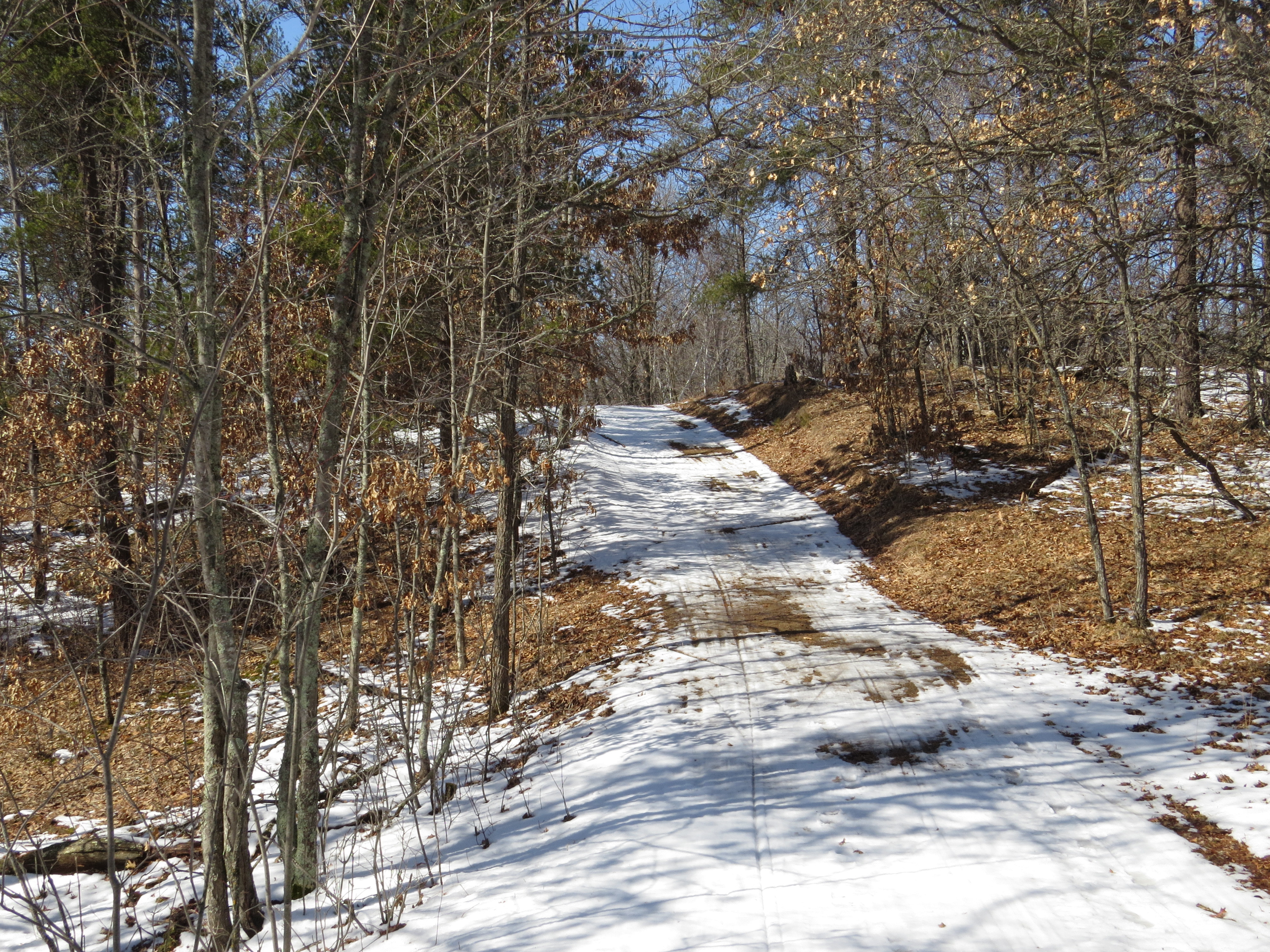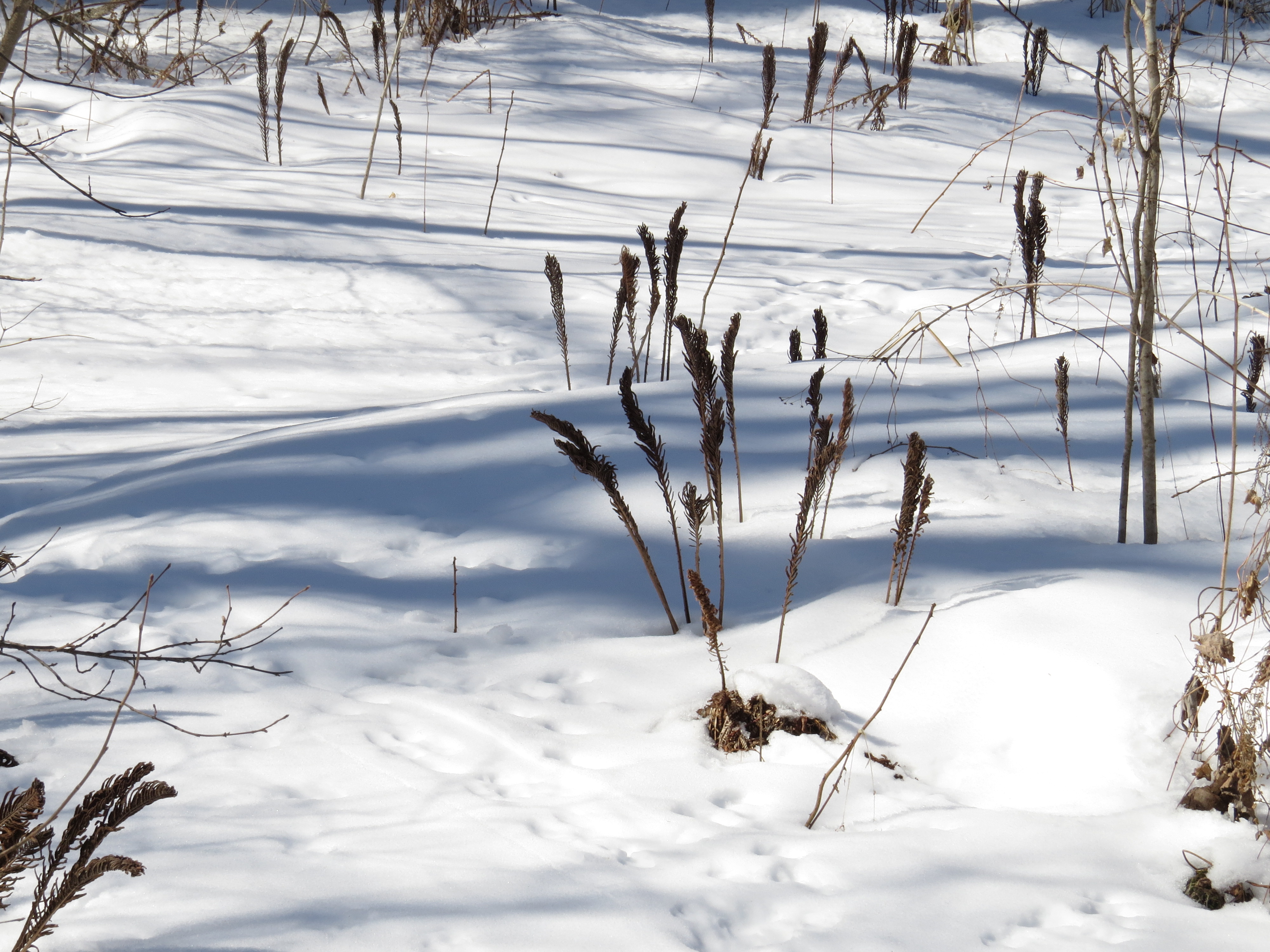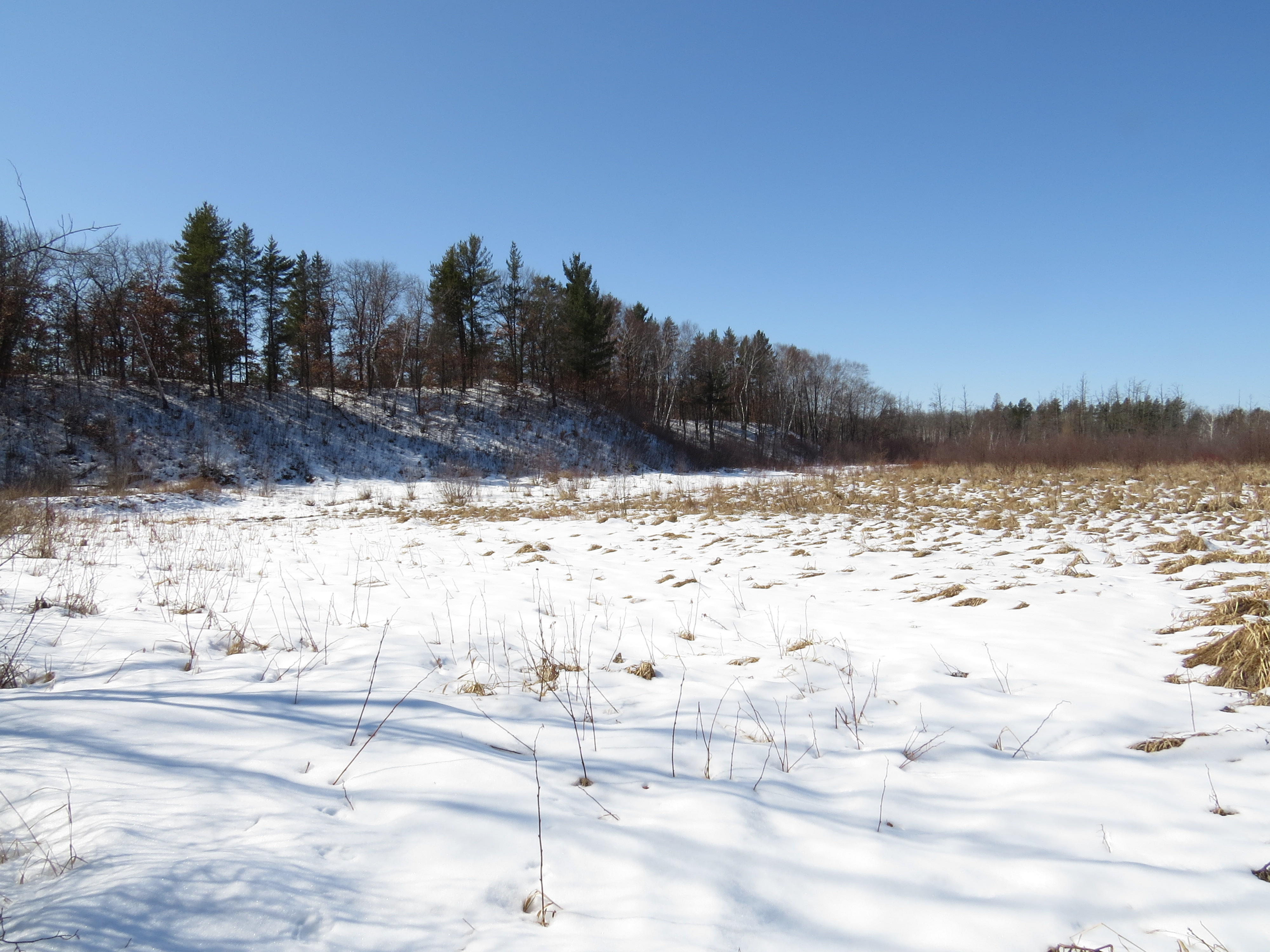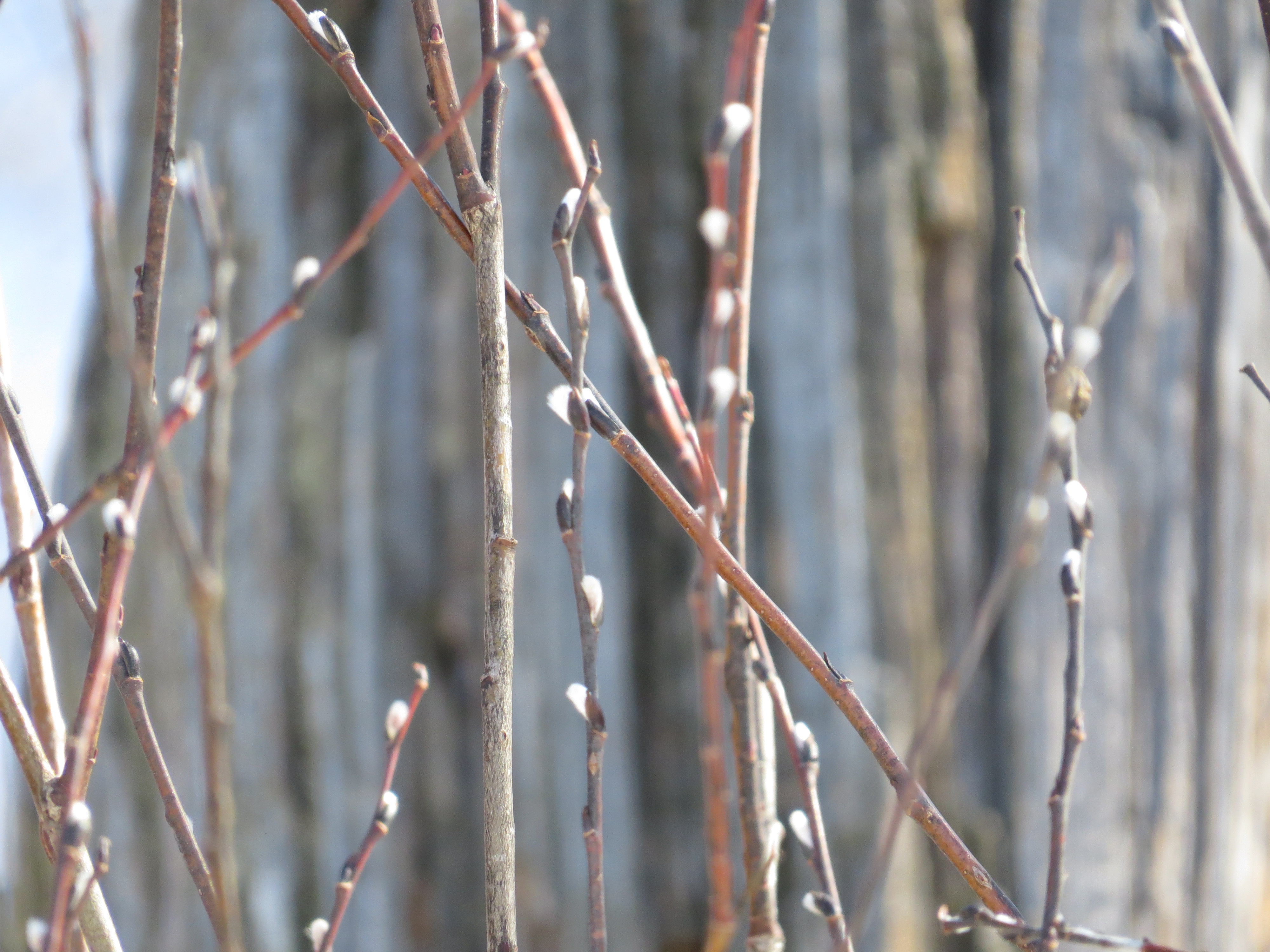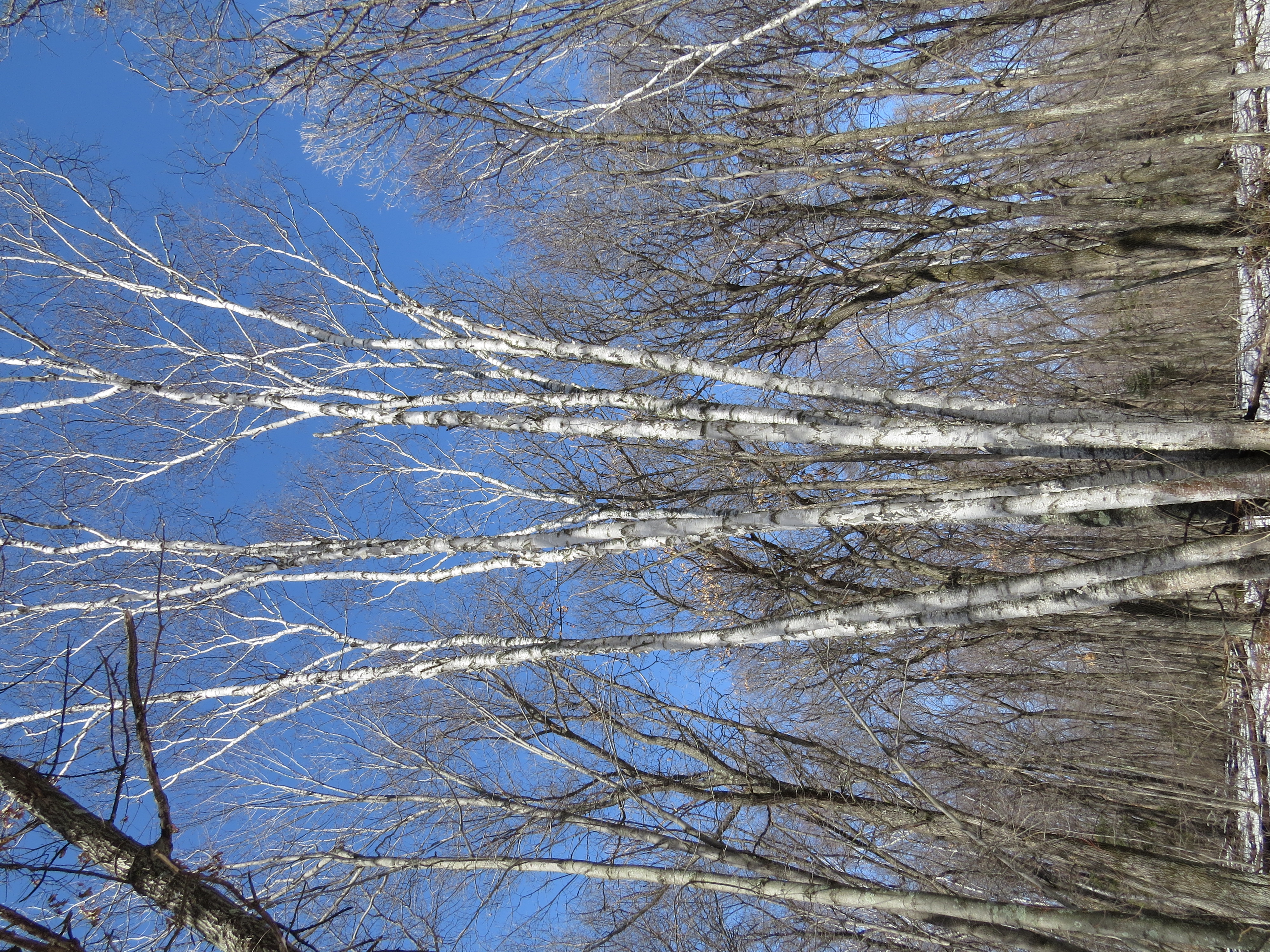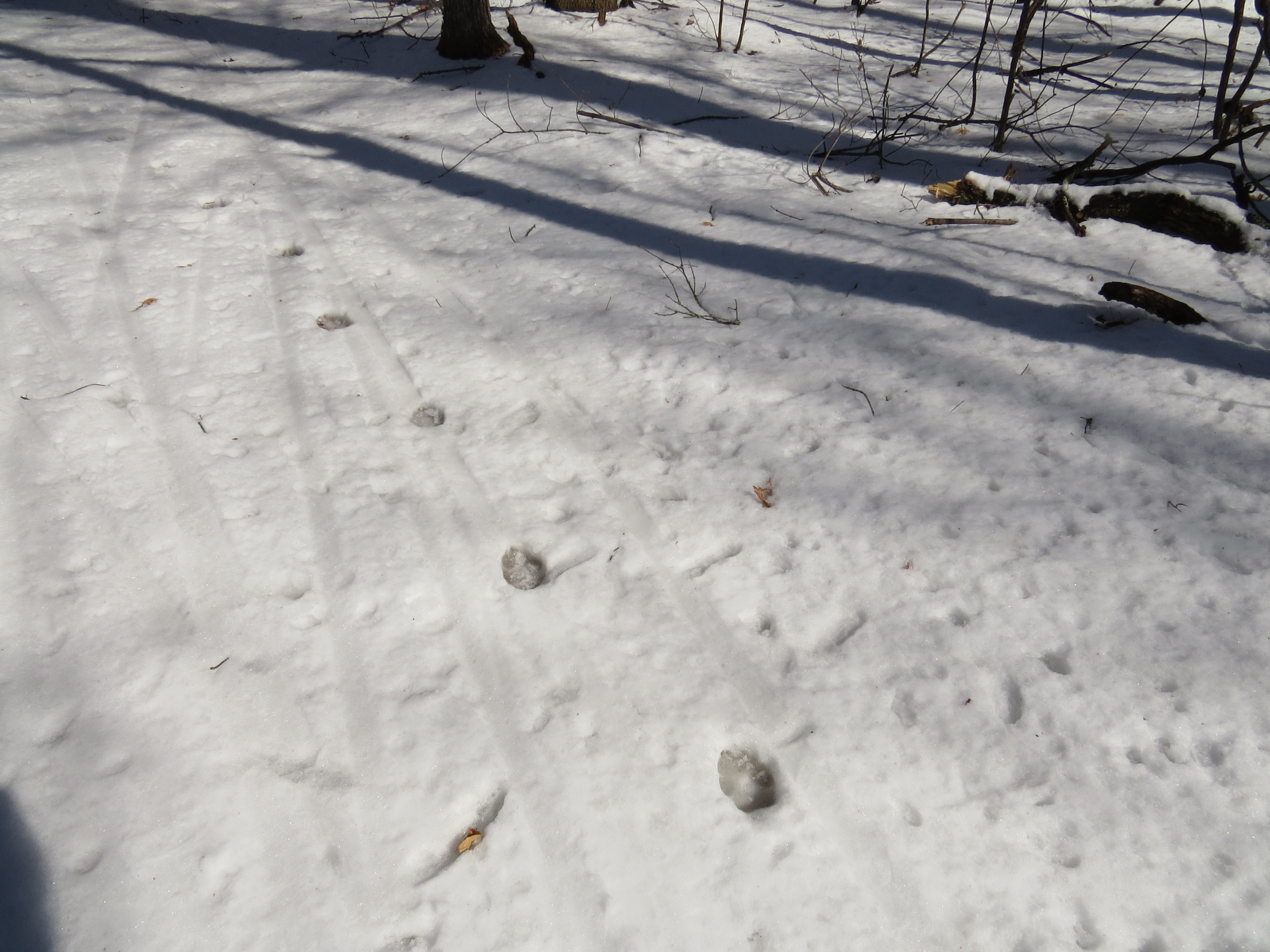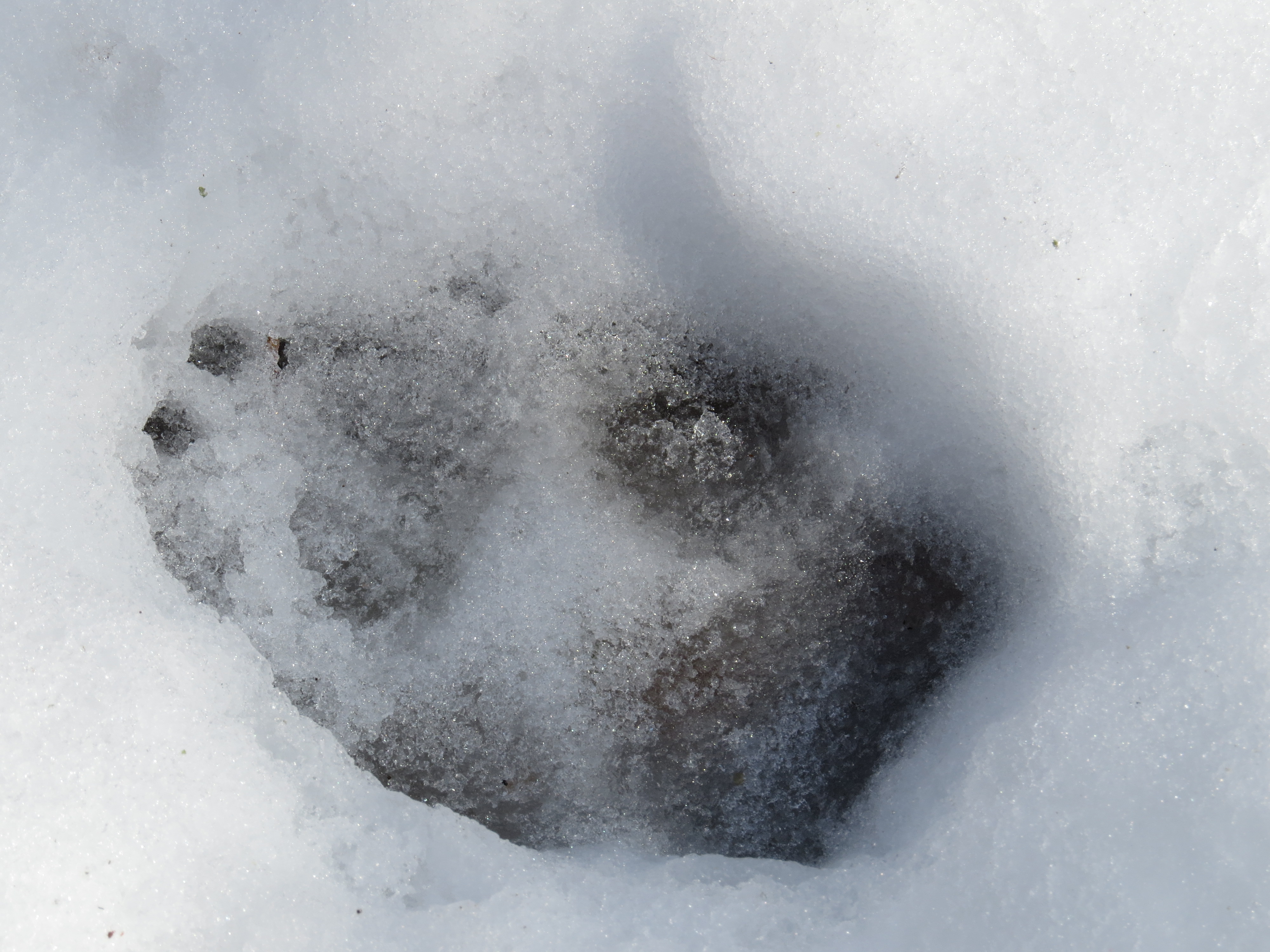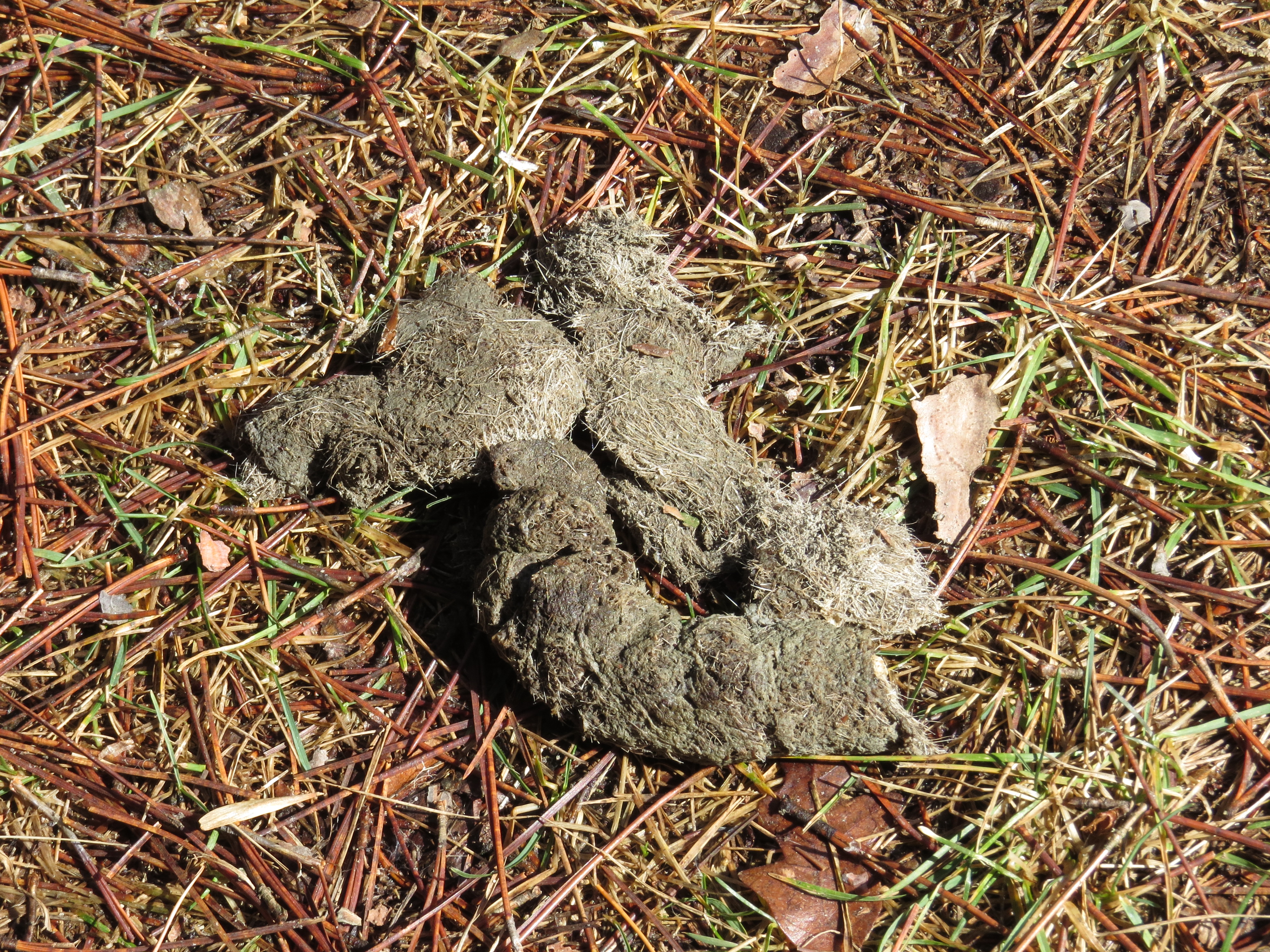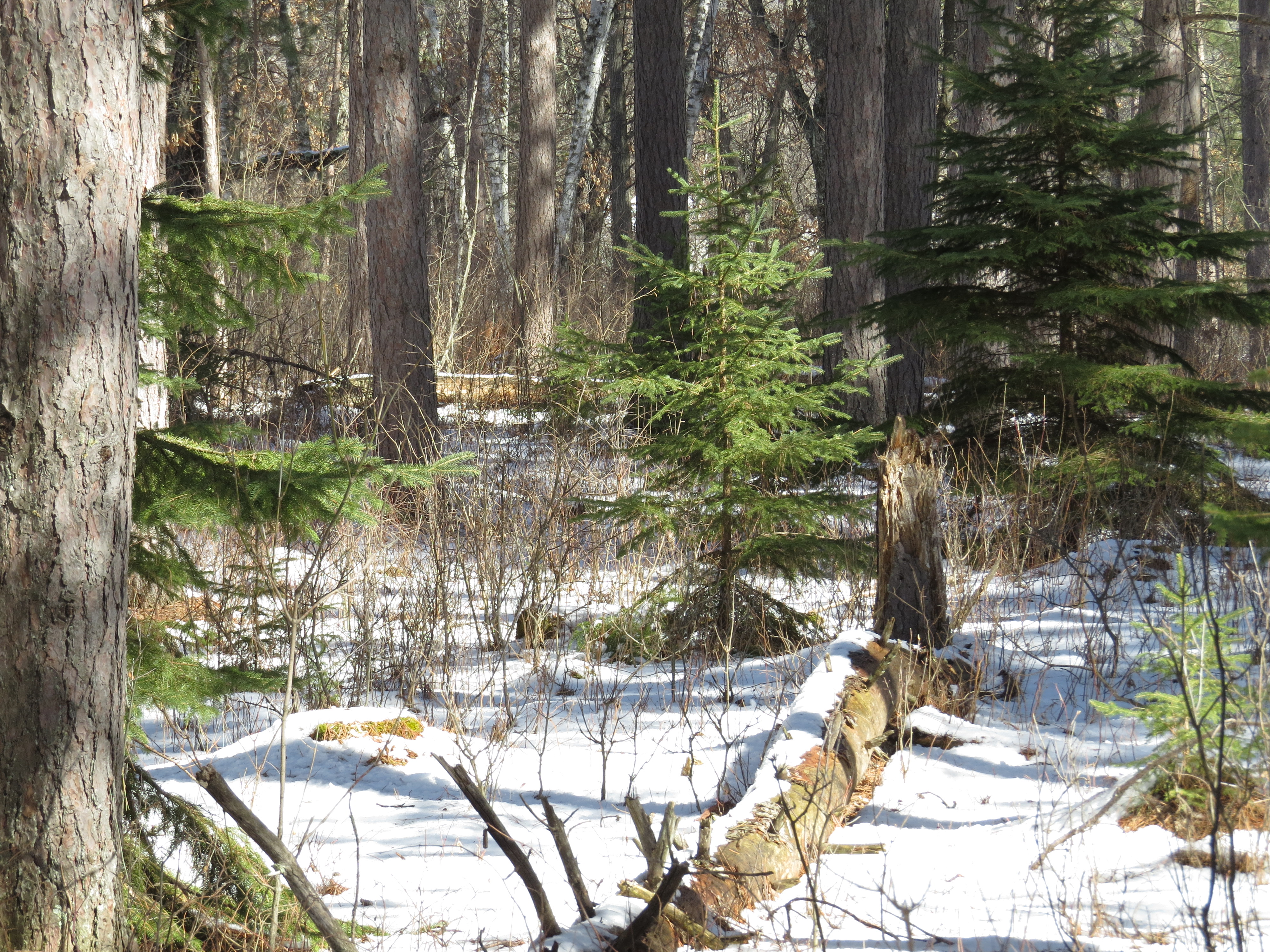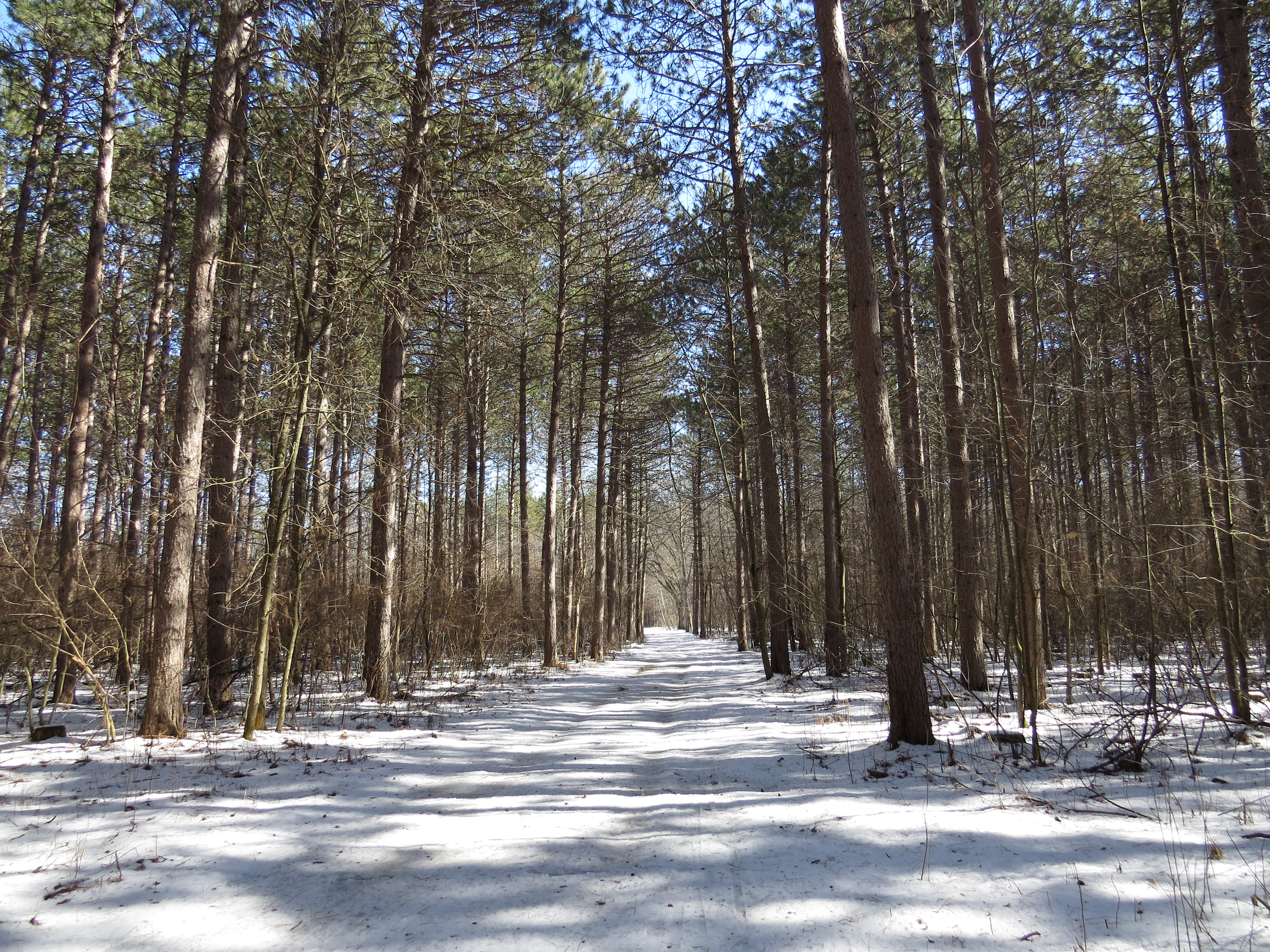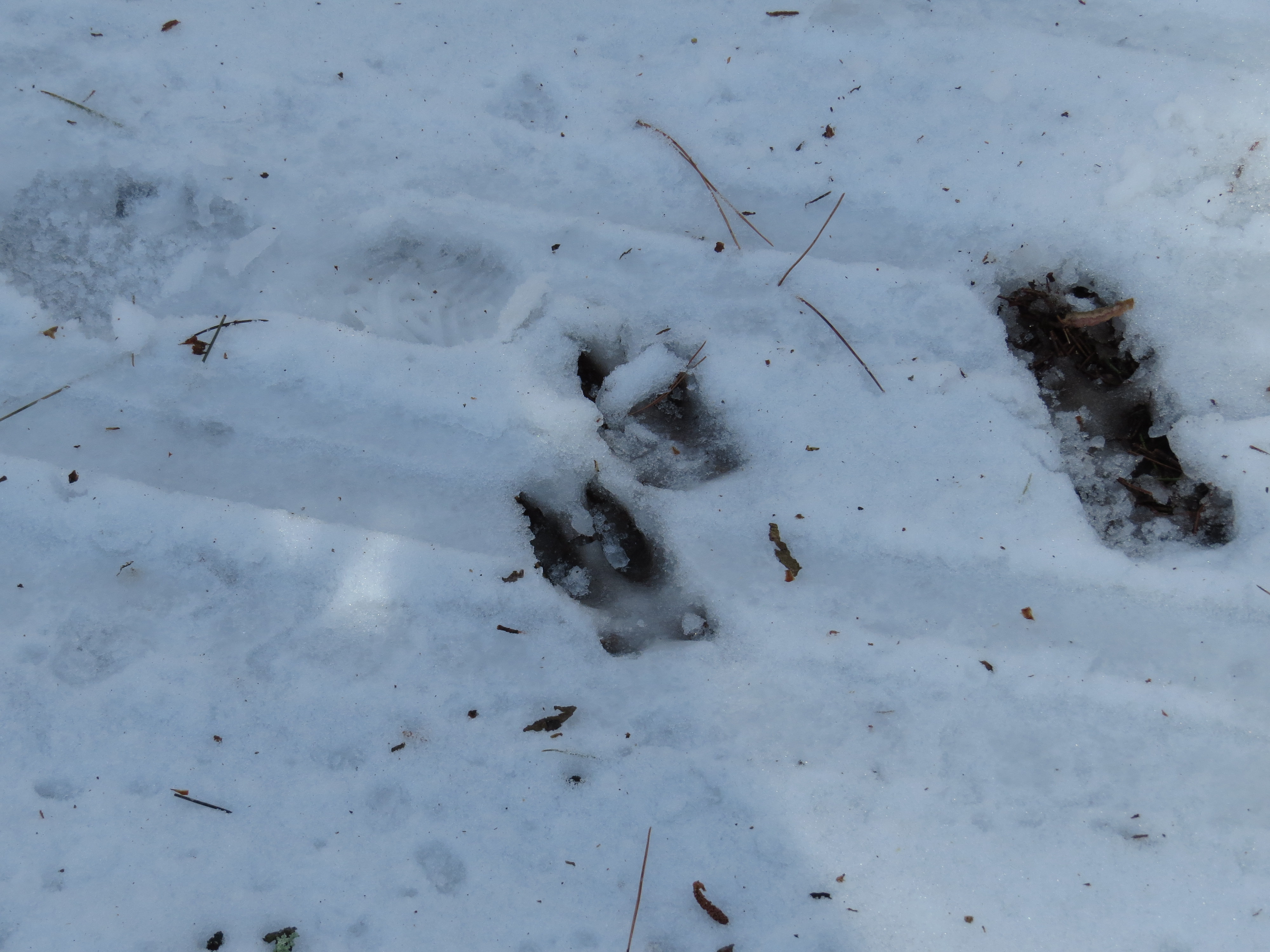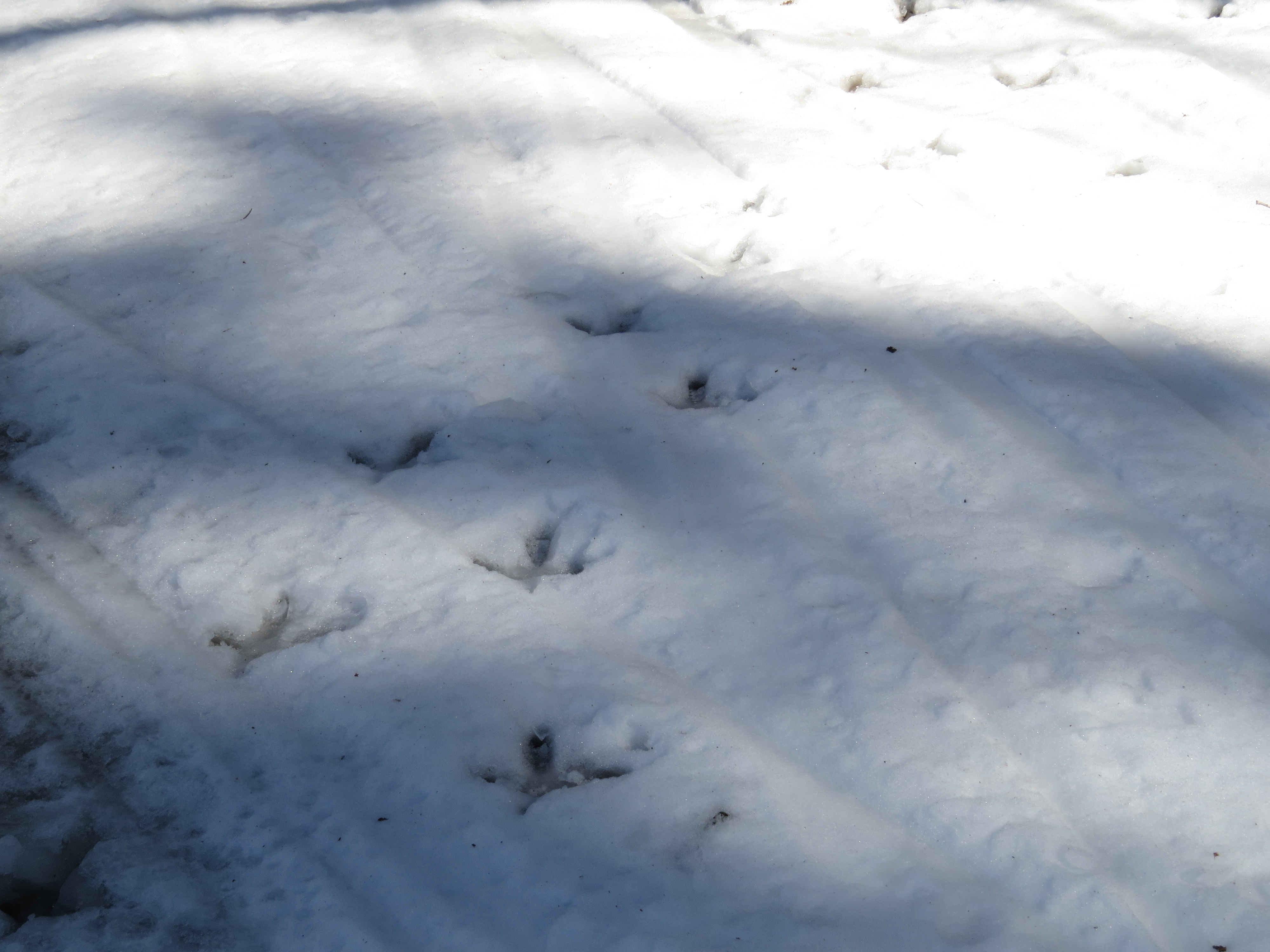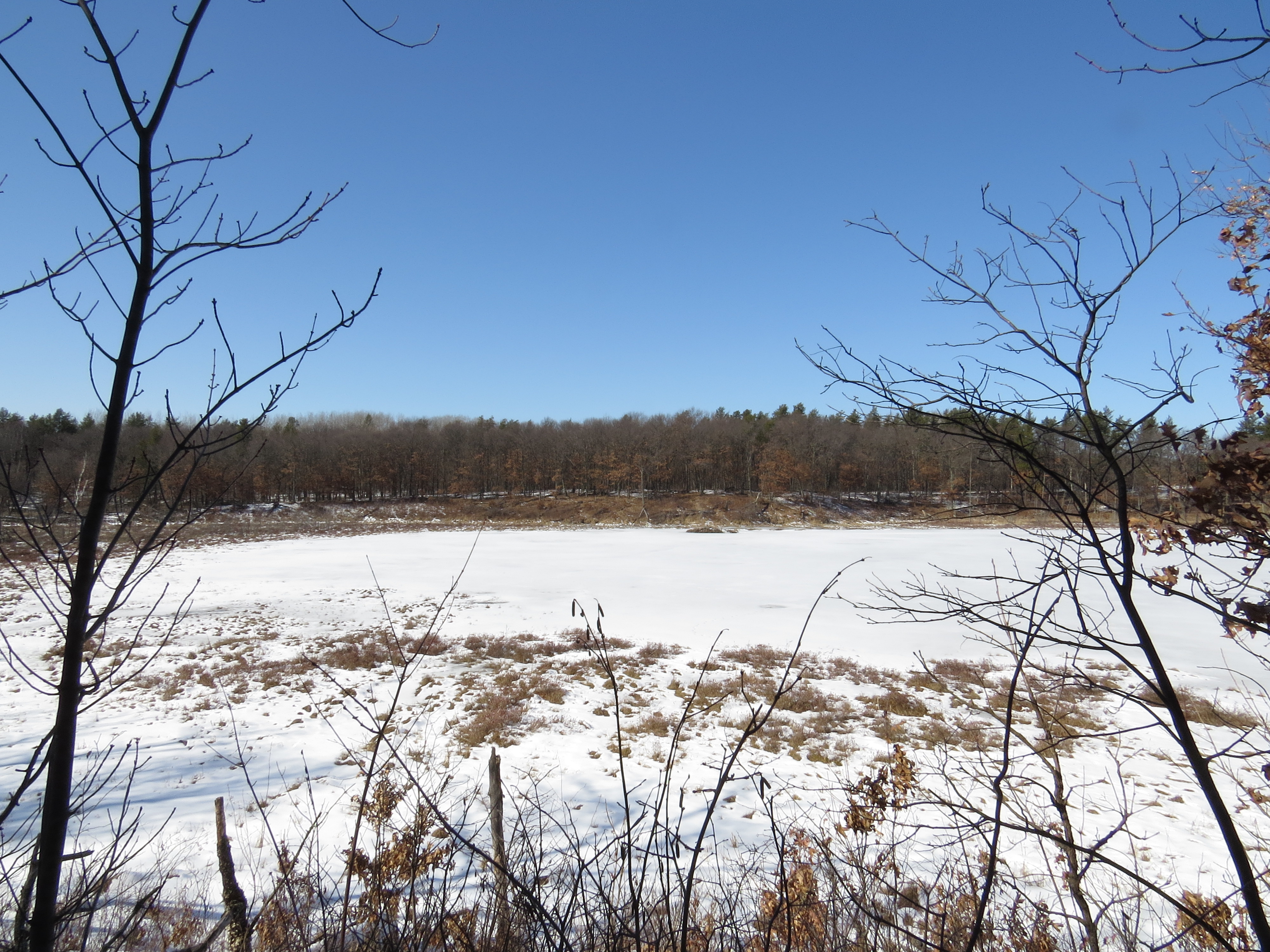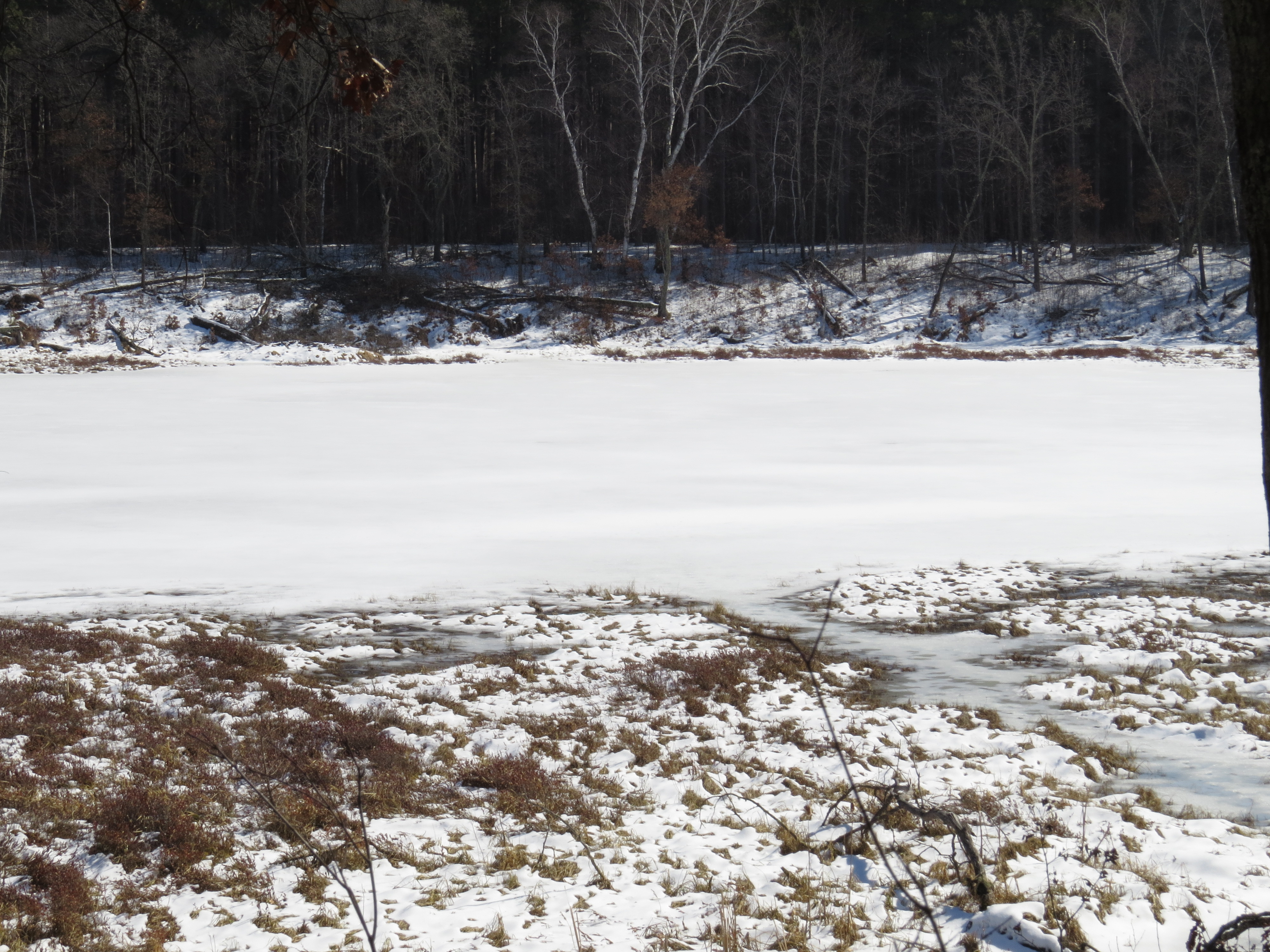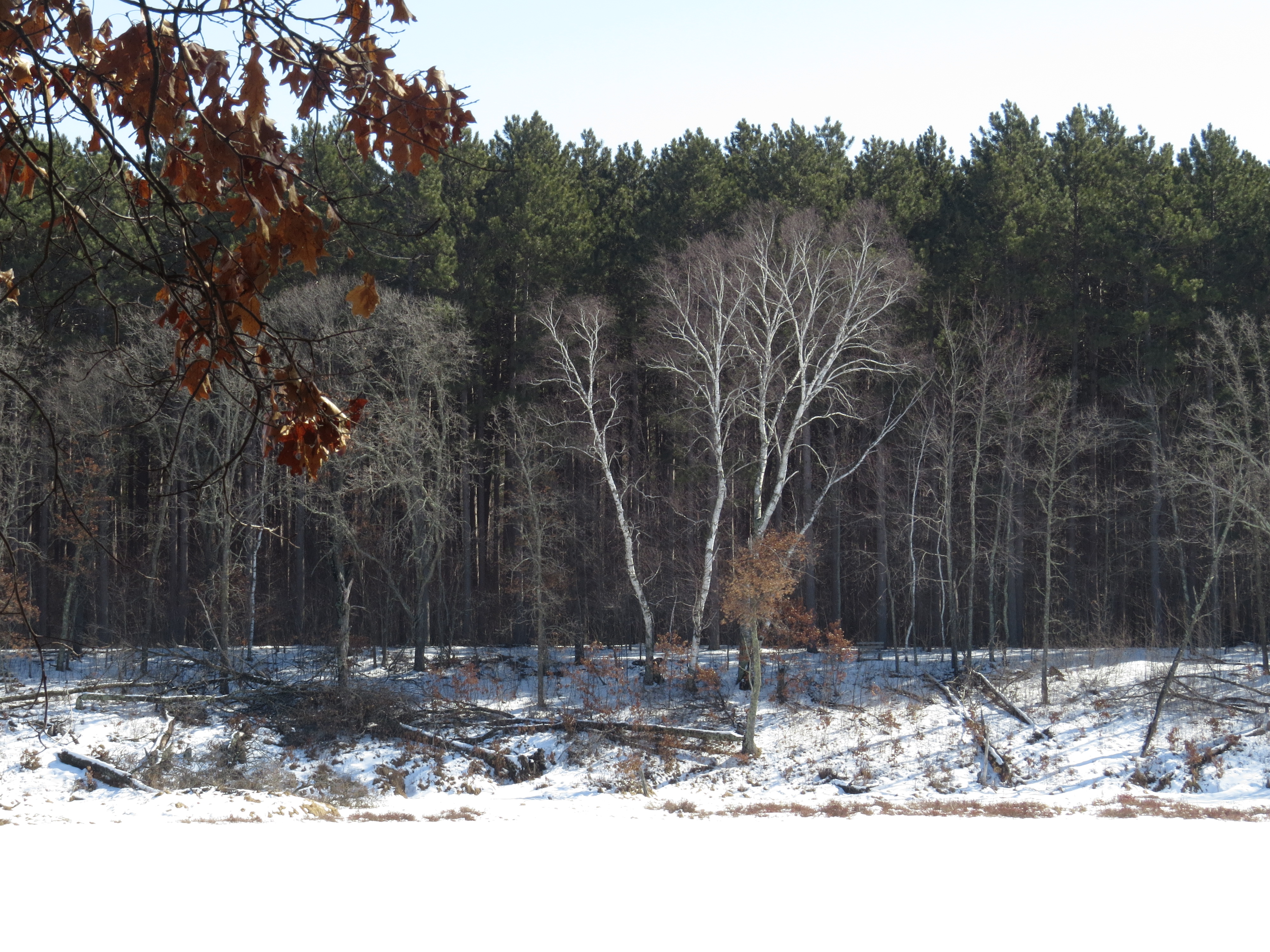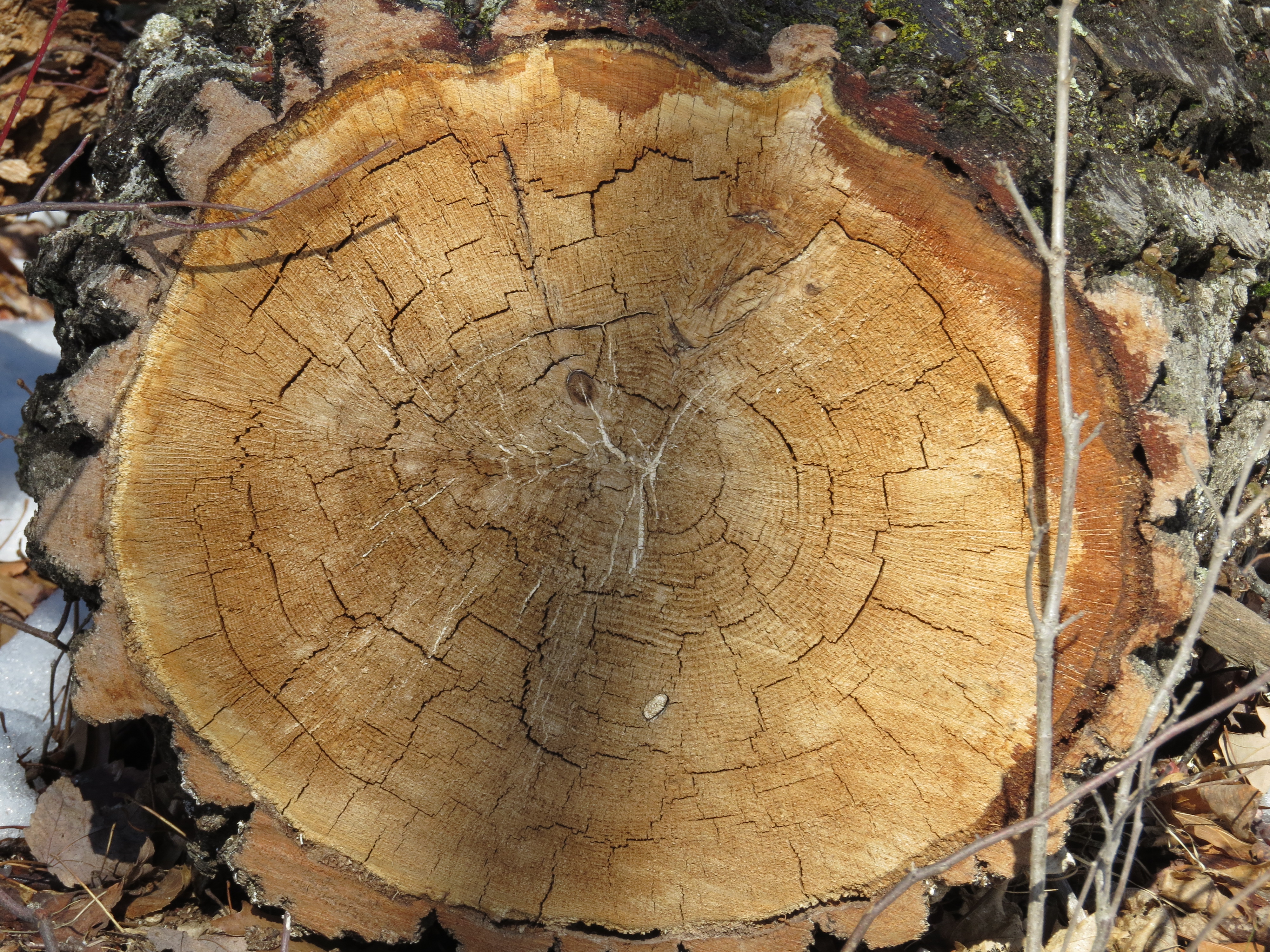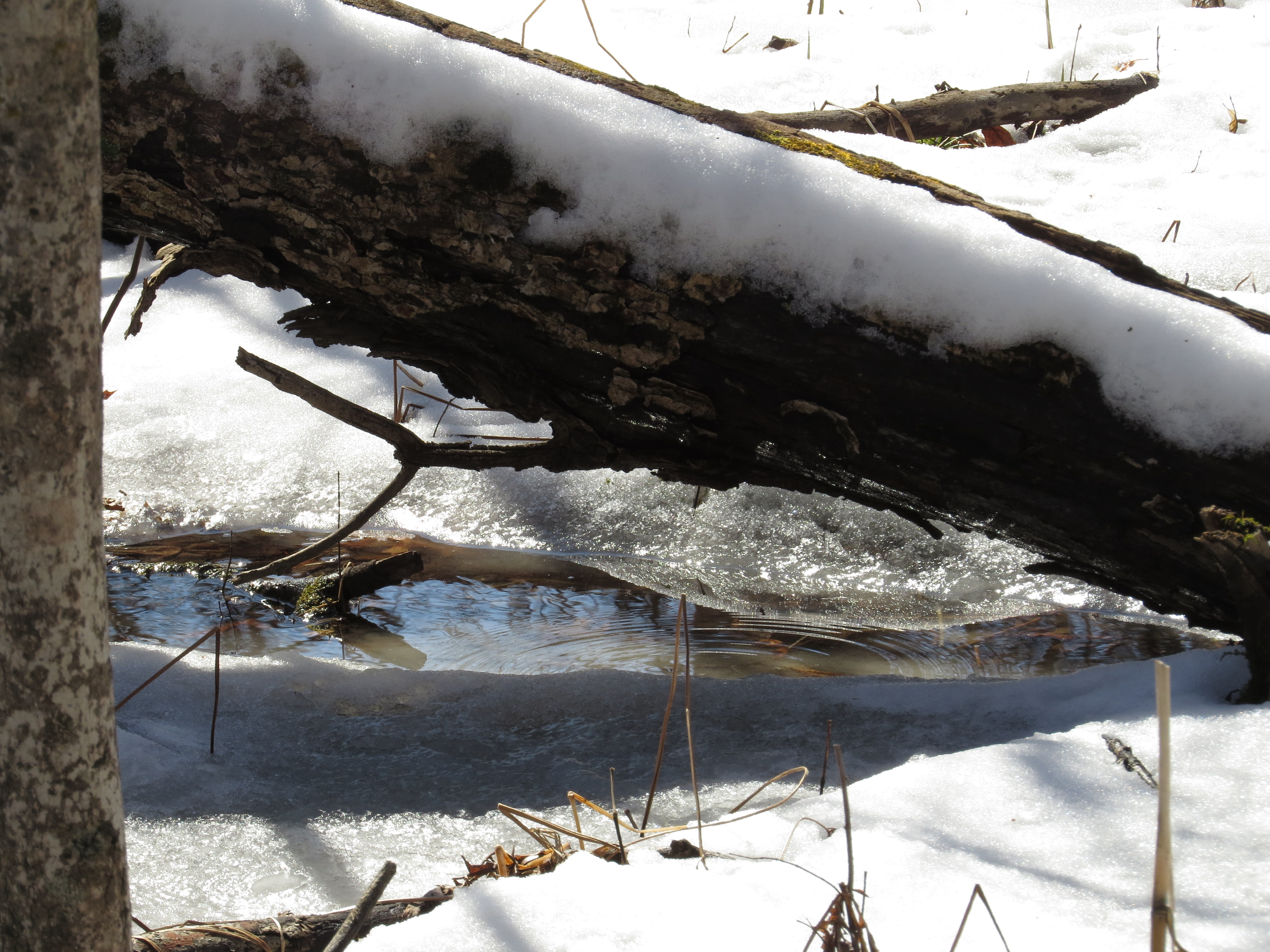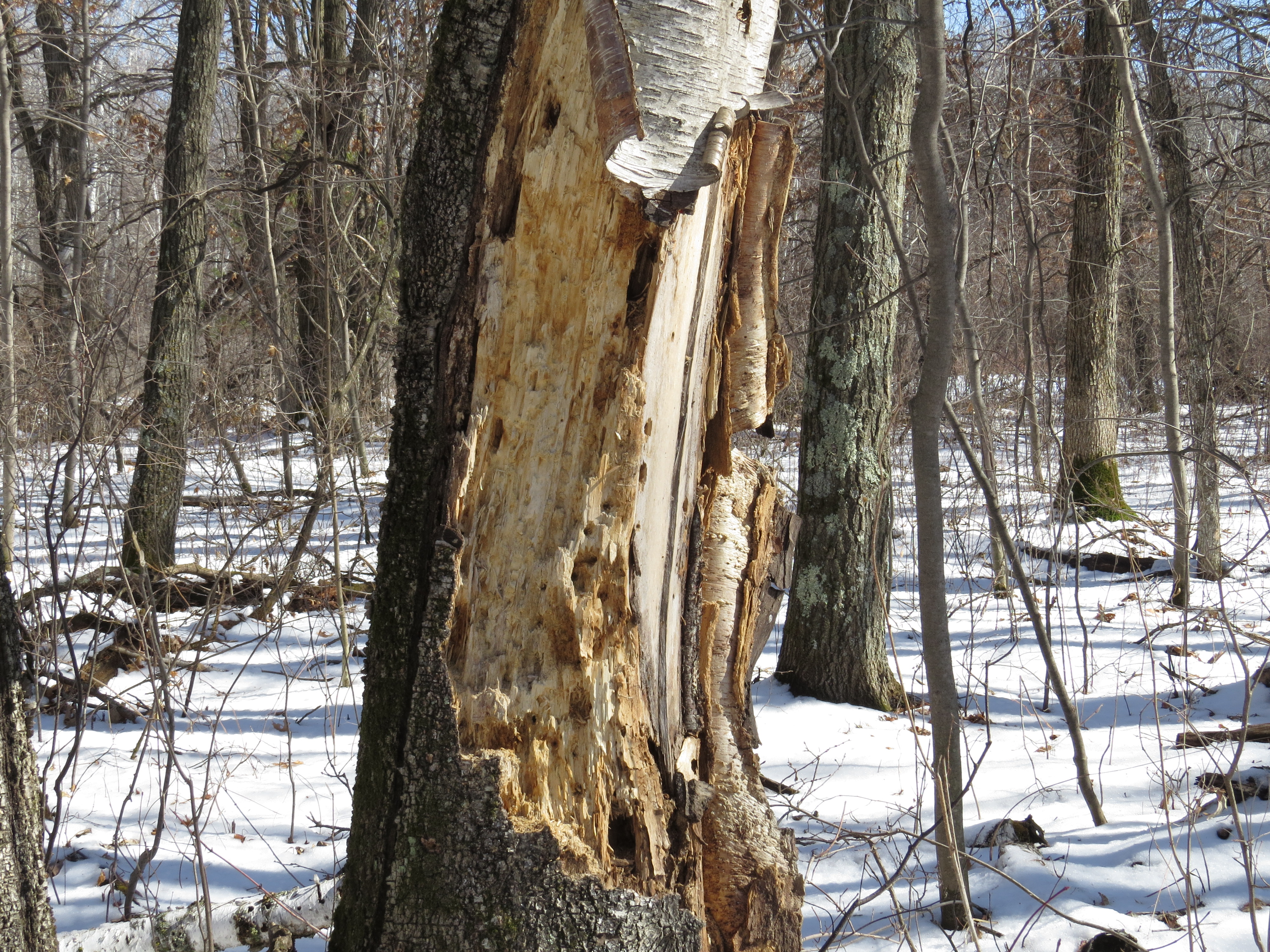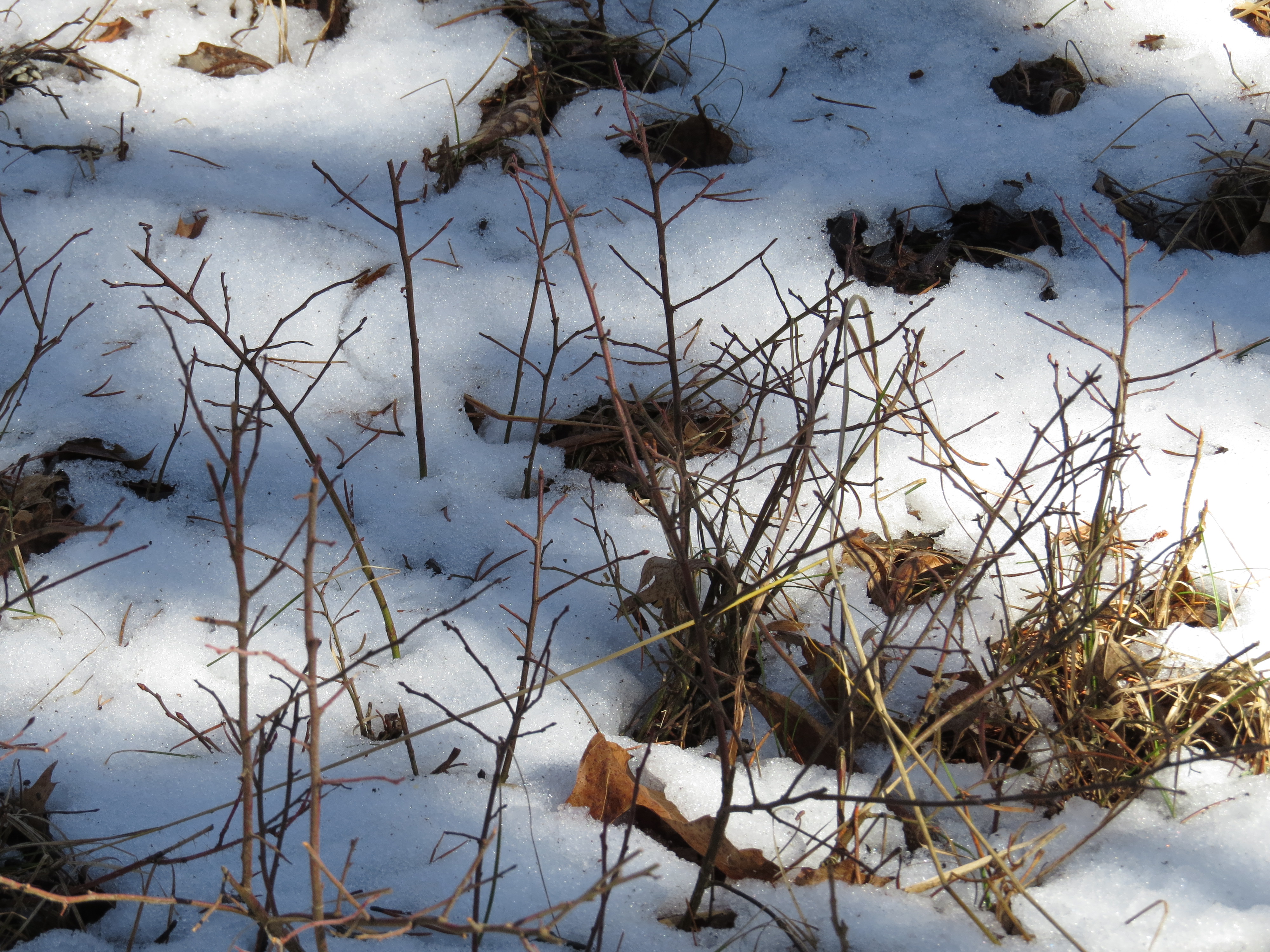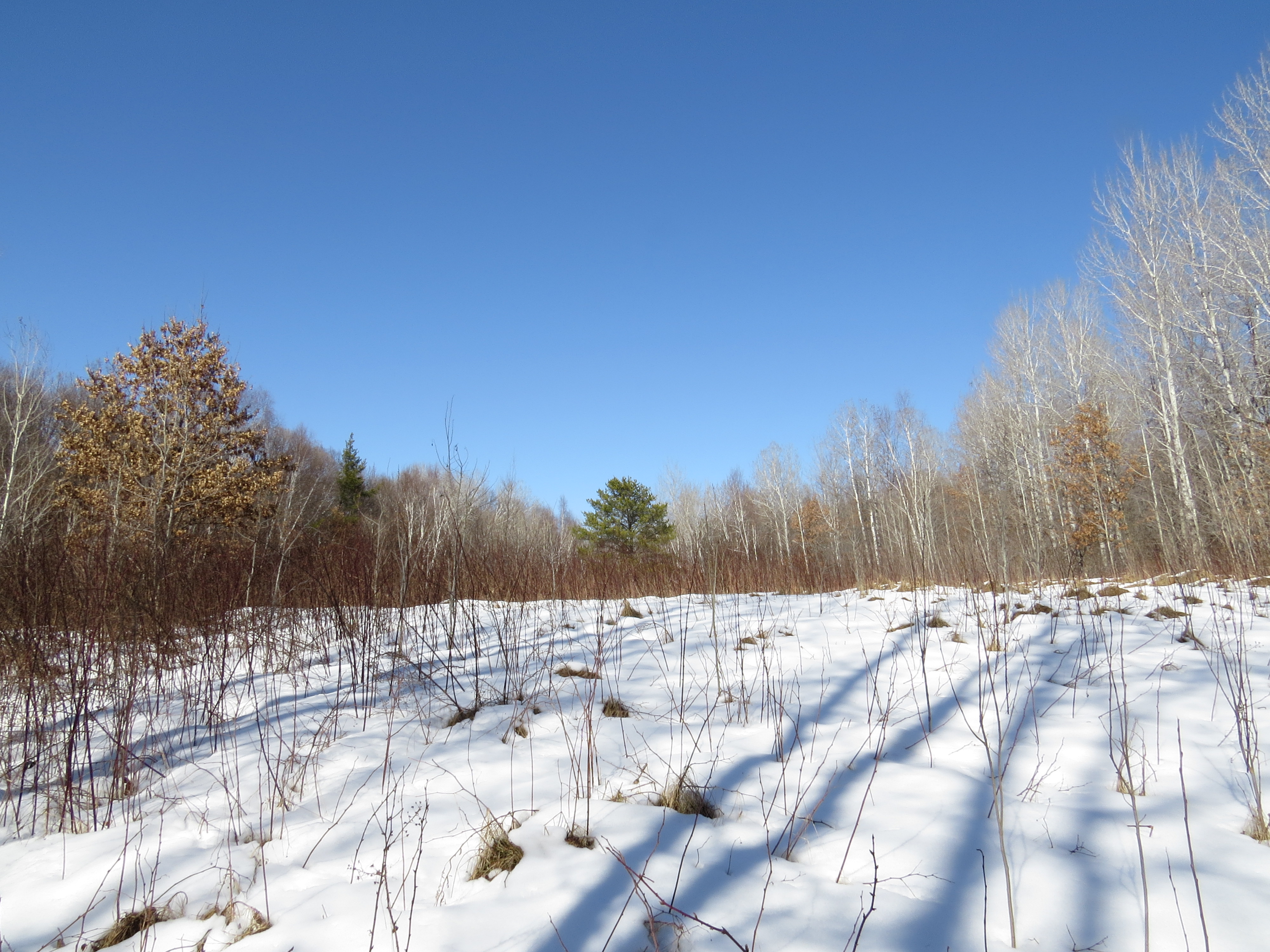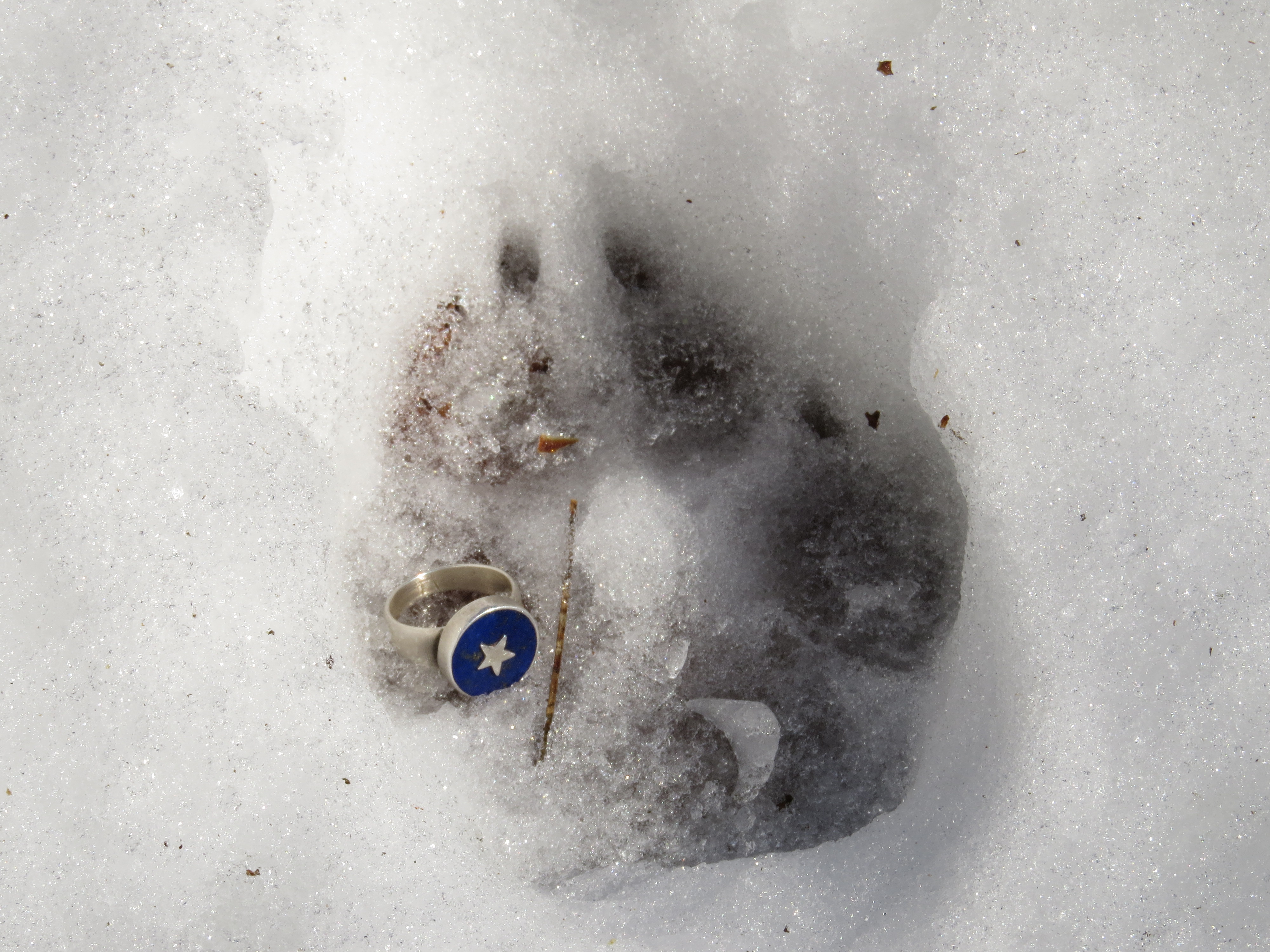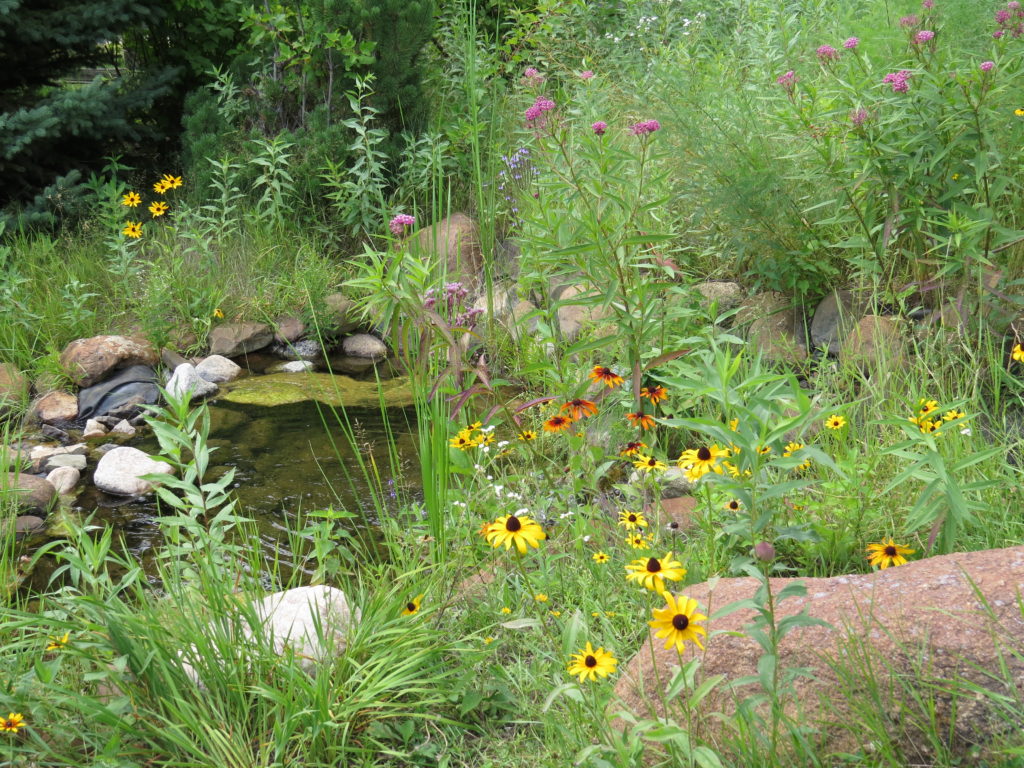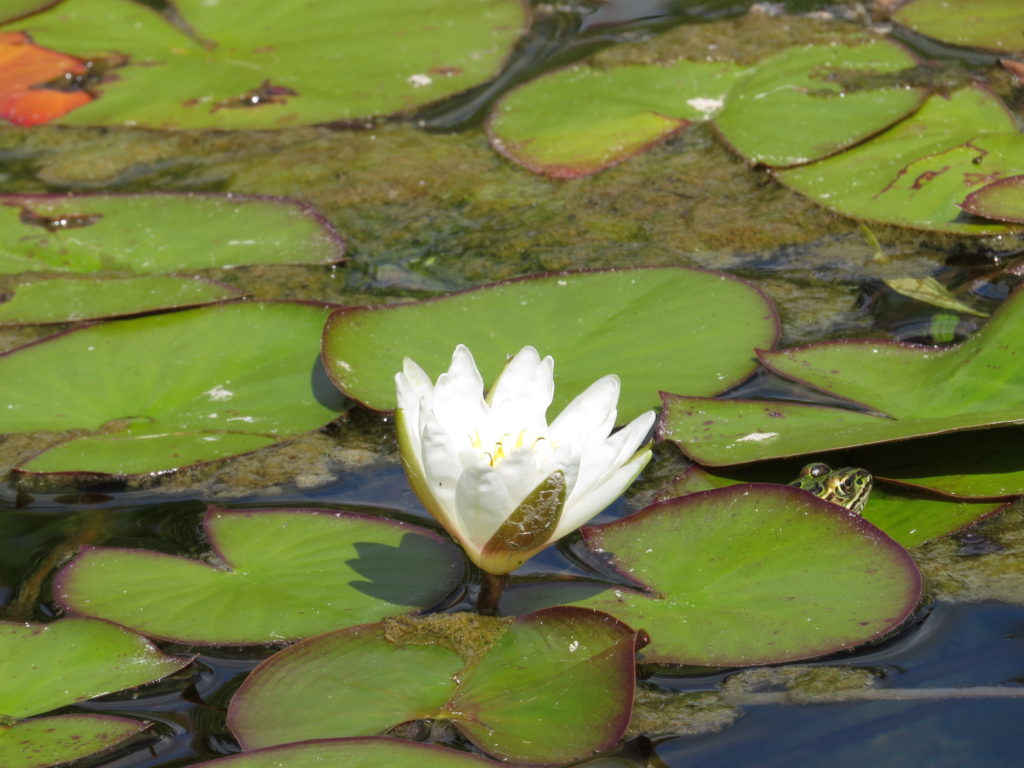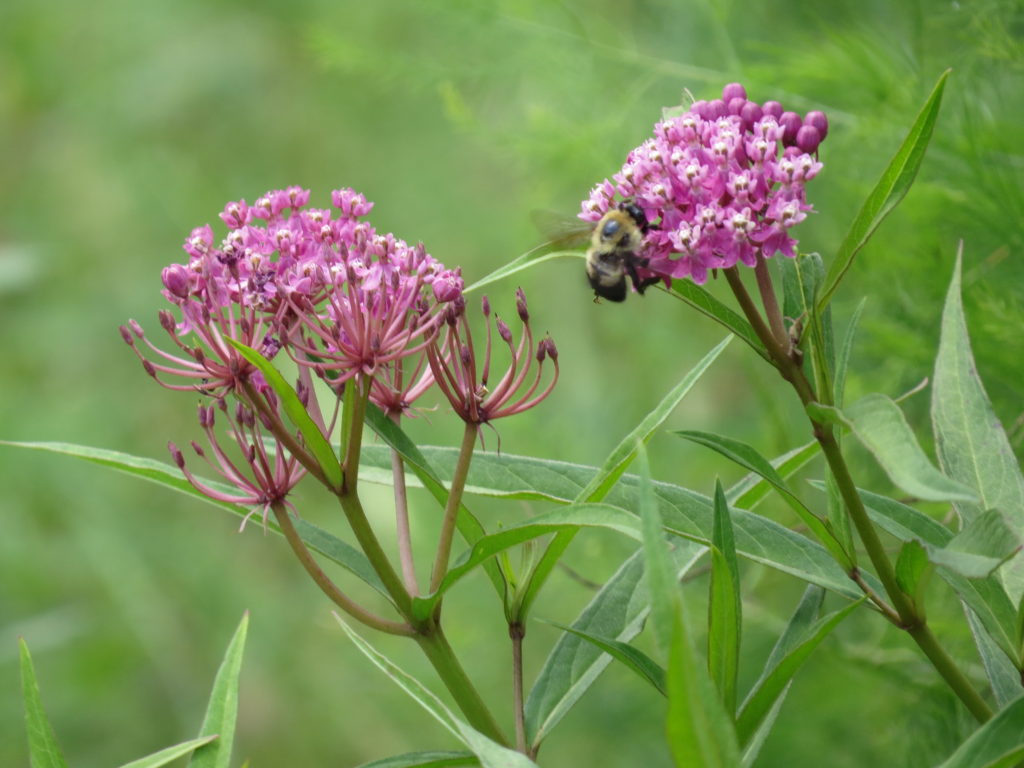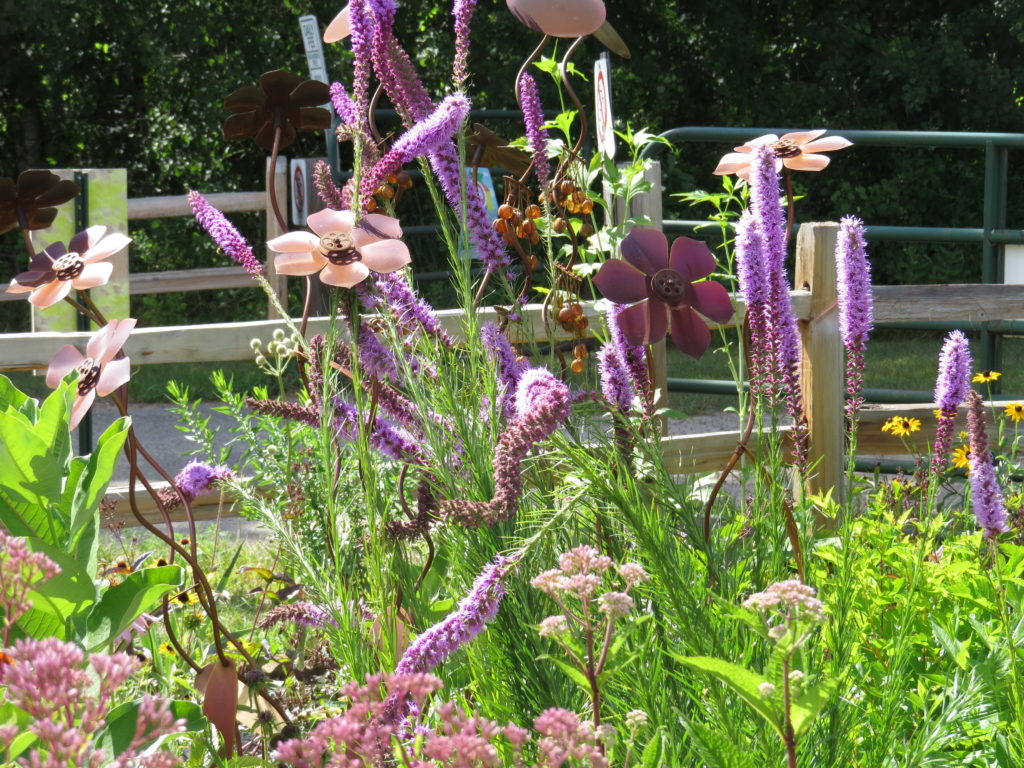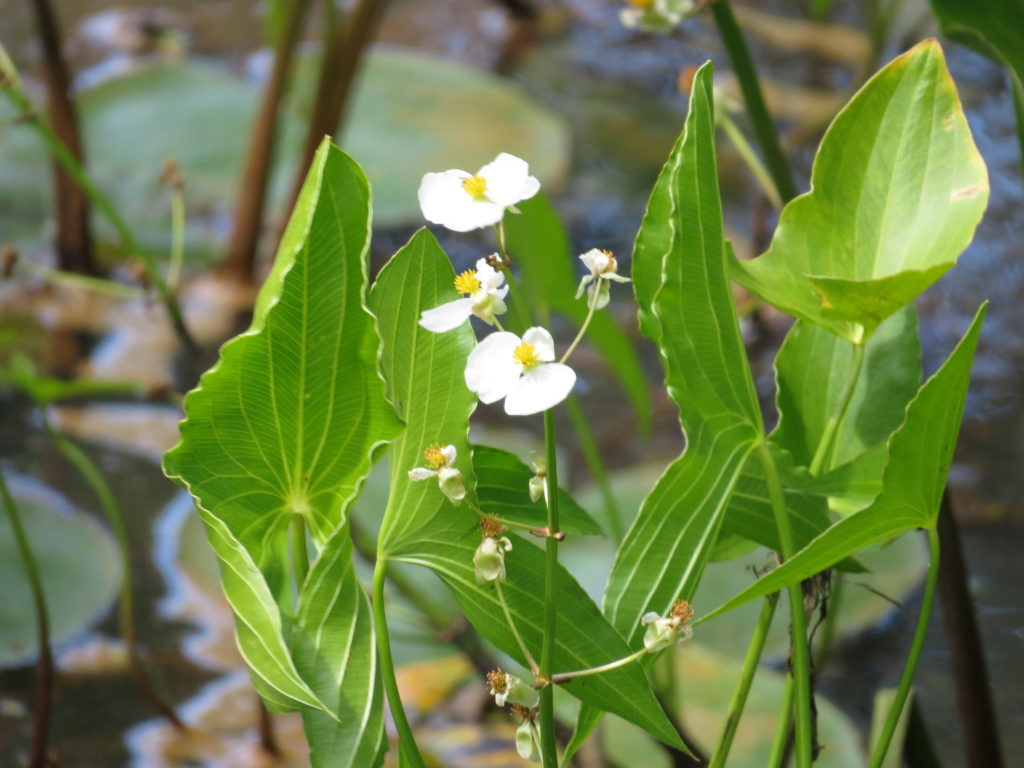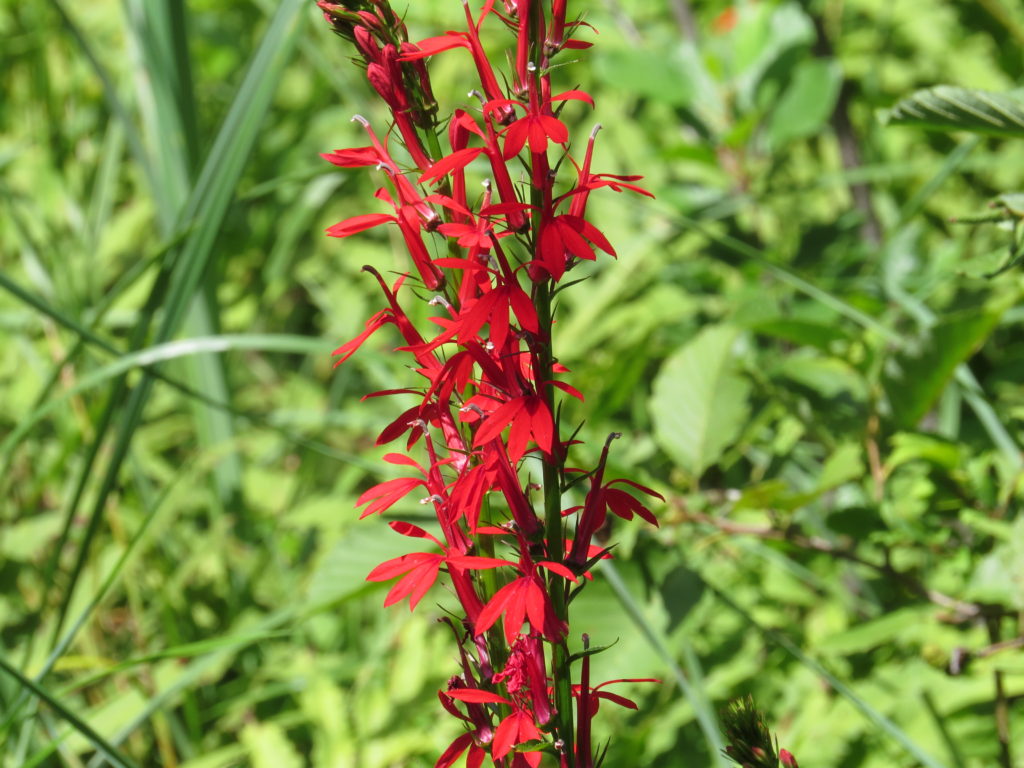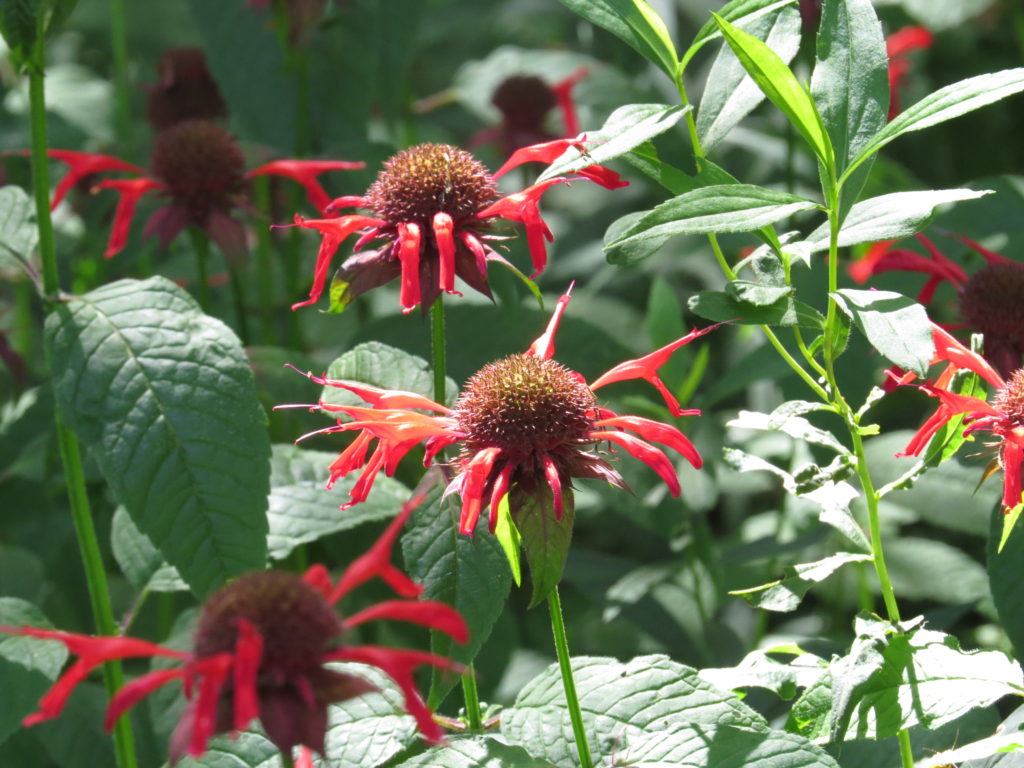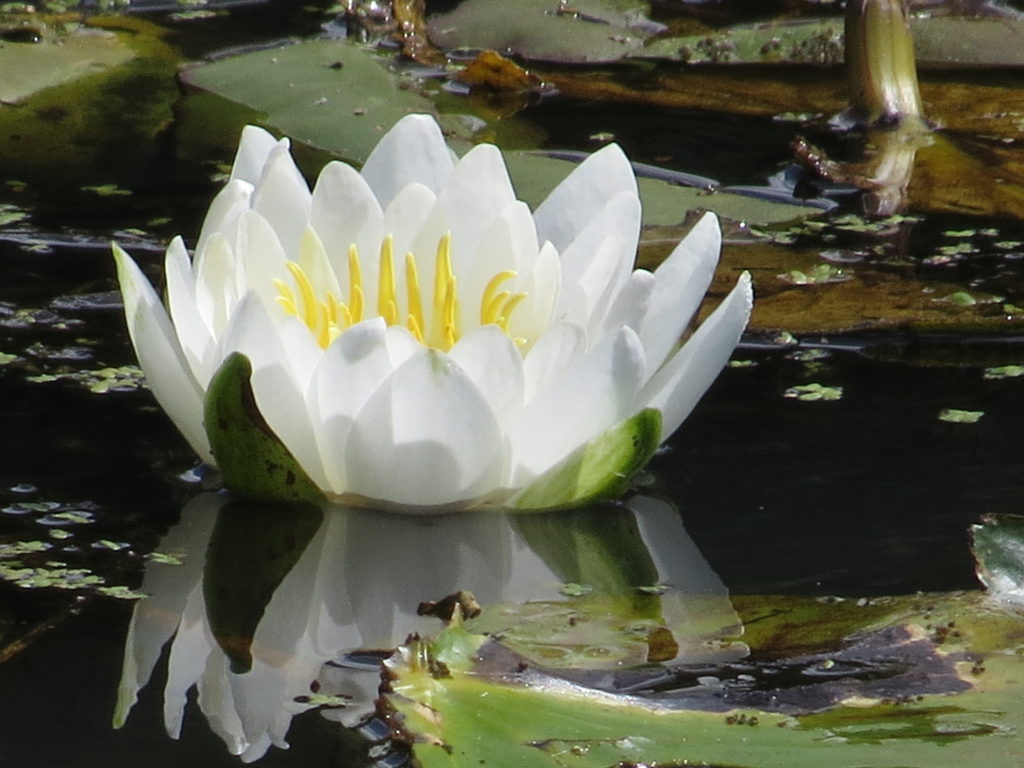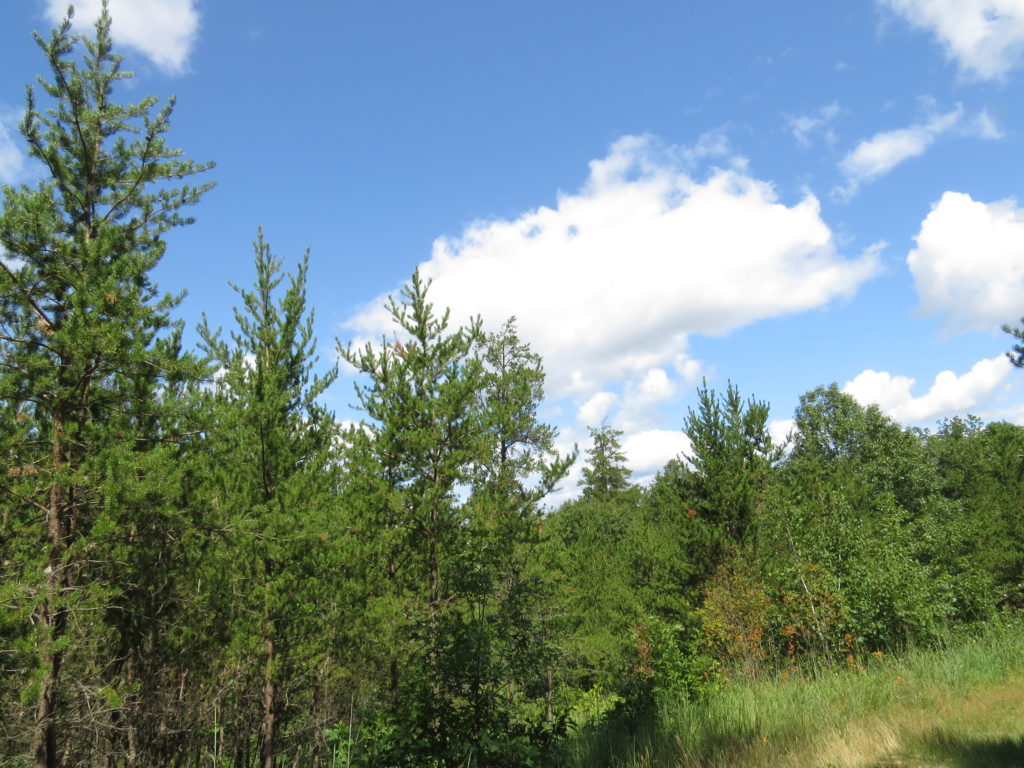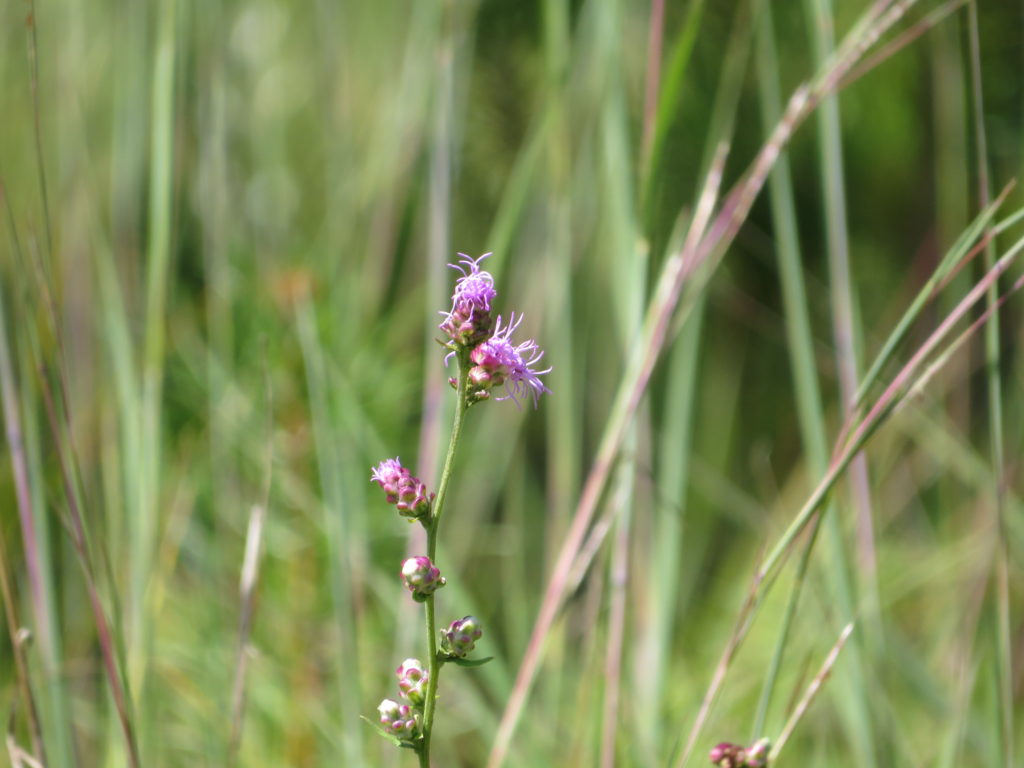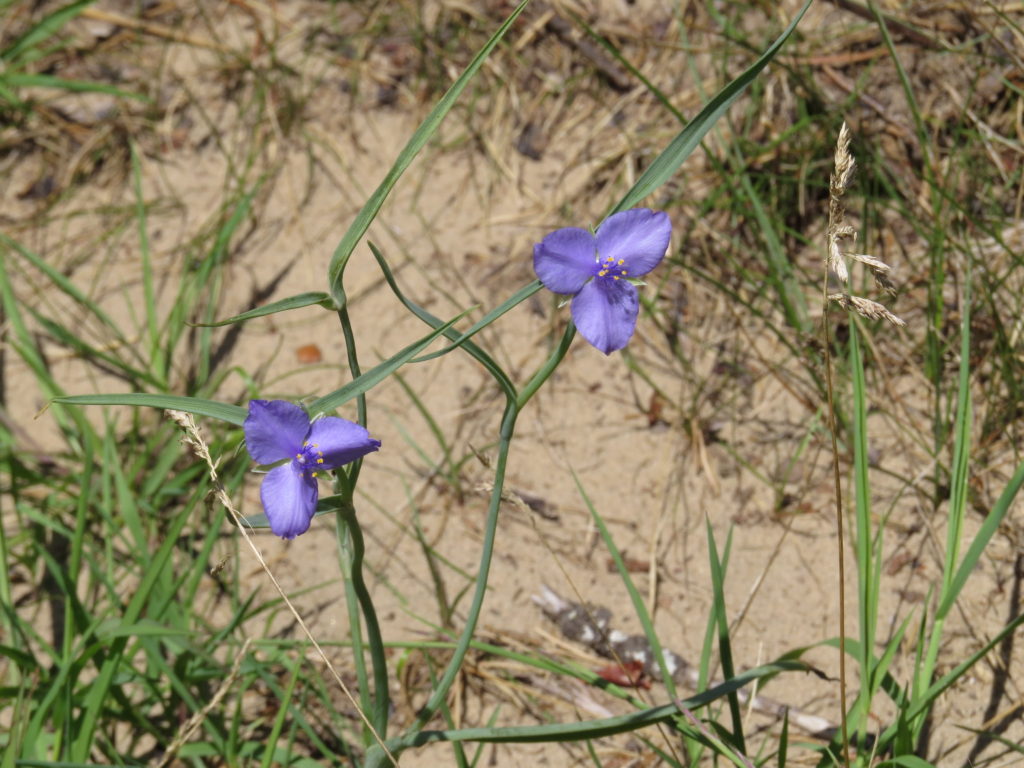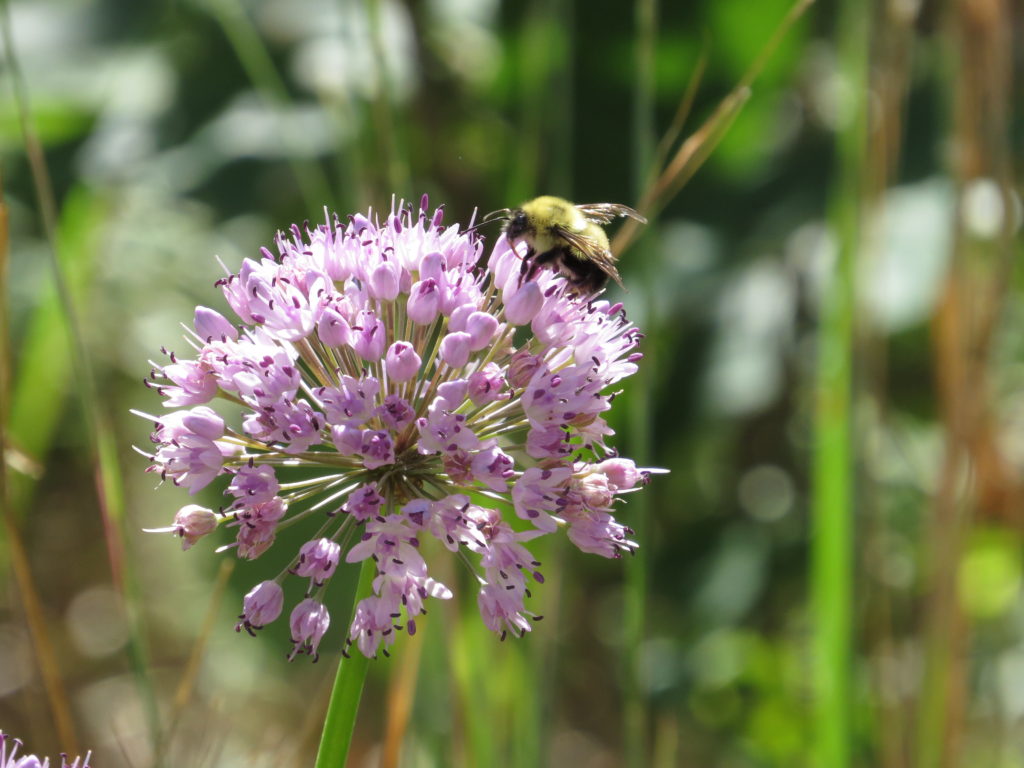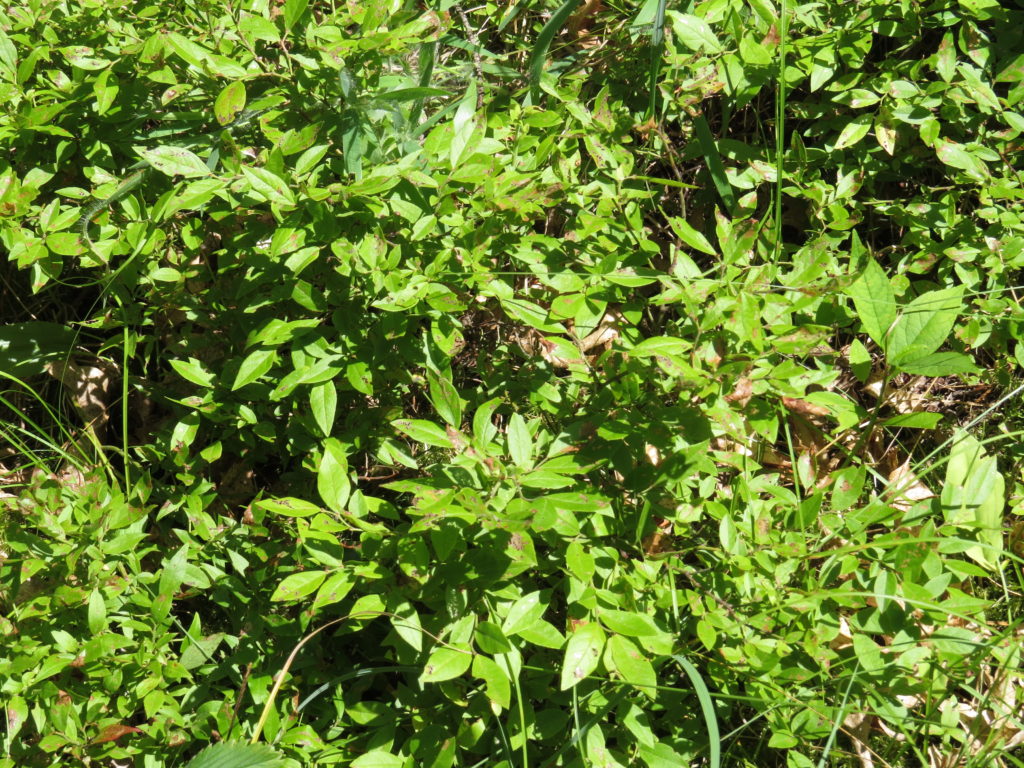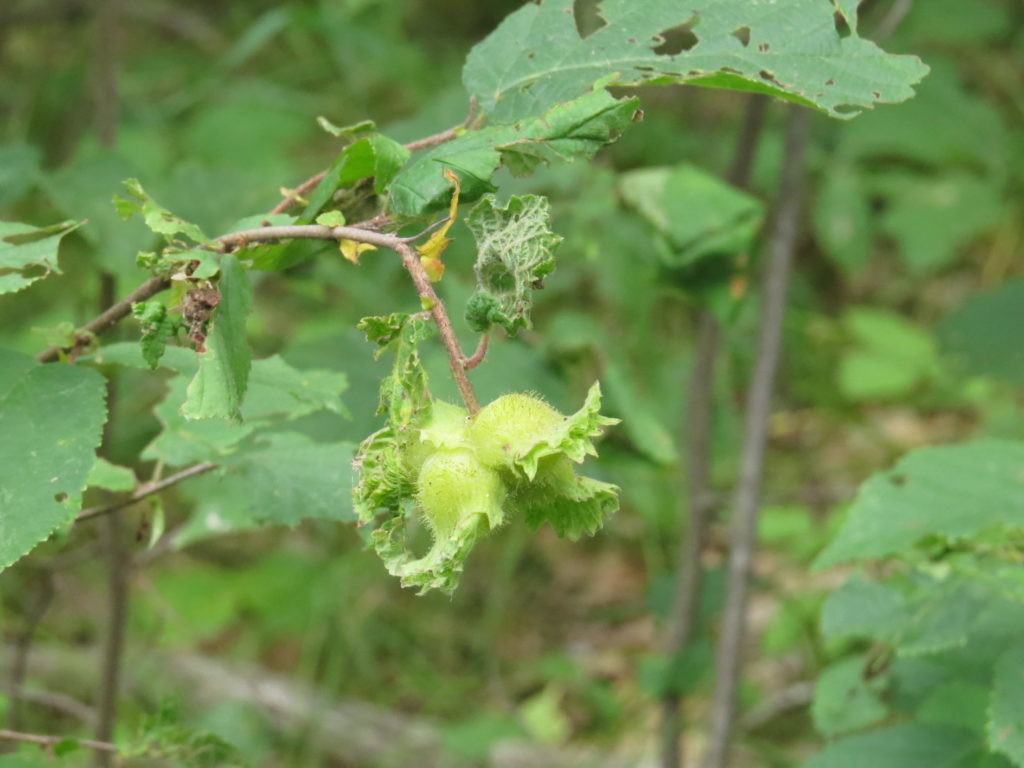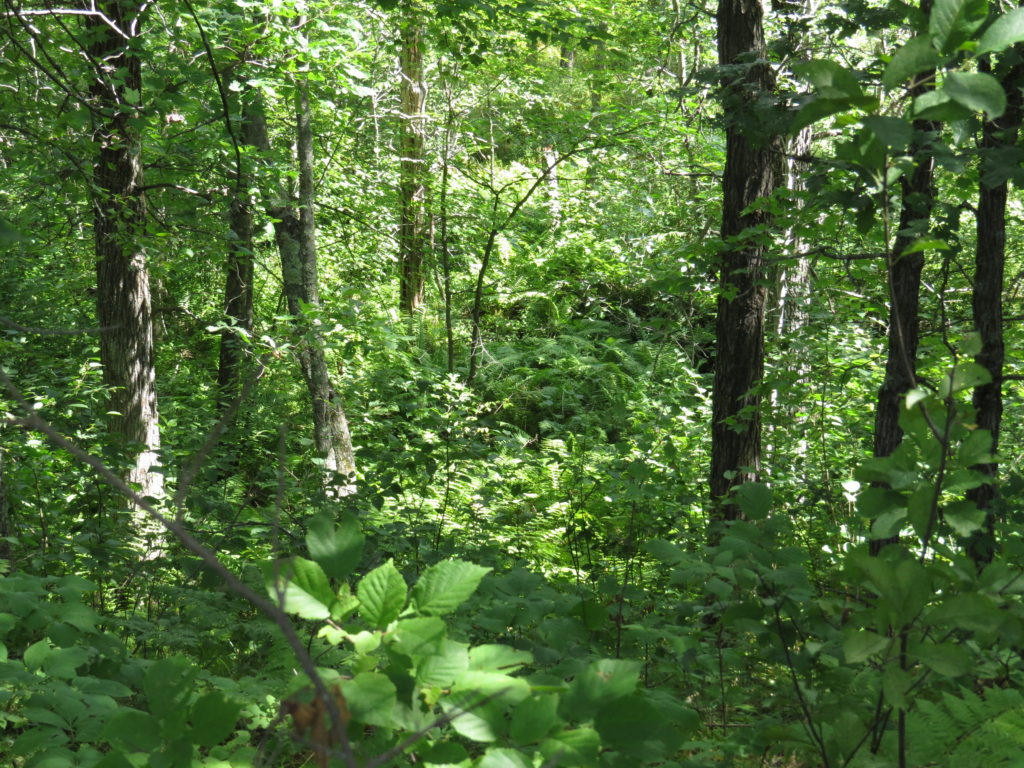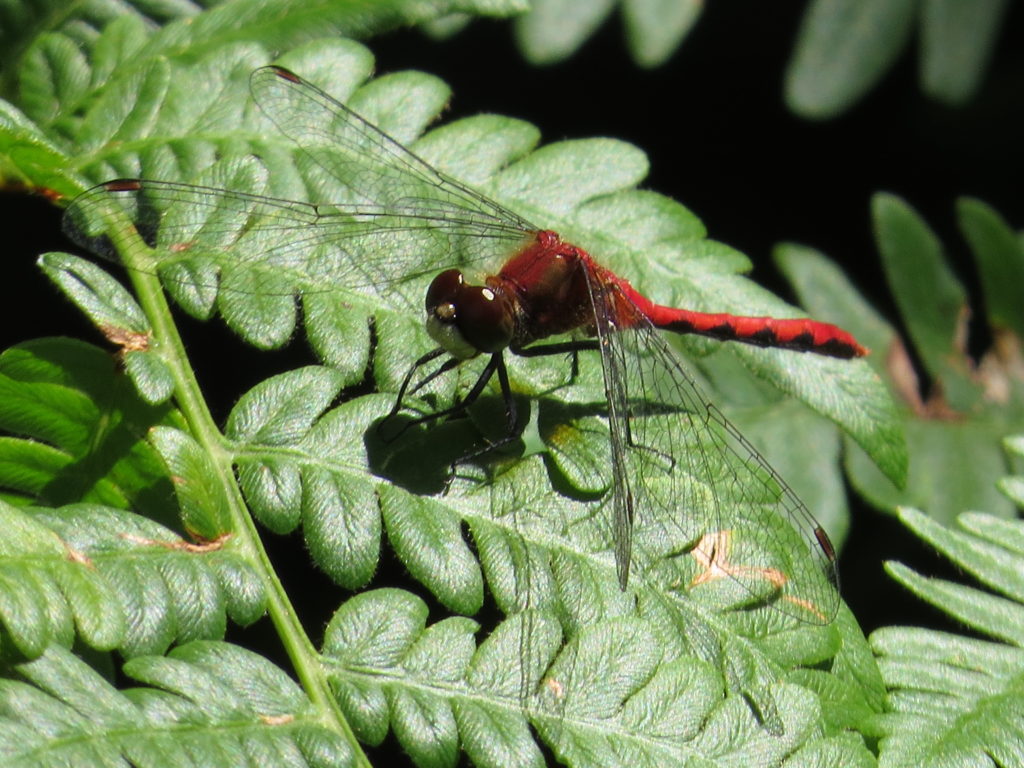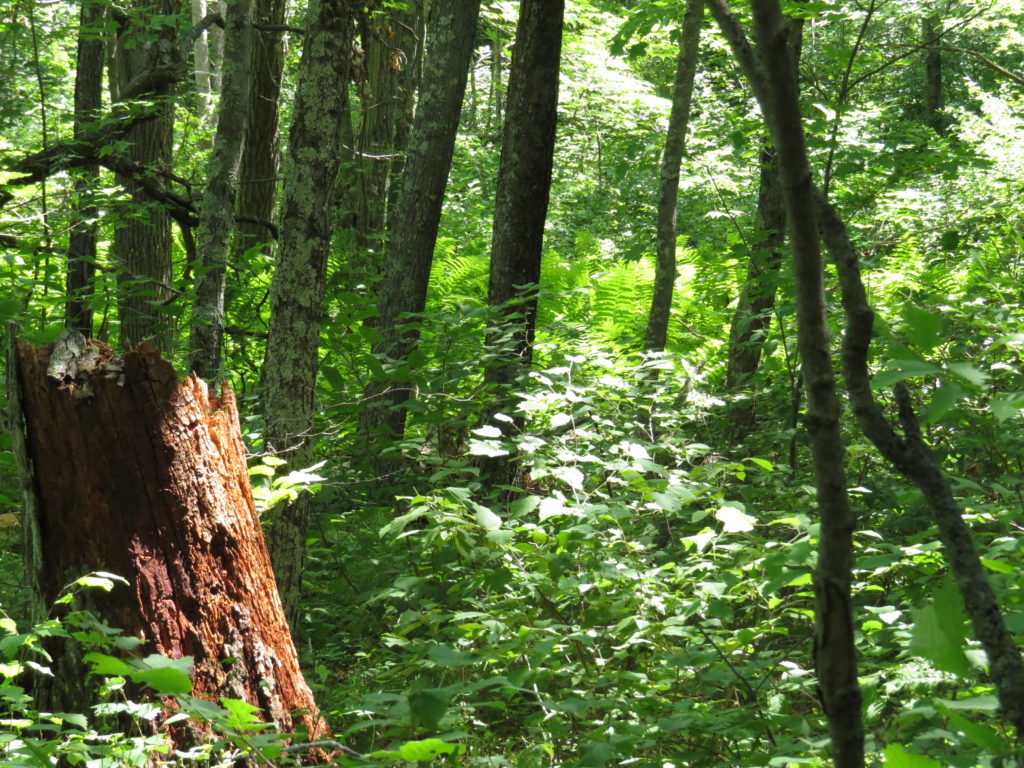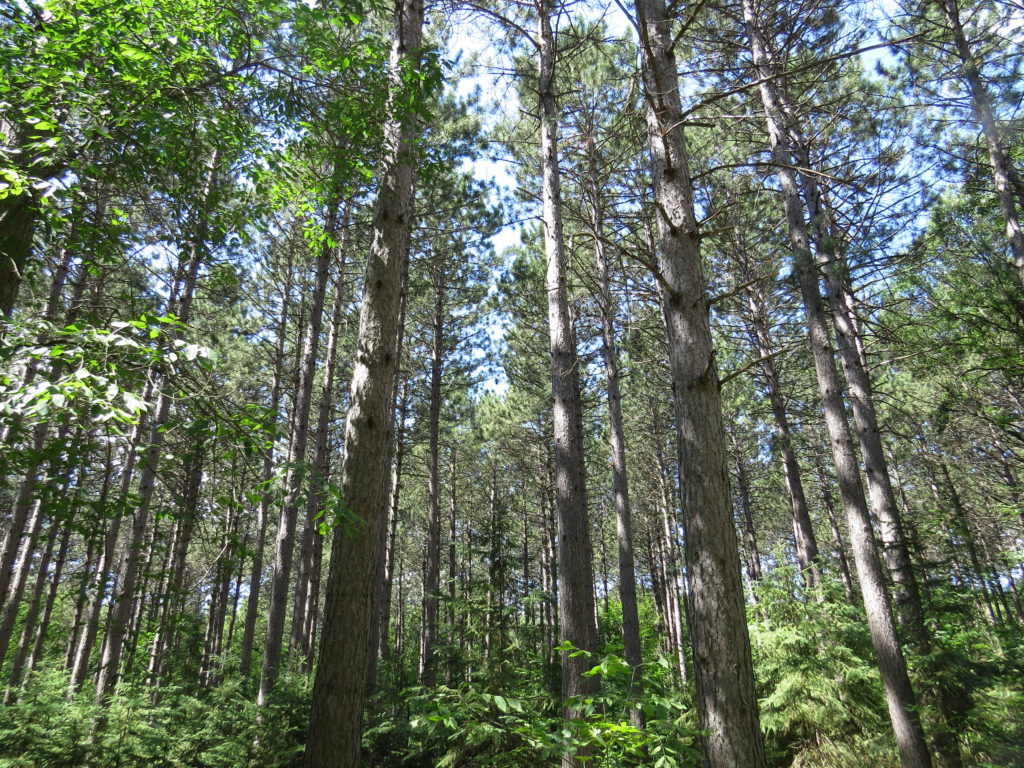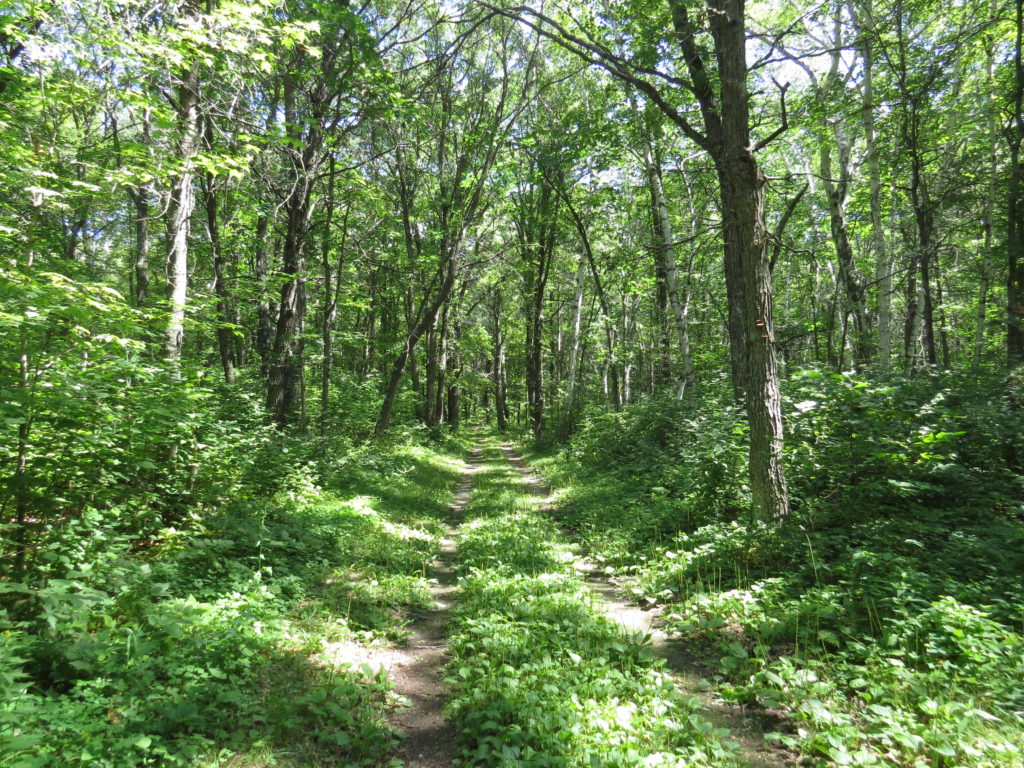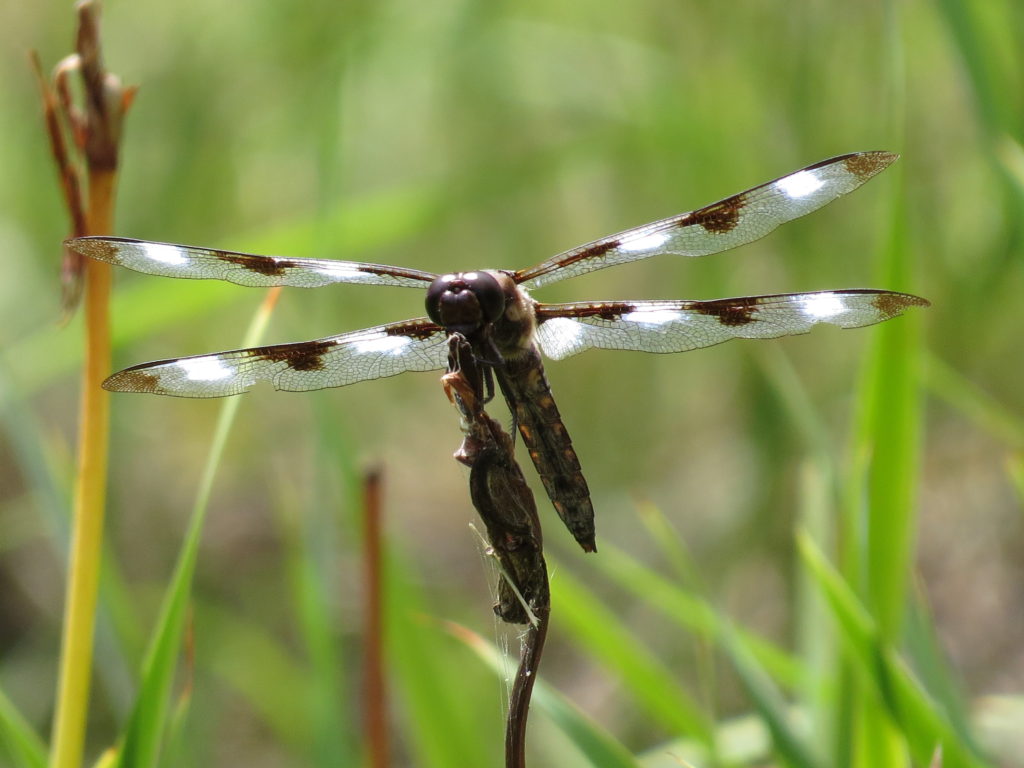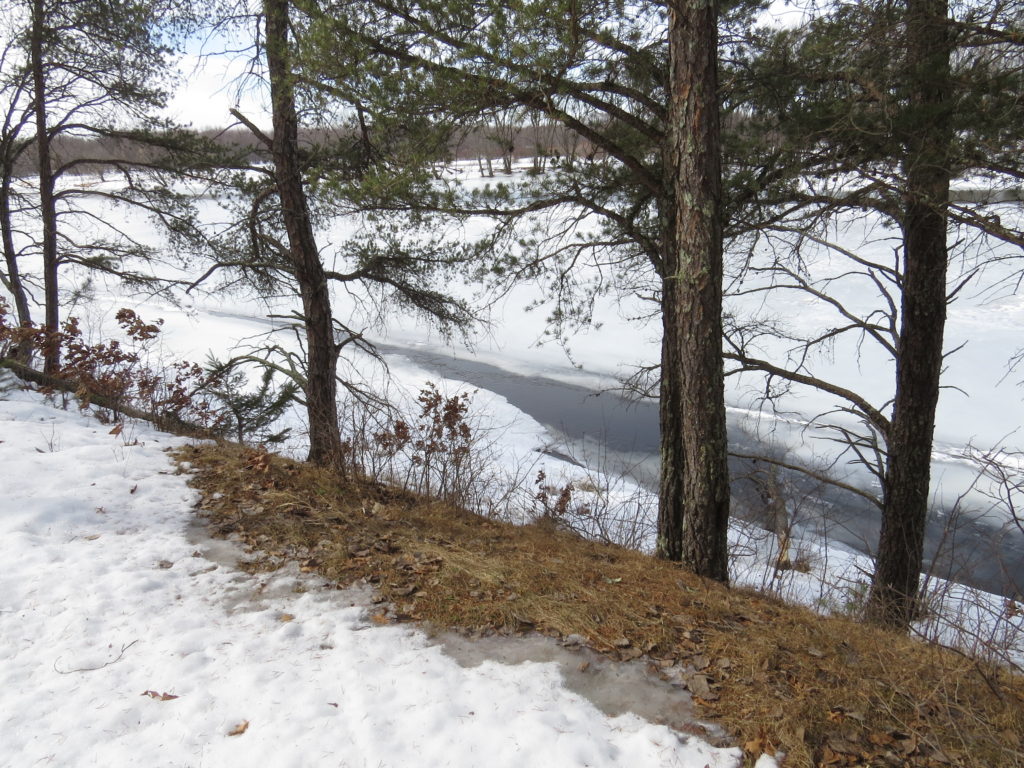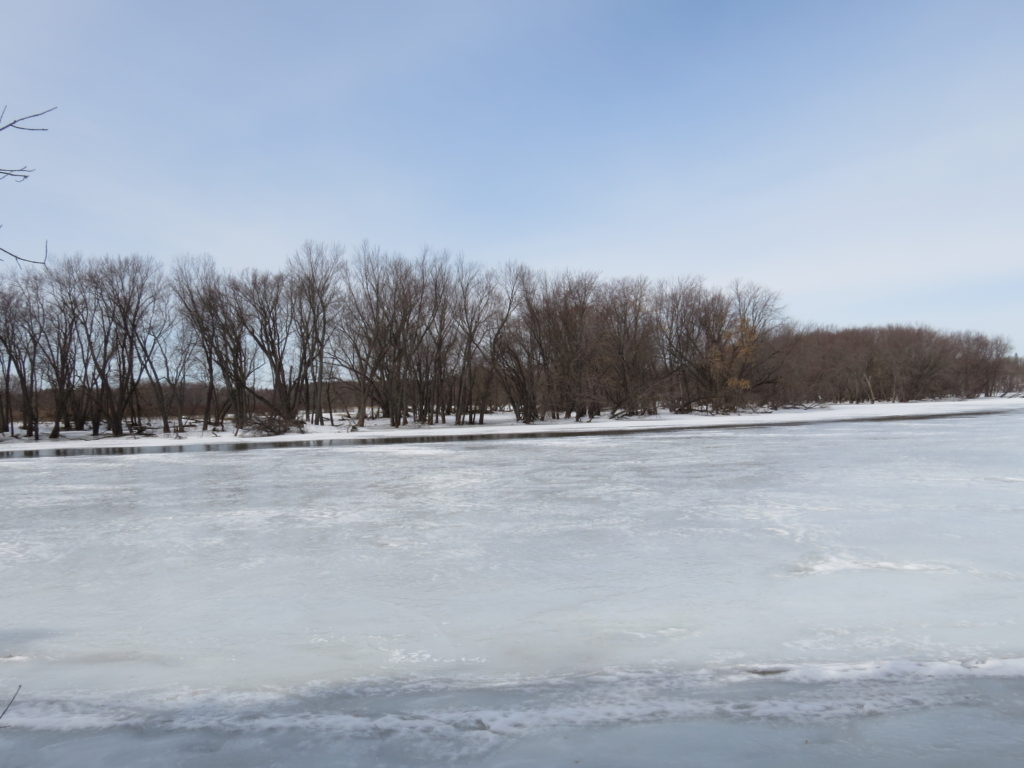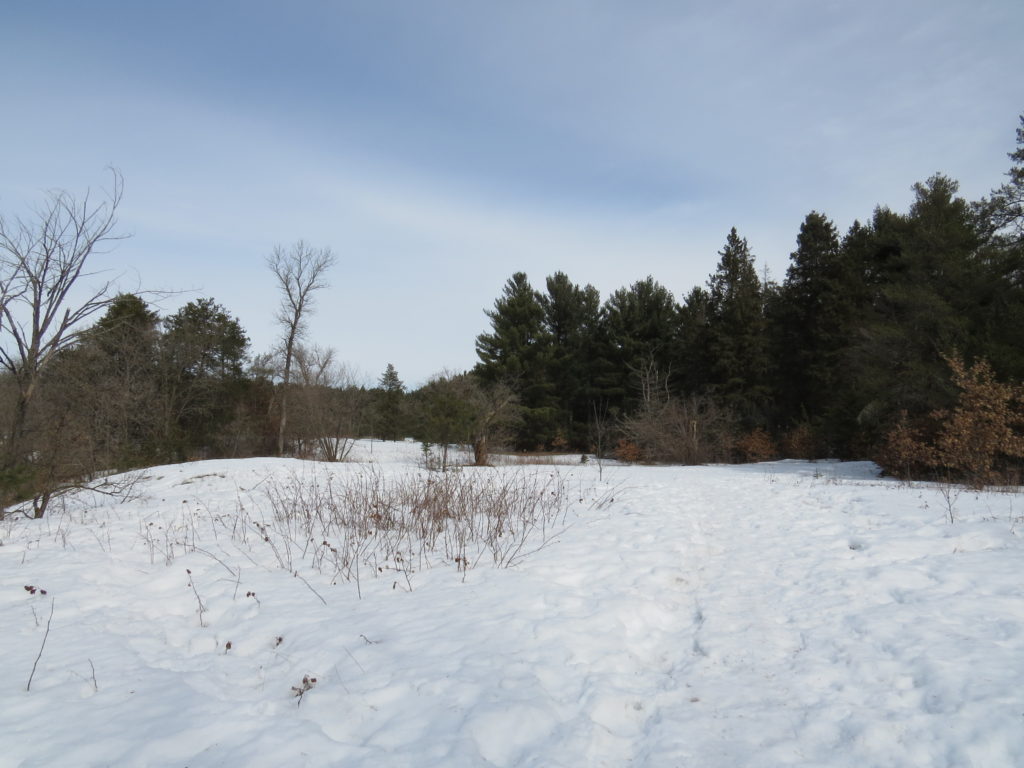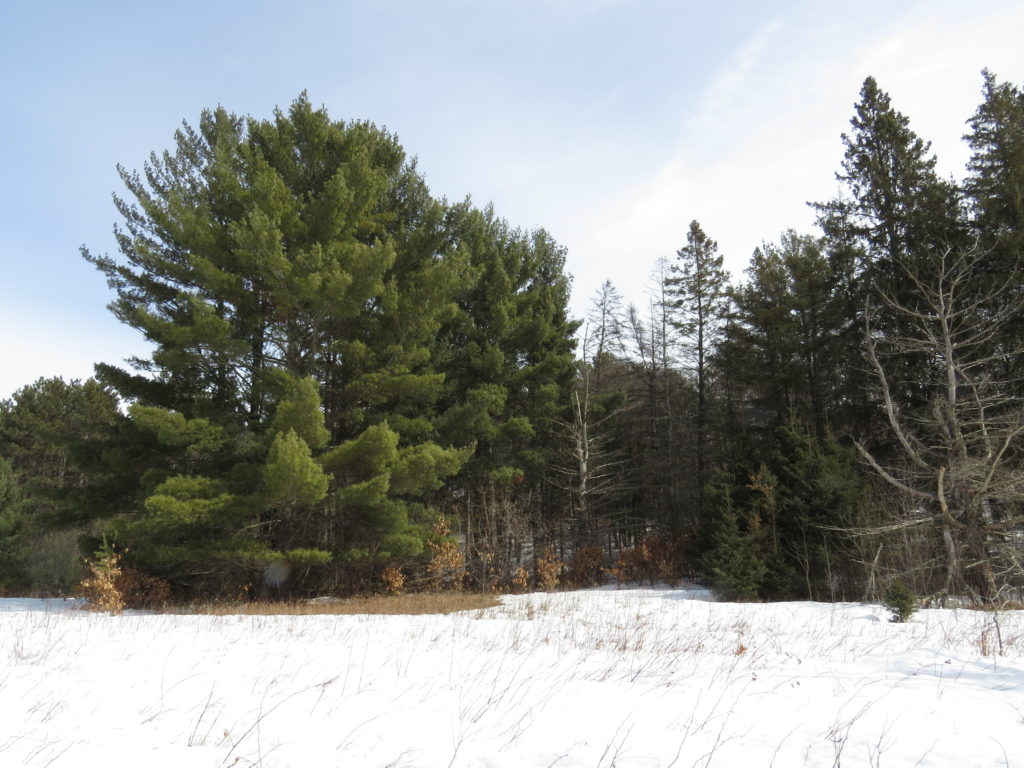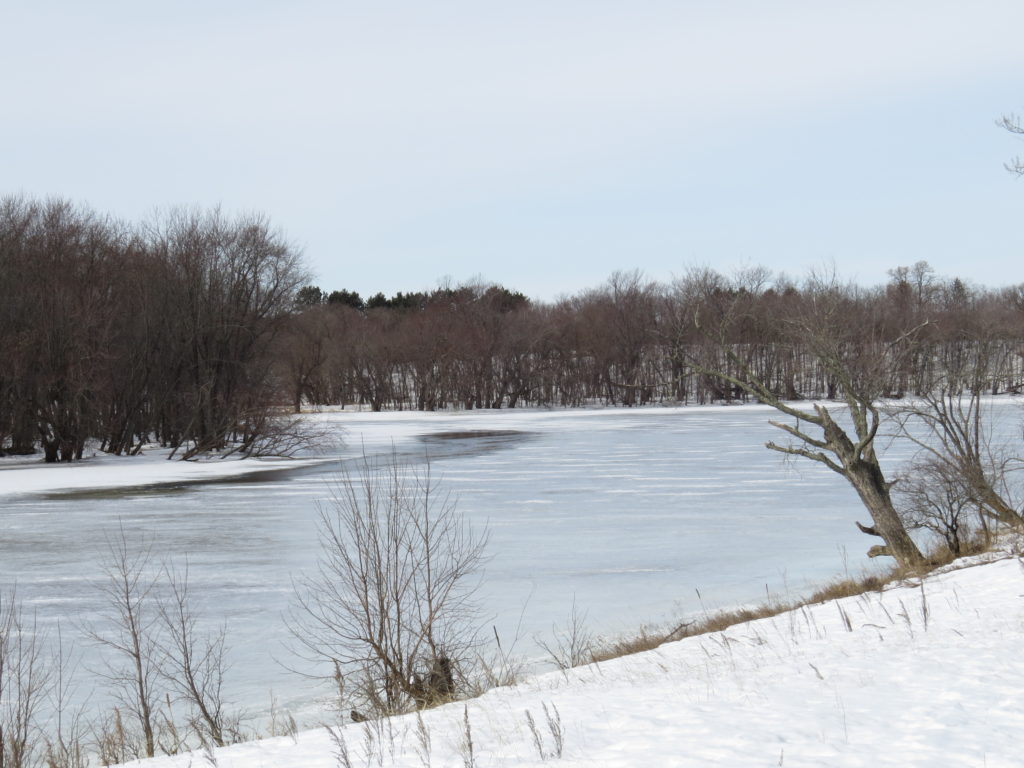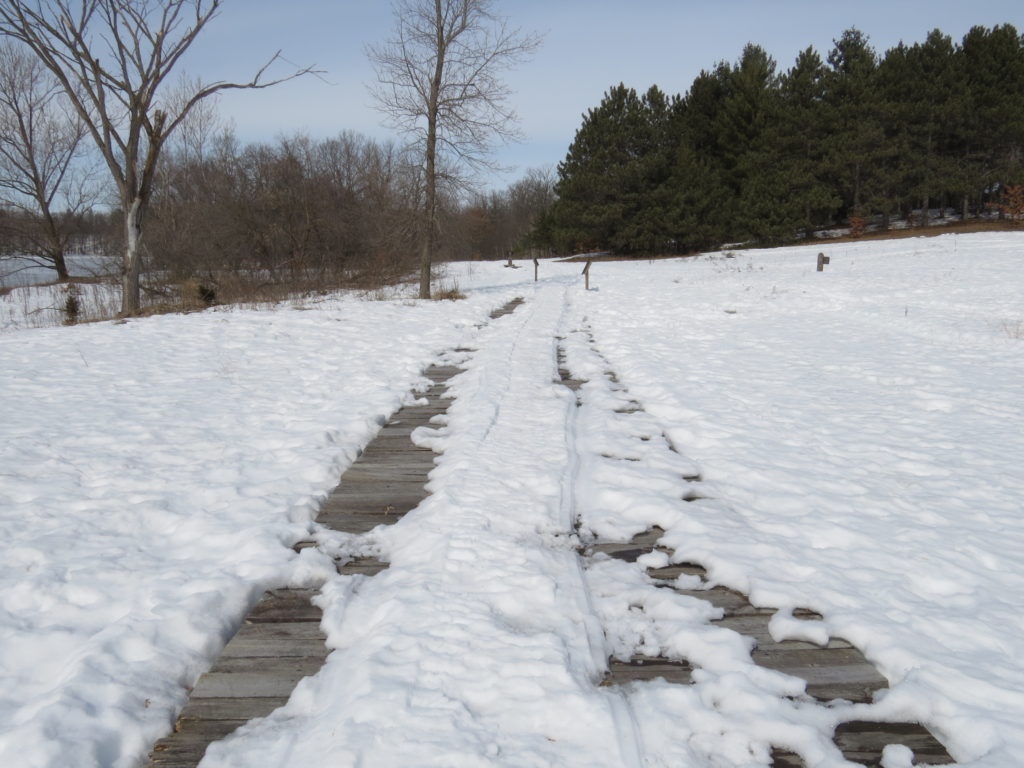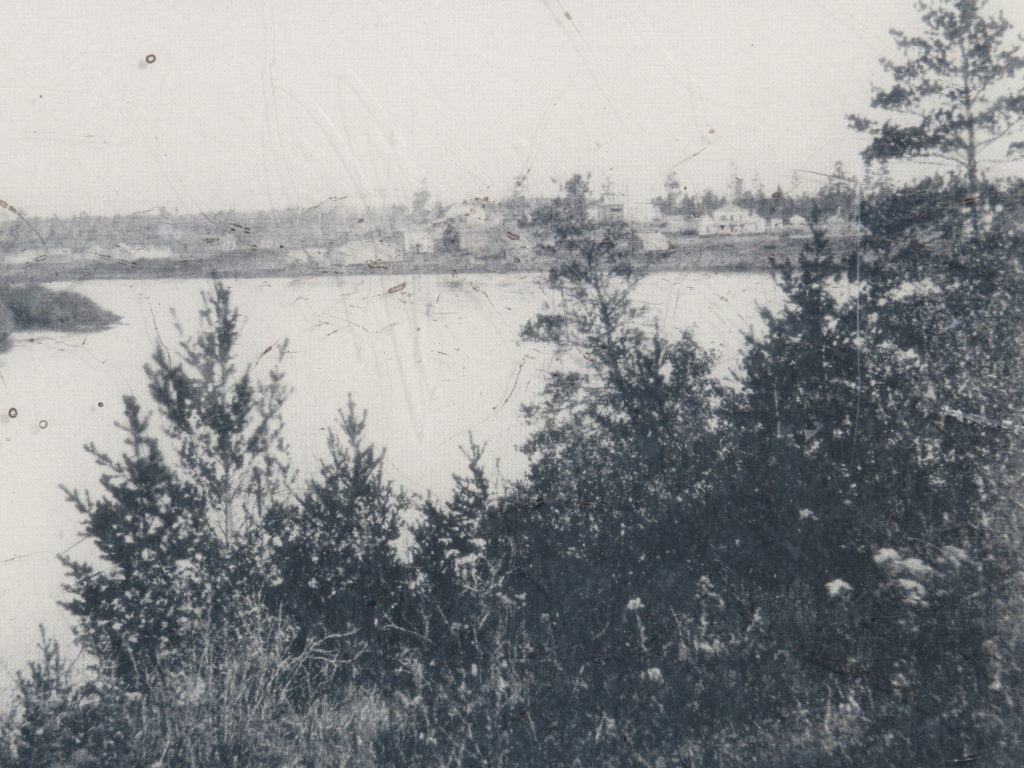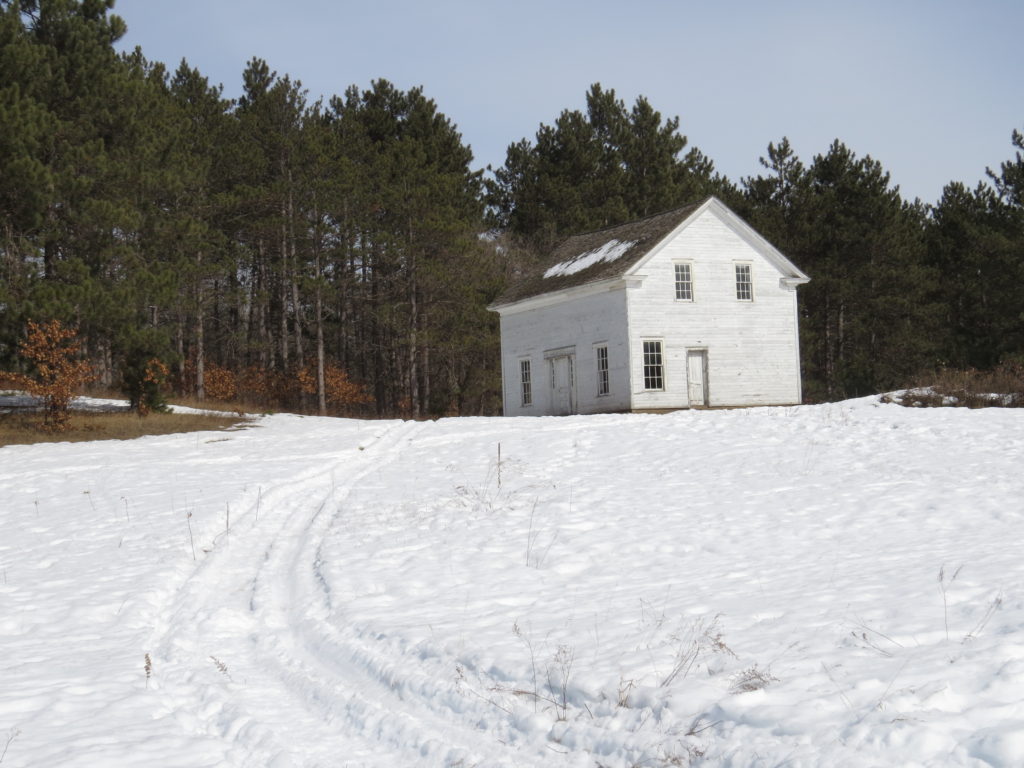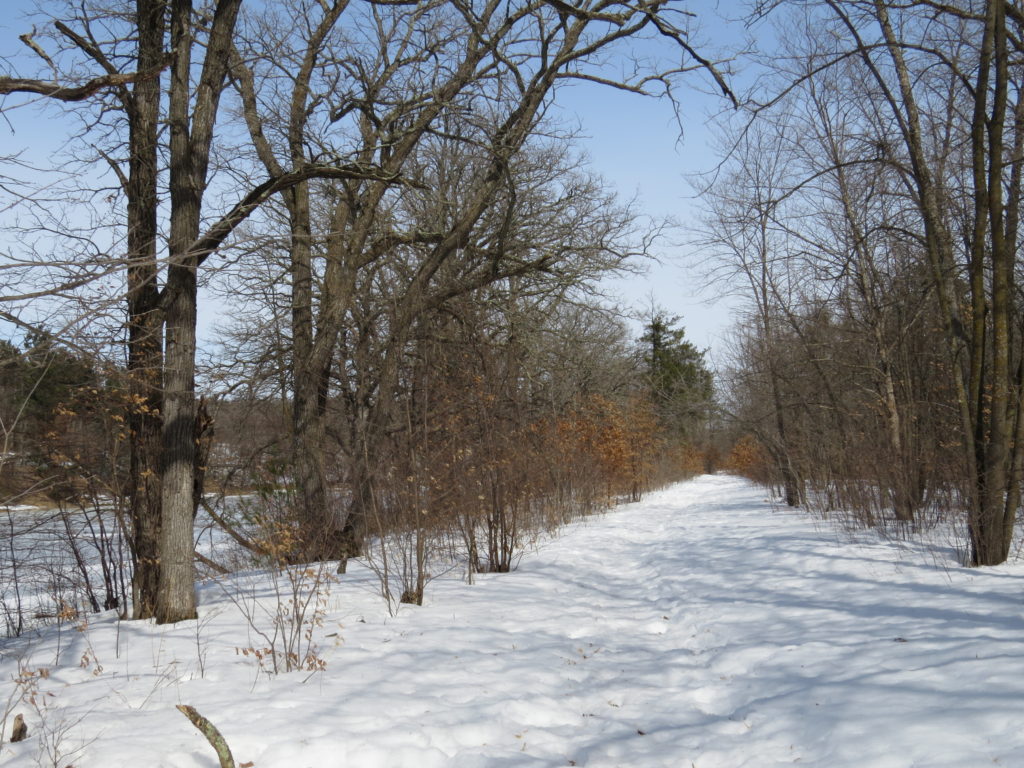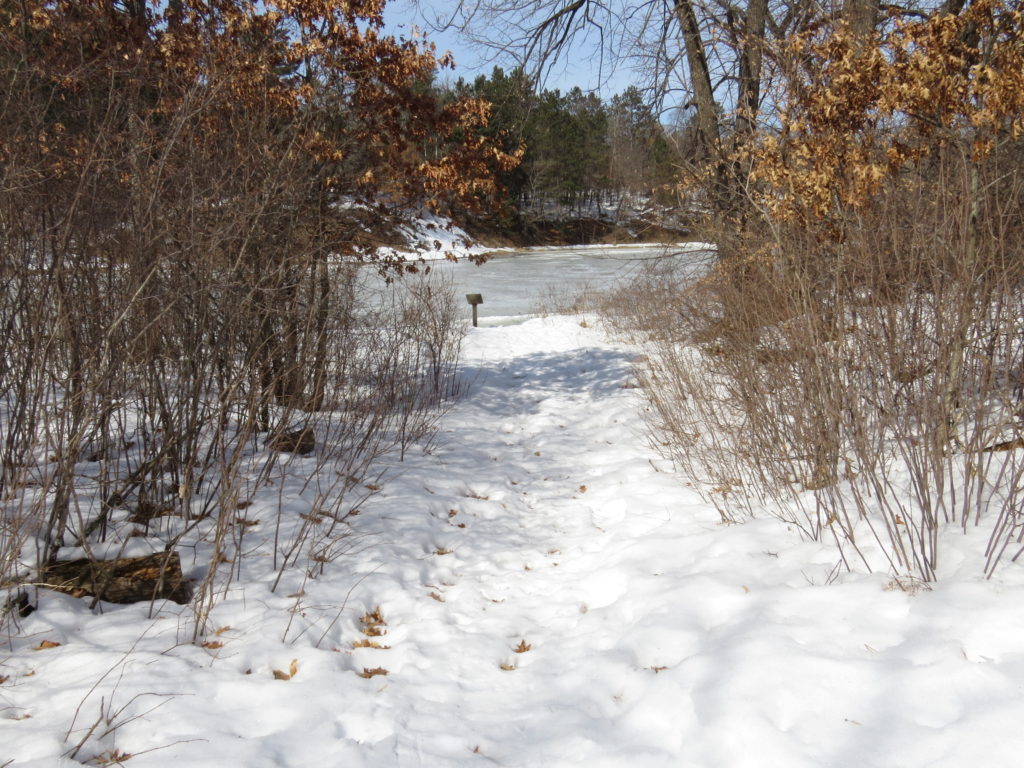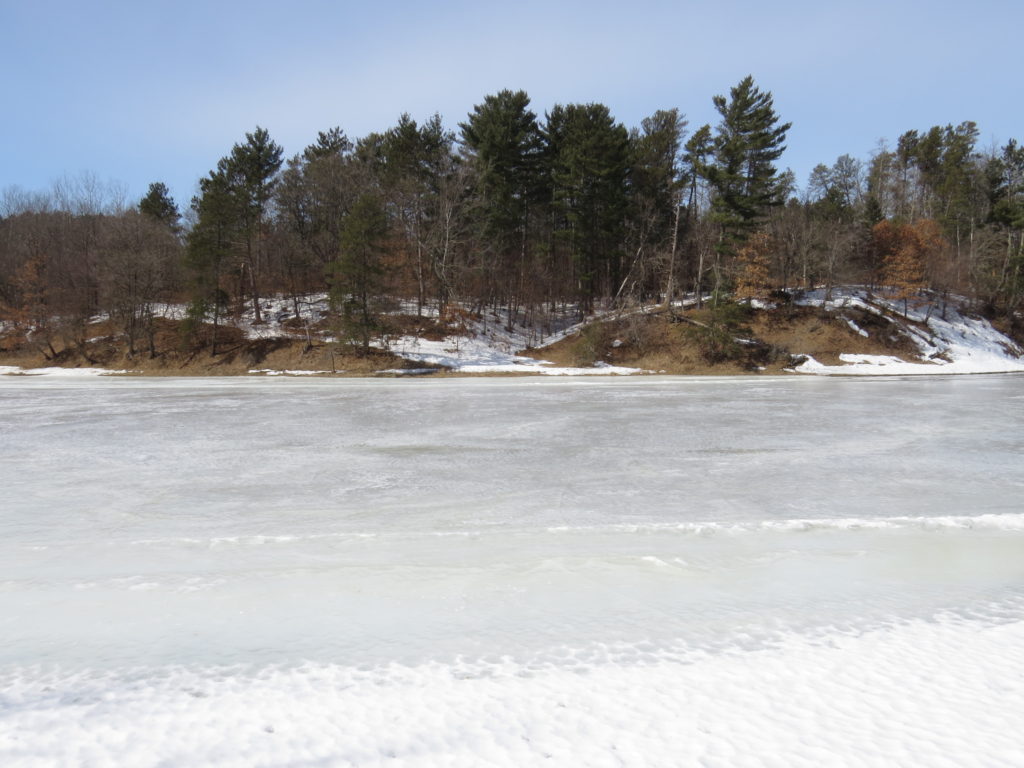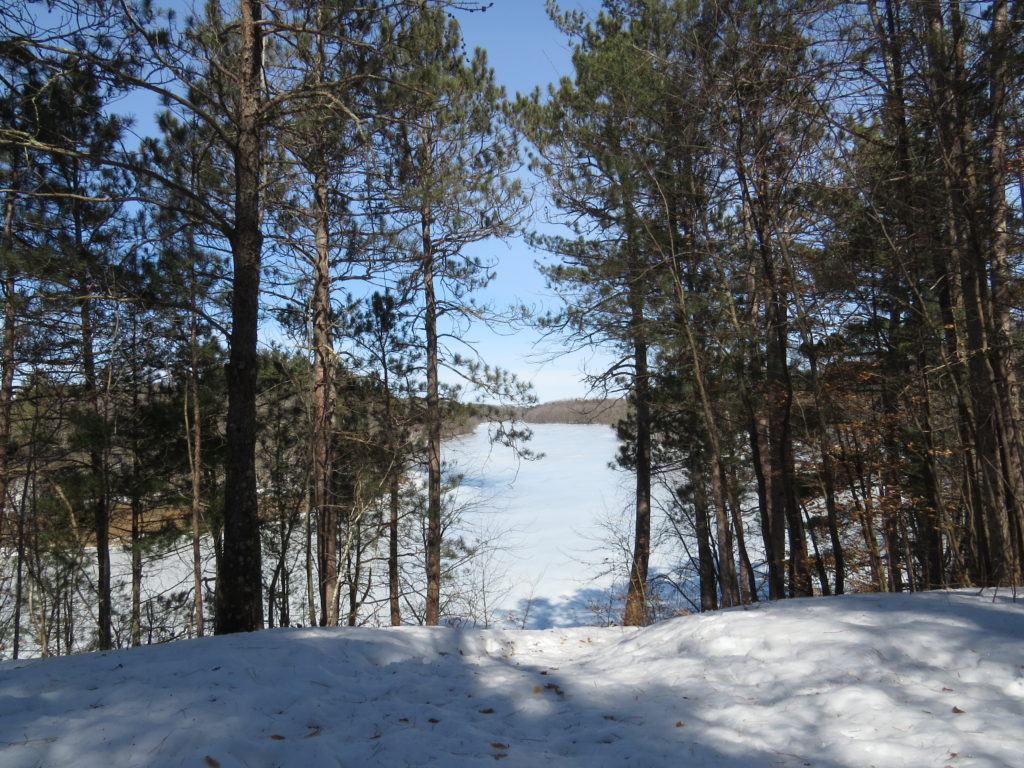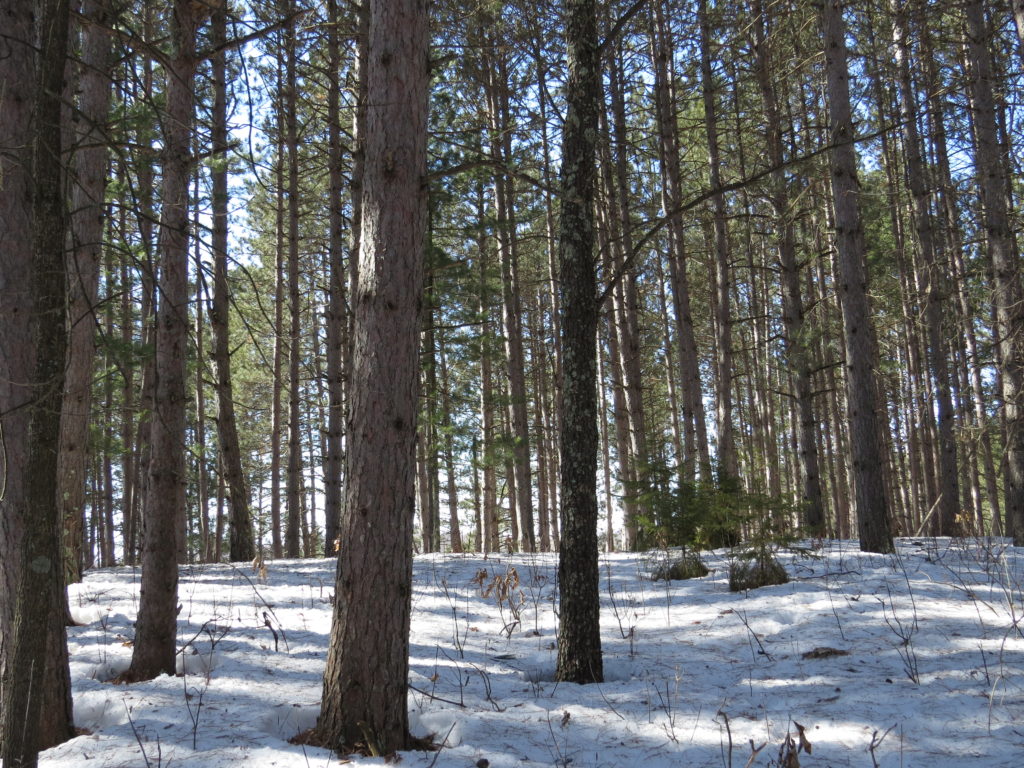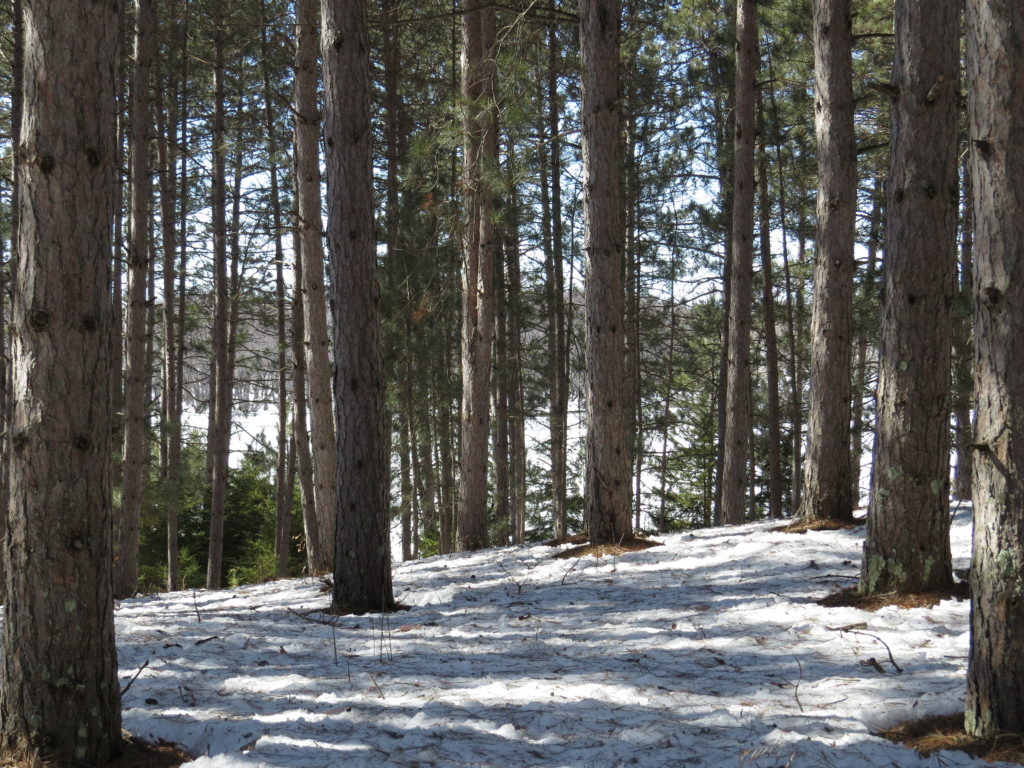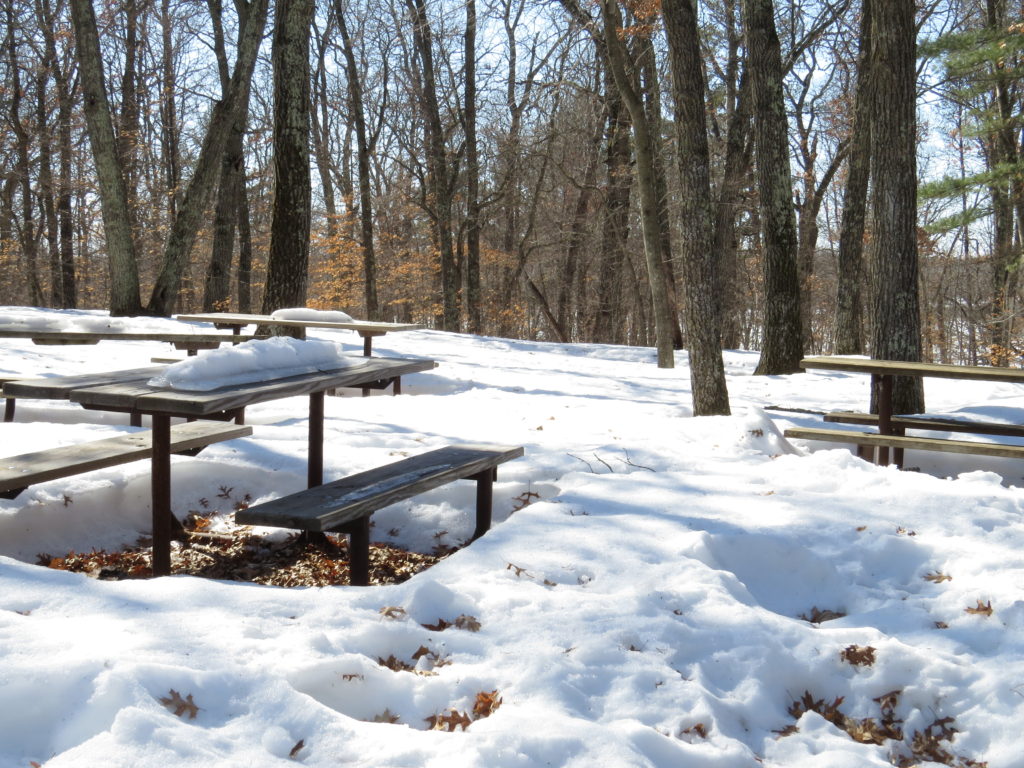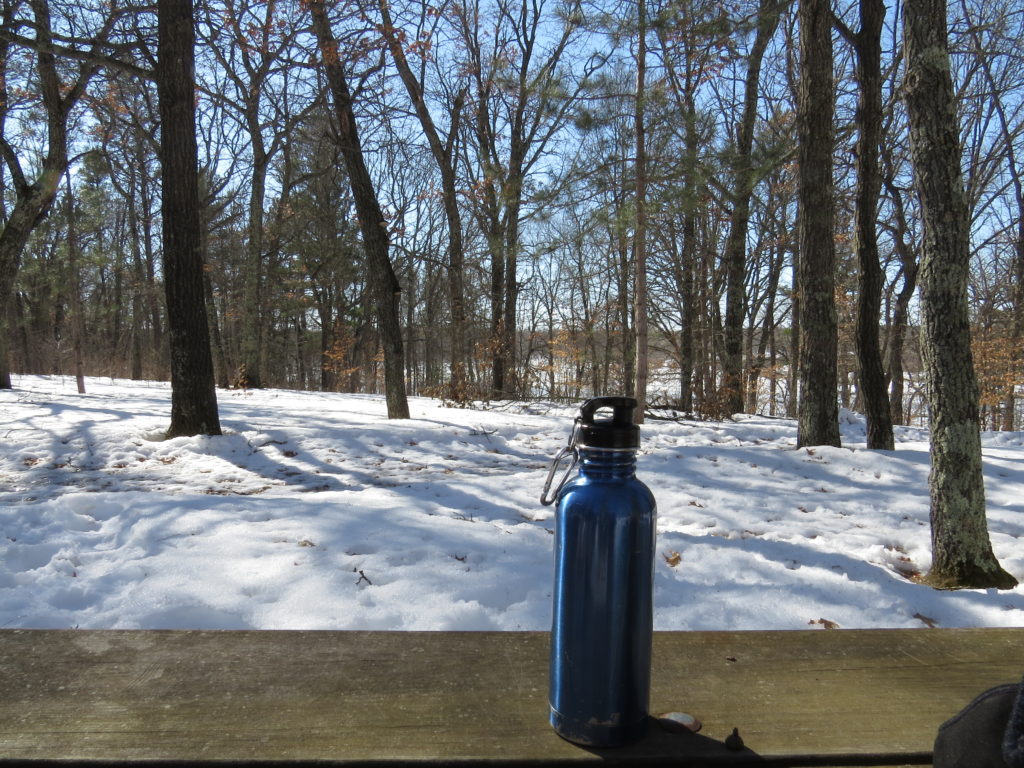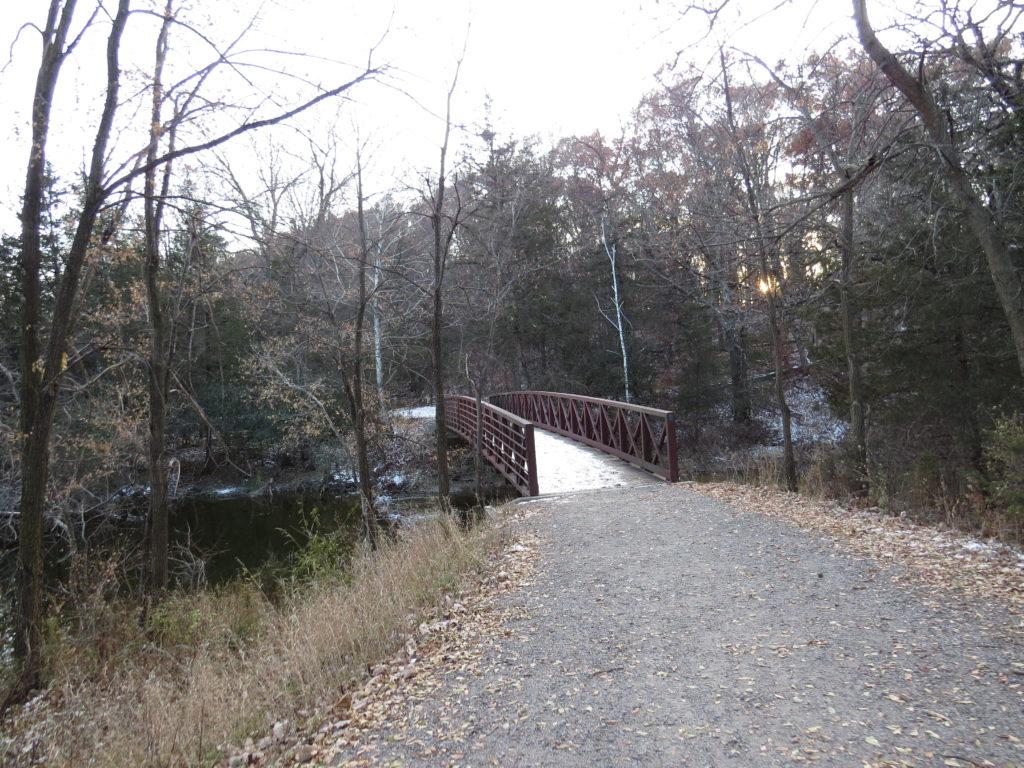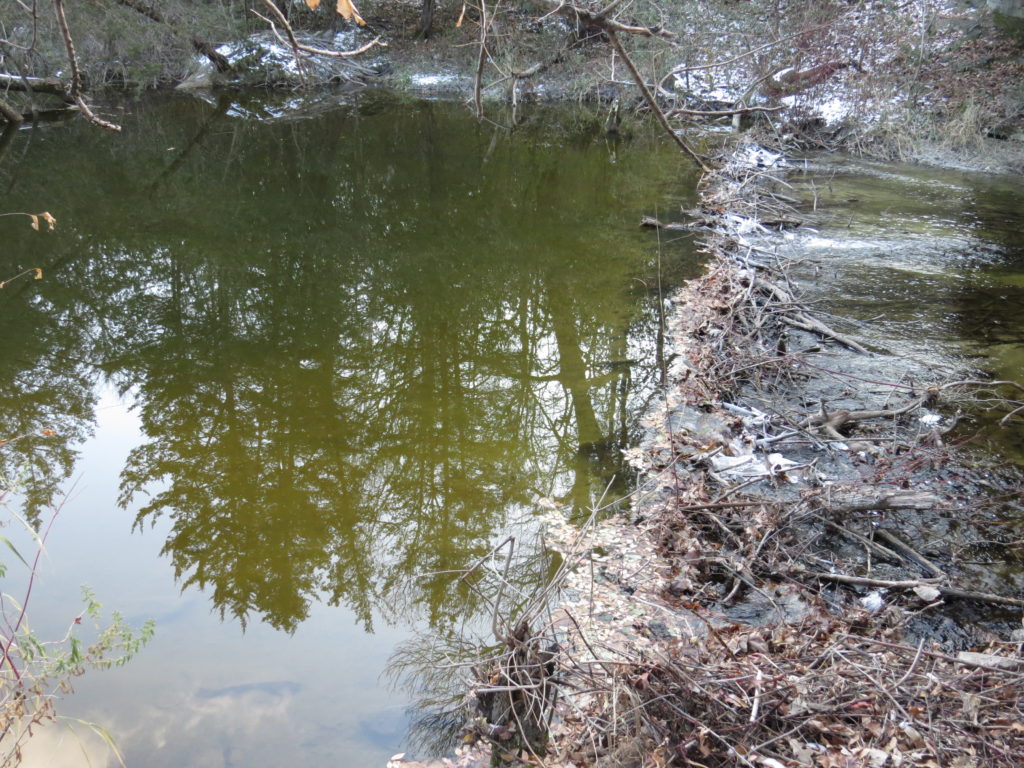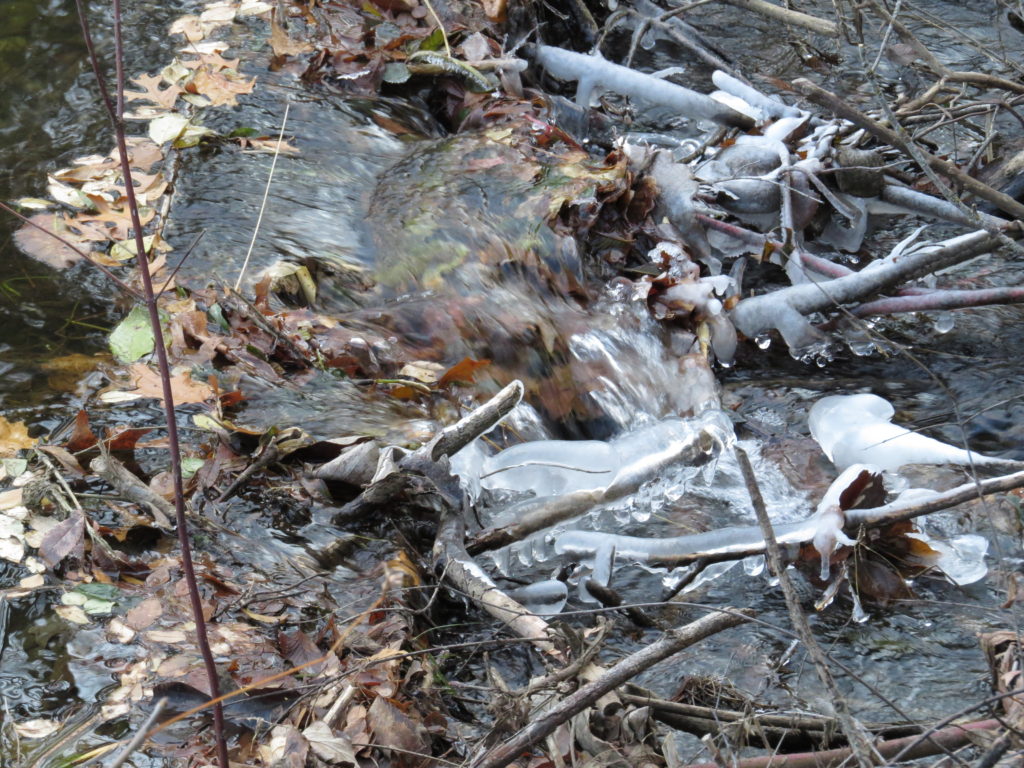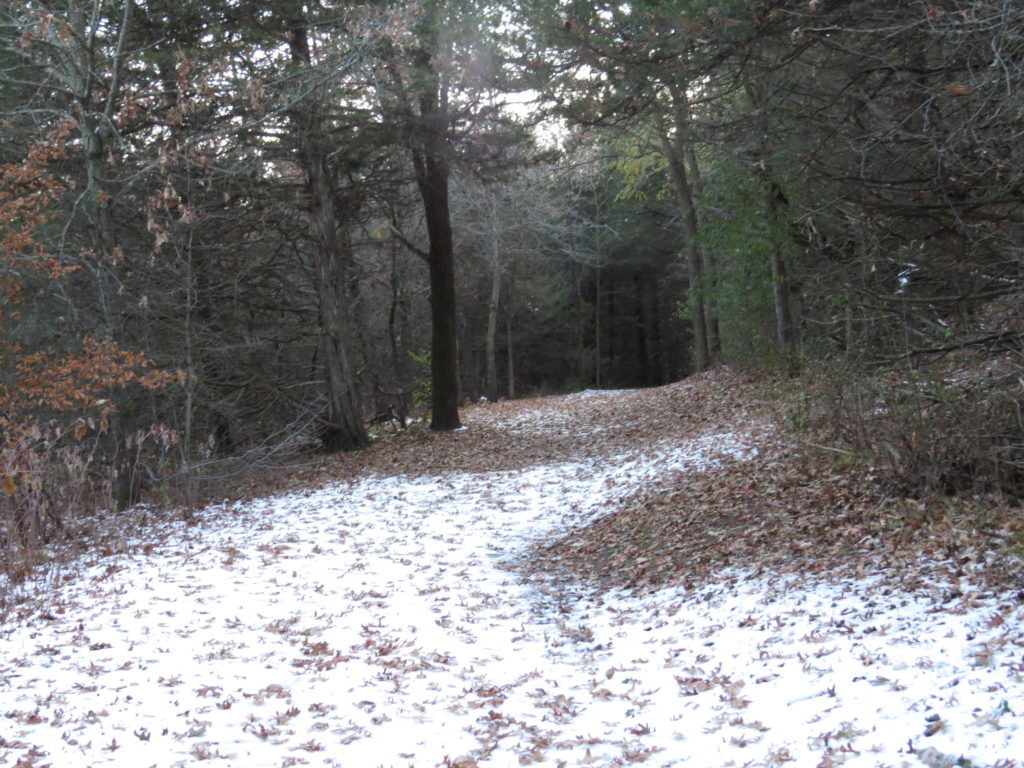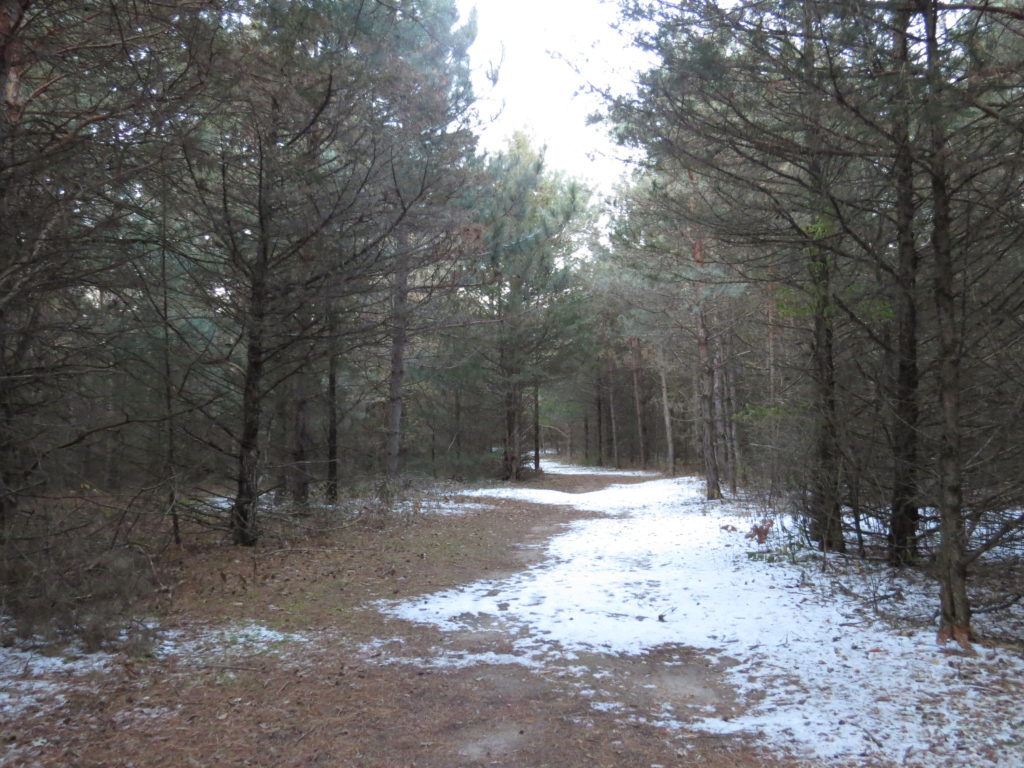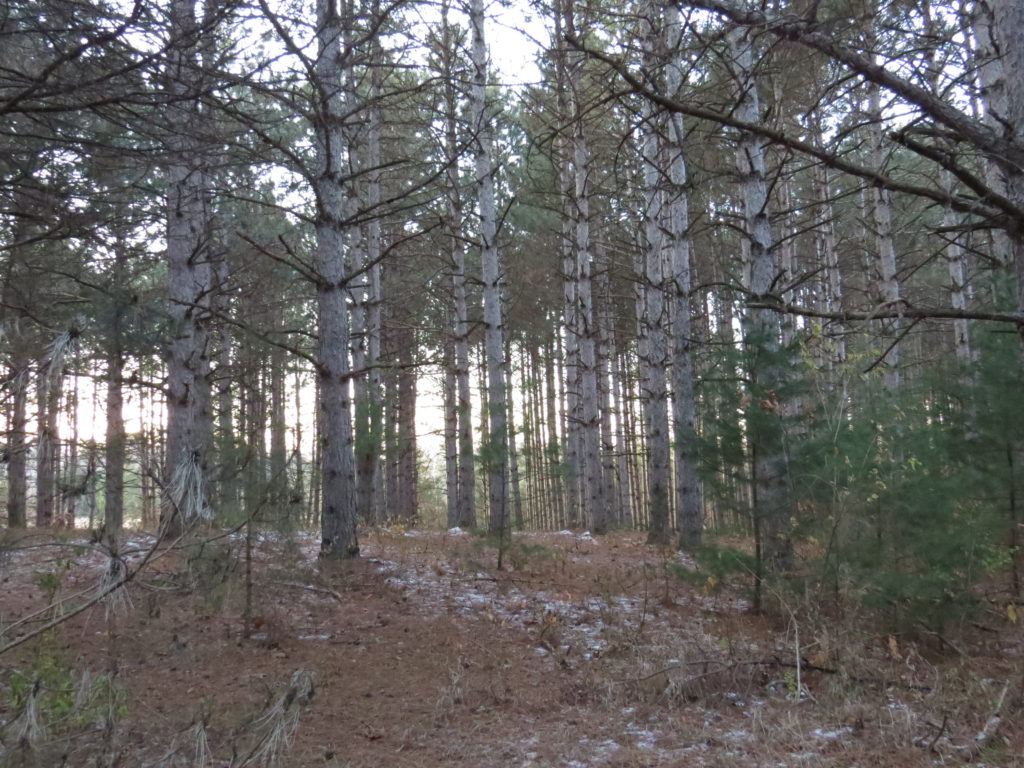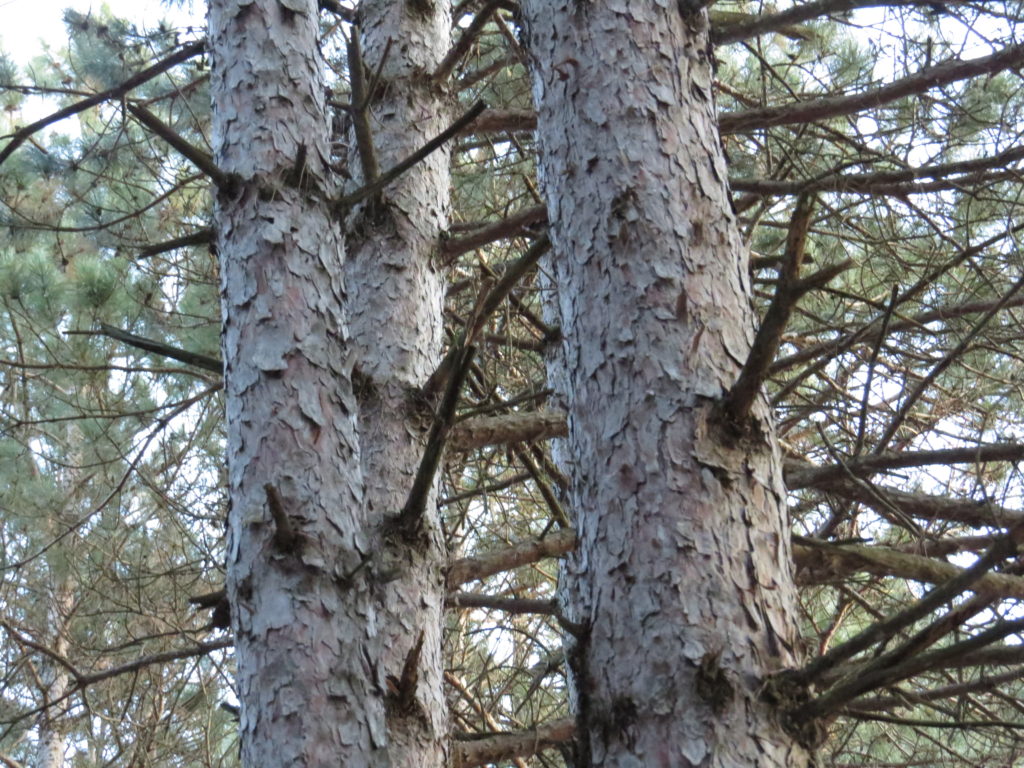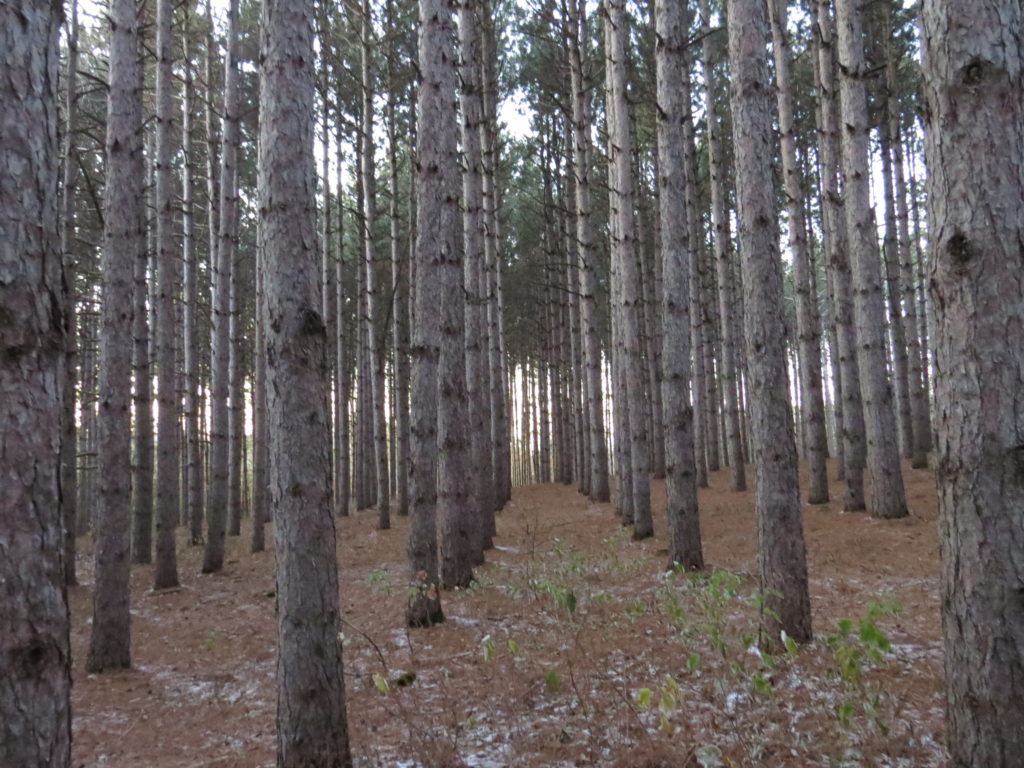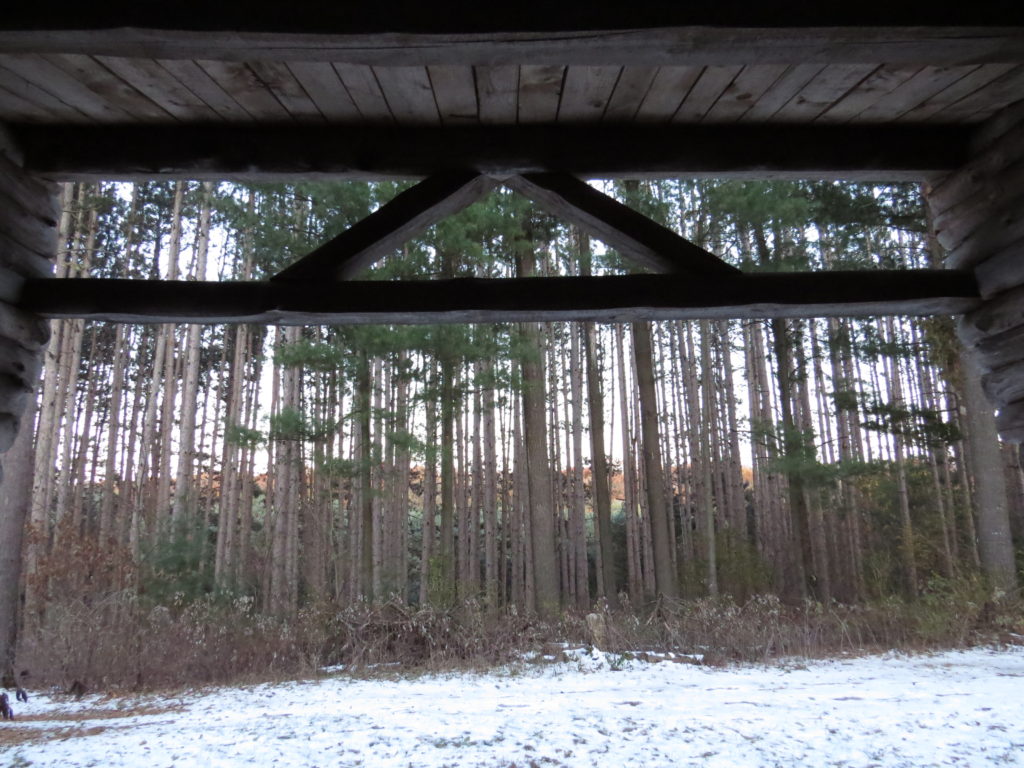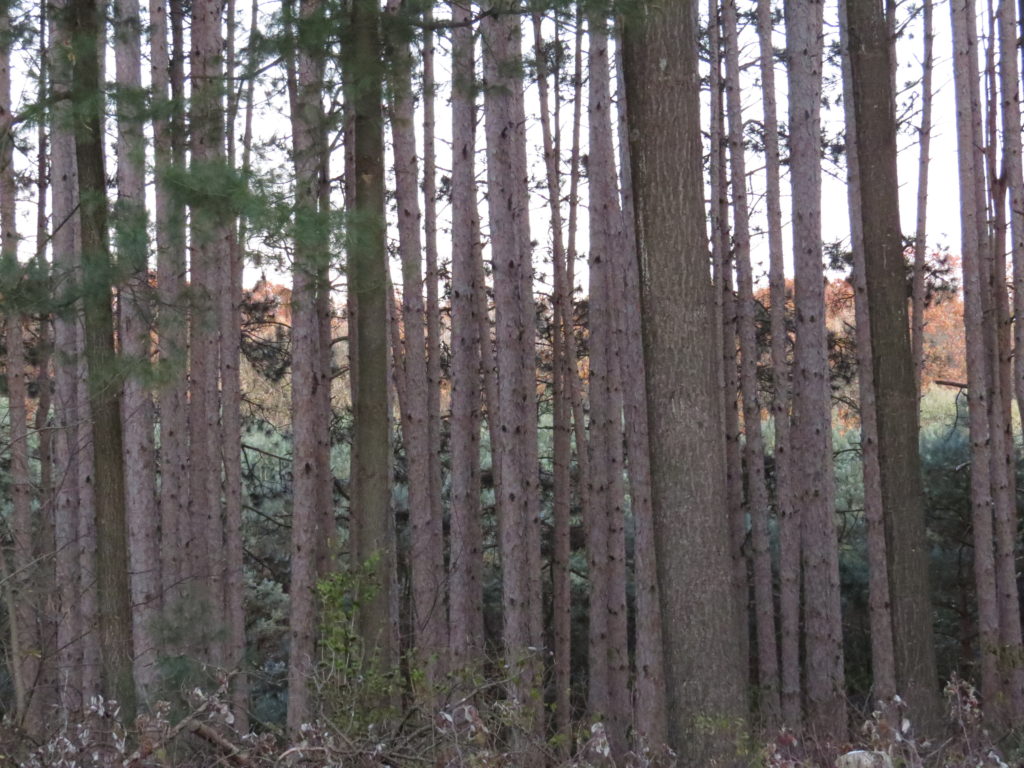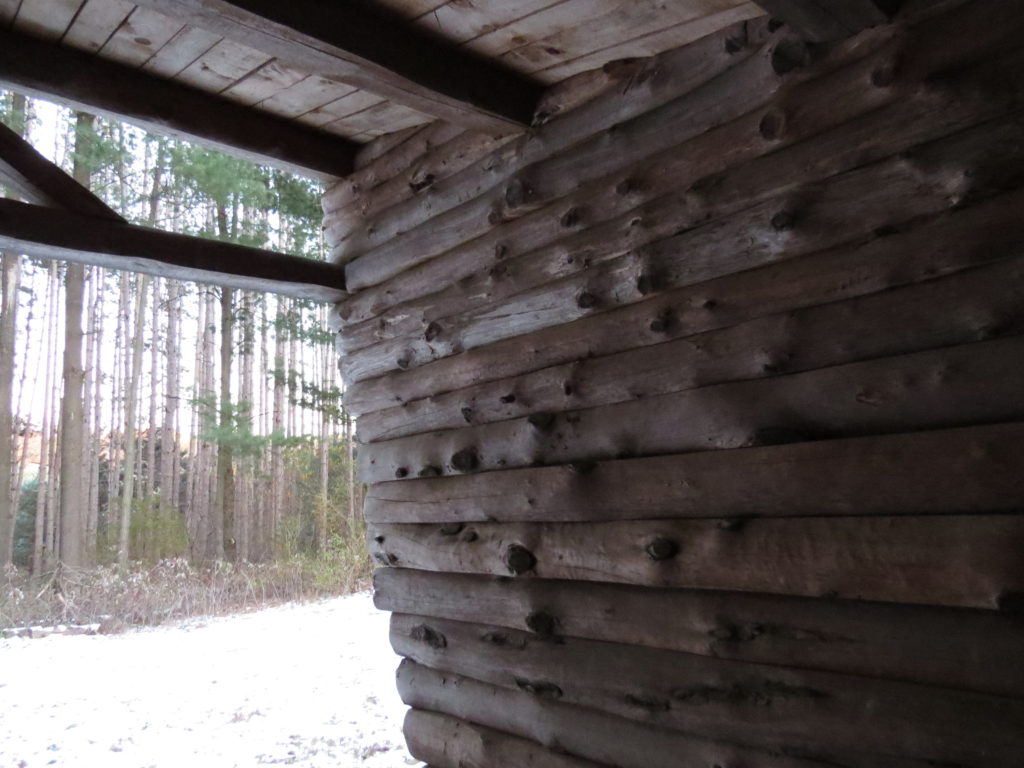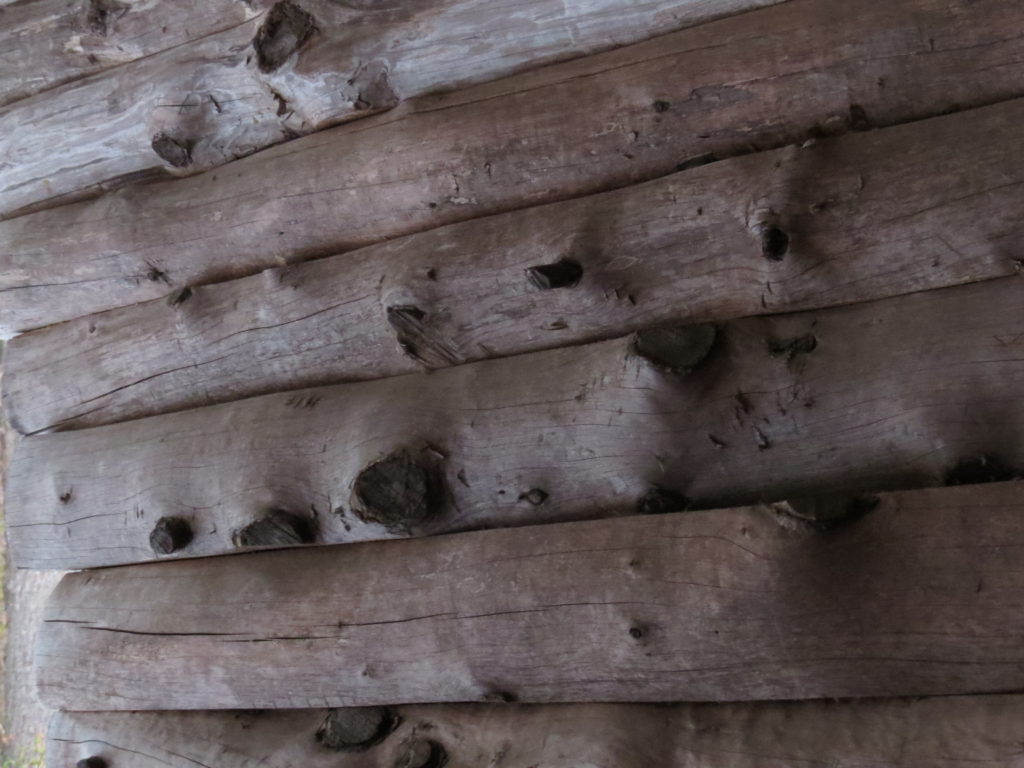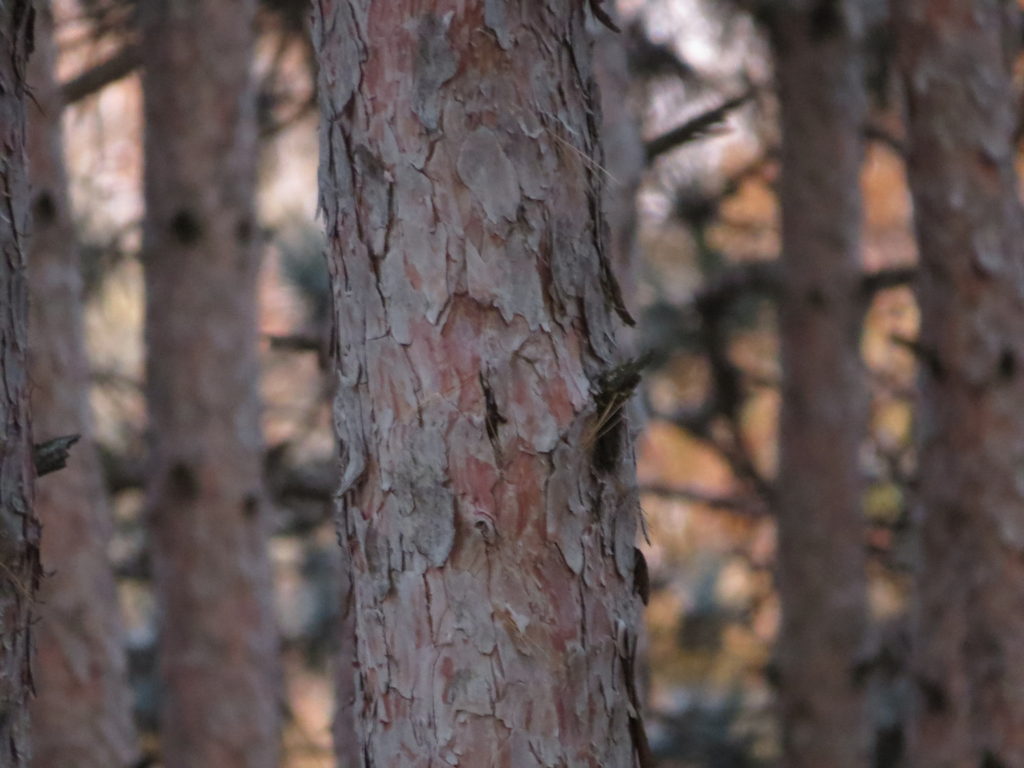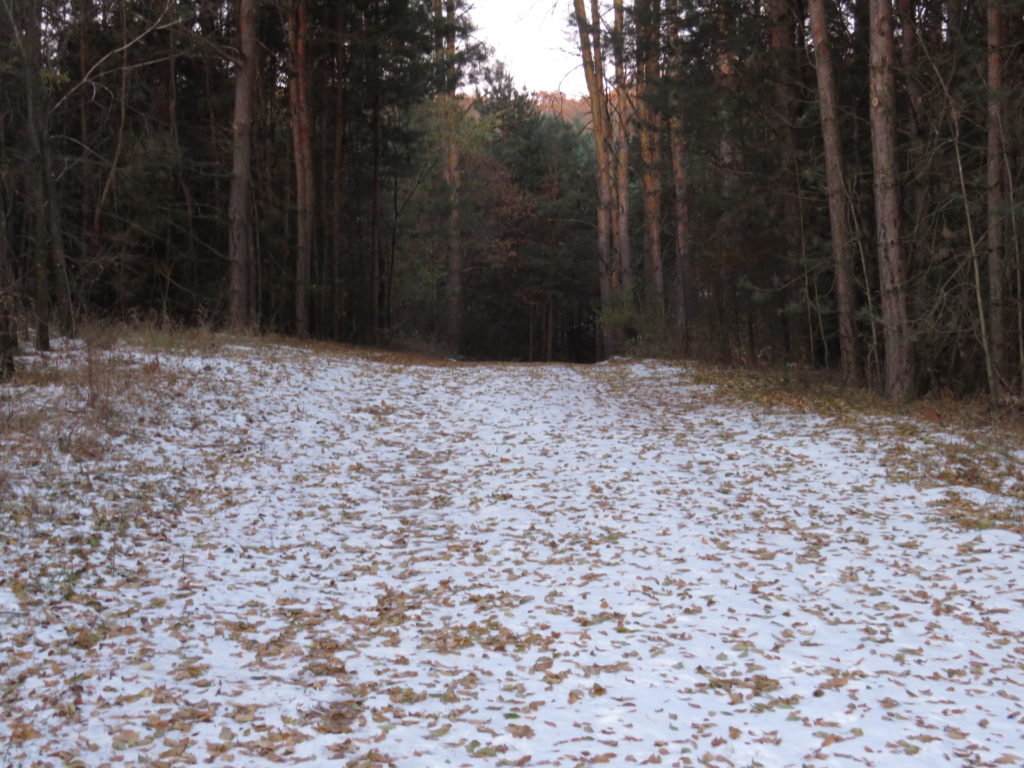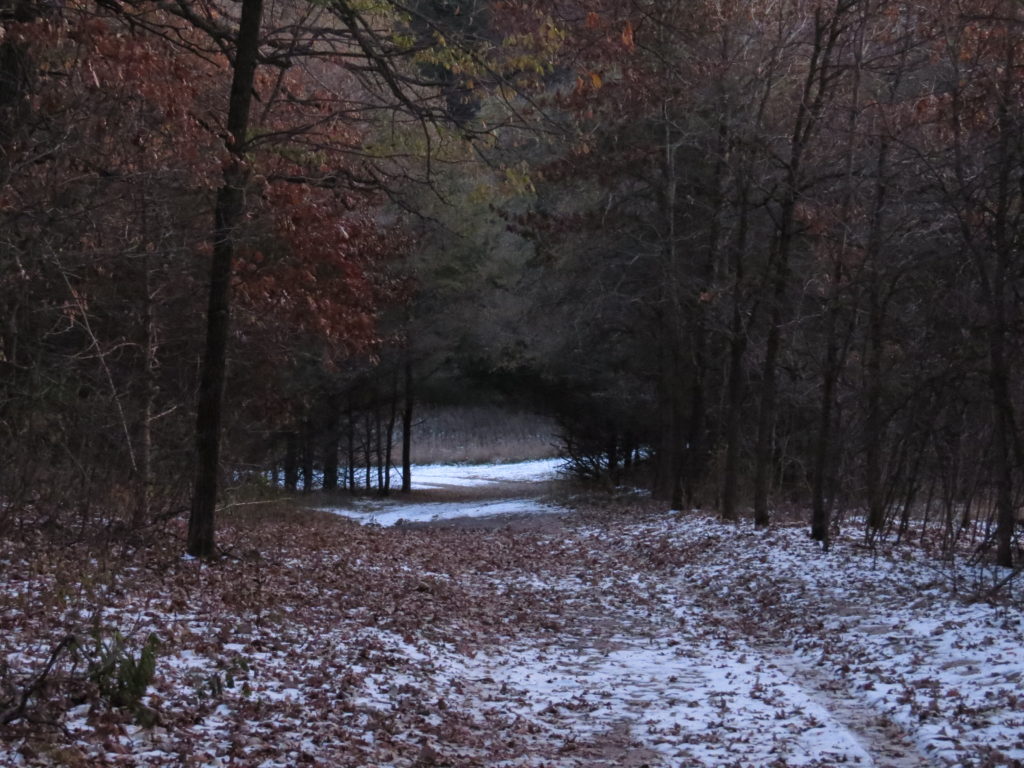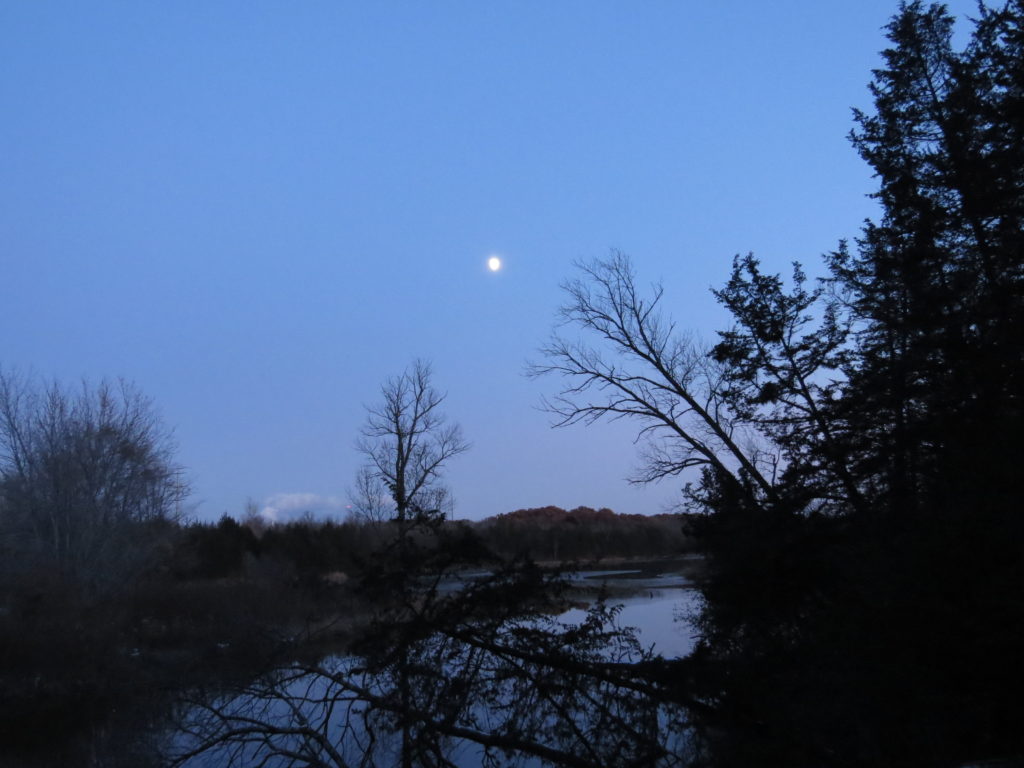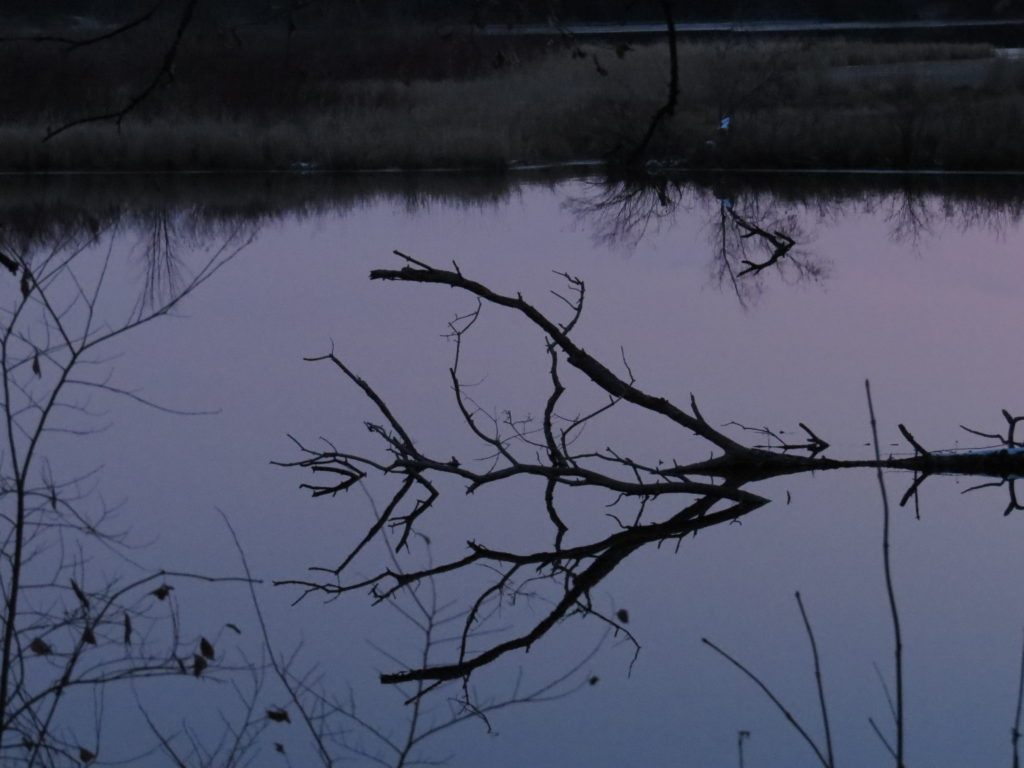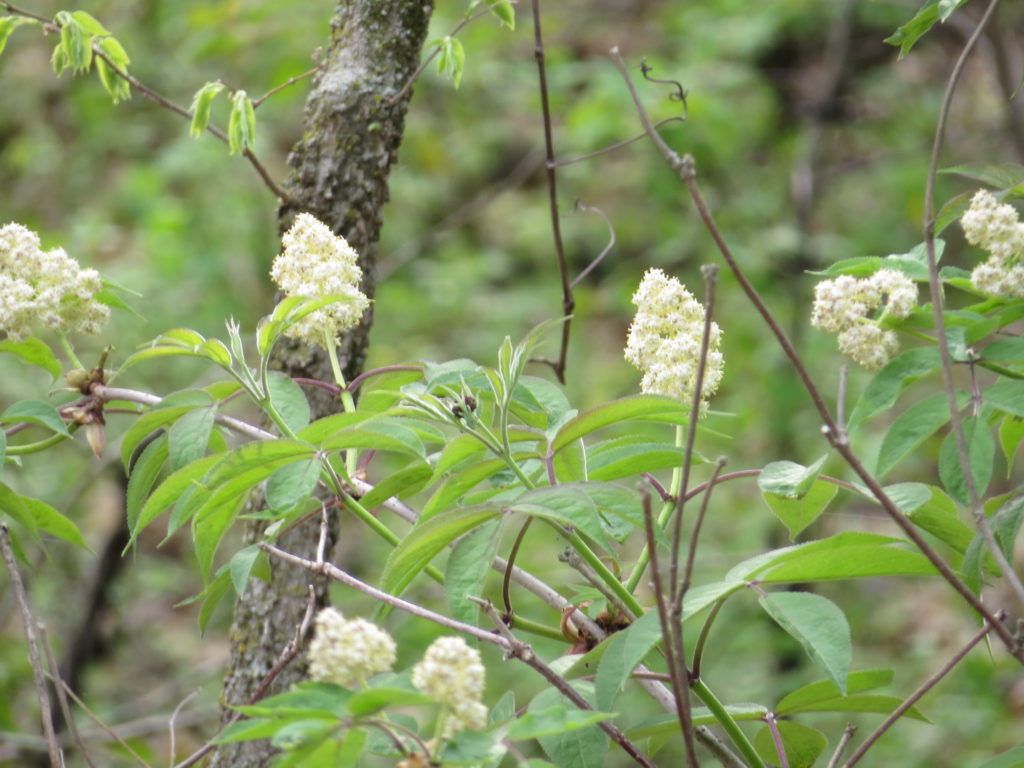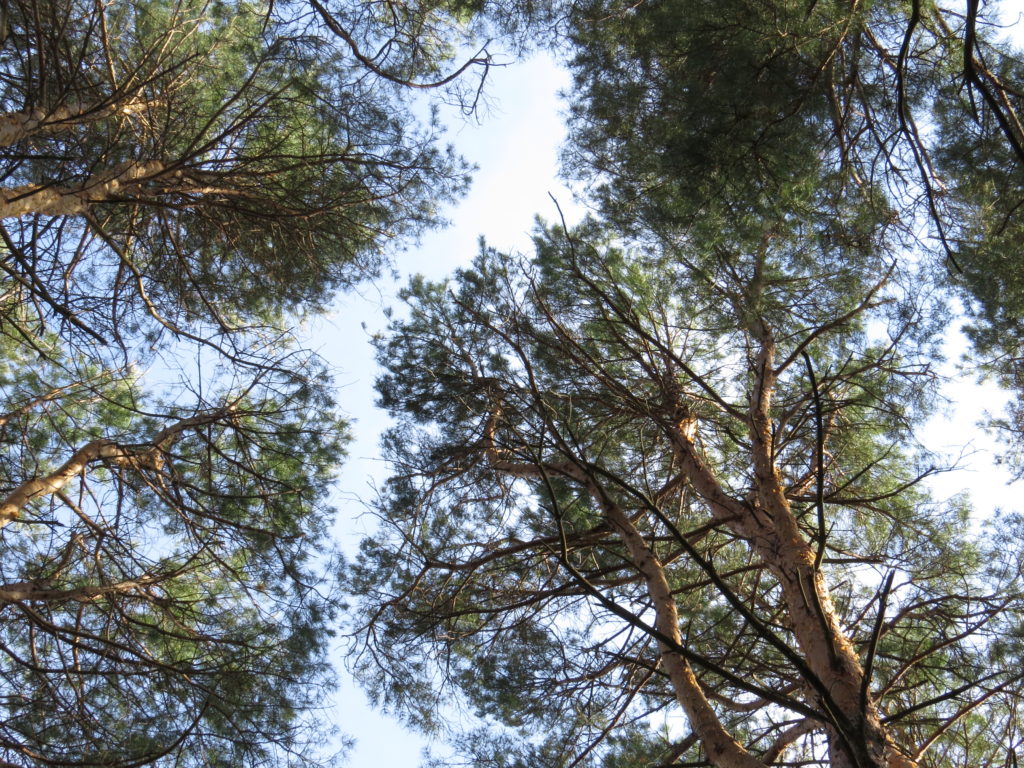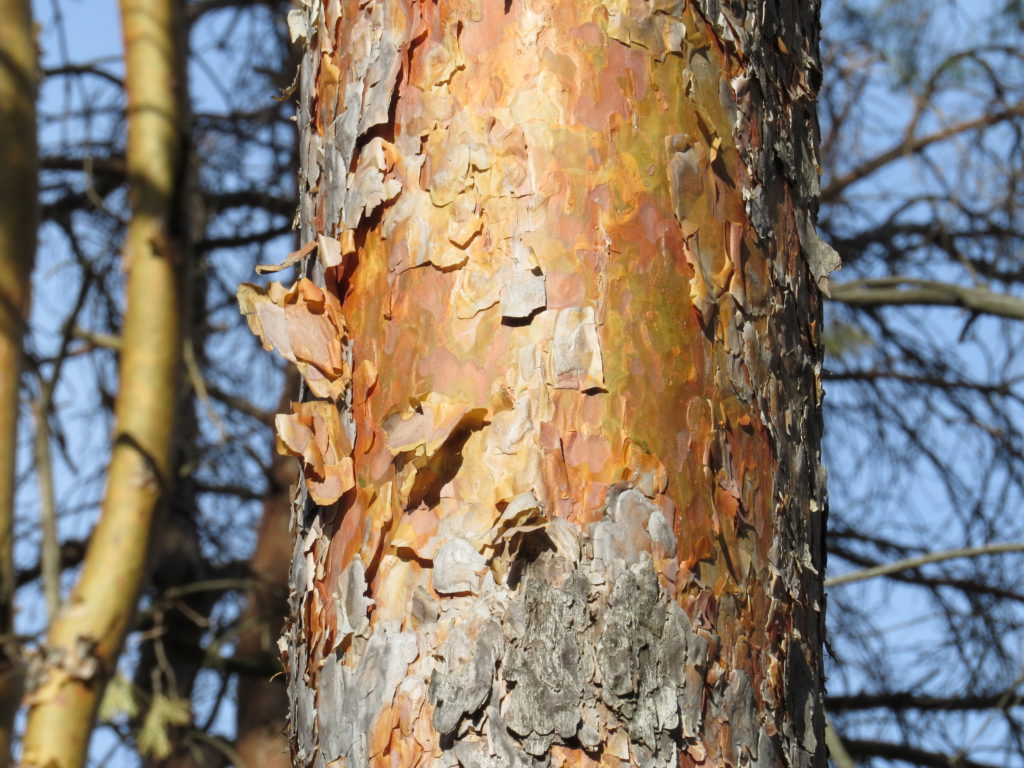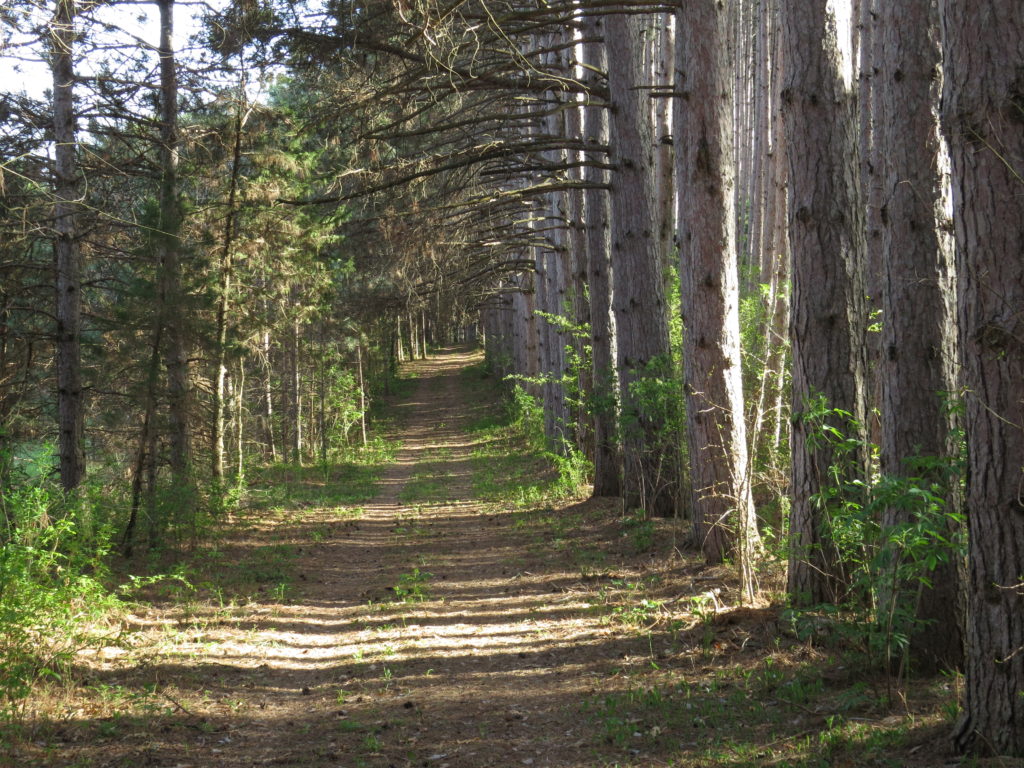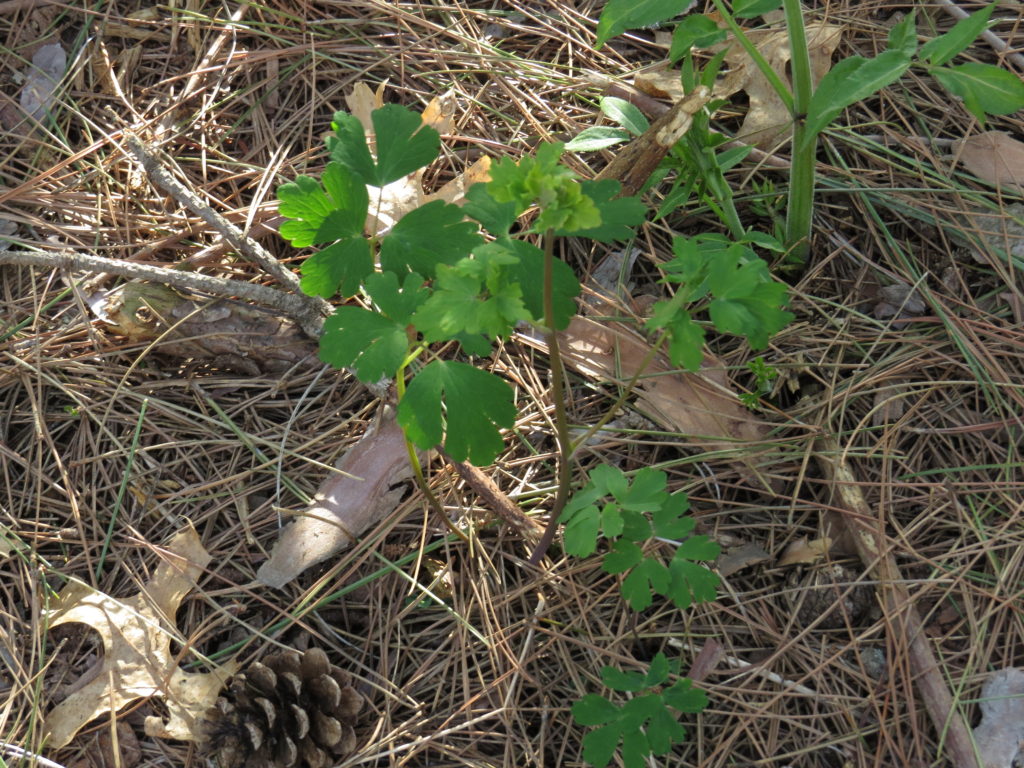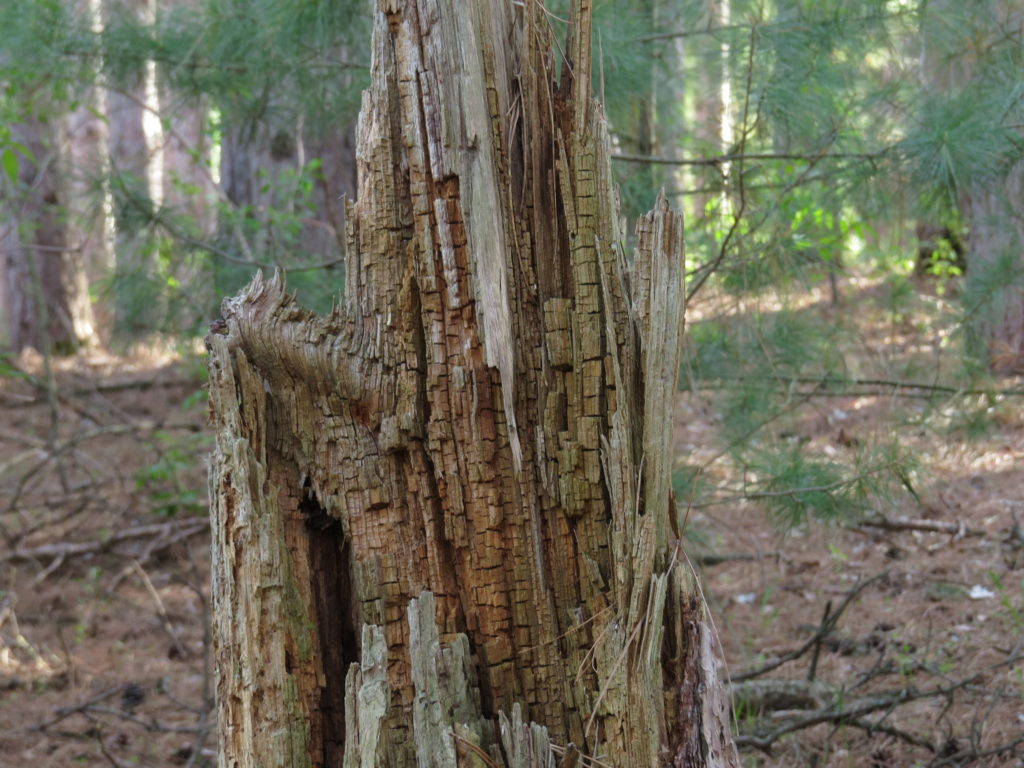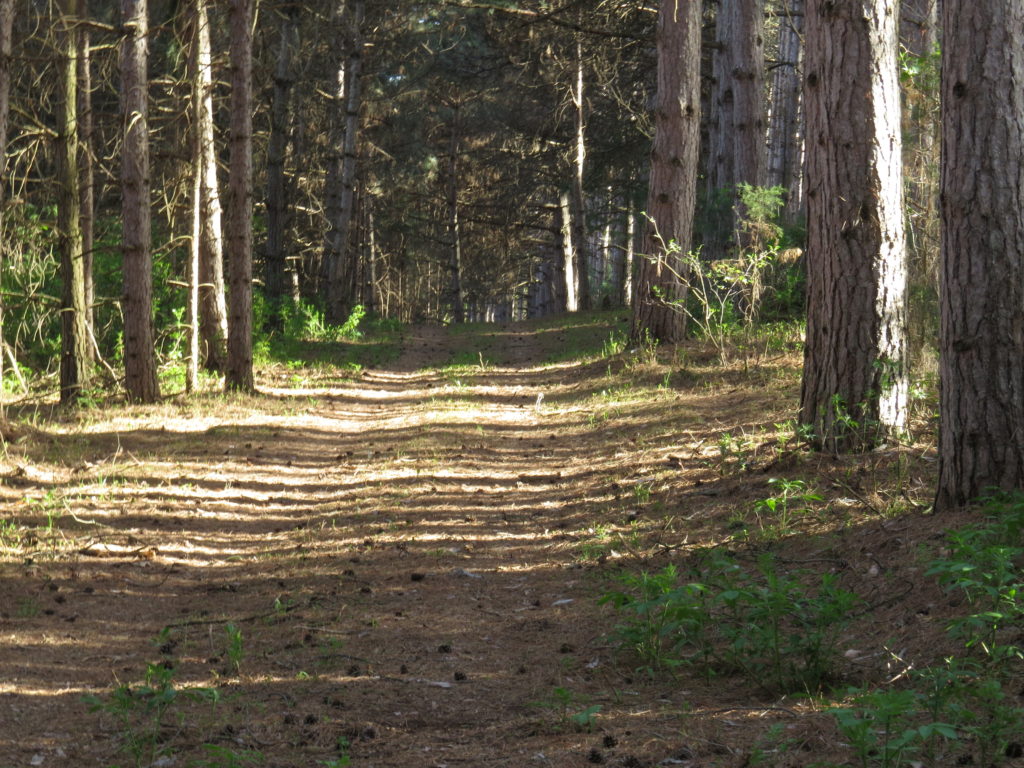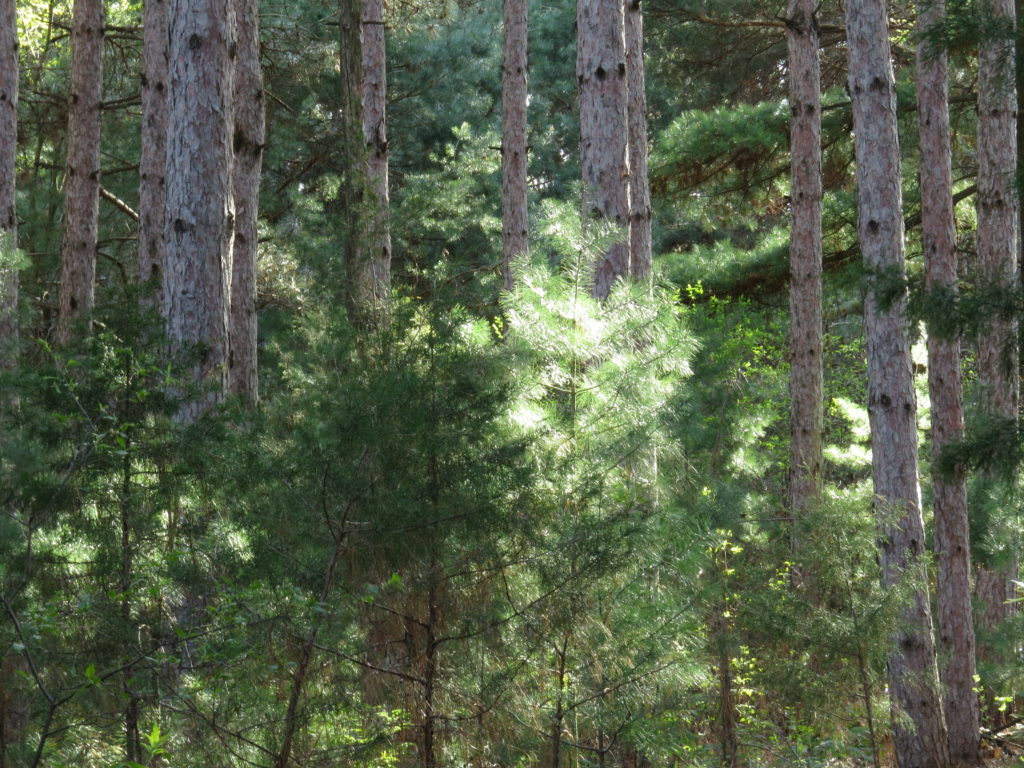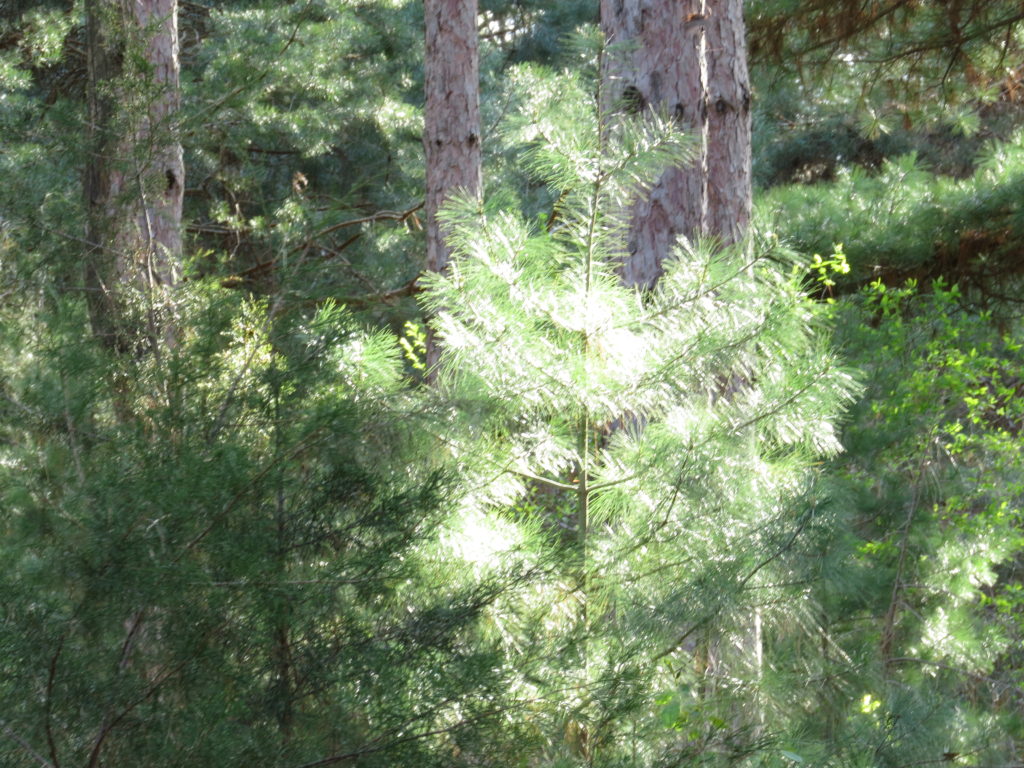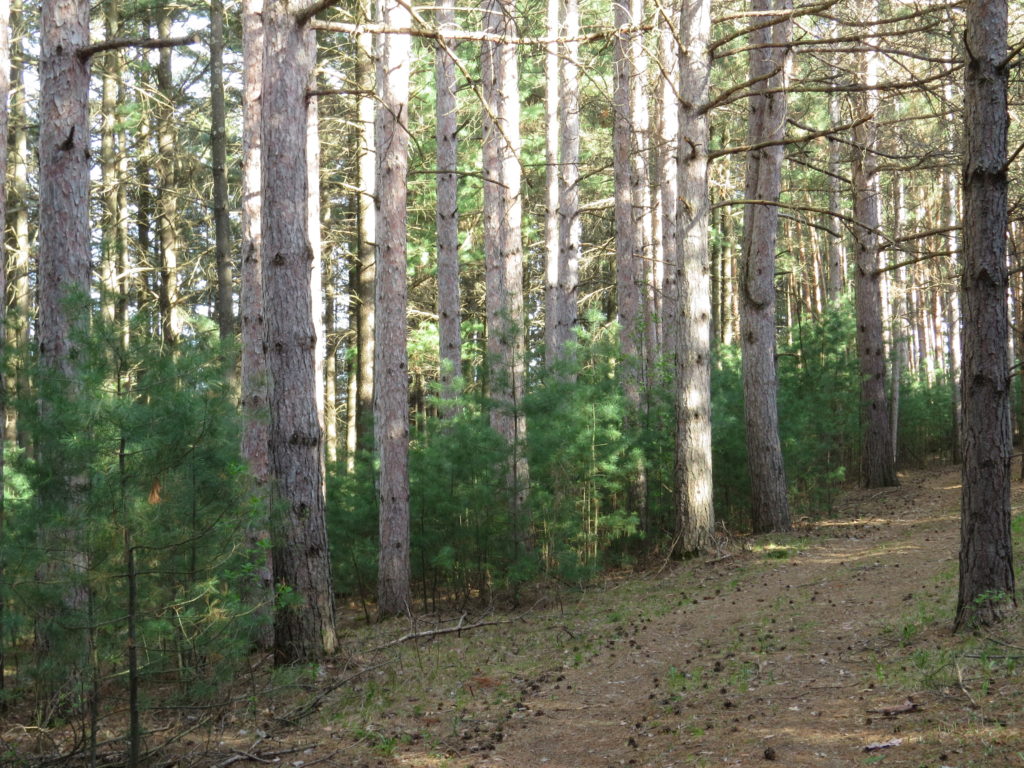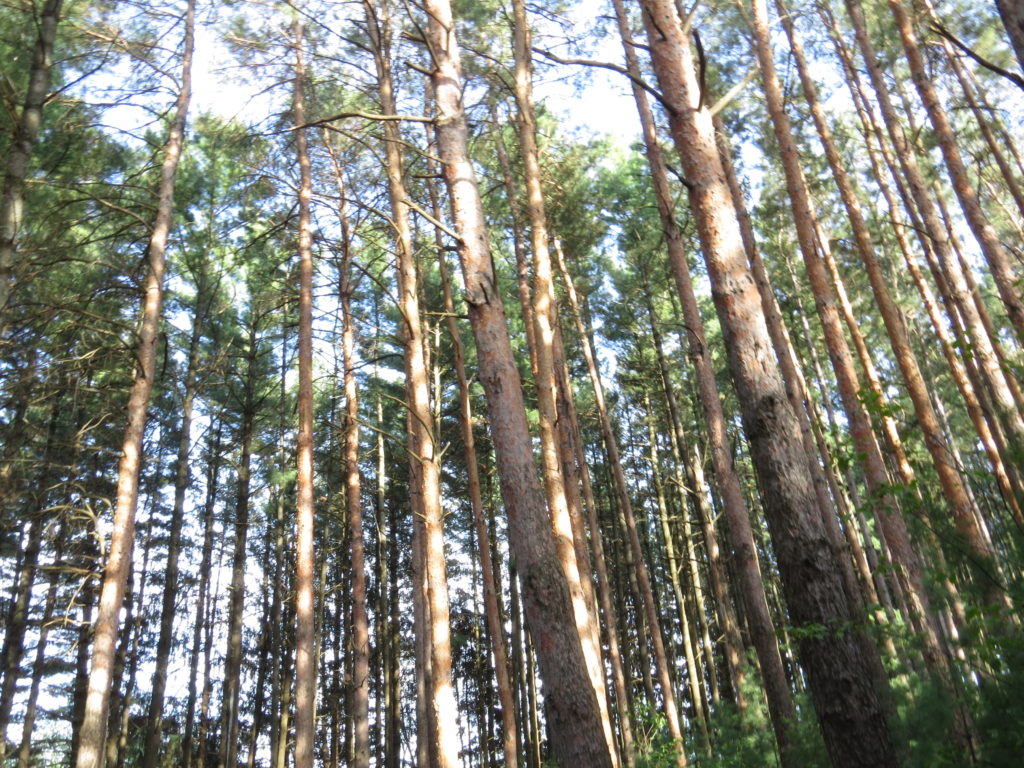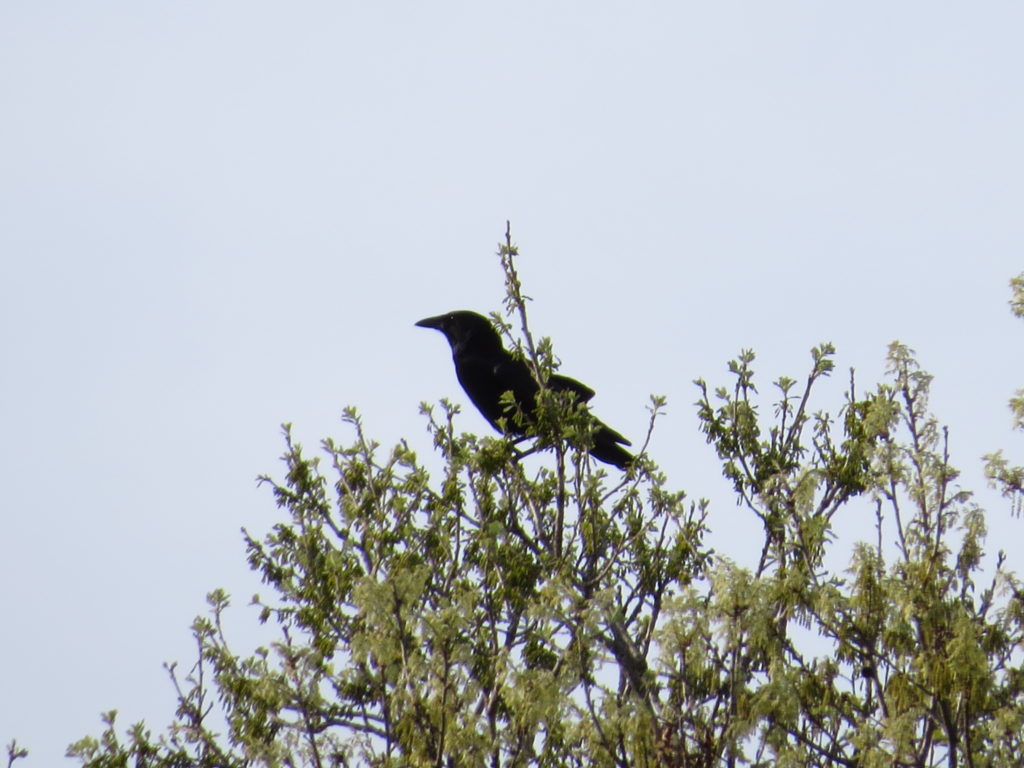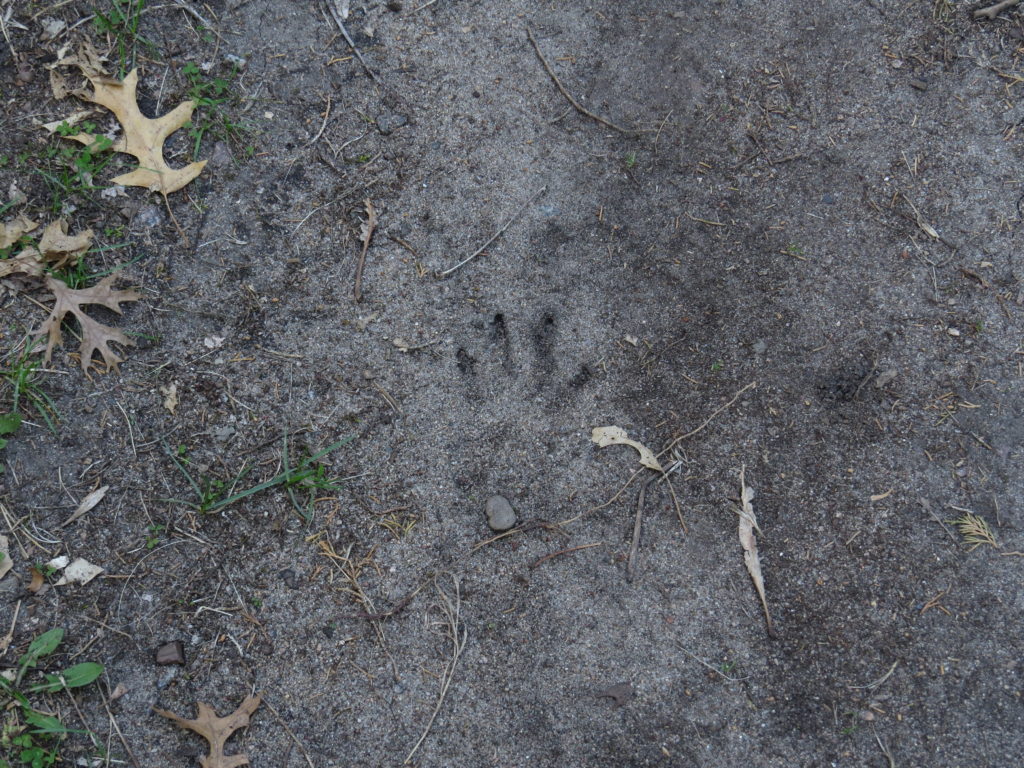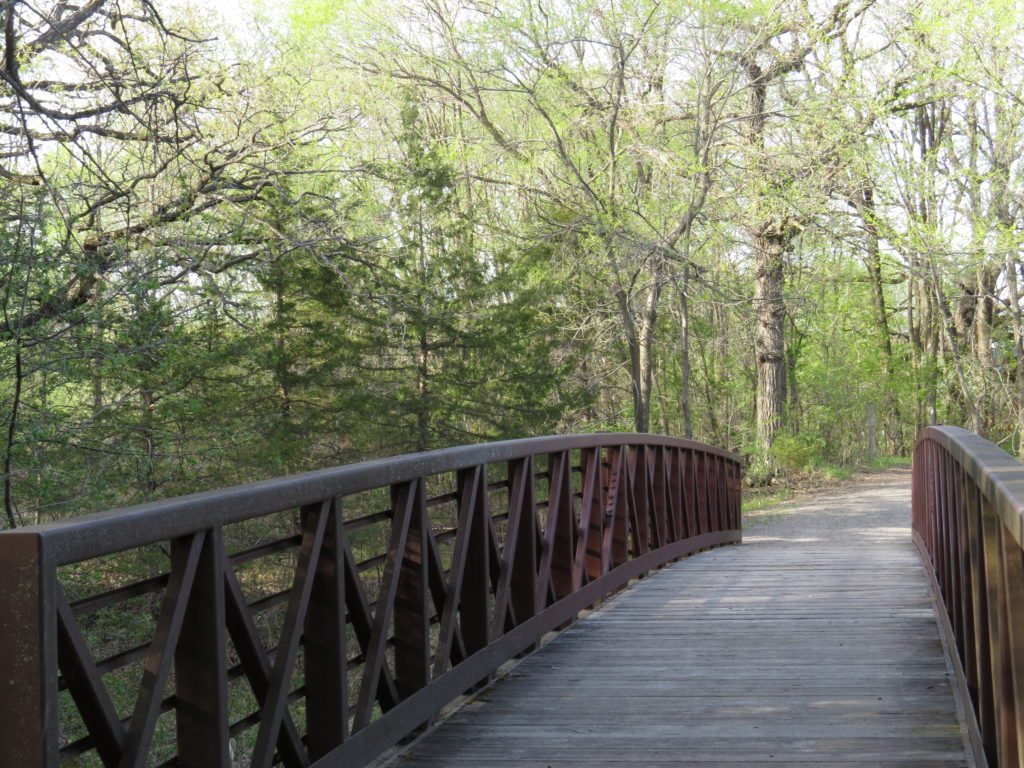We’ve all done it. We have walked the paths of those who came before us. Few of us are ‘novel’ explorers—we are more like ‘re-explorers.’ What seems new to us may very well have been the experience of our relatives, of our ancestors, and surely of those who lived in the generations before us. In no way does that deprive us of the immense learning experience and spiritual well-being of re-exploring, but it adds a depth of meaning to the steps we take.
So it was with our third hike at Savanna Portage State Park. After our first night of sleep at the park, we planned to get up early, eat a ‘hearty breakfast,’ and hike the 5.3 mile loop of the Continental Divide Trail. One of the qualities of an explorer, according to exploreratlarge.org, is discipline. When it comes to an early morning routine, there is hardly one more disciplined than Chris. My own discipline gets dragged along behind his due to his steadfastness, his determination, and thankfully, his humor. Even though the dripping rain, that had chased us into the cabin for supper the night before, had continued with faint-heartedness through the night, Chris was up before the first glimpses of daylight. The Coleman stove whooshed and banged metal on metal as he prepared coffee and readied the ingredients for breakfast. The late-nighters who tented nearby may have been annoyed by the early bird, but we were coming precariously close to ‘burning daylight’ in Chris’ mind. After our hearty breakfast sandwich and fruit, we packed the backpack with water and snacks, slipped down the hill, and began our morning hike.
Everything was dewy and wet—thank goodness for waterproof boots—and the sun shone horizontal through the trees. The early morning birds sang songs of delight as we began to ascend the ridge that divided the water flow. On one side, the water would flow east into the St. Louis River, the Great Lakes, and the St. Lawrence Seaway to the Atlantic Ocean. On the other side, the water would flow west to Big Sandy Lake, to the Mississippi River and down to the Gulf of Mexico.

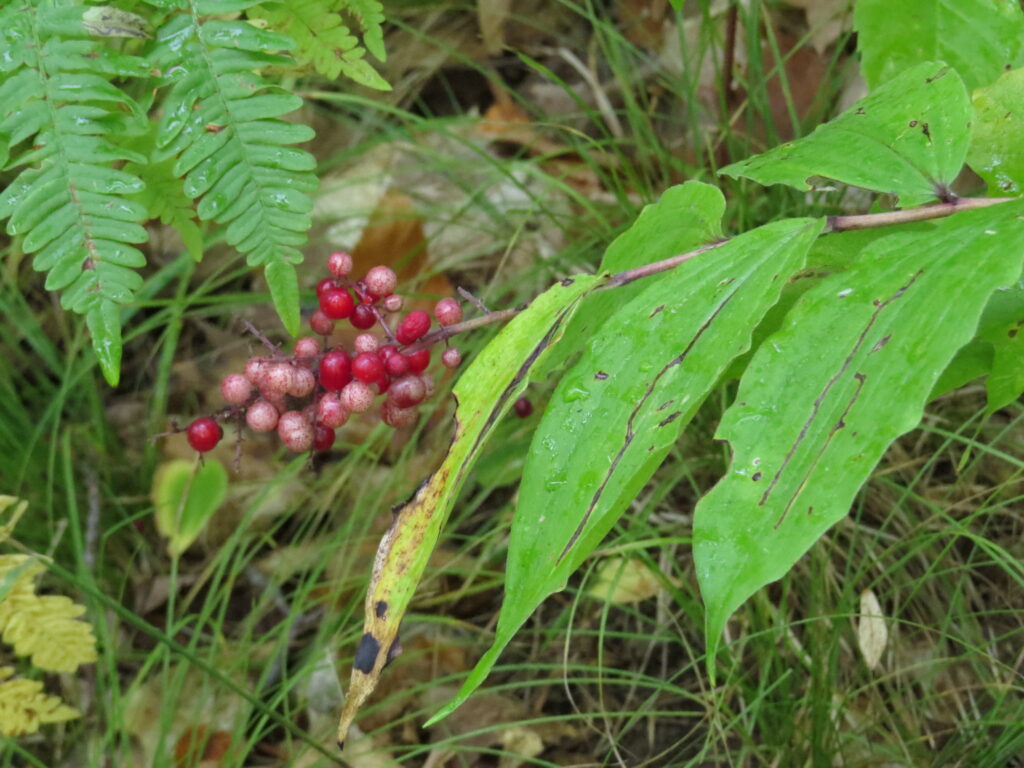
This height of land was an obstacle for the people who traveled the ‘water highways’ before roads scarred the earth. For thousands of years, by the Native Americans, by explorers, and by fur traders, a trail connected those two water highways, a trail now known as Savanna Portage. We walked a portion of the old trail that was packed by millions of historic footsteps.


We wondered what ‘dragons’ they had seen and slayed in those six miles between rivers.
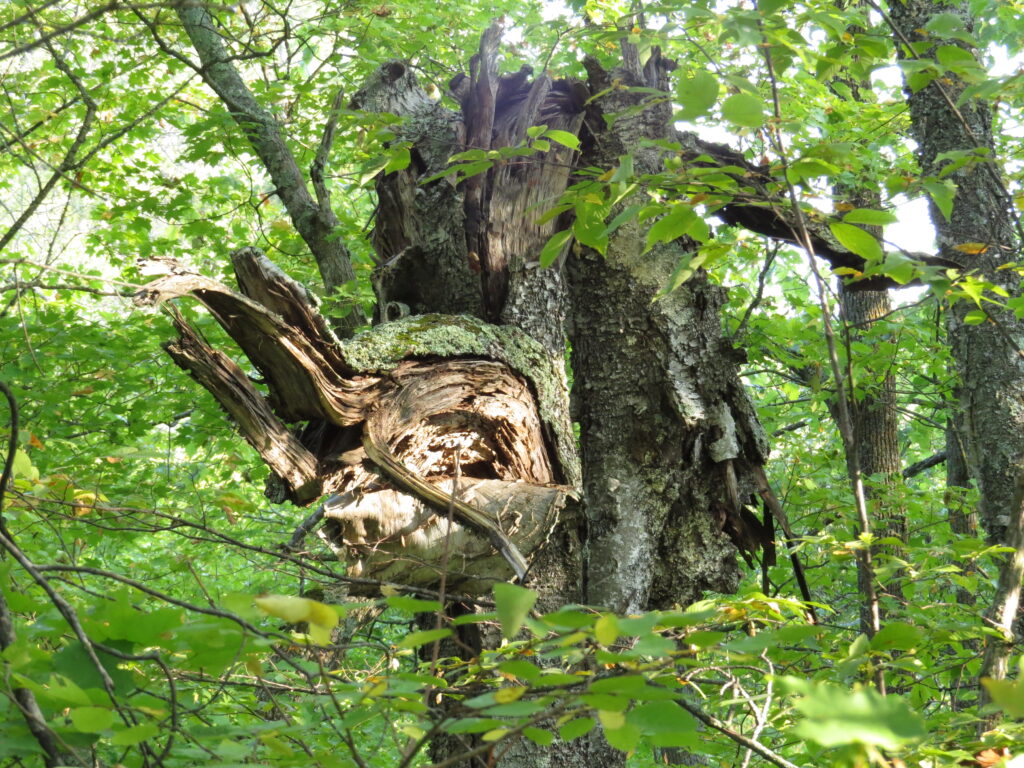
We would return to a portion of the Savanna Portage trail on the last leg of our hike, but we continued north on the Continental Divide trail to an overlook of Wolf Lake and the Tamarack Lowlands. On the way, we would occasionally see wolf tracks in the sandy soil.
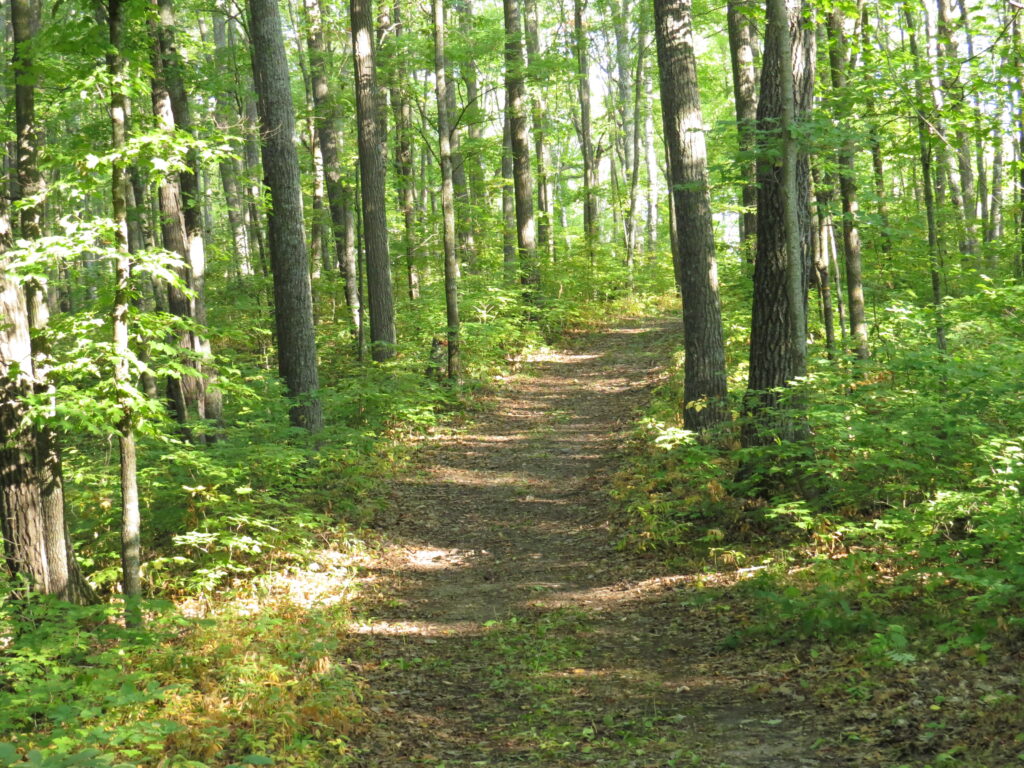
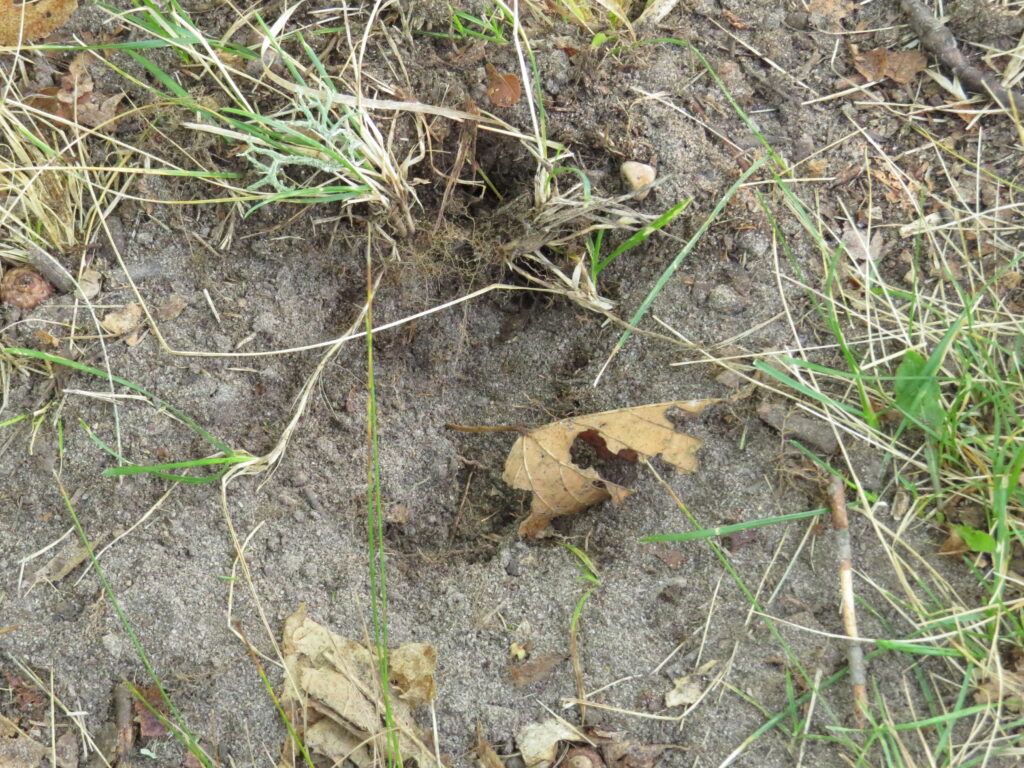
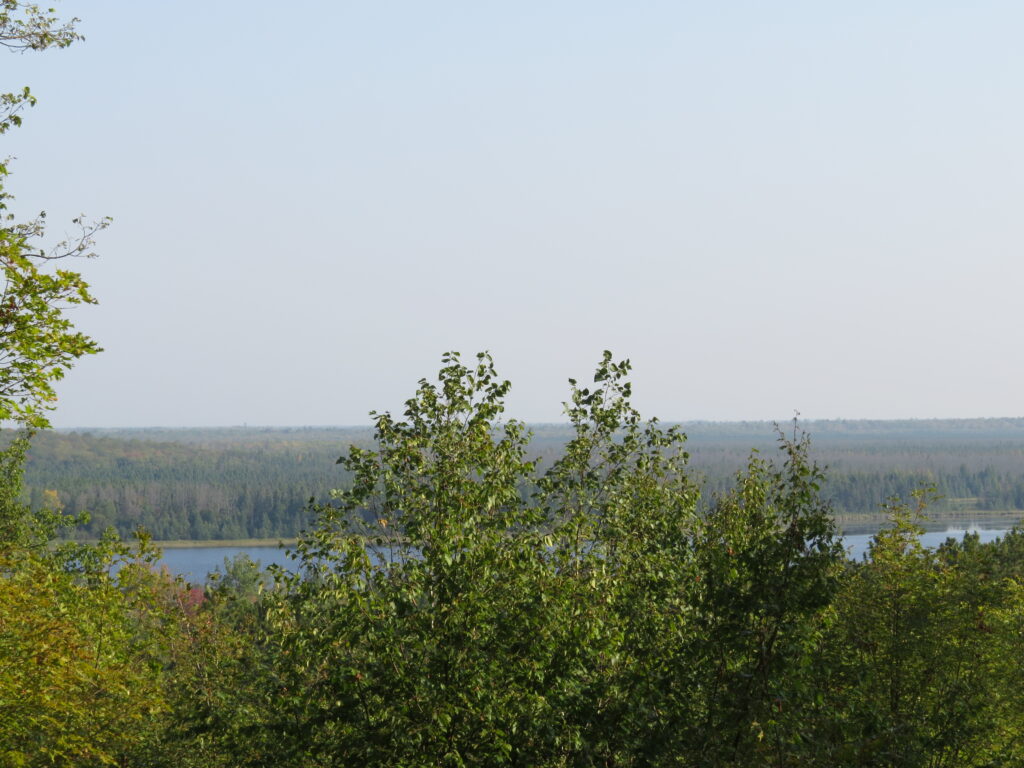
From the overlook, a trail continued north for a couple of miles to a remote camping site—the trail was named Jacobson Trail. The last leg of our hike was on Anderson Road Trail. After the Native Americans and fur traders, there was obviously a Scandinavian presence in this place. Were any of them my ancestors? A settlement of some kind was close, as the south heading trail was named Old Schoolhouse Trail. We passed a stump with a story, some Red-berried Elder, and an odd sinking ‘dead space’ in the forest where trees had fallen into it and few other plants grew.
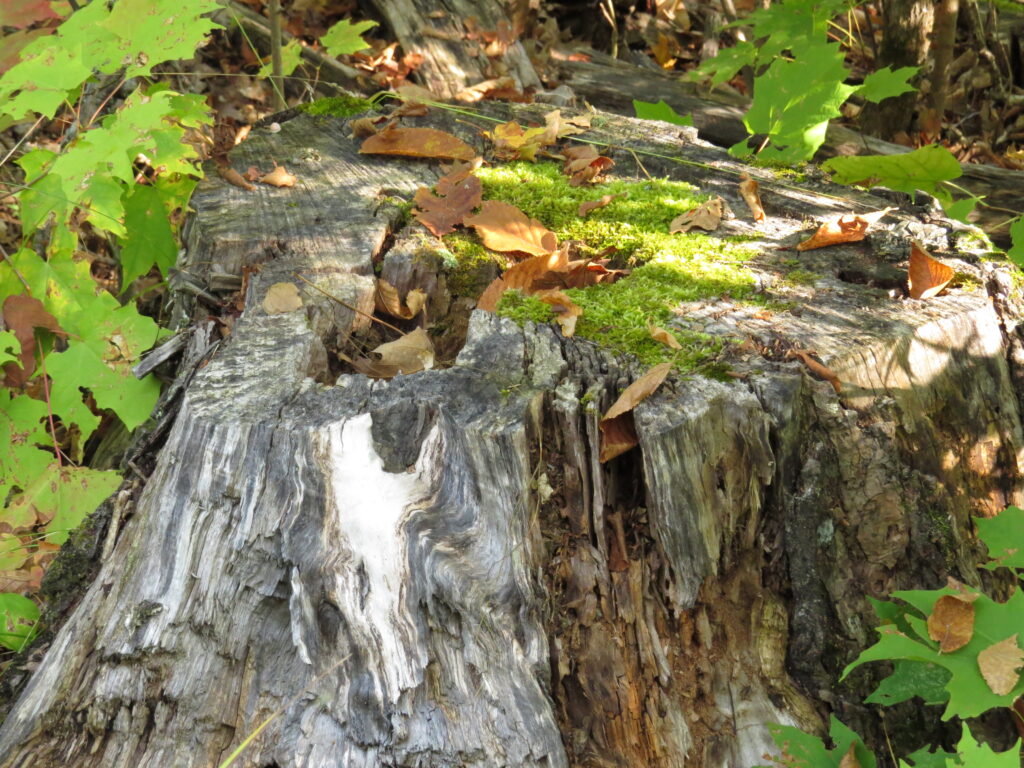
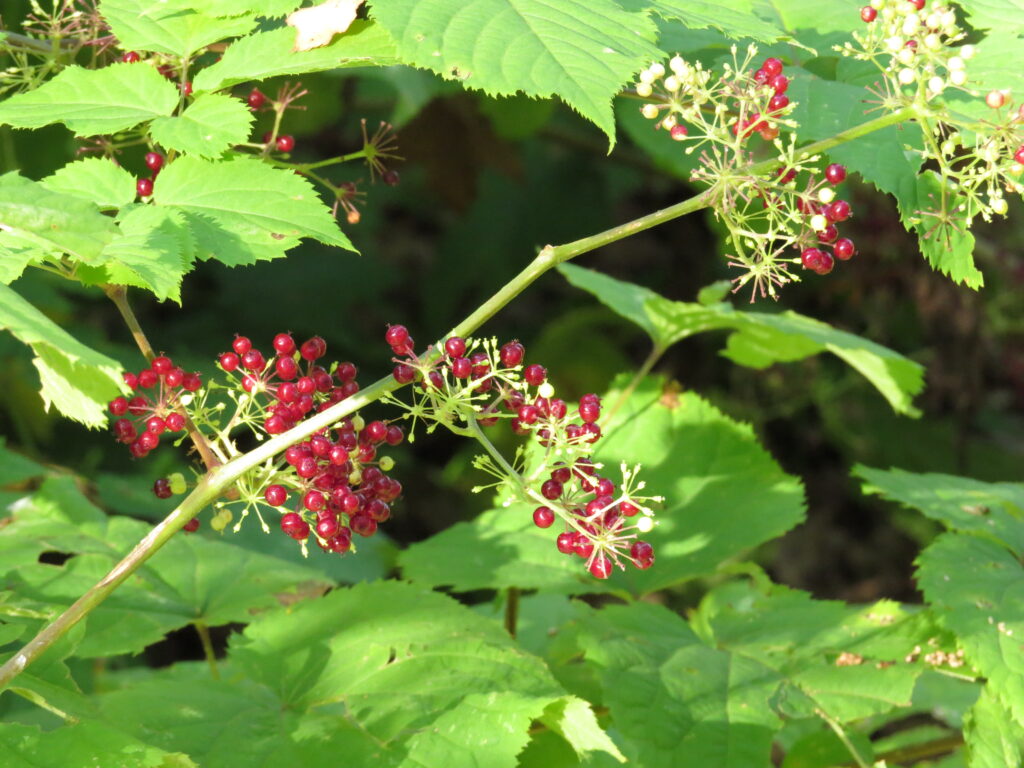
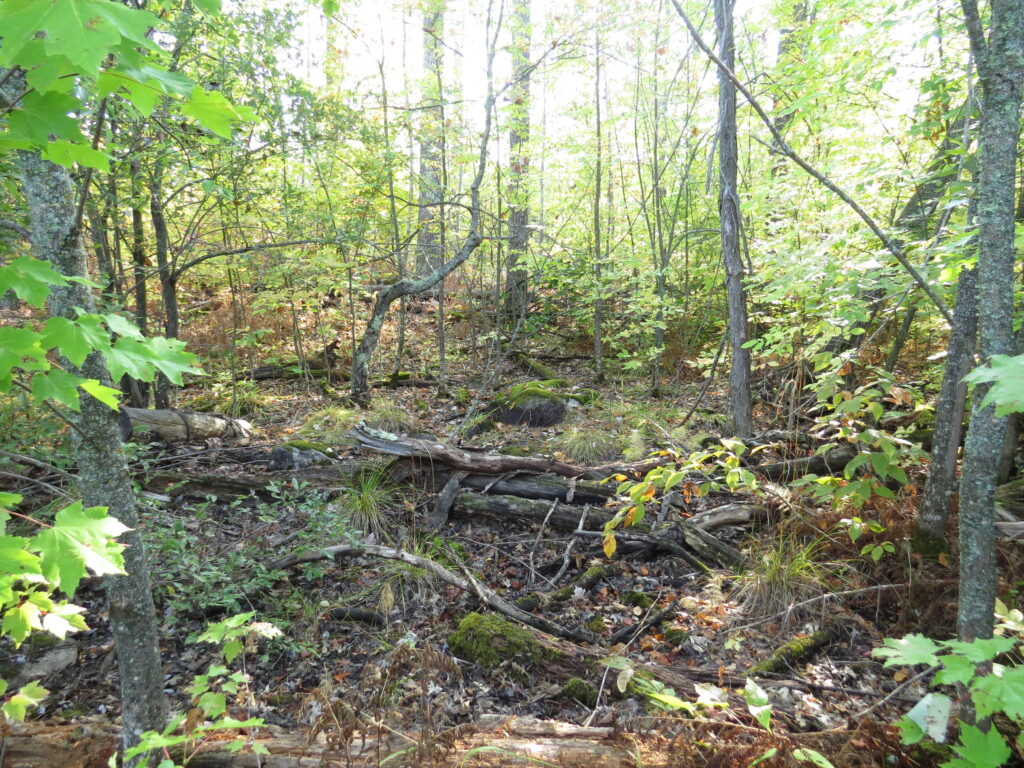
We turned again to the east on Anderson Road Trail, the last leg of our triangle loop. The Savanna Portage trail ran alongside Anderson Road and at times merged with it. There were many huge Pines along the path, likely hundreds of years old. One ancient tree had tipped over, pulling up a section of earth, roots, and vegetation that must have stood twelve feet high! It was such an unusual sight to see! And the fallen tree had branches as big as old trees and spanned and sprawled through the forest and across the trail with its impressive now-horizontal height. How many travelers had this old great-grandfather tree seen in its day?
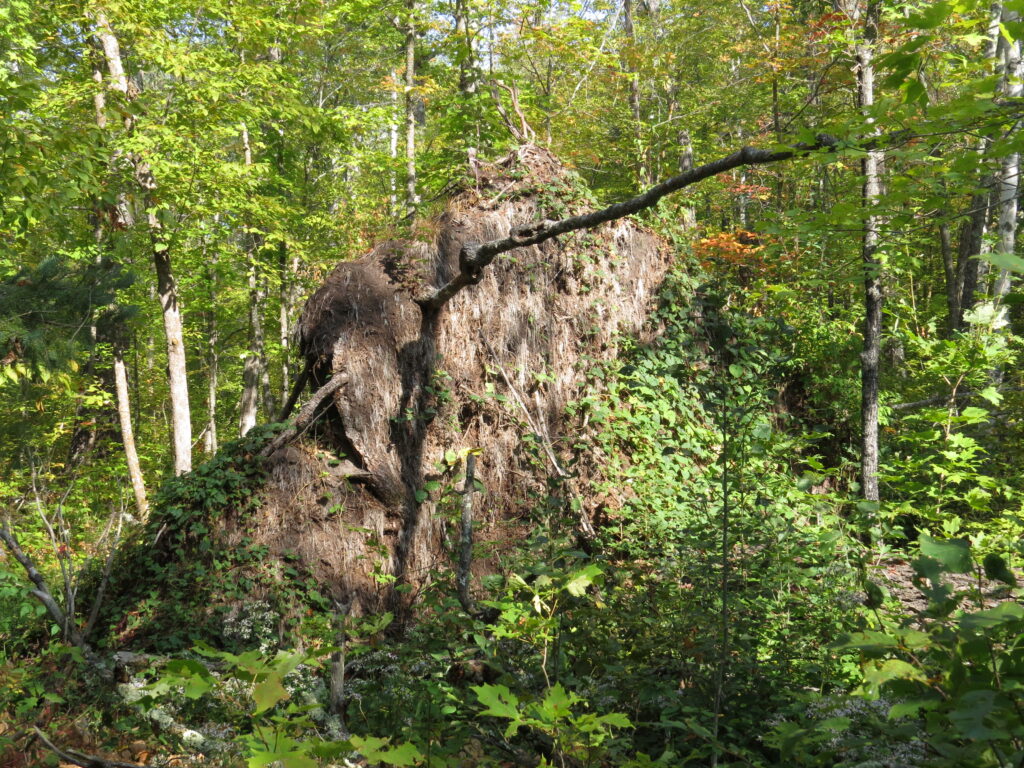
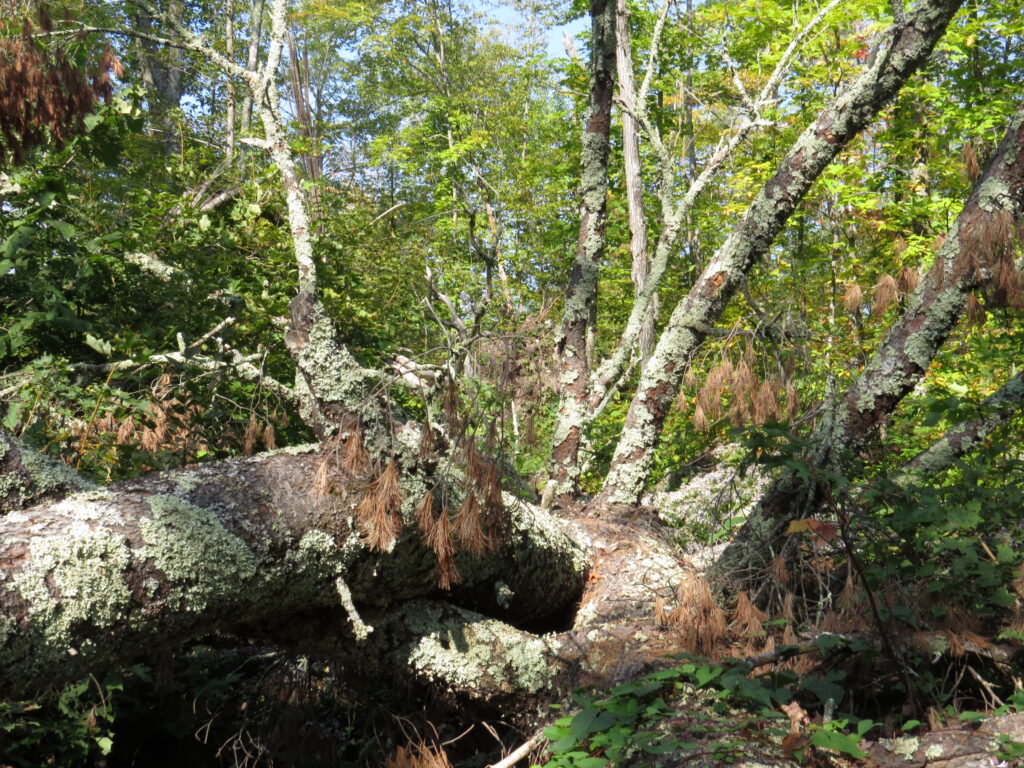
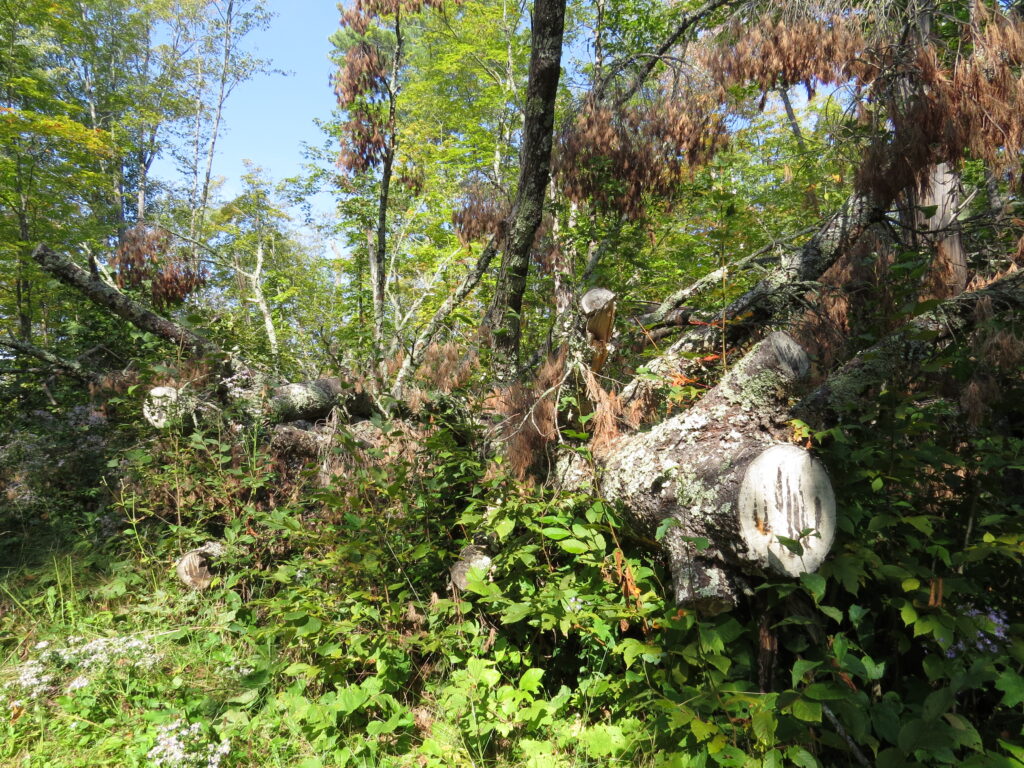
After we passed a small Tamarack bog, the last part of the trail was through a Pine forest. The wind whispered and softly whooshed through the tops of the trees. The undergrowth changed in the Pine forest that had been thinned by loggers—young Oaks and Maples grew along with the ruby-fruited Wild Rose.
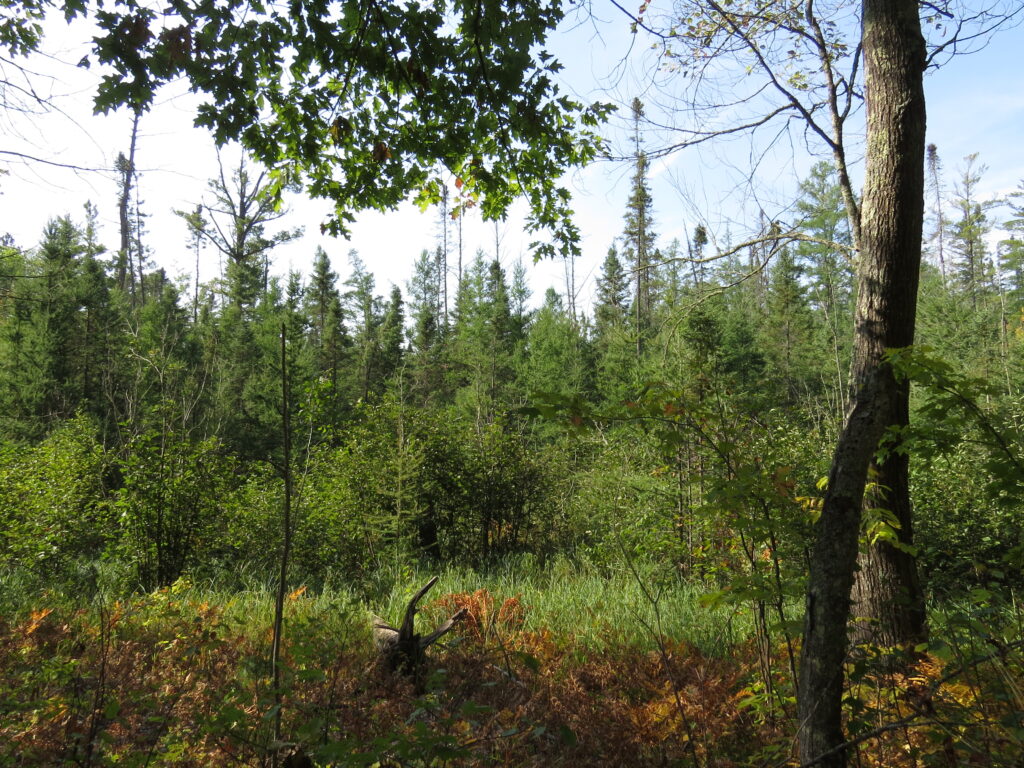
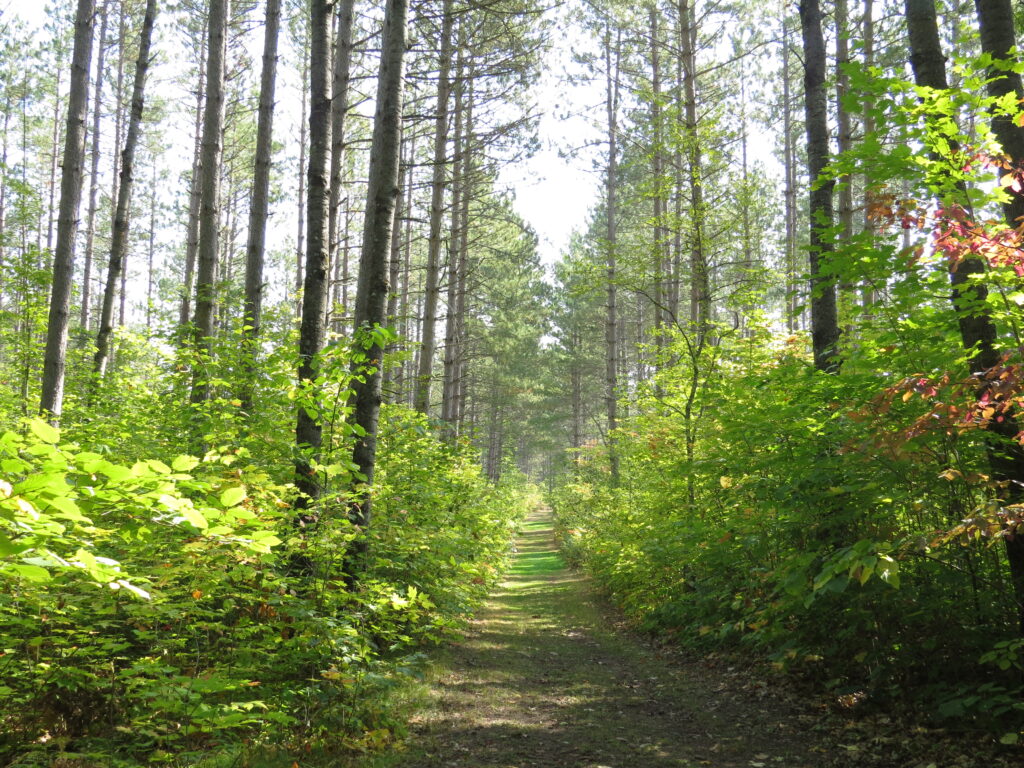
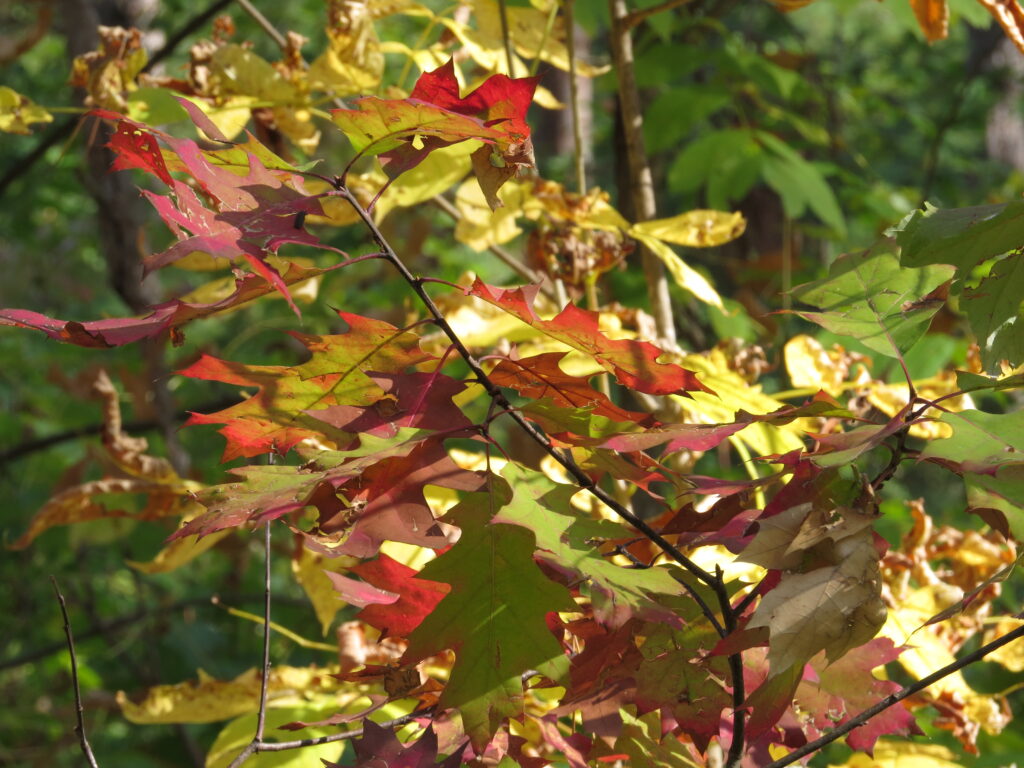
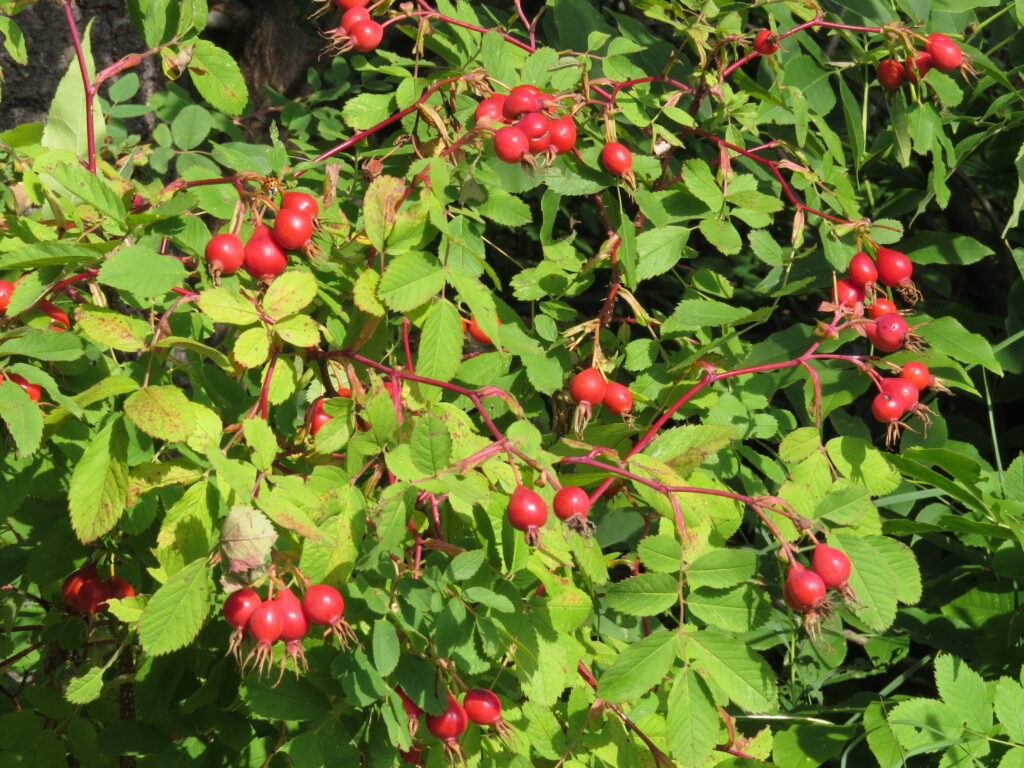
At a certain point, another instrument of music joined the whispering Pines—the louder, more jubilant fluttering of the Aspen trees. We were nearing the end of our three-hour hike and still going strong with our hearty breakfast and the invigorating experience of exploring.
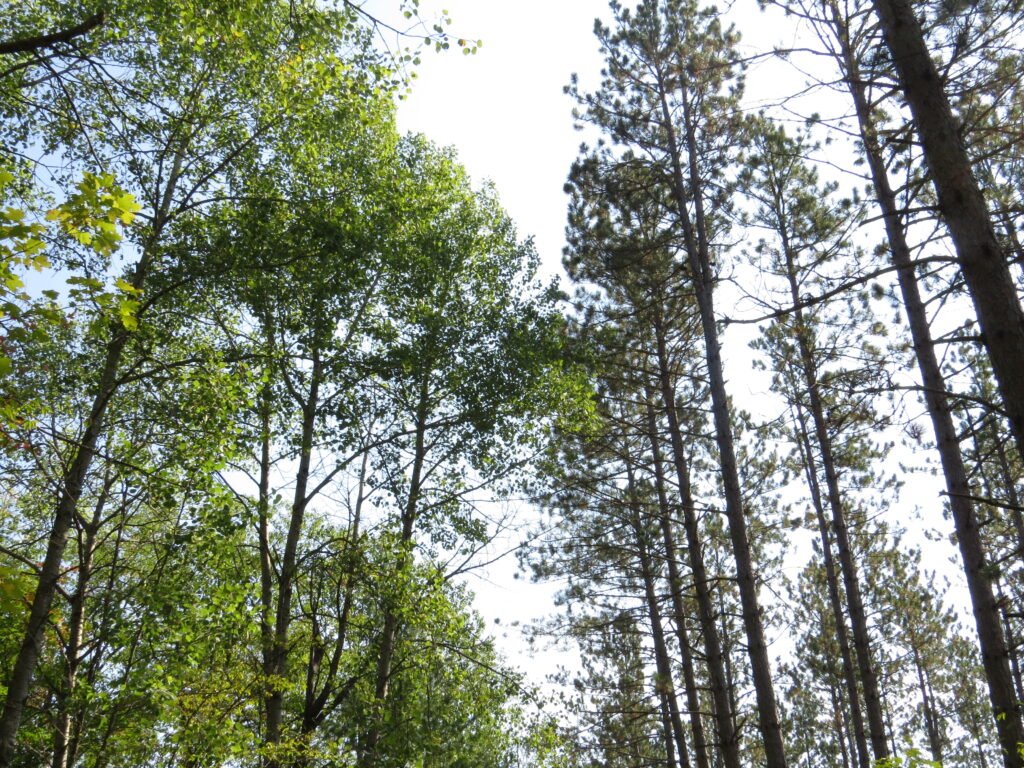
A couple hours later, we drove to Wolf Lake to see it from water level. It was a beautiful, wild-looking lake encircled with wispy Tamarack trees in the lowland bog. Wild Celery grew in the shallow water by the boat dock, its flat leaves floating on the surface of the water, green against blue.
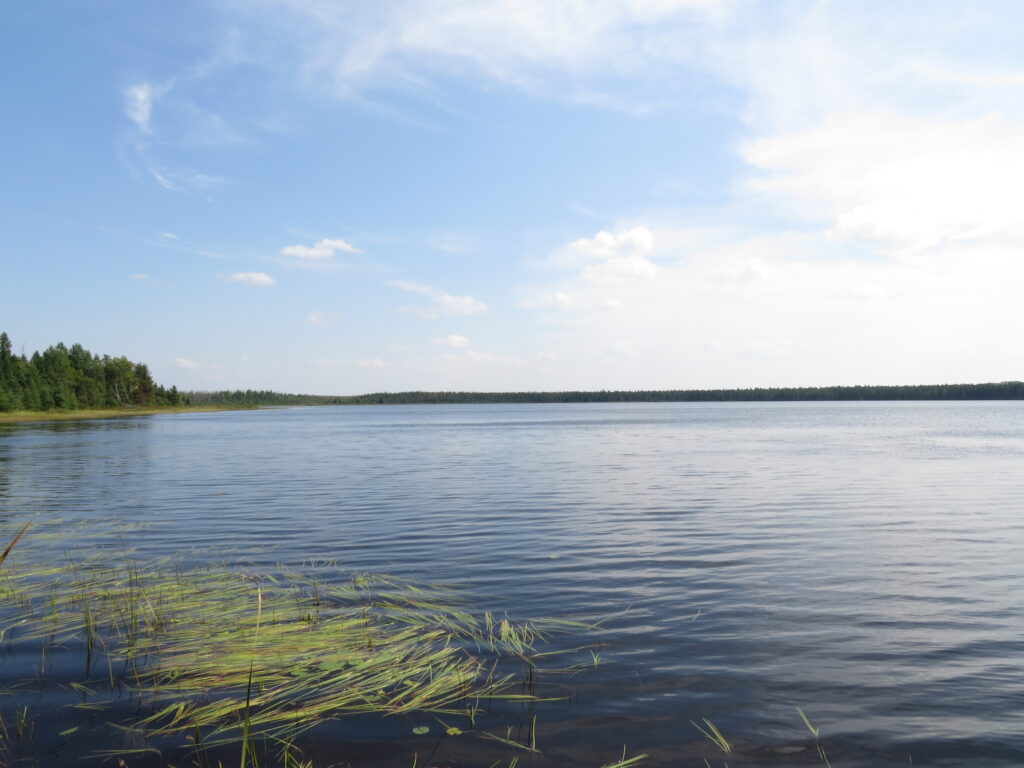

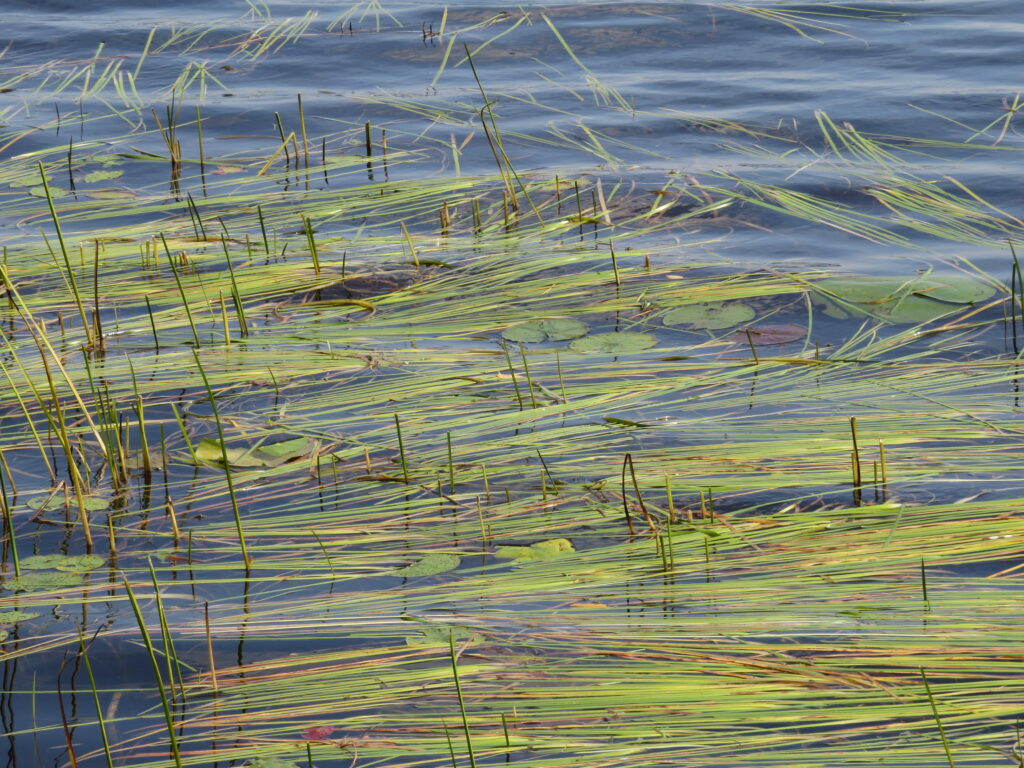
But when I turned towards the sun, the floating leaves turned silver and glittered in the silver water. A shining transformation in the wild Wolf Lake. Not far from the shore, I found the silvery leaves and flowers of Pearly Everlastings—priceless treasures of our journey of exploration.
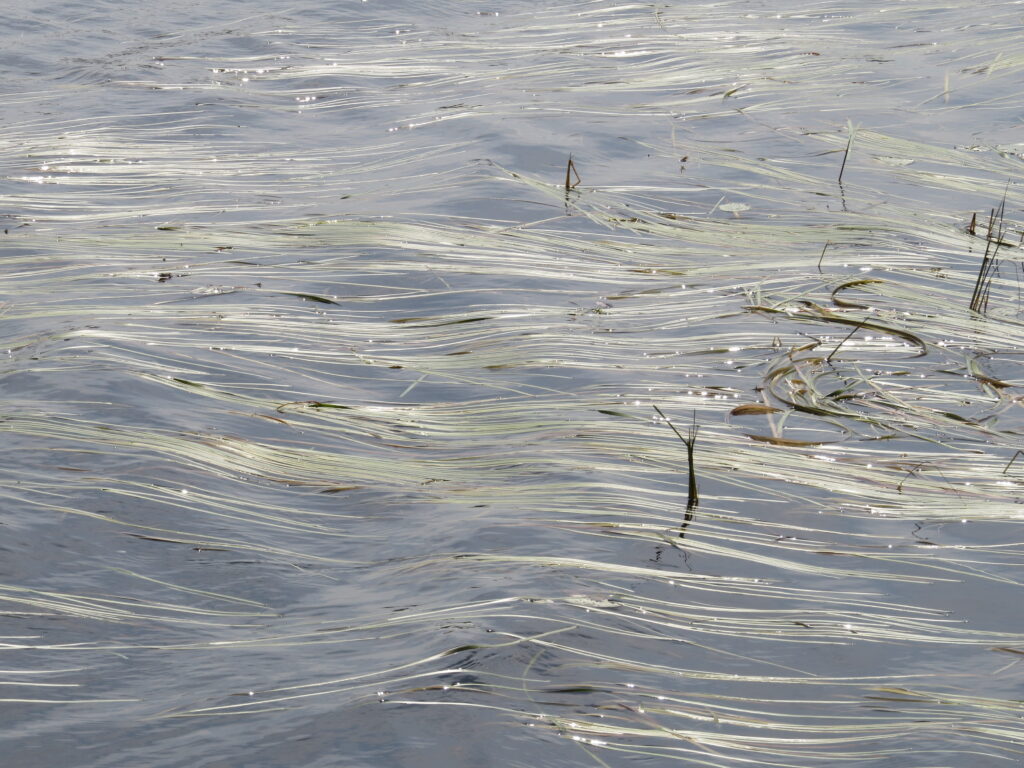
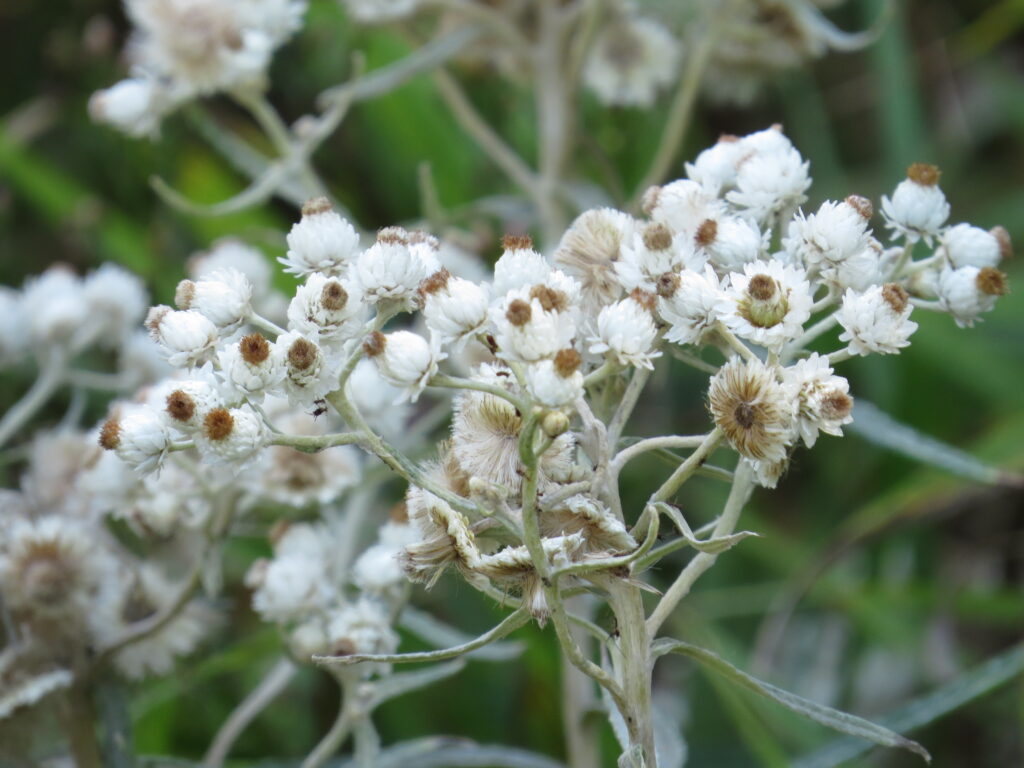
During the fur trading years, Savanna Portage was divided into ‘pauses’ in order to transport the heavy freight of furs and trading goods (not to mention the large canoes that carried it all) over the ridge from one river to the next. The men would carry 160–180 pounds of cargo at a dog trot to the first pause, unload it, stop for a smoke (according to the signage!), then trot back for another load. When everything was transported to the first pause, they would begin again to the second one. Savanna Portage had 13 pauses (so basically a half mile per pause.) It takes discipline and persistence to portage canoes and gear, and in their case, freight. As Chris and I traveled the high ridge, the Tamarack lowlands, the Pine forests, and the old Savanna Portage trail, we walked with the ghosts of Native Americans, fur traders, and explorers. We carried the discipline that had been passed down to us from our relatives. We persisted mile after mile with the encouraging music of the forest. And we discovered treasures that Mother Nature so generously offers to us all.
